Condensed cyclic compound and an organic light-emitting device including the same
Ito , et al. Fe
U.S. patent number 10,553,800 [Application Number 15/399,255] was granted by the patent office on 2020-02-04 for condensed cyclic compound and an organic light-emitting device including the same. This patent grant is currently assigned to SAMSUNG DISPLAY CO., LTD.. The grantee listed for this patent is SAMSUNG DISPLAY CO., LTD.. Invention is credited to Naoyuki Ito, Seulong Kim, Younsun Kim, Jungsub Lee, Jino Lim, Dongwoo Shin.












View All Diagrams
| United States Patent | 10,553,800 |
| Ito , et al. | February 4, 2020 |
Condensed cyclic compound and an organic light-emitting device including the same
Abstract
A condensed cyclic compound represented by Formula 1-1 or Formula 1-2 and an organic light-emitting device including the same. ##STR00001##
| Inventors: | Ito; Naoyuki (Yongin-si, KR), Kim; Seulong (Yongin-si, KR), Kim; Younsun (Yongin-si, KR), Shin; Dongwoo (Yongin-si, KR), Lee; Jungsub (Yongin-si, KR), Lim; Jino (Yongin-si, KR) | ||||||||||
|---|---|---|---|---|---|---|---|---|---|---|---|
| Applicant: |
|
||||||||||
| Assignee: | SAMSUNG DISPLAY CO., LTD.
(Yongin-si, Gyeonggi-Do, KR) |
||||||||||
| Family ID: | 59225997 | ||||||||||
| Appl. No.: | 15/399,255 | ||||||||||
| Filed: | January 5, 2017 |
Prior Publication Data
| Document Identifier | Publication Date | |
|---|---|---|
| US 20170194572 A1 | Jul 6, 2017 | |
Foreign Application Priority Data
| Jan 5, 2016 [KR] | 10-2016-0001115 | |||
| Jan 5, 2016 [KR] | 10-2016-0001122 | |||
| Jan 20, 2016 [KR] | 10-2016-0006995 | |||
| Jan 20, 2016 [KR] | 10-2016-0006996 | |||
| Current U.S. Class: | 1/1 |
| Current CPC Class: | C09K 11/06 (20130101); C07D 495/04 (20130101); H01L 51/006 (20130101); H01L 51/5265 (20130101); H01L 51/0073 (20130101); H01L 51/0052 (20130101); H01L 51/0058 (20130101); C09K 11/025 (20130101); C07D 307/91 (20130101); C07D 333/50 (20130101); C07D 405/10 (20130101); H01L 51/0074 (20130101); C07D 307/77 (20130101); C07D 493/04 (20130101); H01L 51/5072 (20130101); C09K 2211/1011 (20130101); C09K 2211/1088 (20130101); H01L 51/5206 (20130101); H01L 51/0072 (20130101); H01L 51/5016 (20130101); H01L 51/0054 (20130101); H01L 51/0061 (20130101); H01L 51/5056 (20130101); H01L 51/5012 (20130101); H01L 51/5221 (20130101); C09K 2211/1007 (20130101); C09K 2211/1014 (20130101) |
| Current International Class: | H01L 51/50 (20060101); H01L 51/52 (20060101); C07D 405/10 (20060101); C09K 11/06 (20060101); C07D 495/04 (20060101); C07D 333/50 (20060101); C07D 307/91 (20060101); C07D 493/04 (20060101); C09K 11/02 (20060101); C07D 307/77 (20060101); H01L 51/00 (20060101) |
References Cited [Referenced By]
U.S. Patent Documents
| 7839074 | November 2010 | Ikeda et al. |
| 8241763 | August 2012 | Buesing et al. |
| 2006/0043858 | March 2006 | Ikeda et al. |
| 2008/0193797 | August 2008 | Heil et al. |
| 2009/0261717 | October 2009 | Buesing |
| 2010/0032658 | February 2010 | Lee et al. |
| 2011/0156016 | June 2011 | Kawamura et al. |
| 2012/0138914 | June 2012 | Kawamura et al. |
| 2013/0069523 | March 2013 | Matsuura et al. |
| 2014/0332793 | November 2014 | Park et al. |
| 2015/0372237 | December 2015 | Kawamura et al. |
| 10-2008-0049770 | Jun 2008 | KR | |||
| 10-2008-0109000 | Dec 2008 | KR | |||
| 10-2009-0065201 | Jun 2009 | KR | |||
| 10-2010-0007780 | Jan 2010 | KR | |||
| 10-2011-0043625 | Apr 2011 | KR | |||
| 10-2011-0047278 | May 2011 | KR | |||
| 10-2012-0003692 | Jan 2012 | KR | |||
| 10-2012-0038402 | Apr 2012 | KR | |||
| 10-2013-0075982 | Jul 2013 | KR | |||
| 10-2014-0049186 | Apr 2014 | KR | |||
| 10-2015-0128583 | Nov 2015 | KR | |||
| 20100137285 | Dec 2010 | WO | |||
| 2014061963 | Apr 2014 | WO | |||
Other References
|
Office Action dated Jul. 12, 2018 in corresponding U.S. Appl. No. 15/399,155. cited by applicant . Office Action dated Jul. 12, 2018 in corresponding U.S. Appl. No. 15/399,349. cited by applicant . Office Action for U.S. Appl. No. 15/399,155. cited by applicant . Machine Translation of KR2013-0075982 (Year: 2013). cited by applicant . Office action dated Sep. 26, 2019 for U.S. Appl. No. 15/399,414. cited by applicant . Machine translation of KR2015-0128583 (Year 2015). cited by applicant . Office action dated Sep. 25, 2019 for U.S. Appl. No. 15/399,349. cited by applicant. |
Primary Examiner: Clark; Gregory D
Attorney, Agent or Firm: F. Chau & Associates, LLC
Claims
What is claimed is:
1. A condensed cyclic compound represented by Formula 1-1 or 1-2: ##STR00534## wherein, in Formulae 1-1 and 1-2, ring A.sub.1 is benzene, ring A2 is selected from a C10-C60 aromatic ring or a C1-C60 heteroaromatic ring, X.sub.1 is selected from C(R.sub.1)(R.sub.2), O, or S, X.sub.2 is selected from C(R.sub.6)(R.sub.7), O, or S, in Formula 1-1, at least one of X.sub.1 and X.sub.2 is selected from O and S, R.sub.1, R.sub.2 R.sub.6 and R.sub.7 are each independently selected from hydrogen, deuterium (-D), --F, --Cl, --Br, --I, a hydroxyl group, a cyano group, a nitro group, an amidino group, a hydrazino group, a hydrazono group, a substituted or unsubstituted C.sub.1-C.sub.60 alkyl group, a substituted or unsubstituted C.sub.2-C.sub.60 alkenyl group, a substituted or unsubstituted C.sub.2-C.sub.60 alkynyl group, a substituted or unsubstituted C.sub.1-C.sub.60 alkoxy group, a substituted or unsubstituted C.sub.3-C.sub.10 cycloalkyl group, a substituted or unsubstituted C.sub.1-C.sub.10 heterocycloalkyl group, a substituted or unsubstituted C.sub.3-C.sub.10 cycloalkenyl group, a substituted or unsubstituted C.sub.1-C.sub.10 heterocycloalkenyl group, a substituted or unsubstituted C.sub.6-C.sub.60 aryl group, a substituted or unsubstituted C.sub.6-C.sub.60 aryloxy group, a substituted or unsubstituted C.sub.6-C.sub.60 arylthio group, a substituted or unsubstituted C.sub.1-C.sub.60 heteroaryl group, a substituted or unsubstituted monovalent non-aromatic condensed polycyclic group, a substituted or unsubstituted monovalent non-aromatic condensed heteropolycyclic group, --Si(Q.sub.1)(Q.sub.2)(Q.sub.3), --N(Q.sub.1)(Q.sub.2), --B(Q.sub.1)(Q.sub.2), --C(.dbd.O)(Q.sub.1), --S(.dbd.O).sub.2(Q.sub.1), or --P(.dbd.O)(Q.sub.1)(Q.sub.2), R.sub.3 is hydrogen, i) R.sub.4 is a group represented by Formula 2, and R.sub.5 is selected from hydrogen, deuterium, --F, --Cl, --Br, --I, a hydroxyl group, a cyano group, a nitro group, an amidino group, a hydrazino group, a hydrazono group, a C.sub.1-C.sub.20 alkyl group, or a C.sub.1-C.sub.20 alkoxy group; or ii) R.sub.4 is selected from hydrogen, deuterium, --F, --Cl, --Br, --I, a hydroxyl group, a cyano group, a nitro group, an amidino group, a hydrazino group, a hydrazono group, a C.sub.1-C.sub.20 alkyl group, or a C.sub.1-C.sub.20 alkoxy group, and R.sub.5 is a group represented by Formula 2, ##STR00535## wherein, Formula 2 has three or more cyclic groups in a row, and in Formula 2, L.sub.1 and L.sub.2 are each independently selected from a substituted or unsubstituted C.sub.3-C.sub.10 cycloalkylene group, a substituted or unsubstituted C.sub.1-C.sub.10 heterocycloalkylene group, a substituted or unsubstituted C.sub.3-C.sub.10 cycloalkenylene group, a substituted or unsubstituted C.sub.1-C.sub.10 heterocycloalkenylene group, a substituted or unsubstituted C.sub.6-C.sub.60 arylene group, a substituted or unsubstituted C.sub.1-C.sub.60 heteroarylene group, a substituted or unsubstituted divalent non-aromatic condensed polycyclic group, or a substituted or unsubstituted divalent non-aromatic condensed heteropolycyclic group, a1 and a2 are each independently an integer selected from 1 to 3, Ar.sub.1 is selected from hydrogen, deuterium (-D), --F, --Cl, --Br, --I, a hydroxyl group, a cyano group, a nitro group, an amidino group, a hydrazino group, a hydrazono group, a substituted or unsubstituted C.sub.1-C.sub.60 alkyl group, a substituted or unsubstituted C.sub.2-C.sub.60 alkenyl group, a substituted or unsubstituted C.sub.2-C.sub.60 alkynyl group, a substituted or unsubstituted C.sub.1-C.sub.60 alkoxy group, a substituted or unsubstituted C.sub.3-C.sub.10 cycloalkyl group, a substituted or unsubstituted C.sub.1-C.sub.10 heterocycloalkyl group, a substituted or unsubstituted C.sub.3-C.sub.10 cycloalkenyl group, a substituted or unsubstituted C.sub.1-C.sub.10 heterocycloalkenyl group, a substituted or unsubstituted C.sub.6-C.sub.60 aryl group, a substituted or unsubstituted C.sub.6-C.sub.60 aryloxy group, a substituted or unsubstituted C.sub.6-C.sub.60 arylthio group, a substituted or unsubstituted C.sub.1-C.sub.60 heteroaryl group, a substituted or unsubstituted monovalent non-aromatic condensed polycyclic group, a substituted or unsubstituted monovalent non-aromatic condensed heteropolycyclic group, --Si(Q.sub.7)(Q.sub.8)(Q.sub.9), --N(Q.sub.7)(Q.sub.8), --B(Q.sub.7)(Q.sub.8), --C(.dbd.O)(Q.sub.7), --S(.dbd.O).sub.2(Q.sub.7), or --P(.dbd.O)(Q.sub.7)(Q.sub.8), c1 is an integer selected from 1 to 9, * indicates a binding site to a neighboring atom, b3 is an integer selected from 1 to 10, b4 is an integer selected from 1 or 2, and b5 is an integer selected from 1 to 4, at least one substituent selected from a substituent(s) of the substituted C.sub.3-C.sub.10 cycloalkylene group, the substituted C.sub.1-C.sub.10 heterocycloalkylene group, the substituted C.sub.3-C.sub.10 cycloalkenylene group, the substituted C.sub.1-C.sub.10 heterocycloalkenylene group, the substituted C.sub.6-C.sub.60 arylene group, the substituted C.sub.1-C.sub.60 heteroarylene group, the substituted divalent non-aromatic condensed polycyclic group, the substituted divalent non-aromatic condensed heteropolycyclic group, the substituted C.sub.1-C.sub.60 alkyl group, the substituted C.sub.2-C.sub.60 alkenyl group, the substituted C.sub.2-C.sub.60 alkynyl group, the substituted C.sub.1-C.sub.60 alkoxy group, the substituted C.sub.3-C.sub.10 cycloalkyl group, the substituted C.sub.1-C.sub.10 heterocycloalkyl group, the substituted C.sub.3-C.sub.10 cycloalkenyl group, the substituted C.sub.1-C.sub.10 heterocycloalkenyl group, the substituted C.sub.6-C.sub.60 aryl group, the substituted C.sub.6-C.sub.60 aryloxy group, the substituted C.sub.6-C.sub.60 arylthio group, the substituted C.sub.1-C.sub.10 heteroaryl group, the substituted monovalent non-aromatic condensed polycyclic group, and the substituted monovalent non-aromatic condensed heteropolycyclic group is selected from: deuterium (-D), --F, --Cl, --Br, --I, a hydroxyl group, a cyano group, a nitro group, an amidino group, a hydrazino group, a hydrazono group, a C.sub.1-C.sub.60 alkyl group, a C.sub.2-C.sub.60 alkenyl group, a C.sub.2-C.sub.60 alkynyl group, or a C.sub.1-C.sub.60 alkoxy group; a C.sub.1-C.sub.60 alkyl group, a C.sub.2-C.sub.60 alkenyl group, a C.sub.2-C.sub.60 alkynyl group, and a C.sub.1-C.sub.60 alkoxy group, each substituted with at least one selected from deuterium, --F, --Cl, --Br, --I, a hydroxyl group, a cyano group, a nitro group, an amidino group, a hydrazino group, a hydrazono group, a C.sub.3-C.sub.10 cycloalkyl group, a C.sub.1-C.sub.10 heterocycloalkyl group, a C.sub.3-C.sub.10 cycloalkenyl group, a C.sub.1-C.sub.10 heterocycloalkenyl group, a C.sub.6-C.sub.60 aryl group, a C.sub.6-C.sub.60 aryloxy group, a C.sub.6-C.sub.60 arylthio group, a C.sub.1-C.sub.60 heteroaryl group, a monovalent non-aromatic condensed polycyclic group, a monovalent non-aromatic condensed heteropolycyclic group, --Si(Q.sub.11)(Q.sub.12)(Q.sub.13), --N(Q.sub.11)(Q.sub.12), --B(Q.sub.11)(Q.sub.12), --C(.dbd.O)(Q.sub.11), --S(.dbd.O).sub.2(Q.sub.11), and --P(.dbd.O)(Q.sub.11)(Q.sub.12); a C.sub.3-C.sub.10 cycloalkyl group, a C.sub.1-C.sub.10 heterocycloalkyl group, a C.sub.3-C.sub.10 cycloalkenyl group, a C.sub.1-C.sub.10 heterocycloalkenyl group, a C.sub.6-C.sub.60 aryl group, a C.sub.6-C.sub.60 aryloxy group, a C.sub.6-C.sub.60 arylthio group, a C.sub.1-C.sub.60 heteroaryl group, a monovalent non-aromatic condensed polycyclic group, or a monovalent non-aromatic condensed heteropolycyclic group; a C.sub.3-C.sub.10 cycloalkyl group, a C.sub.1-C.sub.10 heterocycloalkyl group, a C.sub.3-C.sub.10 cycloalkenyl group, a C.sub.1-C.sub.10 heterocycloalkenyl group, a C.sub.6-C.sub.60 aryl group, a C.sub.6-C.sub.60 aryloxy group, a C.sub.6-C.sub.60 arylthio group, a C.sub.1-C.sub.60 heteroaryl group, a monovalent non-aromatic condensed polycyclic group, and a monovalent non-aromatic condensed heteropolycyclic group, each substituted with at least one selected from deuterium, --F, --Cl, --Br, --I, a hydroxyl group, a cyano group, a nitro group, an amidino group, a hydrazino group, a hydrazono group, a C.sub.1-C.sub.60 alkyl group, a C.sub.2-C.sub.60 alkenyl group, a C.sub.2-C.sub.60 alkynyl group, a C.sub.1-C.sub.60 alkoxy group, a C.sub.3-C.sub.10 cycloalkyl group, a C.sub.1-C.sub.10 heterocycloalkyl group, a C.sub.3-C.sub.10 cycloalkenyl group, a C.sub.1-C.sub.10 heterocycloalkenyl group, a C.sub.6-C.sub.60 aryl group, a C.sub.6-C.sub.60 aryloxy group, a C.sub.6-C.sub.60 arylthio group, a C.sub.1-C.sub.60 heteroaryl group, a monovalent non-aromatic condensed polycyclic group, a monovalent non-aromatic condensed heteropolycyclic group, --Si(Q.sub.21)(Q.sub.22)(Q.sub.23), --N(Q.sub.21)(Q.sub.22), --B(Q.sub.21)(Q.sub.22), --C(.dbd.O)(Q.sub.21), --S(.dbd.O).sub.2(Q.sub.21), and --P(.dbd.O)(Q.sub.21)(Q.sub.22); or Si(Q.sub.31)(Q.sub.32)(Q.sub.33), --N(Q.sub.31)(Q.sub.32), --B(Q.sub.31Q.sub.32), --C(.dbd.O)(Q.sub.31), --S(.dbd.O).sub.2(Q.sub.31), or --P(.dbd.O)(Q.sub.31)(Q.sub.32), Q.sub.1 to Q.sub.9, Q.sub.11 to Q.sub.13, Q.sub.21 to Q.sub.23, and Q.sub.31 to Q.sub.33 are each independently selected from hydrogen, deuterium, --F, --Cl, --Br, --I, a hydroxyl group, a cyano group, a nitro group, an amidino group, a hydrazino group, a hydrazono group, a C.sub.1-C.sub.60 alkyl group, a C.sub.2-C.sub.60 alkenyl group, a C.sub.2-C.sub.60 alkynyl group, a C.sub.1-C.sub.60 alkoxy group, a C.sub.3-C.sub.10 cycloalkyl group, a C.sub.1-C.sub.10 heterocycloalkyl group, a C.sub.3-C.sub.10 cycloalkenyl group, a C.sub.1-C.sub.10 heterocycloalkenyl group, a C.sub.6-C.sub.60 aryl group, a C.sub.1-C.sub.60 heteroaryl group, a monovalent non-aromatic condensed polycyclic group, a monovalent non-aromatic condensed heteropolycyclic group, a biphenyl group, or a terphenyl group, and * indicates a binding site to a neighboring atom.
2. The condensed cyclic compound of claim 1, wherein, in Formulae 1-1 and 1-2, ring A.sub.2 is selected from a naphthalene, an anthracene, a phenanthrene, or a triphenylene.
3. The condensed cyclic compound of claim 1, wherein, in Formulae 1-1 and 1-2, ring A.sub.2 is naphthalene.
4. The condensed cyclic compound of claim 1, wherein, in Formulae 1-1 and 1-2, X.sub.1 and X.sub.2 are S; X.sub.1 is C(R.sub.1)(R.sub.2) and X.sub.2 is S; X.sub.1 is S and X.sub.2 is C(R.sub.6)(R.sub.7); X.sub.1 is O and X.sub.2 is S; X.sub.1 and X.sub.2 are O; X.sub.1 is C(R.sub.1)(R.sub.2) and X.sub.2 is O; X.sub.1 is O and X.sub.2 is C(R.sub.6)(R.sub.7); or X.sub.1, is S and X.sub.2 is O.
5. The condensed cyclic compound of claim 1, wherein, in Formulae 1-1 and 1-2, R.sub.1, R.sub.2, R.sub.6, and R.sub.7 are each independently selected from: hydrogen, deuterium, --F, --Cl, --Br, --I, a hydroxyl group, a cyano group, a nitro group, an amidino group, a hydrazino group, a hydrazono group, a C.sub.1-C.sub.20 alkyl group, or a C.sub.1-C.sub.20 alkoxy group; --Si(Q.sub.1)(Q.sub.2)(Q.sub.3), --N(Q.sub.1)(Q.sub.2), or --B(Q.sub.1)(Q.sub.2); a phenyl group, a biphenyl group, a terphenyl group, a naphthyl group, a fluorenyl group, a phenanthrenyl group, an anthracenyl group, a fluoranthenyl group, a triphenylenyl group, a pyrenyl group, a chrysenyl group, a thiophenyl group, a furanyl group, a carbazolyl group, a benzofuranyl group, a benzothiophenyl group, a dibenzofuranyl group, a dibenzothiophenyl group, a benzocarbazolyl group, or a dibenzocarbazolyl group; or a phenyl group, a biphenyl group, a terphenyl group, a naphthyl group, a fluorenyl group, a phenanthrenyl group, an anthracenyl group, a fluoranthenyl group, a triphenylenyl group, a pyrenyl group, a chrysenyl group, a thiophenyl group, a furanyl group, a carbazolyl group, a dibenzofuranyl group, a dibenzothiophenyl group, a benzocarbazolyl group, and a dibenzocarbazolyl group, each substituted with at least one selected from deuterium, --F, --Cl, --Br, --I, a hydroxyl group, a cyano group, a nitro group, an amidino group, a hydrazino group, a hydrazono group, a C.sub.1-C.sub.20 alkyl group, a C.sub.1-C.sub.20 alkoxy group, a phenyl group, a biphenyl group, a terphenyl group, a naphthyl group, a fluorenyl group, a phenanthrenyl group, an anthracenyl group, a fluoranthenyl group, a triphenylenyl group, a pyrenyl group, a chrysenyl group, a thiophenyl group, a furanyl group, a carbazolyl group, a dibenzofuranyl group, a dibenzothiophenyl group, a benzocarbazolyl group, a dibenzocarbazolyl group, and --Si(Q.sub.31)(Q.sub.32)(Q.sub.33), wherein Q.sub.1 to Q.sub.3 and Q.sub.31 to Q.sub.33 are each independently selected from a C.sub.1-C.sub.10 alkyl group, a C.sub.1-C.sub.10 alkoxy group, a phenyl group, a biphenyl group, a terphenyl group, or a naphthyl group.
6. The condensed cyclic compound of claim 1, wherein, in Formula 2, L.sub.1 and L.sub.2 are each independently selected from: a phenylene group, a pentalenylene group, an indenylene group, a naphthylene group, an azulenylene group, a heptalenylene group, an indacenylene group, an acenaphthylene group, a fluorenylene group, a spiro-bifluorenylene group, a benzofluorenylene group, a dibenzofluorenylene group, a phenalenylene group, a phenanthrenylene group, an anthracenylene group, a fluoranthenylene group, a triphenylenylene group, a pyrenylene group, a chrysenylene group, a naphthacenylene group, a picenylene group, a perylenylene group, a pentaphenylene group, a hexacenylene group, a pentacenylene group, a rubicenylene group, a coronenylene group, an ovalenylene group, a pyrrolylene group, a thiophenylene group, a furanylene group, a carbazolylene group, a benzofuranylene group, a benzothiophenylene group, a dibenzofuranylene group, a dibenzothiophenylene group, a benzocarbazolylene group, or a dibenzocarbazolylene group; or a phenylene group, a pentalenylene group, an indenylene group, a naphthylene group, an azulenylene group, a heptalenylene group, an indacenylene group, an acenaphthylene group, a fluorenylene group, a spiro-bifluorenylene group, a benzofluorenylene group, a dibenzofluorenylene group, a phenalenylene group, a phenanthrenylene group, an anthracenylene group, a fluoranthenylene group, a triphenylenylene group, a pyrenylene group, a chrysenylene group, a naphthacenylene group, a picenylene group, a perylenylene group, a pentaphenylene group, a hexacenylene group, a pentacenylene group, a rubicenylene group, a coronenylene group, an ovalenylene group, a pyrrolylene group, a thiophenylene group, a furanylene group, a carbazolylene group, a benzofuranylene group, a benzothiophenylene group, a dibenzofuranylene group, a dibenzothiophenylene group, a benzocarbazolylene group, and a dibenzocarbazolylene group, each substituted with at least one selected from deuterium, --F, --Cl, --Br, --I, a hydroxyl group, a cyano group, a nitro group, an amidino group, a hydrazino group, a hydrazono group, a C.sub.1-C.sub.20 alkyl group, a C.sub.1-C.sub.20 alkoxy group, a cyclopentyl group, a cyclohexyl group, a cycloheptyl group, a cyclopentenyl group, a cyclohexenyl group, a phenyl group, a biphenyl group, a terphenyl group, a naphthyl group, an azulenyl group, a heptalenyl group, an indacenyl group, an acenaphthyl group, a fluorenyl group, a spiro-bifluorenyl group, a benzofluorenyl group, a dibenzofluorenyl group, a phenalenyl group, a phenanthrenyl group, an anthracenyl group, a fluoranthenyl group, a triphenylenyl group, a pyrenyl group, a chrysenyl group, a naphthacenyl group, a picenyl group, a perylenyl group, a pentaphenyl group, a hexacenyl group, a pentacenyl group, a rubicenyl group, a coronenyl group, an ovalenyl group, a thiophenyl group, a furanyl group, a carbazolyl group, a benzofuranyl group, a benzothiophenyl group, a dibenzofuranyl group, a dibenzothiophenyl group, a benzocarbazolyl group, and a dibenzocarbazolyl group.
7. The condensed cyclic compound of claim 1, wherein L.sub.1 and L.sub.2 in Formula 2 are each independently selected from groups represented by Formulae 3-1 to 3-22: ##STR00536## ##STR00537## ##STR00538## ##STR00539## wherein, in Formulae 3-1 to 3-22, Y.sub.1 is selected from O, S, C(Z.sub.3)(Z.sub.4), N(Z.sub.5), or Si(Z.sub.6)(Z.sub.7), Z.sub.1 to Z.sub.7 are each independently selected from hydrogen, deuterium, --F, --Cl, --Br, --I, a hydroxyl group, a cyano group, a nitro group, an amidino group, a hydrazino group, a hydrazono group, a C.sub.1-C.sub.20 alkyl group, a C.sub.1-C.sub.20 alkoxy group, a phenyl group, a biphenyl group, a terphenyl group, a naphthyl group, a fluorenyl group, a spiro-fluorenyl group, a benzofluorenyl group, a dibenzofluorenyl group, a phenanthrenyl group, an anthracenyl group, a pyrenyl group, a chrysenyl group, a carbazolyl group, or --Si(Q.sub.31)(Q.sub.32)(Q.sub.33), Q.sub.31 to Q.sub.33 are each independently selected from a C.sub.1-C.sub.10 alkyl group, a C.sub.1-C.sub.10 alkoxy group, a phenyl group, a naphthyl group, a biphenyl group, or a terphenyl group, and d1 is an integer selected from 1 to 4, d2 is an integer selected from 1 to 3, d3 is an integer selected from 1 to 6, d4 is an integer selected from 1 to 8, d5 is an integer selected from 1 to 5, and * and *' each indicate a binding site to a neighboring atom.
8. The condensed cyclic compound of claim 1, wherein L.sub.1 and L.sub.2 in Formula 2 are each independently selected from groups represented by Formulae 4-1 to 4-35: ##STR00540## ##STR00541## ##STR00542## ##STR00543## ##STR00544## wherein * and *' in Formulae 4-1 to 4-35 each indicate a binding site to a neighboring atom.
9. The condensed cyclic compound of claim 1, wherein a1 in Formula 2 is 1.
10. The condensed cyclic compound of claim 1, wherein Ar.sub.1 in Formula 2 is selected from: hydrogen, deuterium, --F, --Cl, --Br, --I, a hydroxyl group, a cyano group, a nitro group, an amidino group, a hydrazino group, a hydrazono group, a C.sub.1-C.sub.20 alkyl group, or a C.sub.1-C.sub.20 alkoxy group; a phenyl group, a biphenyl group, a terphenyl group, a pentalenyl group, an indenyl group, a naphthyl group, an azulenyl group, a heptalenyl group, an indacenyl group, an acenaphthyl group, a fluorenyl group, a spiro-fluorenyl group, a benzofluorenyl group, a dibenzofluorenyl group, a phenalenyl group, a phenanthrenyl group, an anthracenyl group, a fluoranthenyl group, a triphenylenyl group, a pyrenyl group, a chrysenyl group, a naphthacenyl group, a picenyl group, a perylenyl group, a pentaphenyl group, a hexacenyl group, a pentacenyl group, a rubicenyl group, a coronenyl group, an ovalenyl group, a thiophenyl group, a furanyl group, a carbazolyl group, a benzofuranyl group, a benzothiophenyl group, a dibenzofuranyl group, a dibenzothiophenyl group, a benzocarbazolyl group, a dibenzocarbazolyl group, or a dibenzosilolyl group; or a phenyl group, a biphenyl group, a terphenyl group, a pentalenyl group, an indenyl group, a naphthyl group, an azulenyl group, a heptalenyl group, an indacenyl group, an acenaphthyl group, a fluorenyl group, a spiro-fluorenyl group, a benzofluorenyl group, a dibenzofluorenyl group, a phenalenyl group, a phenanthrenyl group, an anthracenyl group, a fluoranthenyl group, a triphenylenyl group, a pyrenyl group, a chrysenyl group, a naphthacenyl group, a picenyl group, a perylenyl group, a pentaphenyl group, a hexacenyl group, a pentacenyl group, a rubicenyl group, a coronenyl group, an ovalenyl group, a thiophenyl group, a furanyl group, a carbazolyl group, a benzofuranyl group, a benzothiophenyl group, a dibenzofuranyl group, a dibenzothiophenyl group, a benzocarbazolyl group, a dibenzocarbazolyl group, and a dibenzosilolyl group, each substituted with at least one selected from deuterium, --F, --Cl, --Br, --I, a hydroxyl group, a cyano group, a nitro group, an amidino group, a hydrazino group, a hydrazono group, a C.sub.1-C.sub.20 alkyl group, a C.sub.1-C.sub.20 alkoxy group, a phenyl group, a biphenyl group, a terphenyl group, a pentalenyl group, an indenyl group, a naphthyl group, an azulenyl group, a heptalenyl group, an indacenyl group, an acenaphthyl group, a fluorenyl group, a spiro-fluorenyl group, a benzofluorenyl group, a dibenzofluorenyl group, a phenalenyl group, a phenanthrenyl group, an anthracenyl group, a fluoranthenyl group, a triphenylenyl group, a pyrenyl group, a chrysenyl group, a naphthacenyl group, a picenyl group, a perylenyl group, a pentaphenyl group, a hexacenyl group, a pentacenyl group, a rubicenyl group, a coronenyl group, an ovalenyl group, a thiophenyl group, a furanyl group, a carbazolyl group, a benzofuranyl group, a benzothiophenyl group, a dibenzofuranyl group, a dibenzothiophenyl group, a benzocarbazolyl group, a dibenzocarbazolyl group, a dibenzosilolyl group, and --Si(Q.sub.31)(Q.sub.32)(Q.sub.33), wherein Q.sub.31 to Q.sub.33 are each independently selected from a C.sub.1-C.sub.10 alkyl group, a C.sub.1-C.sub.10 alkoxy group, a phenyl group, a naphthyl group, a biphenyl group, or a terphenyl group.
11. The condensed cyclic compound of claim 1, wherein, Ar.sub.1 in Formula 2 is selected from: hydrogen, deuterium, --F, --Cl, --Br, --I, a hydroxyl group, a cyano group, a nitro group, an amidino group, a hydrazino group, a hydrazono group, a C.sub.1-C.sub.10 alkyl group, or a C.sub.1-C.sub.10 alkoxy group; or groups represented by Formulae 5-1 to 5-16: ##STR00545## ##STR00546## wherein, in Formulae 5-1 to 5-16, Y.sub.31 is selected from O, S, C(Z.sub.33)(Z.sub.34), N(Z.sub.35), or Si(Z.sub.36)(Z.sub.37), Z.sub.31 to Z.sub.37 are each independently selected from: hydrogen, deuterium, --F, --Cl, --Br, --I, a hydroxyl group, a cyano group, a nitro group, an amidino group, a hydrazino group, a hydrazono group, a C.sub.1-C.sub.20 alkyl group, or a C.sub.1-C.sub.20 alkoxy group; a phenyl group, a biphenyl group, a terphenyl group, a naphthyl group, a fluorenyl group, a spiro-bifluorenyl group, a benzofluorenyl group, a dibenzofluorenyl group, a phenanthrenyl group, an anthracenyl group, a triphenylenyl group, a pyrenyl group, a chrysenyl group, a thiophenyl group, a furanyl group, a carbazolyl group, a benzofuranyl group, a benzothiophenyl group, a dibenzofuranyl group, or a dibenzothiophenyl group; or a phenyl group, a biphenyl group, a terphenyl group, a naphthyl group, a fluorenyl group, a spiro-bifluorenyl group, a benzofluorenyl group, a dibenzofluorenyl group, a phenanthrenyl group, an anthracenyl group, a triphenylenyl group, a pyrenyl group, a chrysenyl group, a thiophenyl group, a furanyl group, a carbazolyl group, a benzofuranyl group, a benzothiophenyl group, a dibenzofuranyl group, and a dibenzothiophenyl group, each substituted with at least one selected from deuterium, --F, --Cl, --Br, --I, a hydroxyl group, a cyano group, a nitro group, an amidino group, a hydrazino group, a hydrazono group, a C.sub.1-C.sub.20 alkyl group, a C.sub.1-C.sub.20 alkoxy group, a phenyl group, a biphenyl group, a terphenyl group, a naphthyl group, a fluorenyl group, a spiro-bifluorenyl group, a benzofluorenyl group, a dibenzofluorenyl group, a phenanthrenyl group, an anthracenyl group, a triphenylenyl group, a pyrenyl group, a chrysenyl group, a thiophenyl group, a furanyl group, a carbazolyl group, a benzofuranyl group, a benzothiophenyl group, a dibenzofuranyl group, and a dibenzothiophenyl group, and e3 is an integer selected from 1 to 3, e4 is an integer selected from 1 to 4, e5 is an integer selected from 1 to 5, e6 is an integer selected from 1 to 6, e7 is an integer selected from 1 to 7, and e9 is an integer selected from 1 to 9.
12. The condensed cyclic compound of claim 1, wherein Ar.sub.1 in Formula 2 is selected from: hydrogen, deuterium, --F, --Cl, --Br, --I, a hydroxyl group, a cyano group, a nitro group, an amidino group, a hydrazino group, a hydrazono group, a C.sub.1-C.sub.10 alkyl group, or a C.sub.1-C.sub.10 alkoxy group; or groups represented by Formulae 6-1 to 6-44: ##STR00547## ##STR00548## ##STR00549## ##STR00550## ##STR00551## ##STR00552## wherein * in Formulae 6-1 to 6-44 indicates a binding site to a neighboring atom.
13. The condensed cyclic compound of claim 1, wherein, a group represented by Formula 2 is represented by Formula 2A: ##STR00553## wherein, in Formula 2A, L.sub.1, L.sub.2, a1, and a2 are the same as in claim 1, Ar.sub.1a to Ar.sub.1i are the same as Ar.sub.1 in claim 1, and * indicates a binding site to a neighboring atom.
14. The condensed cyclic compound of claim 1, wherein, a group represented by Formula 2 is represented by Formula 2A(1): ##STR00554## wherein, in Formula 2A(1), L.sub.1, L.sub.2, a1, and a2 are the same as in claim 1, Ar.sub.1e is the same as Ar.sub.1 in claim 1, and * indicates a binding site to a neighboring atom.
15. The condensed cyclic compound of claim 1, wherein the condensed cyclic compound is represented by one selected from Formulae 1(1) to 1(10): ##STR00555## ##STR00556## ##STR00557## wherein, in Formulae 1(1) to 1(10), A.sub.1, A.sub.2, X.sub.1, X.sub.2, L.sub.2, a2, R.sub.3 to R.sub.5, and b3 to b5 are the same as in claim 1, R.sub.5a to R.sub.5c are the same as R.sub.5 in claim 1, and Ar.sub.1a to Ar.sub.1i are the same as Ar.sub.1 in claim 1.
16. The condensed cyclic compound of claim 1, wherein the condensed cyclic compound is represented by one selected from Formulae 1(1)-1 to 1(10)-1: ##STR00558## ##STR00559## ##STR00560## wherein, in Formulae 1(1)-1 to 1(10)-1, A.sub.1, A.sub.2, X.sub.1, X.sub.2, L.sub.1, L.sub.2, a1, and a2 are the same as in claim 1, and Ar.sub.1e is the same as Ar.sub.1 in claim 1.
17. An organic light-emitting device, comprising: a first electrode; a second electrode facing the first electrode; and an organic layer disposed between the first electrode and the second electrode, the organic layer comprising an emission layer, wherein the organic layer comprises at least one condensed cyclic compound represented by Formula 1-1 or 1-2 of claim 1.
18. The organic light-emitting device of claim 17, wherein the emission layer comprises the condensed cyclic compound.
19. The organic light-emitting device of claim 18, wherein the emission layer further comprises a fluorescent dopant.
Description
CROSS-REFERENCE TO RELATED APPLICATION
This application claims the benefit of Korean Patent Application Nos.: 10-2016-0001122, filed on Jan. 5, 2016; 10-2016-0006996, filed on Jan. 20, 2016; 10-2016-0001115, filed on Jan. 5, 2016; 10-2016-0006995, filed on Jan. 20, 2016 in the Korean Intellectual Property Office. The above-referenced disclosures are incorporated by reference herein.
TECHNICAL FIELD
Exemplary embodiments of the present invention relate to a condensed cyclic compound, and more particularly to an organic light-emitting device including the same.
DISCUSSION OF RELATED ART
Organic light-emitting devices may be self-emission devices. Organic light-emitting devices may produce full-color images. Organic light-emitting devices may have relatively wide viewing angles, relatively high contrast ratios, relatively short response times, and increased brightness, driving voltage, and response speed characteristics.
Organic light-emitting devices may include a first electrode disposed on a substrate. Organic light-emitting devices may include a hole transport region, an emission layer, an electron transport region, and a second electrode sequentially disposed on the first electrode. Holes provided from the first electrode may move toward the emission layer through the hole transport region. Electrons provided from the second electrode may move toward the emission layer through the electron transport region. Carriers, such as holes and electrons, may recombine in the emission layer to produce excitons. The excitons may transition from an excited state to a ground state, thus generating light.
SUMMARY
One or more exemplary embodiments of the present invention may include a condensed cyclic compound and an organic light-emitting device including the same.
According to an exemplary embodiment of the present invention, a condensed cyclic compound is represented by Formula 1-1 or 1-2:
##STR00002##
In Formulae 1-1 and 1-2,
ring A.sub.1 is benzene,
ring A.sub.2 is selected from a C.sub.7-C.sub.60 aromatic ring or a C.sub.1-C.sub.60 heteroaromatic ring,
X.sub.1 is selected from C(R.sub.1)(R.sub.2), O, or S,
X.sub.2 is selected from C(R.sub.6)(R.sub.7), O, or S,
R.sub.1 to R.sub.3, R.sub.6, and R.sub.7 are each independently selected from hydrogen, deuterium (-D), --F, --Cl, --Br, --I, a hydroxyl group, a cyano group, a nitro group, an amidino group, a hydrazino group, a hydrazono group, a substituted or unsubstituted C.sub.1-C.sub.60 alkyl group, a substituted or unsubstituted C.sub.2-C.sub.60 alkenyl group, a substituted or unsubstituted C.sub.2-C.sub.60 alkynyl group, a substituted or unsubstituted C.sub.1-C.sub.60 alkoxy group, a substituted or unsubstituted C.sub.3-C.sub.10 cycloalkyl group, a substituted or unsubstituted C.sub.1-C.sub.10 heterocycloalkyl group, a substituted or unsubstituted C.sub.3-C.sub.10 cycloalkenyl group, a substituted or unsubstituted C.sub.1-C.sub.10 heterocycloalkenyl group, a substituted or unsubstituted C.sub.6-C.sub.60 aryl group, a substituted or unsubstituted C.sub.6-C.sub.60 aryloxy group, a substituted or unsubstituted C.sub.6-C.sub.60 arylthio group, a substituted or unsubstituted C.sub.1-C.sub.60 heteroaryl group, a substituted or unsubstituted monovalent non-aromatic condensed polycyclic group, a substituted or unsubstituted monovalent non-aromatic condensed heteropolycyclic group, --Si(Q.sub.1)(C.sub.2)(Q.sub.3), --N(Q.sub.1)(Q.sub.2), --B(Q.sub.1)(Q.sub.2), --C(.dbd.O)(Q.sub.1), --S(.dbd.O).sub.2(Q.sub.1), or --P(.dbd.O)(Q.sub.1)(Q.sub.2),
R.sub.4 and R.sub.5 are each independently selected from a group represented by Formula 2, hydrogen, deuterium (-D), --F, --Cl, --Br, --I, a hydroxyl group, a cyano group, a nitro group, an amidino group, a hydrazino group, a hydrazono group, a substituted or unsubstituted C.sub.1-C.sub.60 alkyl group, a substituted or unsubstituted C.sub.2-C.sub.60 alkenyl group, a substituted or unsubstituted C.sub.2-C.sub.60 alkynyl group, a substituted or unsubstituted C.sub.1-C.sub.60 alkoxy group, a substituted or unsubstituted C.sub.3-C.sub.10 cycloalkyl group, a substituted or unsubstituted C.sub.1-C.sub.10 heterocycloalkyl group, a substituted or unsubstituted C.sub.3-C.sub.10 cycloalkenyl group, a substituted or unsubstituted C.sub.1-C.sub.10 heterocycloalkenyl group, a substituted or unsubstituted C.sub.6-C.sub.60 aryl group, a substituted or unsubstituted C.sub.6-C.sub.60 aryloxy group, a substituted or unsubstituted C.sub.6-C.sub.60 arylthio group, a substituted or unsubstituted C.sub.1-C.sub.60 heteroaryl group, a substituted or unsubstituted monovalent non-aromatic condensed polycyclic group, a substituted or unsubstituted monovalent non-aromatic condensed heteropolycyclic group, --Si(Q.sub.4)(Q.sub.5)(Q.sub.6), --N(Q.sub.4)(Q.sub.5), --B(Q.sub.4)(Q.sub.5), --C(.dbd.O)(Q.sub.4), --S(.dbd.O).sub.2(Q.sub.4), or --P(.dbd.O)(Q.sub.4)(Q.sub.5), provided at least one of R.sub.4 and R.sub.5 is a group represented by Formula 2:
##STR00003##
wherein, in Formula 2,
L.sub.1 and L.sub.2 are each independently selected from a substituted or unsubstituted C.sub.3-C.sub.10 cycloalkylene, a substituted or unsubstituted C.sub.1-C.sub.10 heterocycloalkylene, a substituted or unsubstituted C.sub.3-C.sub.10 cycloalkenylene, a substituted or unsubstituted C.sub.1-C.sub.10 heterocycloalkenylene, a substituted or unsubstituted C.sub.6-C.sub.60 arylene, a substituted or unsubstituted C.sub.1-C.sub.60 heteroarylene, a substituted or unsubstituted divalent non-aromatic condensed polycyclic group, or a substituted or unsubstituted divalent non-aromatic condensed heteropolycyclic group,
a1 and a2 are each an integer independently be selected from 0, 1, 2, or 3,
Ar.sub.1 is selected from hydrogen, deuterium (-D), --F, --Cl, --Br, --I, a hydroxyl group, a cyano group, a nitro group, an amidino group, a hydrazino group, a hydrazono group, a substituted or unsubstituted C.sub.1-C.sub.60 alkyl group, a substituted or unsubstituted C.sub.2-C.sub.60 alkenyl group, a substituted or unsubstituted C.sub.2-C.sub.60 alkynyl group, a substituted or unsubstituted C.sub.1-C.sub.60 alkoxy group, a substituted or unsubstituted C.sub.3-C.sub.10 cycloalkyl group, a substituted or unsubstituted C.sub.1-C.sub.10 heterocycloalkyl group, a substituted or unsubstituted C.sub.3-C.sub.10 cycloalkenyl group, a substituted or unsubstituted C.sub.1-C.sub.10 heterocycloalkenyl group, a substituted or unsubstituted C.sub.6-C.sub.60 aryl group, a substituted or unsubstituted C.sub.6-C.sub.60 aryloxy group, a substituted or unsubstituted C.sub.6-C.sub.60 arylthio group, a substituted or unsubstituted C.sub.1-C.sub.60 heteroaryl group, a substituted or unsubstituted monovalent non-aromatic condensed polycyclic group, a substituted or unsubstituted monovalent non-aromatic condensed heteropolycyclic group, --Si(Q.sub.7)(Q.sub.8)(Q.sub.9), --N(Q.sub.7)(Q.sub.8), --B(Q.sub.7)(Q.sub.8), --C(.dbd.O)(Q.sub.7), --S(.dbd.O).sub.2(Q.sub.7), or --P(.dbd.O)(Q.sub.7)(Q.sub.8),
c1 is an integer selected from 1 to 9,
* indicates a binding site to a neighboring atom,
b3 is an integer selected from 1 to 10,
b4 is an integer selected from 1 or 2, and
b5 is an integer selected from 1 to 4,
at least one substituent selected from a substituent or substituents of the substituted C.sub.3-C.sub.10 cycloalkylene group, the substituted C.sub.1-C.sub.10 heterocycloalkylene group, the substituted C.sub.3-C.sub.10 cycloalkenylene group, the substituted C.sub.1-C.sub.10 heterocycloalkenylene group, the substituted C.sub.6-C.sub.60 arylene group, the substituted C.sub.1-C.sub.60 heteroarylene group, the substituted divalent non-aromatic condensed polycyclic group, the substituted divalent non-aromatic condensed heteropolycyclic group, the substituted C.sub.1-C.sub.60 alkyl group, the substituted C.sub.2-C.sub.60 alkenyl group, the substituted C.sub.2-C.sub.60 alkynyl group, the substituted C.sub.1-C.sub.60 alkoxy group, the substituted C.sub.3-C.sub.10 cycloalkyl group, the substituted C.sub.1-C.sub.10 heterocycloalkyl group, the substituted C.sub.3-C.sub.10 cycloalkenyl group, the substituted C.sub.1-C.sub.10 heterocycloalkenyl group, the substituted C.sub.6-C.sub.60 aryl group, the substituted C.sub.6-C.sub.60 aryloxy group, the substituted C.sub.6-C.sub.60 arylthio group, the substituted C.sub.1-C.sub.60 heteroaryl group, the substituted monovalent non-aromatic condensed polycyclic group, and the substituted monovalent non-aromatic condensed heteropolycyclic group is selected from:
deuterium (-D), --F, --Cl, --Br, --I, a hydroxyl group, a cyano group, a nitro group, an amidino group, a hydrazino group, a hydrazono group, a C.sub.1-C.sub.60 alkyl group, a C.sub.2-C.sub.60 alkenyl group, a C.sub.2-C.sub.60 alkynyl group, or a C.sub.1-C.sub.60 alkoxy group;
a C.sub.1-C.sub.60 alkyl group, a C.sub.2-C.sub.60 alkenyl group, a C.sub.2-C.sub.60 alkynyl group, and a C.sub.1-C.sub.60 alkoxy group, each substituted with at least one selected from deuterium, --F, --Cl, --Br, --I, a hydroxyl group, a cyano group, a nitro group, an amidino group, a hydrazino group, a hydrazono group, a C.sub.3-C.sub.10 cycloalkyl group, a C.sub.1-C.sub.10 heterocycloalkyl group, a C.sub.3-C.sub.10 cycloalkenyl group, a C.sub.1-C.sub.10 heterocycloalkenyl group, a C.sub.6-C.sub.60 aryl group, a C.sub.6-C.sub.60 aryloxy group, a C.sub.6-C.sub.60 arylthio group, a C.sub.1-C.sub.60 heteroaryl group, a monovalent non-aromatic condensed polycyclic group, a monovalent non-aromatic condensed heteropolycyclic group, --Si(Q.sub.11)(Q.sub.12)(Q.sub.13), --N(Q.sub.11)(Q.sub.12), --B(Q.sub.11)(Q.sub.12), --C(.dbd.O)(Q.sub.11), --S(.dbd.O).sub.2(Q.sub.11), and --P(.dbd.O)(Q.sub.11)(Q.sub.12);
a C.sub.3-C.sub.10 cycloalkyl group, a C.sub.1-C.sub.10 heterocycloalkyl group, a C.sub.3-C.sub.10 cycloalkenyl group, a C.sub.1-C.sub.10 heterocycloalkenyl group, a C.sub.6-C.sub.60 aryl group, a C.sub.6-C.sub.60 aryloxy group, a C.sub.6-C.sub.60 arylthio group, a C.sub.1-C.sub.60 heteroaryl group, a monovalent non-aromatic condensed polycyclic group, or a monovalent non-aromatic condensed heteropolycyclic group;
a C.sub.3-C.sub.10 cycloalkyl group, a C.sub.1-C.sub.10 heterocycloalkyl group, a C.sub.3-C.sub.10 cycloalkenyl group, a C.sub.1-C.sub.10 heterocycloalkenyl group, a C.sub.6-C.sub.60 aryl group, a C.sub.6-C.sub.60 aryloxy group, a C.sub.6-C.sub.60 arylthio group, a C.sub.1-C.sub.60 heteroaryl group, a monovalent non-aromatic condensed polycyclic group, and a monovalent non-aromatic condensed heteropolycyclic group, each substituted with at least one selected from deuterium, --F, --Cl, --Br, --I, a hydroxyl group, a cyano group, a nitro group, an amidino group, a hydrazino group, a hydrazono group, a C.sub.1-C.sub.60 alkyl group, a C.sub.2-C.sub.60 alkenyl group, a C.sub.2-C.sub.60 alkynyl group, a C.sub.1-C.sub.60 alkoxy group, a C.sub.3-C.sub.10 cycloalkyl group, a C.sub.1-C.sub.10 heterocycloalkyl group, a C.sub.3-C.sub.10 cycloalkenyl group, a C.sub.1-C.sub.10 heterocycloalkenyl group, a C.sub.6-C.sub.60 aryl group, a C.sub.6-C.sub.60 aryloxy group, a C.sub.6-C.sub.60 arylthio group, a C.sub.1-C.sub.60 heteroaryl group, a monovalent non-aromatic condensed polycyclic group, a monovalent non-aromatic condensed heteropolycyclic group, --Si(Q.sub.21)(Q.sub.22)(Q.sub.23), --N(C.sub.21)(C.sub.22), --B(Q.sub.21)(Q.sub.22), --C(.dbd.O)(Q.sub.21), --S(.dbd.O).sub.2(Q.sub.21), and --P(.dbd.O)(Q.sub.21)(Q.sub.22), or
--Si(Q.sub.31)(Q.sub.32)(Q.sub.33), --N(Q.sub.31)(Q.sub.32), --B(C.sub.31)(C.sub.32), --C(.dbd.O)(Q.sub.31), --S(.dbd.O).sub.2(Q.sub.31), and --P(.dbd.O)(Q.sub.31)(Q.sub.32).
Q.sub.1 to Q.sub.9, Q.sub.11 to Q.sub.13, Q.sub.21 to Q.sub.23, and C.sub.31 to Q.sub.33 are each independently selected from hydrogen, deuterium, --F, --Cl, --Br, --I, a hydroxyl group, a cyano group, a nitro group, an amidino group, a hydrazino group, a hydrazono group, a C.sub.1-C.sub.60 alkyl group, a C.sub.2-C.sub.60 alkenyl group, a C.sub.2-C.sub.60 alkynyl group, a C.sub.1-C.sub.60 alkoxy group, a C.sub.3-C.sub.10 cycloalkyl group, a C.sub.1-C.sub.10 heterocycloalkyl group, a C.sub.3-C.sub.10 cycloalkenyl group, a C.sub.1-C.sub.10 heterocycloalkenyl group, a C.sub.6-C.sub.60 aryl group, a C.sub.1-C.sub.60 heteroaryl group, a monovalent non-aromatic condensed polycyclic group, a monovalent non-aromatic condensed heteropolycyclic group, a biphenyl group, or a terphenyl group.
According to an exemplary embodiment of the present invention, an organic light-emitting device includes a first electrode; a second electrode facing the first electrode; and an organic layer disposed between the first electrode and the second electrode. The organic layer includes an emission layer. The organic layer includes at least one of the condensed cyclic compounds represented by Formula 1-1 or Formula 1-2.
BRIEF DESCRIPTION OF THE DRAWINGS
The above and other features of the present invention will become more apparent by describing in detail exemplary embodiments thereof, with reference to the accompanying drawings, in which:
FIG. 1 is a schematic cross-sectional diagram illustrating an organic light-emitting device according to an exemplary embodiment of the present invention;
FIG. 2 is a schematic cross-sectional diagram illustrating an organic light-emitting device according to an exemplary embodiment of the present invention;
FIG. 3 is a schematic cross-sectional diagram illustrating an organic light-emitting device according to an exemplary embodiment of the present invention; and
FIG. 4 is a schematic cross-sectional diagram illustrating an organic light-emitting device according to an exemplary embodiment of the present invention.
DETAILED DESCRIPTION OF THE EMBODIMENTS
A condensed cyclic compound according to an exemplary embodiment of the present invention may be represented by Formula 1-1 or 1-2:
##STR00004##
In Formulae 1-1 and 1-2, ring A.sub.1 may be a benzene.
Ring A.sub.2 in Formulae 1-1 and 1-2 may be a C.sub.7-C.sub.60 aromatic ring or a C.sub.1-C.sub.60 heteroaromatic ring. For example, ring A.sub.2 in Formulae 1-1 and 1-2 may be selected from naphthalene, anthracene, phenanthrene, or triphenylene.
According to one or more exemplary embodiments of the present invention, ring A.sub.2 in Formulae 1-1 and 1-2 may be naphthalene.
In Formulae 1-1 and 1-2, X.sub.1 may be selected from C(R.sub.1)(R.sub.2), O, or S, and X.sub.2 may be selected from C(R.sub.6)(R.sub.7), O, or S. R.sub.1, R.sub.2, R.sub.6, and R.sub.7 may be the same as described herein.
According to one or more exemplary embodiments of the present invention, in Formulae 1-1 and 1-2:
X.sub.1 and X.sub.2 may be S;
X.sub.1 may be C(R.sub.1)(R.sub.2), and X.sub.2 may be S;
X.sub.1 may be S, and X.sub.2 may be C(R.sub.6)(R.sub.7);
X.sub.1 may be O, and X.sub.2 may be S;
X.sub.1 and X.sub.2 may be O;
X.sub.1 may be C(R.sub.1)(R.sub.2), and X.sub.2 may be O;
X.sub.1 may be O, and X.sub.2 may be C(R.sub.6)(R.sub.7); or
X.sub.1 may be S, and X.sub.2 may be O.
In Formulae 1-1 and 1-2:
R.sub.1 to R.sub.3, R.sub.6, and R.sub.7 may each independently be selected from hydrogen, deuterium (-D), --F, --Cl, --Br, --I, a hydroxyl group, a cyano group, a nitro group, an amidino group, a hydrazino group, a hydrazono group, a substituted or unsubstituted C.sub.1-C.sub.60 alkyl group, a substituted or unsubstituted C.sub.2-C.sub.60 alkenyl group, a substituted or unsubstituted C.sub.2-C.sub.60 alkynyl group, a substituted or unsubstituted C.sub.1-C.sub.60 alkoxy group, a substituted or unsubstituted C.sub.3-C.sub.10 cycloalkyl group, a substituted or unsubstituted C.sub.10 heterocycloalkyl group, a substituted or unsubstituted C.sub.3-C.sub.10 cycloalkenyl group, a substituted or unsubstituted C.sub.1-C.sub.10 heterocycloalkenyl group, a substituted or unsubstituted C.sub.6-C.sub.60 aryl group, a substituted or unsubstituted C.sub.6-C.sub.60 aryloxy group, a substituted or unsubstituted C.sub.6-C.sub.60 arylthio group, a substituted or unsubstituted C.sub.1-C.sub.60 heteroaryl group, a substituted or unsubstituted monovalent non-aromatic condensed polycyclic group, a substituted or unsubstituted monovalent non-aromatic condensed heteropolycyclic group, --Si(Q.sub.1)(Q.sub.2)(Q.sub.3), --N(Q.sub.1)(Q.sub.2), --B(Q.sub.1)(Q.sub.2), --C(.dbd.O)(Q.sub.1), --S(.dbd.O).sub.2(Q.sub.1), or --P(.dbd.O)(Q.sub.1)(C.sub.2).
R.sub.4 and R.sub.5 may each independently be selected from a group represented by Formula 2, hydrogen, deuterium (-D), --F, --Cl, --Br, --I, a hydroxyl group, a cyano group, a nitro group, an amidino group, a hydrazino group, a hydrazono group, a substituted or unsubstituted C.sub.1-C.sub.60 alkyl group, a substituted or unsubstituted C.sub.2-C.sub.60 alkenyl group, a substituted or unsubstituted C.sub.2-C.sub.60 alkynyl group, a substituted or unsubstituted C.sub.1-C.sub.60 alkoxy group, a substituted or unsubstituted C.sub.3-C.sub.10 cycloalkyl group, a substituted or unsubstituted C.sub.1-C.sub.10 heterocycloalkyl group, a substituted or unsubstituted C.sub.3-C.sub.10 cycloalkenyl group, a substituted or unsubstituted C.sub.1-C.sub.10 heterocycloalkenyl group, a substituted or unsubstituted C.sub.6-C.sub.60 aryl group, a substituted or unsubstituted C.sub.6-C.sub.60 aryloxy group, a substituted or unsubstituted C.sub.6-C.sub.60 arylthio group, a substituted or unsubstituted C.sub.1-C.sub.60 heteroaryl group, a substituted or unsubstituted monovalent non-aromatic condensed polycyclic group, a substituted or unsubstituted monovalent non-aromatic condensed heteropolycyclic group, --Si(Q.sub.4)(Q.sub.5)(Q.sub.6), --N(Q.sub.4)(Q.sub.5), --B(Q.sub.4)(Q.sub.5), --C(.dbd.O)(Q.sub.4), --S(.dbd.O).sub.2(Q.sub.4), or --P(.dbd.O)(Q.sub.4)(Q.sub.5).
According to one or more exemplary embodiments of the present invention, R.sub.1 to R.sub.3, R.sub.6, and R.sub.7 in Formulae 1-1 and 1-2 may each independently be selected from:
hydrogen, deuterium (-D), --F, --Cl, --Br, --I, a hydroxyl group, a cyano group, a nitro group, an amidino group, a hydrazino group, a hydrazono group, a C.sub.1-C.sub.20 alkyl group, or a C.sub.1-C.sub.20 alkoxy group;
--Si(Q.sub.1)(Q.sub.2)(Q.sub.3), --N(Q.sub.1)(Q.sub.2), --B(Q.sub.1)(Q.sub.2), --C(.dbd.O)(Q.sub.1), --S(.dbd.O).sub.2(Q.sub.1), or --P(.dbd.O)(Q.sub.1)(Q.sub.2);
a phenyl group, a biphenyl group, a terphenyl group, a pentalenyl group, an indenyl group, a naphthyl group, an azulenyl group, a heptalenyl group, an indacenyl group, an acenaphthyl group, a fluorenyl group, a spiro-bifluorenyl group, a benzofluorenyl group, a dibenzofluorenyl group, a phenalenyl group, a phenanthrenyl group, an anthracenyl group, a fluoranthenyl group, a triphenylenyl group, a pyrenyl group, a chrysenyl group, a naphthacenyl group, a picenyl group, a perylenyl group, a pentaphenyl group, a hexacenyl group, a pentacenyl group, a rubicenyl group, a coronenyl group, an ovalenyl group, a thiophenyl group, a furanyl group, a carbazolyl group, a benzofuranyl group, a benzothiophenyl group, a dibenzofuranyl group, a dibenzothiophenyl group, a benzocarbazolyl group, a dibenzocarbazolyl group, or a dibenzosilolyl group; or
a phenyl group, a biphenyl group, a terphenyl group, a pentalenyl group, an indenyl group, a naphthyl group, an azulenyl group, a heptalenyl group, an indacenyl group, an acenaphthyl group, a fluorenyl group, a spiro-bifluorenyl group, a benzofluorenyl group, a dibenzofluorenyl group, a phenalenyl group, a phenanthrenyl group, an anthracenyl group, a fluoranthenyl group, a triphenylenyl group, a pyrenyl group, a chrysenyl group, a naphthacenyl group, a picenyl group, a perylenyl group, a pentaphenyl group, a hexacenyl group, a pentacenyl group, a rubicenyl group, a coronenyl group, an ovalenyl group, a thiophenyl group, a furanyl group, a carbazolyl group, a benzofuranyl group, a benzothiophenyl group, a dibenzofuranyl group, a dibenzothiophenyl group, a benzocarbazolyl group, a dibenzocarbazolyl group and a dibenzosilolyl group, each substituted with at least one selected from deuterium (-D), --F, --Cl, --Br, --I, a hydroxyl group, a cyano group, a nitro group, an amidino group, a hydrazino group, a hydrazono group, a C.sub.1-C.sub.20 alkyl group, a C.sub.1-C.sub.20 alkoxy group, a phenyl group, a biphenyl group, a terphenyl group, a pentalenyl group, an indenyl group, a naphthyl group, an azulenyl group, a heptalenyl group, an indacenyl group, an acenaphthyl group, a fluorenyl group, a spiro-bifluorenyl group, a benzofluorenyl group, a dibenzofluorenyl group, a phenalenyl group, a phenanthrenyl group, an anthracenyl group, a fluoranthenyl group, a triphenylenyl group, a pyrenyl group, a chrysenyl group, a naphthacenyl group, a picenyl group, a perylenyl group, a pentaphenyl group, a hexacenyl group, a pentacenyl group, a rubicenyl group, a coronenyl group, an ovalenyl group, a thiophenyl group, a furanyl group, a carbazolyl group, a benzofuranyl group, a benzothiophenyl group, a dibenzofuranyl group, a dibenzothiophenyl group, a benzocarbazolyl group, a dibenzocarbazolyl group, a dibenzosilolyl group, and --Si(Q.sub.31)(Q.sub.32)(Q.sub.33).
R.sub.4 and R.sub.5 in Formulae 1-1 and 1-2 may each independently be selected from:
a group represented by Formula 2;
hydrogen, deuterium (-D), --F, --Cl, --Br, --I, a hydroxyl group, a cyano group, a nitro group, an amidino group, a hydrazino group, a hydrazono group, a C.sub.1-C.sub.20 alkyl group, or a C.sub.1-C.sub.20 alkoxy group;
--Si(Q.sub.4)(Q.sub.5)(Q.sub.6), --N(Q.sub.4)(Q.sub.5), --B(Q.sub.4)(Q.sub.5), --C(.dbd.O)(Q.sub.4), --S(.dbd.O).sub.2(Q.sub.4), or --P(.dbd.O)(Q.sub.4)(Q.sub.5);
a phenyl group, a biphenyl group, a terphenyl group, a pentalenyl group, an indenyl group, a naphthyl group, an azulenyl group, a heptalenyl group, an indacenyl group, an acenaphthyl group, a fluorenyl group, a spiro-bifluorenyl group, a benzofluorenyl group, a dibenzofluorenyl group, a phenalenyl group, a phenanthrenyl group, an anthracenyl group, a fluoranthenyl group, a triphenylenyl group, a pyrenyl group, a chrysenyl group, a naphthacenyl group, a picenyl group, a perylenyl group, a pentaphenyl group, a hexacenyl group, a pentacenyl group, a rubicenyl group, a coronenyl group, an ovalenyl group, a thiophenyl group, a furanyl group, a carbazolyl group, a benzofuranyl group, a benzothiophenyl group, a dibenzofuranyl group, a dibenzothiophenyl group, a benzocarbazolyl group, a dibenzocarbazolyl group, or a dibenzosilolyl group; or
a phenyl group, a biphenyl group, a terphenyl group, a pentalenyl group, an indenyl group, a naphthyl group, an azulenyl group, a heptalenyl group, an indacenyl group, an acenaphthyl group, a fluorenyl group, a spiro-bifluorenyl group, a benzofluorenyl group, a dibenzofluorenyl group, a phenalenyl group, a phenanthrenyl group, an anthracenyl group, a fluoranthenyl group, a triphenylenyl group, a pyrenyl group, a chrysenyl group, a naphthacenyl group, a picenyl group, a perylenyl group, a pentaphenyl group, a hexacenyl group, a pentacenyl group, a rubicenyl group, a coronenyl group, an ovalenyl group, a thiophenyl group, a furanyl group, a carbazolyl group, a benzofuranyl group, a benzothiophenyl group, a dibenzofuranyl group, a dibenzothiophenyl group, a benzocarbazolyl group, a dibenzocarbazolyl group, and a dibenzosilolyl group, each substituted with at least one selected from deuterium (-D), --F, --Cl, --Br, --I, a hydroxyl group, a cyano group, a nitro group, an amidino group, a hydrazino group, a hydrazono group, a C.sub.1-C.sub.20 alkyl group, a C.sub.1-C.sub.20 alkoxy group, a phenyl group, a biphenyl group, a terphenyl group, a pentalenyl group, an indenyl group, a naphthyl group, an azulenyl group, a heptalenyl group, an indacenyl group, an acenaphthyl group, a fluorenyl group, a spiro-bifluorenyl group, a benzofluorenyl group, a dibenzofluorenyl group, a phenalenyl group, a phenanthrenyl group, an anthracenyl group, a fluoranthenyl group, a triphenylenyl group, a pyrenyl group, a chrysenyl group, a naphthacenyl group, a picenyl group, a perylenyl group, a pentaphenyl group, a hexacenyl group, a pentacenyl group, a rubicenyl group, a coronenyl group, an ovalenyl group, a thiophenyl group, a furanyl group, a carbazolyl group, a benzofuranyl group, a benzothiophenyl group, a dibenzofuranyl group, a dibenzothiophenyl group, a benzocarbazolyl group, a dibenzocarbazolyl group, and a dibenzosilolyl group.
Q.sub.1 to Q.sub.6 and Q.sub.31 to Q.sub.33 may each independently be selected from hydrogen, deuterium (-D), --F, --Cl, --Br, --I, a hydroxyl group, a cyano group, a nitro group, an amidino group, a hydrazino group, a hydrazono group, a C.sub.1-C.sub.20 alkyl group, a C.sub.1-C.sub.20 alkoxy group, a phenyl group, a biphenyl group, a terphenyl group, a naphthyl group, a fluorenyl group, a spiro-bifluorenyl group, a benzofluorenyl group, a dibenzofluorenyl group, a phenanthrenyl group, an anthracenyl group, a pyrenyl group, a chrysenyl group, or a carbazolyl group.
According to one or more exemplary embodiments of the present invention, in Formulae 1-1 and 1-2:
R.sub.1 to R.sub.3, R.sub.6, and R.sub.7 may each independently be selected from:
hydrogen, deuterium, --F, --Cl, --Br, --I, a hydroxyl group, a cyano group, a nitro group, an amidino group, a hydrazino group, a hydrazono group, a C.sub.1-C.sub.20 alkyl group, or a C.sub.1-C.sub.20 alkoxy group;
--Si(Q.sub.1)(Q.sub.2)(Q.sub.3), --N(Q.sub.1)(Q.sub.2), or --B(Q.sub.1)(Q.sub.2);
a phenyl group, a biphenyl group, a terphenyl group, a naphthyl group, a fluorenyl group, a phenanthrenyl group, an anthracenyl group, a fluoranthenyl group, a triphenylenyl group, a pyrenyl group, a chrysenyl group, a thiophenyl group, a furanyl group, a carbazolyl group, a benzofuranyl group, a benzothiophenyl group, a dibenzofuranyl group, a dibenzothiophenyl group, a benzocarbazolyl group, or a dibenzocarbazolyl group; or
a phenyl group, a biphenyl group, a terphenyl group, a naphthyl group, a fluorenyl group, a phenanthrenyl group, an anthracenyl group, a fluoranthenyl group, a triphenylenyl group, a pyrenyl group, a chrysenyl group, a thiophenyl group, a furanyl group, a carbazolyl group, a dibenzofuranyl group, a dibenzothiophenyl group, a benzocarbazolyl group, and a dibenzocarbazolyl group, each substituted with at least one selected from deuterium, --F, --Cl, --Br, --I, a hydroxyl group, a cyano group, a nitro group, an amidino group, a hydrazino group, a hydrazono group, a C.sub.1-C.sub.20 alkyl group, a C.sub.1-C.sub.20 alkoxy group, a phenyl group, a biphenyl group, a terphenyl group, a naphthyl group, a fluorenyl group, a phenanthrenyl group, an anthracenyl group, a fluoranthenyl group, a triphenylenyl group, a pyrenyl group, a chrysenyl group, a thiophenyl group, a furanyl group, a carbazolyl group, a dibenzofuranyl group, a dibenzothiophenyl group, a benzocarbazolyl group, a dibenzocarbazolyl group, and --Si(Q.sub.31)(Q.sub.32)(Q.sub.33).
In Formulae 1-1 and 1-2:
R.sub.4 and R.sub.5 may each independently be selected from:
a group represented by Formula 2;
hydrogen, deuterium, --F, --Cl, --Br, --I, a hydroxyl group, a cyano group, a nitro group, an amidino group, a hydrazino group, a hydrazono group, a C.sub.1-C.sub.20 alkyl group, or a C.sub.1-C.sub.20 alkoxy group;
--Si(Q.sub.4)(Q.sub.5)(Q.sub.6), --N(Q.sub.4)(Q.sub.5), or --B(Q.sub.4)(Q.sub.5);
a phenyl group, a biphenyl group, a terphenyl group, a naphthyl group, a fluorenyl group, a phenanthrenyl group, an anthracenyl group, a fluoranthenyl group, a triphenylenyl group, a pyrenyl group, a chrysenyl group, a thiophenyl group, a furanyl group, a carbazolyl group, a benzofuranyl group, a benzothiophenyl group, a dibenzofuranyl group, a dibenzothiophenyl group, a benzocarbazolyl group, or a dibenzocarbazolyl group; or
a phenyl group, a biphenyl group, a terphenyl group, a naphthyl group, a fluorenyl group, a phenanthrenyl group, an anthracenyl group, a fluoranthenyl group, a triphenylenyl group, a pyrenyl group, a chrysenyl group, a thiophenyl group, a furanyl group, a carbazolyl group, a dibenzofuranyl group, a dibenzothiophenyl group, a benzocarbazolyl group, and a dibenzocarbazolyl group, each substituted with at least one selected from deuterium, --F, --Cl, --Br, --I, a hydroxyl group, a cyano group, a nitro group, an amidino group, a hydrazino group, a hydrazono group, a C.sub.1-C.sub.20 alkyl group, a C.sub.1-C.sub.20 alkoxy group, a phenyl group, a biphenyl group, a terphenyl group, a naphthyl group, a fluorenyl group, a phenanthrenyl group, an anthracenyl group, a fluoranthenyl group, a triphenylenyl group, a pyrenyl group, a chrysenyl group, a thiophenyl group, a furanyl group, a carbazolyl group, a dibenzofuranyl group, a dibenzothiophenyl group, a benzocarbazolyl group, and a dibenzocarbazolyl group.
Q.sub.1 to Q.sub.6 and Q.sub.31 to Q.sub.33 may each independently be selected from a C.sub.1-C.sub.10 alkyl group, a C.sub.1-C.sub.10 alkoxy group, a phenyl group, a biphenyl group, a terphenyl group, or a naphthyl group.
According to one or more exemplary embodiments of the present invention, in Formulae 1-1 and 1-2:
R.sub.4 may be selected from a group represented by Formula 2, and R.sub.5 may be selected from hydrogen, deuterium, --F, --Cl, --Br, --I, a hydroxyl group, a cyano group, a nitro group, an amidino group, a hydrazino group, a hydrazono group, a C.sub.1-C.sub.20 alkyl group, or a C.sub.1-C.sub.20 alkoxy group; or
R.sub.4 may be selected from hydrogen, deuterium, --F, --Cl, --Br, --I, a hydroxyl group, a cyano group, a nitro group, an amidino group, a hydrazino group, a hydrazono group, a C.sub.1-C.sub.20 alkyl group, or a C.sub.1-C.sub.20 alkoxy group, and R.sub.5 may be a group represented by Formula 2; however, exemplary embodiments of the present invention are not limited thereto.
At least one selected from R.sub.4 and R.sub.5 in Formulae 1-1 and 1-2 may be a group represented by Formula 2:
##STR00005##
In Formula 2, L.sub.1 and L.sub.2 may each independently be selected from a substituted or unsubstituted C.sub.3-C.sub.10 cycloalkylene, a substituted or unsubstituted C.sub.1-C.sub.10 heterocycloalkylene, a substituted or unsubstituted C.sub.3-C.sub.10 cycloalkenylene, a substituted or unsubstituted C.sub.1-C.sub.10 heterocycloalkenylene, a substituted or unsubstituted C.sub.6-C.sub.60 arylene, a substituted or unsubstituted C.sub.1-C.sub.60 heteroarylene, a substituted or unsubstituted divalent non-aromatic condensed polycyclic group, or a substituted or unsubstituted divalent non-aromatic condensed heteropolycyclic group.
According to one or more exemplary embodiments of the present invention, in Formula 2, L.sub.1 and L.sub.2 may each independently be selected from a phenylene group, a pentalenylene group, an indenylene group, a naphthylene group, an azulenylene group, a heptalenylene group, an indacenylene group, an acenaphthylene group, a fluorenylene group, a spiro-bifluorenylene group, a benzofluorenylene group, a dibenzofluorenylene group, a phenalenylene group, a phenanthrenylene group, an anthracenylene group, a fluoranthenylene group, a triphenylenylene group, a pyrenylene group, a chrysenylene group, a naphthacenylene group, a picenylene group, a perylenylene group, a pentaphenylene group, a hexacenylene group, a pentacenylene group, a rubicenylene group, a coronenylene group, an ovalenylene group, a pyrrolylene group, a thiophenylene group, a furanylene group, a carbazolylene group, a benzofuranylene group, a benzothiophenylene group, a dibenzofuranylene group, a dibenzothiophenylene group, a benzocarbazolylene group, or a dibenzocarbazolylene group; or
a phenylene group, a pentalenylene group, an indenylene group, a naphthylene group, an azulenylene group, a heptalenylene group, an indacenylene group, an acenaphthylene group, a fluorenylene group, a spiro-bifluorenylene group, a benzofluorenylene group, a dibenzofluorenylene group, a phenalenylene group, a phenanthrenylene group, an anthracenylene group, a fluoranthenylene group, a triphenylenylene group, a pyrenylene group, a chrysenylene group, a naphthacenylene group, a picenylene group, a perylenylene group, a pentaphenylene group, a hexacenylene group, a pentacenylene group, a rubicenylene group, a coronenylene group, an ovalenylene group, a pyrrolylene group, a thiophenylene group, a furanylene group, a carbazolylene group, a benzofuranylene group, a benzothiophenylene group, a dibenzofuranylene group, a dibenzothiophenylene group, a benzocarbazolylene group, and a dibenzocarbazolylene group, each substituted with at least one selected from deuterium, --F, --Cl, --Br, --I, a hydroxyl group, a cyano group, a nitro group, an amidino group, a hydrazino group, a hydrazono group, a C.sub.1-C.sub.20 alkyl group, a C.sub.1-C.sub.20 alkoxy group, a cyclopentyl group, a cyclohexyl group, a cycloheptyl group, a cyclopentenyl group, a cyclohexenyl group, a phenyl group, a biphenyl group, a terphenyl group, a naphthyl group, an azulenyl group, a heptalenyl group, an indacenyl group, an acenaphthyl group, a fluorenyl group, a spiro-bifluorenyl group, a benzofluorenyl group, a dibenzofluorenyl group, a phenalenyl group, a phenanthrenyl group, an anthracenyl group, a fluoranthenyl group, a triphenylenyl group, a pyrenyl group, a chrysenyl group, a naphthacenyl group, a picenyl group, a perylenyl group, a pentaphenyl group, a hexacenyl group, a pentacenyl group, a rubicenyl group, a coronenyl group, an ovalenyl group, a thiophenyl group, a furanyl group, a carbazolyl group, a benzofuranyl group, a benzothiophenyl group, a dibenzofuranyl group, a dibenzothiophenyl group, a benzocarbazolyl group, and a dibenzocarbazolyl group.
According to one or more exemplary embodiments of the present invention, L.sub.1 and L.sub.2 in Formula 2 may each independently be selected from groups represented by Formulae 3-1 to 3-22; however, exemplary embodiments of the present invention are not limited thereto.
##STR00006## ##STR00007## ##STR00008## ##STR00009##
In Formulae 3-1 to 3-22:
Y.sub.1 may be selected from O, S, C(Z.sub.3)(Z.sub.4), N(Z.sub.5), or Si(Z.sub.6)(Z.sub.7).
Z.sub.1 to Z.sub.7 may each independently be selected from hydrogen, deuterium, --F, --Cl, --Br, --I, a hydroxyl group, a cyano group, a nitro group, an amidino group, a hydrazino group, a hydrazono group, a C.sub.1-C.sub.20 alkyl group, a C.sub.1-C.sub.20 alkoxy group, a phenyl group, a biphenyl group, a terphenyl group, a naphthyl group, a fluorenyl group, a spiro-fluorenyl group, a benzofluorenyl group, a dibenzofluorenyl group, a phenanthrenyl group, an anthracenyl group, a pyrenyl group, a chrysenyl group, a carbazolyl group, or --Si(Q.sub.31)(Q.sub.32)(Q.sub.33).
Q.sub.31 to Q.sub.33 may each independently be selected from a C.sub.1-C.sub.10 alkyl group, a C.sub.1-C.sub.10 alkoxy group, a phenyl group, a naphthyl group, a biphenyl group, or a terphenyl group.
d1 may be an integer selected from 1 to 4.
d2 may be an integer selected from 1 to 3.
d3 may be an integer selected from 1 to 6.
d4 may be an integer selected from 1 to 8.
d5 may be an integer selected from 1 to 5.
The symbols * and *' may each indicate a binding site to a neighboring atom.
According to one or more exemplary embodiments of the present invention, L.sub.1 and L.sub.2 in Formula 2 may each independently be selected from groups represented by Formulae 4-1 to 4-35:
##STR00010## ##STR00011## ##STR00012## ##STR00013## ##STR00014## ##STR00015##
The symbols * and *' in Formulae 4-1 to 4-35 may each indicate a binding site to a neighboring atom.
a1 in Formula 2 may indicate the number of L.sub.1(s). a1 in Formula 2 may be an integer selected from 0, 1, 2, or 3. For example, a1 in Formula 2 may be 0 or 1; however, exemplary embodiments of the present invention are not limited thereto. When a1 is 0, *-(L.sub.1).sub.a1-' may be a single bond. When a1 is 2 or greater, two or more L.sub.1(s) may be the same as or different from each other.
a2 in Formula 2 may indicate the number of L.sub.2(s). a2 in Formula 2 may be an integer selected from 0, 1, 2, or 3. For example, a2 in Formula 2 may be 0 or 1; however, exemplary embodiments of the present invention are not limited thereto. When a2 is 0, *-(L.sub.2).sub.a2-' may be a single bond. When a2 is 2 or greater, two or more L.sub.2(s) may be the same as or different from each other.
According to one or more exemplary embodiments of the present invention, in Formula 2,
a1 may be 0, and a2 may be 1; or
a1 may be 1, and a2 may be 0; however, exemplary embodiments of the present invention are not limited thereto.
Ar.sub.1 in Formula 2 may be selected from hydrogen, deuterium (-D), --F, --Cl, --Br, --I, a hydroxyl group, a cyano group, a nitro group, an amidino group, a hydrazino group, a hydrazono group, a substituted or unsubstituted C.sub.1-C.sub.60 alkyl group, a substituted or unsubstituted C.sub.2-C.sub.60 alkenyl group, a substituted or unsubstituted C.sub.2-C.sub.60 alkynyl group, a substituted or unsubstituted C.sub.1-C.sub.60 alkoxy group, a substituted or unsubstituted C.sub.3-C.sub.10 cycloalkyl group, a substituted or unsubstituted C.sub.1-C.sub.10 heterocycloalkyl group, a substituted or unsubstituted C.sub.3-C.sub.10 cycloalkenyl group, a substituted or unsubstituted C.sub.1-C.sub.10 heterocycloalkenyl group, a substituted or unsubstituted C.sub.6-C.sub.60 aryl group, a substituted or unsubstituted C.sub.6-C.sub.60 aryloxy group, a substituted or unsubstituted C.sub.6-C.sub.60 arylthio group, a substituted or unsubstituted C.sub.1-C.sub.60 heteroaryl group, a substituted or unsubstituted monovalent non-aromatic condensed polycyclic group, a substituted or unsubstituted monovalent non-aromatic condensed heteropolycyclic group, --Si(Q.sub.7)(Q.sub.8)(Q.sub.9), --N(Q.sub.7)(Q.sub.8), --B(Q.sub.7)(Q.sub.8), --C(.dbd.O)(Q.sub.7), --S(.dbd.O).sub.2(Q.sub.7), or --P(.dbd.O)(Q.sub.7)(Q.sub.8).
According to one or more exemplary embodiments of the present invention, Ar.sub.1 in Formula 2 may be selected from:
hydrogen, deuterium, --F, --Cl, --Br, --I, a hydroxyl group, a cyano group, a nitro group, an amidino group, a hydrazino group, a hydrazono group, a C.sub.1-C.sub.20 alkyl group, or a C.sub.1-C.sub.20 alkoxy group;
a phenyl group, a biphenyl group, a terphenyl group, a pentalenyl group, an indenyl group, a naphthyl group, an azulenyl group, a heptalenyl group, an indacenyl group, an acenaphthyl group, a fluorenyl group, a spiro-fluorenyl group, a benzofluorenyl group, a dibenzofluorenyl group, a phenalenyl group, a phenanthrenyl group, an anthracenyl group, a fluoranthenyl group, a triphenylenyl group, a pyrenyl group, a chrysenyl group, a naphthacenyl group, a picenyl group, a perylenyl group, a pentaphenyl group, a hexacenyl group, a pentacenyl group, a rubicenyl group, a coronenyl group, an ovalenyl group, a thiophenyl group, a furanyl group, a carbazolyl group, a benzofuranyl group, a benzothiophenyl group, a dibenzofuranyl group, a dibenzothiophenyl group, a benzocarbazolyl group, a dibenzocarbazolyl group, or a dibenzosilolyl group; or
a phenyl group, a biphenyl group, a terphenyl group, a pentalenyl group, an indenyl group, a naphthyl group, an azulenyl group, a heptalenyl group, an indacenyl group, an acenaphthyl group, a fluorenyl group, a spiro-fluorenyl group, a benzofluorenyl group, a dibenzofluorenyl group, a phenalenyl group, a phenanthrenyl group, an anthracenyl group, a fluoranthenyl group, a triphenylenyl group, a pyrenyl group, a chrysenyl group, a naphthacenyl group, a picenyl group, a perylenyl group, a pentaphenyl group, a hexacenyl group, a pentacenyl group, a rubicenyl group, a coronenyl group, an ovalenyl group, a thiophenyl group, a furanyl group, a carbazolyl group, a benzofuranyl group, a benzothiophenyl group, a dibenzofuranyl group, a dibenzothiophenyl group, a benzocarbazolyl group, a dibenzocarbazolyl group, and a dibenzosilolyl group, each substituted with at least one selected from deuterium, --F, --Cl, --Br, --I, a hydroxyl group, a cyano group, a nitro group, an amidino group, a hydrazino group, a hydrazono group, a C.sub.1-C.sub.20 alkyl group, a C.sub.1-C.sub.20 alkoxy group, a phenyl group, a biphenyl group, a terphenyl group, a pentalenyl group, an indenyl group, a naphthyl group, an azulenyl group, a heptalenyl group, an indacenyl group, an acenaphthyl group, a fluorenyl group, a spiro-fluorenyl group, a benzofluorenyl group, a dibenzofluorenyl group, a phenalenyl group, a phenanthrenyl group, an anthracenyl group, a fluoranthenyl group, a triphenylenyl group, a pyrenyl group, a chrysenyl group, a naphthacenyl group, a picenyl group, a perylenyl group, a pentaphenyl group, a hexacenyl group, a pentacenyl group, a rubicenyl group, a coronenyl group, an ovalenyl group, a thiophenyl group, a furanyl group, a carbazolyl group, a benzofuranyl group, a benzothiophenyl group, a dibenzofuranyl group, a dibenzothiophenyl group, a benzocarbazolyl group, a dibenzocarbazolyl group, a dibenzosilolyl group, and --Si(Q.sub.31)(Q.sub.32)(Q.sub.33).
Q.sub.31 to Q.sub.33 may each independently be selected from a C.sub.1-C.sub.10 alkyl group, a C.sub.1-C.sub.10 alkoxy group, a phenyl group, a naphthyl group, a biphenyl group, or a terphenyl group.
According to one or more exemplary embodiments of the present invention, Ar.sub.1 in Formula 2 may be selected from:
hydrogen, deuterium, --F, --Cl, --Br, --I, a hydroxyl group, a cyano group, a nitro group, an amidino group, a hydrazino group, a hydrazono group, a C.sub.1-C.sub.10 alkyl group, or a C.sub.1-C.sub.10 alkoxy group; or
groups represented by Formulae 5-1 to 5-16:
##STR00016## ##STR00017## ##STR00018##
In Formulae 5-1 to 5-16:
Y.sub.31 may be selected from oxygen (O), sulfur (S), C(Z.sub.33)(Z.sub.34), N(Z.sub.35), or Si(Z.sub.36)(Z.sub.37).
Z.sub.31 to Z.sub.37 may each independently be selected from hydrogen, deuterium, --F, --Cl, --Br, --I, a hydroxyl group, a cyano group, a nitro group, an amidino group, a hydrazino group, a hydrazono group, a C.sub.1-C.sub.20 alkyl group, or a C.sub.1-C.sub.20 alkoxy group;
a phenyl group, a biphenyl group, a terphenyl group, a naphthyl group, a fluorenyl group, a spiro-bifluorenyl group, a benzofluorenyl group, a dibenzofluorenyl group, a phenanthrenyl group, an anthracenyl group, a triphenylenyl group, a pyrenyl group, a chrysenyl group, a thiophenyl group, a furanyl group, a carbazolyl group, a benzofuranyl group, a benzothiophenyl group, a dibenzofuranyl group, or a dibenzothiophenyl group; or
a phenyl group, a biphenyl group, a terphenyl group, a naphthyl group, a fluorenyl group, a spiro-bifluorenyl group, a benzofluorenyl group, a dibenzofluorenyl group, a phenanthrenyl group, an anthracenyl group, a triphenylenyl group, a pyrenyl group, a chrysenyl group, a thiophenyl group, a furanyl group, a carbazolyl group, a benzofuranyl group, a benzothiophenyl group, a dibenzofuranyl group, and a dibenzothiophenyl group, each substituted with at least one selected from deuterium, --F, --Cl, --Br, --I, a hydroxyl group, a cyano group, a nitro group, an amidino group, a hydrazino group, a hydrazono group, a C.sub.1-C.sub.20 alkyl group, a C.sub.1-C.sub.20 alkoxy group, a phenyl group, a biphenyl group, a terphenyl group, a naphthyl group, a fluorenyl group, a Spiro-bifluorenyl group, a benzofluorenyl group, a dibenzofluorenyl group, a phenanthrenyl group, an anthracenyl group, a triphenylenyl group, a pyrenyl group, a chrysenyl group, a thiophenyl group, a furanyl group, a carbazolyl group, a benzofuranyl group, a benzothiophenyl group, a dibenzofuranyl group, and a dibenzothiophenyl group.
e3 may be an integer selected from 1 to 3.
e4 may be an integer selected from 1 to 4.
e5 may be an integer selected from 1 to 5.
e6 may be an integer selected from 1 to 6.
e7 may be an integer selected from 1 to 7.
e9 may be an integer selected from 1 to 9.
According to one or more exemplary embodiments of the present invention, Ar.sub.1 in Formula 2 may be selected from:
hydrogen, deuterium, --F, --Cl, --Br, --I, a hydroxyl group, a cyano group, a nitro group, an amidino group, a hydrazino group, a hydrazono group, a C.sub.1-C.sub.10 alkyl group, or a C.sub.1-C.sub.10 alkoxy group; or
groups represented by Formulae 5-1 to 5-16; however, exemplary embodiments of the present invention are not limited thereto.
##STR00019## ##STR00020##
In Formulae 5-1 to 5-16:
Y.sub.31 may be selected from O, S, C(Z.sub.33)(Z.sub.34), N(Z.sub.35), or Si(Z.sub.36)(Z.sub.37).
Z.sub.31 to Z.sub.37 may each independently be selected from:
hydrogen, deuterium, --F, --Cl, --Br, --I, a hydroxyl group, a cyano group, a nitro group, an amidino group, a hydrazino group, a hydrazono group, a C.sub.1-C.sub.20 alkyl group, or a C.sub.1-C.sub.20 alkoxy group;
a phenyl group, a biphenyl group, a terphenyl group, a naphthyl group, a fluorenyl group, a spiro-bifluorenyl group, a benzofluorenyl group, a dibenzofluorenyl group, a phenanthrenyl group, an anthracenyl group, a triphenylenyl group, a pyrenyl group, a chrysenyl group, a thiophenyl group, a furanyl group, a carbazolyl group, a benzofuranyl group, a benzothiophenyl group, a dibenzofuranyl group, or a dibenzothiophenyl group; or
a phenyl group, a biphenyl group, a terphenyl group, a naphthyl group, a fluorenyl group, a spiro-bifluorenyl group, a benzofluorenyl group, a dibenzofluorenyl group, a phenanthrenyl group, an anthracenyl group, a triphenylenyl group, a pyrenyl group, a chrysenyl group, a thiophenyl group, a furanyl group, a carbazolyl group, a benzofuranyl group, a benzothiophenyl group, a dibenzofuranyl group, and a dibenzothiophenyl group, each substituted with at least one selected from deuterium, --F, --Cl, --Br, --I, a hydroxyl group, a cyano group, a nitro group, an amidino group, a hydrazino group, a hydrazono group, a C.sub.1-C.sub.20 alkyl group, a C.sub.1-C.sub.20 alkoxy group, a phenyl group, a biphenyl group, a terphenyl group, a naphthyl group, a fluorenyl group, a Spiro-bifluorenyl group, a benzofluorenyl group, a dibenzofluorenyl group, a phenanthrenyl group, an anthracenyl group, a triphenylenyl group, a pyrenyl group, a chrysenyl group, a thiophenyl group, a furanyl group, a carbazolyl group, a benzofuranyl group, a benzothiophenyl group, a dibenzofuranyl group, and a dibenzothiophenyl group.
e3 may be an integer selected from 1 to 3.
e4 may be an integer selected from 1 to 4.
e5 may be an integer selected from 1 to 5.
e6 may be an integer selected from 1 to 6.
e7 may be an integer selected from 1 to 7.
e9 may be an integer selected from 1 to 9.
According to one or more exemplary embodiments of the present invention, Ar.sub.1 in Formula 2 may be selected from:
hydrogen, deuterium, --F, --Cl, --Br, --I, a hydroxyl group, a cyano group, a nitro group, an amidino group, a hydrazino group, a hydrazono group, a C.sub.1-C.sub.10 alkyl group, or a C.sub.1-C.sub.10 alkoxy group; or
groups represented by Formulae 6-1 to 6-44; however, exemplary embodiments of the present invention are not limited thereto.
##STR00021## ##STR00022## ##STR00023## ##STR00024## ##STR00025## ##STR00026## ##STR00027##
The symbol * in Formulae 6-1 to 6-44 may indicate a binding site to a neighboring atom.
According to one or more exemplary embodiments of the present invention, in Formula 2:
Ar.sub.1 may be selected from:
a phenyl group, a biphenyl group, a terphenyl group, a naphthyl group, a fluorenyl group, a phenanthrenyl group, an anthracenyl group, a triphenylenyl group, a pyrenyl group, a chrysenyl group, a carbazolyl group, a dibenzofuranyl group, or a dibenzothiophenyl group; or
a phenyl group, a biphenyl group, a terphenyl group, a naphthyl group, a fluorenyl group, a phenanthrenyl group, an anthracenyl group, a triphenylenyl group, a pyrenyl group, a chrysenyl group, a carbazolyl group, a dibenzofuranyl group, and a dibenzothiophenyl group, each substituted with at least one selected from deuterium, --F, --Cl, --Br, --I, a hydroxyl group, a cyano group, a nitro group, an amidino group, a hydrazino group, a hydrazono group, a C.sub.1-C.sub.10 alkyl group, a C.sub.1-C.sub.10 alkoxy group, a phenyl group, and a naphthyl group.
c1 in Formula 2 may be an integer selected from 1 to 9.
c1 in Formula 2 may indicate the number of --[(L.sub.1).sub.a1-Ar.sub.1](s). When c1 is 2 or greater, two or more --[(L.sub.1).sub.a1-Ar.sub.1](s) may be the same as or different from each other. For example, c1 may be an integer selected from 1 to 4. According to one or more exemplary embodiments of the present invention, c1 in Formula 2 may be 1 or 2.
In Formulae 1-1 and 1-2:
b3 may be an integer selected from 1 to 10.
b4 may be an integer selected from 1 or 2.
b5 may be an integer selected from 1 to 4.
b3 in Formulae 1-1 and 1-2 may indicate the number of R.sub.3(s). When b3 is 2 or greater, two or more R.sub.3(s) may be the same as or different from each other. b4 and b5 may be the same as b3 in the structures of Formulae 1-1 and 1-2.
According to one or more exemplary embodiments of the present invention, at least one selected from R.sub.4 and R.sub.5 in Formulae 1-1 and 1-2 may be represented by Formula 2A:
##STR00028##
In Formula 2A:
L.sub.1, L.sub.2, a1, and a2 may be the same as described above.
Ar.sub.1a to Ar.sub.1i may be the same as Ar.sub.1.
The symbol * may indicate a binding site to a neighboring atom.
According to one or more exemplary embodiments of the present invention, Ar.sub.1a to Ar.sub.1i in Formula 2A may each independently be selected from:
hydrogen, deuterium, --F, --Cl, --Br, --I, a hydroxyl group, a cyano group, a nitro group, an amidino group, a hydrazino group, a hydrazono group, a C.sub.1-C.sub.10 alkyl group, or a C.sub.1-C.sub.10 alkoxy group; or
groups represented by Formulae 6-1 to 6-44.
According to one or more exemplary embodiments of the present invention, at least one selected from R.sub.4 and R.sub.5 in Formulae 1-1 and 1-2 may be represented by Formula 2A(1):
##STR00029##
In Formula 2A(1):
L.sub.1, L.sub.2, a1, and a2 may be the same as described above.
Ar.sub.1e may be the same as Ar.sub.1.
* may indicate a binding site to a neighboring atom.
According to one or more exemplary embodiments of the present invention, Ar.sub.1e in Formula 2A(1) may be selected from groups represented by Formulae 6-1 to 6-44.
According to one or more exemplary embodiments of the present invention, Ar.sub.1e in Formula 2A(1) may be selected from:
a phenyl group, a biphenyl group, a terphenyl group, a naphthyl group, a fluorenyl group, a phenanthrenyl group, an anthracenyl group, a triphenylenyl group, a pyrenyl group, a chrysenyl group, a carbazolyl group, a dibenzofuranyl group, or a dibenzothiophenyl group; or
a phenyl group, a biphenyl group, a terphenyl group, a naphthyl group, a fluorenyl group, a phenanthrenyl group, an anthracenyl group, a triphenylenyl group, a pyrenyl group, a chrysenyl group, a carbazolyl group, a dibenzofuranyl group, and a dibenzothiophenyl group, each substituted with at least one selected from deuterium, --F, --Cl, --Br, --I, a hydroxyl group, a cyano group, a nitro group, an amidino group, a hydrazino group, a hydrazono group, a C.sub.1-C.sub.10 alkyl group, a C.sub.1-C.sub.10 alkoxy group, a phenyl group, and a naphthyl group.
According to one or more exemplary embodiments of the present invention, the condensed cyclic compound may be represented by at least one selected from Formulae 1(1) to 1(10):
##STR00030## ##STR00031## ##STR00032##
In Formulae 1(1) to 1(10):
A.sub.1, A.sub.2, X.sub.1, X.sub.2, L.sub.2, a2, R.sub.3 to R.sub.5, and b3 to b5 may be the same as described above.
R.sub.5a to R.sub.5c may be the same as R.sub.5.
Ar.sub.1a to Ar.sub.1i may be the same as Ar.sub.1.
According to one or more exemplary embodiments of the present invention, A.sub.2 in Formulae 1(1) to 1(10) may be naphthalene.
According to one or more exemplary embodiments of the present invention, the condensed cyclic compound may be represented by at least one selected from Formulae 1(1)-1 to 1(10)-1; however, exemplary embodiments of the present invention are not limited thereto:
##STR00033## ##STR00034## ##STR00035##
In Formulae 1(1)-1 to 1(10)-1:
A.sub.1, A.sub.2, X.sub.1, X.sub.2, L.sub.1, L.sub.2, a1, and a2 may be the same as described above.
Ar.sub.1e may be the same as Ar.sub.1.
According to one or more exemplary embodiments of the present invention, A.sub.2 in Formulae 1(1)-1 to 1(10)-1 may be naphthalene.
According to one or more exemplary embodiments of the present invention, the condensed cyclic compound may be selected from compounds illustrated below; however, exemplary embodiments of the present invention are not limited thereto:
##STR00036## ##STR00037## ##STR00038## ##STR00039## ##STR00040## ##STR00041## ##STR00042## ##STR00043## ##STR00044## ##STR00045## ##STR00046## ##STR00047## ##STR00048## ##STR00049## ##STR00050## ##STR00051## ##STR00052## ##STR00053## ##STR00054## ##STR00055## ##STR00056## ##STR00057## ##STR00058## ##STR00059## ##STR00060## ##STR00061## ##STR00062## ##STR00063## ##STR00064## ##STR00065## ##STR00066## ##STR00067## ##STR00068## ##STR00069## ##STR00070## ##STR00071## ##STR00072## ##STR00073## ##STR00074## ##STR00075## ##STR00076## ##STR00077## ##STR00078## ##STR00079## ##STR00080## ##STR00081## ##STR00082## ##STR00083## ##STR00084## ##STR00085## ##STR00086## ##STR00087## ##STR00088## ##STR00089## ##STR00090## ##STR00091## ##STR00092## ##STR00093## ##STR00094## ##STR00095## ##STR00096## ##STR00097## ##STR00098##
##STR00099## ##STR00100## ##STR00101## ##STR00102## ##STR00103## ##STR00104## ##STR00105## ##STR00106## ##STR00107## ##STR00108## ##STR00109## ##STR00110## ##STR00111## ##STR00112## ##STR00113## ##STR00114## ##STR00115## ##STR00116## ##STR00117## ##STR00118## ##STR00119## ##STR00120## ##STR00121## ##STR00122## ##STR00123## ##STR00124## ##STR00125## ##STR00126## ##STR00127## ##STR00128## ##STR00129## ##STR00130## ##STR00131## ##STR00132## ##STR00133## ##STR00134## ##STR00135## ##STR00136## ##STR00137## ##STR00138## ##STR00139## ##STR00140## ##STR00141## ##STR00142## ##STR00143## ##STR00144## ##STR00145## ##STR00146## ##STR00147## ##STR00148## ##STR00149## ##STR00150## ##STR00151## ##STR00152## ##STR00153## ##STR00154## ##STR00155## ##STR00156## ##STR00157## ##STR00158## ##STR00159## ##STR00160## ##STR00161## ##STR00162## ##STR00163## ##STR00164## ##STR00165## ##STR00166## ##STR00167## ##STR00168## ##STR00169## ##STR00170##
##STR00171## ##STR00172## ##STR00173## ##STR00174## ##STR00175## ##STR00176## ##STR00177## ##STR00178## ##STR00179## ##STR00180## ##STR00181## ##STR00182## ##STR00183## ##STR00184## ##STR00185## ##STR00186## ##STR00187## ##STR00188## ##STR00189## ##STR00190## ##STR00191## ##STR00192## ##STR00193## ##STR00194## ##STR00195## ##STR00196## ##STR00197## ##STR00198## ##STR00199## ##STR00200## ##STR00201## ##STR00202## ##STR00203## ##STR00204## ##STR00205## ##STR00206## ##STR00207## ##STR00208## ##STR00209## ##STR00210## ##STR00211## ##STR00212## ##STR00213## ##STR00214## ##STR00215## ##STR00216## ##STR00217## ##STR00218## ##STR00219## ##STR00220## ##STR00221## ##STR00222## ##STR00223## ##STR00224## ##STR00225## ##STR00226## ##STR00227## ##STR00228## ##STR00229## ##STR00230## ##STR00231## ##STR00232## ##STR00233## ##STR00234## ##STR00235## ##STR00236## ##STR00237## ##STR00238## ##STR00239## ##STR00240## ##STR00241## ##STR00242## ##STR00243##
##STR00244## ##STR00245## ##STR00246## ##STR00247## ##STR00248## ##STR00249## ##STR00250## ##STR00251## ##STR00252## ##STR00253## ##STR00254## ##STR00255## ##STR00256## ##STR00257## ##STR00258## ##STR00259## ##STR00260## ##STR00261## ##STR00262## ##STR00263## ##STR00264## ##STR00265## ##STR00266## ##STR00267## ##STR00268## ##STR00269## ##STR00270## ##STR00271## ##STR00272## ##STR00273## ##STR00274## ##STR00275## ##STR00276## ##STR00277## ##STR00278## ##STR00279## ##STR00280## ##STR00281## ##STR00282## ##STR00283## ##STR00284## ##STR00285## ##STR00286## ##STR00287## ##STR00288## ##STR00289## ##STR00290## ##STR00291## ##STR00292## ##STR00293## ##STR00294## ##STR00295## ##STR00296## ##STR00297## ##STR00298## ##STR00299## ##STR00300## ##STR00301## ##STR00302## ##STR00303## ##STR00304## ##STR00305## ##STR00306## ##STR00307##
##STR00308## ##STR00309## ##STR00310## ##STR00311## ##STR00312## ##STR00313## ##STR00314## ##STR00315## ##STR00316## ##STR00317## ##STR00318## ##STR00319## ##STR00320## ##STR00321## ##STR00322## ##STR00323## ##STR00324## ##STR00325## ##STR00326## ##STR00327## ##STR00328## ##STR00329## ##STR00330## ##STR00331## ##STR00332## ##STR00333## ##STR00334## ##STR00335## ##STR00336## ##STR00337## ##STR00338## ##STR00339## ##STR00340## ##STR00341## ##STR00342## ##STR00343## ##STR00344## ##STR00345## ##STR00346## ##STR00347## ##STR00348## ##STR00349## ##STR00350## ##STR00351## ##STR00352## ##STR00353## ##STR00354## ##STR00355## ##STR00356## ##STR00357## ##STR00358## ##STR00359## ##STR00360## ##STR00361## ##STR00362## ##STR00363## ##STR00364## ##STR00365## ##STR00366## ##STR00367## ##STR00368## ##STR00369## ##STR00370## ##STR00371## ##STR00372## ##STR00373## ##STR00374## ##STR00375## ##STR00376## ##STR00377## ##STR00378## ##STR00379## ##STR00380## ##STR00381## ##STR00382## ##STR00383## ##STR00384## ##STR00385##
##STR00386## ##STR00387## ##STR00388## ##STR00389## ##STR00390## ##STR00391## ##STR00392## ##STR00393## ##STR00394## ##STR00395## ##STR00396## ##STR00397## ##STR00398## ##STR00399## ##STR00400## ##STR00401## ##STR00402## ##STR00403## ##STR00404## ##STR00405## ##STR00406## ##STR00407## ##STR00408## ##STR00409## ##STR00410## ##STR00411## ##STR00412## ##STR00413## ##STR00414## ##STR00415## ##STR00416## ##STR00417## ##STR00418## ##STR00419## ##STR00420## ##STR00421## ##STR00422## ##STR00423## ##STR00424## ##STR00425## ##STR00426## ##STR00427## ##STR00428## ##STR00429## ##STR00430## ##STR00431## ##STR00432## ##STR00433## ##STR00434## ##STR00435## ##STR00436## ##STR00437## ##STR00438## ##STR00439## ##STR00440## ##STR00441## ##STR00442## ##STR00443## ##STR00444## ##STR00445## ##STR00446## ##STR00447## ##STR00448## ##STR00449## ##STR00450## ##STR00451## ##STR00452## ##STR00453## ##STR00454## ##STR00455## ##STR00456## ##STR00457## ##STR00458## ##STR00459## ##STR00460## ##STR00461##
According to one or more exemplary embodiments of the present invention, the condensed cyclic compound may be at least one selected from Compounds H1 to H9:
##STR00462## ##STR00463##
The condensed cyclic compound represented by Formula 1-1 or 1-2 may be synthesized by known organic synthesis methods. A synthesis method of the condensed cyclic compound represented by Formula 1-1 or 1-2 may be recognizable by one of ordinary skill in the art in view of the following Examples.
FIG. 1 is a schematic cross-sectional diagram illustrating an organic light-emitting device according to an exemplary embodiment of the present invention. An organic light-emitting device 10 may include a first electrode 110, an organic layer 150, and a second electrode 190.
A structure of the organic light-emitting device 10 according to an exemplary embodiment of the present invention and a method of manufacturing the organic light-emitting device 10 according to an exemplary embodiment of the present invention will be described in more detail below with reference to FIG. 1.
Referring to FIG. 1, a substrate may be disposed below the first electrode 110. Alternatively, the substrate may be disposed above the second electrode 190. The substrate may include a glass substrate or a plastic substrate. The glass substrate and the plastic substrate may each have a relatively high mechanical strength, thermal stability, transparency, surface smoothness, ease of handling, and water resistance.
The first electrode 110 may be formed by depositing or sputtering a material included in the first electrode 110 on the substrate. When the first electrode 110 is an anode, the material included in the first electrode 110 may include materials with a relatively high work function, which may facilitate hole injection.
The first electrode 110 may be a reflective electrode, a semi-transmissive electrode, or a transmissive electrode. When the first electrode 110 is a transmissive electrode, a material for forming a first electrode may include indium tin oxide (ITO), indium zinc oxide (IZO), tin oxide (SnO.sub.2), zinc oxide (ZnO), or any combination thereof; however, exemplary embodiments of the present invention are not limited thereto. When the first electrode 110 is a semi-transmissive electrode or a reflective electrode, a material included in the first electrode 110 may include magnesium (Mg), silver (Ag), aluminum (Al), aluminum-lithium (Al--Li), calcium (Ca), magnesium-indium (Mg--In), magnesium-silver (Mg--Ag), or any combination thereof. However, the material included in the first electrode 110 is not limited thereto.
The first electrode 110 may have a single-layered structure. Alternatively, the first electrode 110 may have a multi-layered structure including two or more layers. For example, the first electrode 110 may have a three-layered structure of ITO/Ag/ITO; however, the structure of the first electrode 110 is not limited thereto.
The organic layer 150 may be disposed on the first electrode 110. The organic layer 150 may include an emission layer.
The organic layer 150 may include a condensed cyclic compound represented by Formula 1-1 or 1-2.
The organic layer 150 may include a hole transport region and an electron transport region. The hole transport region may be disposed between the first electrode 110 and the emission layer. The electron transport region may be disposed between the emission layer and the second electrode 190.
The hole transport region may have a single-layered structure including a single layer including a single material. The hole transport region may have a single-layered structure including a single layer including different materials. The hole transport region may have a multi-layered structure having a plurality of layers, each including different materials.
The hole transport region may include the condensed cyclic compound represented by Formula 1-1 or 1-2.
The hole transport region may include at least one layer selected from a hole injection layer (HIL), a hole transport layer (HTL), an emission auxiliary layer, and an electron blocking layer (EBL).
For example, the hole transport region may have a single-layered structure. The single layered structure may include a single layer including a plurality of different materials. Alternatively, the hole transport region may have a multi-layered structure. The multi-layered structure may include a hole injection layer/hole transport layer structure, a hole injection layer/hole transport layer/emission auxiliary layer structure, a hole injection layer/emission auxiliary layer structure, a hole transport layer/emission auxiliary layer structure, or a hole injection layer/hole transport layer/electron blocking layer structure. For each structure, the layers may be sequentially stacked on the first electrode 110; however, the structure of the hole transport region is not limited thereto.
The hole transport region may include at least one selected from m-MTDATA, TDATA, 2-TNATA, NPB(NPD), .beta.-NPB, TPD, Spiro-TPD, Spiro-NPB, methylated-NPB, TAPC, HMTPD, 4,4',4''-tris(N-carbazolyl)triphenylamine (TCTA), polyaniline/dodecylbenzenesulfonic acid (Pani/DBSA), PEDOT/PSS (poly(3,4-ethylenedioxythiophene)/poly(4-styrenesulfonate)), polyaniline/camphor sulfonic acid (Pani/CSA), polyaniline/poly(4-styrenesulfonate) (Pani/PSS), a compound represented by Formula 201, and a compound represented by Formula 202:
##STR00464## ##STR00465## ##STR00466##
In Formulae 201 and 202:
L.sub.201 to L.sub.204 may each independently be selected from a substituted or unsubstituted C.sub.3-C.sub.10 cycloalkylene group, a substituted or unsubstituted C.sub.1-C.sub.10 heterocycloalkylene group, a substituted or unsubstituted C.sub.3-C.sub.10 cycloalkenylene group, a substituted or unsubstituted C.sub.1-C.sub.10 heterocycloalkenylene group, a substituted or unsubstituted C.sub.6-C.sub.60 arylene group, a substituted or unsubstituted C.sub.1-C.sub.60 heteroarylene group, a substituted or unsubstituted divalent non-aromatic condensed polycyclic group, or a substituted or unsubstituted divalent non-aromatic condensed heteropolycyclic group.
L.sub.205 may be selected from *--O--*, *--S--*', *--N(Q.sub.201)-', a substituted or unsubstituted C.sub.1-C.sub.20 alkylene group, a substituted or unsubstituted C.sub.2-C.sub.20 alkenylene group, a substituted or unsubstituted C.sub.3-C.sub.10 cycloalkylene group, a substituted or unsubstituted C.sub.1-C.sub.10 heterocycloalkylene group, a substituted or unsubstituted C.sub.3-C.sub.10 cycloalkenylene group, a substituted or unsubstituted C.sub.1-C.sub.10 heterocycloalkenylene group, a substituted or unsubstituted C.sub.6-C.sub.60 arylene group, a substituted or unsubstituted C.sub.1-C.sub.60 heteroarylene group, a substituted or unsubstituted divalent non-aromatic condensed polycyclic group, or a substituted or unsubstituted divalent non-aromatic condensed heteropolycyclic group.
xa1 to xa4 may each independently be an integer selected from 0 to 3.
xa5 may be an integer selected from 1 to 10.
R.sub.201 to R.sub.204 and Q.sub.201 may each independently be selected from a substituted or unsubstituted C.sub.3-C.sub.10 cycloalkyl group, a substituted or unsubstituted C.sub.1-C.sub.10 heterocycloalkyl group, a substituted or unsubstituted C.sub.3-C.sub.10 cycloalkenyl group, a substituted or unsubstituted C.sub.1-C.sub.10 heterocycloalkenyl group, a substituted or unsubstituted C.sub.6-C.sub.60 aryl group, a substituted or unsubstituted C.sub.6-C.sub.60 aryloxy group, a substituted or unsubstituted C.sub.6-C.sub.60 arylthio group, a substituted or unsubstituted C.sub.1-C.sub.60 heteroaryl group, a substituted or unsubstituted monovalent non-aromatic condensed polycyclic group, or a substituted or unsubstituted monovalent non-aromatic condensed heteropolycyclic group.
For example, in Formula 202, R.sub.201 and R.sub.202 may be linked via a single bond, a dimethyl-methylene group, or a diphenyl-methylene group, R.sub.203 and R.sub.204 may be linked via a single bond, a dimethyl-methylene group, or a diphenyl-methylene group. However, exemplary embodiments of the present invention are not limited thereto.
According to one or more exemplary embodiments of the present invention, in Formulae 201 and 202,
L.sub.201 to L.sub.205 may each independently be selected from:
a phenylene group, a pentalenylene group, an indenylene group, a naphthylene group, an azulenylene group, a heptalenylene group, an indacenylene group, an acenaphthylene group, a fluorenylene group, a spiro-bifluorenylene group, a benzofluorenylene group, a dibenzofluorenylene group, a phenalenylene group, a phenanthrenylene group, an anthracenylene group, a fluoranthenylene group, a triphenylenylene group, a pyrenylene group, a chrysenylene group, a naphthacenylene group, a picenylene group, a perylenylene group, a pentaphenylene group, a hexacenylene group, a pentacenylene group, a rubicenylene group, a coronenylene group, an ovalenylene group, a thiophenylene group, a furanylene group, a carbazolylene group, an indolylene group, an isoindolylene group, a benzofuranylene group, a benzothiophenylene group, a dibenzofuranylene group, a dibenzothiophenylene group, a benzocarbazolylene group, a dibenzocarbazolylene group, dibenzosilolylene group, or a pyridinylene group; or
a phenylene group, a pentalenylene group, an indenylene group, a naphthylene group, an azulenylene group, a heptalenylene group, an indacenylene group, an acenaphthylene group, a fluorenylene group, a spiro-bifluorenylene group, a benzofluorenylene group, a dibenzofluorenylene group, a phenalenylene group, a phenanthrenylene group, an anthracenylene group, a fluoranthenylene group, a triphenylenylene group, a pyrenylene group, a chrysenylene group, a naphthacenylene group, a picenylene group, a perylenylene group, a pentaphenylene group, a hexacenylene group, a pentacenylene group, a rubicenylene group, a coronenylene group, an ovalenylene group, a thiophenylene group, a furanylene group, a carbazolylene group, an indolylene group, an isoindolylene group, a benzofuranylene group, a benzothiophenylene group, a dibenzofuranylene group, a dibenzothiophenylene group, a benzocarbazolylene group, a dibenzocarbazolylene group, dibenzosilolylene group, and a pyridinylene group, each substituted with at least one selected from deuterium, --F, --Cl, --Br, --I, a hydroxyl group, a cyano group, a nitro group, an amidino group, a hydrazino group, a hydrazono group, a C.sub.1-C.sub.20 alkyl group, a C.sub.1-C.sub.20 alkoxy group, a cyclopentyl group, a cyclohexyl group, a cycloheptyl group, a cyclopentenyl group, a cyclohexenyl group, a phenyl group, a biphenyl group, a terphenyl group, a phenyl group substituted with a C.sub.1-C.sub.10 alkyl group, a phenyl group substituted with --F, a pentalenyl group, an indenyl group, a naphthyl group, an azulenyl group, a heptalenyl group, an indacenyl group, an acenaphthyl group, a fluorenyl group, a spiro-bifluorenyl group, a benzofluorenyl group, a dibenzofluorenyl group, a phenalenyl group, a phenanthrenyl group, an anthracenyl group, a fluoranthenyl group, a triphenylenyl group, a pyrenyl group, a chrysenyl group, a naphthacenyl group, a picenyl group, a perylenyl group, a pentaphenyl group, a hexacenyl group, a pentacenyl group, a rubicenyl group, a coronenyl group, an ovalenyl group, a thiophenyl group, a furanyl group, a carbazolyl group, an indolyl group, an isoindolyl group, a benzofuranyl group, a benzothiophenyl group, a dibenzofuranyl group, a dibenzothiophenyl group, a benzocarbazolyl group, a dibenzocarbazolyl group, a dibenzosilolyl group, a pyridinyl group, --Si(Q.sub.31)(Q.sub.32)(Q.sub.33), and --N(Q.sub.31)(Q.sub.32).
Q.sub.31 to Q.sub.33 may each independently be selected from a C.sub.1-C.sub.10 alkyl group, a C.sub.1-C.sub.10 alkoxy group, a phenyl group, a biphenyl group, a terphenyl group, or a naphthyl group.
According to one or more exemplary embodiments of the present invention, in Formula 201 and 202, xa1 to xa4 may each independently be an integer selected from 0, 1, or 2.
According to one or more exemplary embodiments of the present invention, in Formulae 201 and 202, xa5 may be an integer selected from 1, 2, 3, or 4.
According to one or more exemplary embodiments of the present invention, in Formulae 201 and 202, R.sub.201 to R.sub.204 and Q.sub.201 may each independently be selected from:
a phenyl group, a biphenyl group, a terphenyl group, a pentalenyl group, an indenyl group, a naphthyl group, an azulenyl group, a heptalenyl group, an indacenyl group, an acenaphthyl group, a fluorenyl group, a spiro-bifluorenyl group, a benzofluorenyl group, a dibenzofluorenyl group, a phenalenyl group, a phenanthrenyl group, an anthracenyl group, a fluoranthenyl group, a triphenylenyl group, a pyrenyl group, a chrysenyl group, a naphthacenyl group, a picenyl group, a perylenyl group, a pentaphenyl group, a hexacenyl group, a pentacenyl group, a rubicenyl group, a coronenyl group, an ovalenyl group, a thiophenyl group, a furanyl group, a carbazolyl group, an indolyl group, an isoindolyl group, a benzofuranyl group, a benzothiophenyl group, a dibenzofuranyl group, a dibenzothiophenyl group, a benzocarbazolyl group, a dibenzocarbazolyl group, a dibenzosilolyl group, or a pyridinyl group; or
a phenyl group, a biphenyl group, a terphenyl group, a pentalenyl group, an indenyl group, a naphthyl group, an azulenyl group, a heptalenyl group, an indacenyl group, an acenaphthyl group, a fluorenyl group, a spiro-bifluorenyl group, a benzofluorenyl group, a dibenzofluorenyl group, a phenalenyl group, a phenanthrenyl group, an anthracenyl group, a fluoranthenyl group, a triphenylenyl group, a pyrenyl group, a chrysenyl group, a naphthacenyl group, a picenyl group, a perylenyl group, a pentaphenyl group, a hexacenyl group, a pentacenyl group, a rubicenyl group, a coronenyl group, an ovalenyl group, a thiophenyl group, a furanyl group, a carbazolyl group, an indolyl group, an isoindolyl group, a benzofuranyl group, a benzothiophenyl group, a dibenzofuranyl group, a dibenzothiophenyl group, a benzocarbazolyl group, a dibenzocarbazolyl group, a dibenzosilolyl group, and a pyridinyl group, each substituted with at least one selected from deuterium, --F, --Cl, --Br, --I, a hydroxyl group, a cyano group, a nitro group, an amidino group, a hydrazino group, a hydrazono group, a C.sub.1-C.sub.20 alkyl group, a C.sub.1-C.sub.20 alkoxy group, a cyclopentyl group, a cyclohexyl group, a cycloheptyl group, a cyclopentenyl group, a cyclohexenyl group, a phenyl group, a biphenyl group, a terphenyl group, a phenyl group substituted with a C.sub.1-C.sub.10 alkyl group, a phenyl group substituted with --F, a pentalenyl group, an indenyl group, a naphthyl group, an azulenyl group, a heptalenyl group, an indacenyl group, an acenaphthyl group, a fluorenyl group, a spiro-bifluorenyl group, a benzofluorenyl group, a dibenzofluorenyl group, a phenalenyl group, a phenanthrenyl group, an anthracenyl group, a fluoranthenyl group, a triphenylenyl group, a pyrenyl group, a chrysenyl group, a naphthacenyl group, a picenyl group, a perylenyl group, a pentaphenyl group, a hexacenyl group, a pentacenyl group, a rubicenyl group, a coronenyl group, an ovalenyl group, a thiophenyl group, a furanyl group, a carbazolyl group, an indolyl group, an isoindolyl group, a benzofuranyl group, a benzothiophenyl group, a dibenzofuranyl group, a dibenzothiophenyl group, a benzocarbazolyl group, a dibenzocarbazolyl group, a dibenzosilolyl group, a pyridinyl group, --Si(Q.sub.31)(Q.sub.32)(Q.sub.33), and --N(Q.sub.31)(Q.sub.32).
Q.sub.31 to Q.sub.33 may be the same as described above.
According to one or more exemplary embodiments of the present invention, at least one of R.sub.201 to R.sub.203 in Formula 201 may each independently be selected from:
a fluorenyl group, a spiro-bifluorenyl group, a carbazolyl group, a dibenzofuranyl group, or a dibenzothiophenyl group; or
a fluorenyl group, a spiro-bifluorenyl group, a carbazolyl group, a dibenzofuranyl group, and a dibenzothiophenyl group, each substituted with at least one selected from deuterium, --F, --Cl, --Br, --I, a hydroxyl group, a cyano group, a nitro group, an amidino group, a hydrazino group, a hydrazono group, a C.sub.1-C.sub.20 alkyl group, a C.sub.1-C.sub.20 alkoxy group, a cyclopentyl group, a cyclohexyl group, a cycloheptyl group, a cyclopentenyl group, a cyclohexenyl group, a phenyl group, a biphenyl group, a terphenyl group, a phenyl group substituted with a C.sub.1-C.sub.10 alkyl group, a phenyl group substituted with --F, a naphthyl group, a fluorenyl group, a spiro-bifluorenyl group, a carbazolyl group, a dibenzofuranyl group, and a dibenzothiophenyl group; however, exemplary embodiments of the present invention are not limited thereto.
According to one or more exemplary embodiments of the present invention, in Formula 202, R.sub.201 and R.sub.202 may be linked via a single bond, and/or R.sub.203 and R.sub.204 may be linked via a single bond.
According to one or more exemplary embodiments of the present invention, at least one of R.sub.201 to R.sub.204 in Formula 202 may be selected from:
a carbazolyl group; or
a carbazolyl group, substituted with at least one selected from deuterium, --F, --Cl, --Br, --I, a hydroxyl group, a cyano group, a nitro group, an amidino group, a hydrazino group, a hydrazono group, a C.sub.1-C.sub.20 alkyl group, a C.sub.1-C.sub.20 alkoxy group, a cyclopentyl group, a cyclohexyl group, a cycloheptyl group, a cyclopentenyl group, a cyclohexenyl group, a phenyl group, a biphenyl group, a terphenyl group, a phenyl group substituted with a C.sub.1-C.sub.10 alkyl group, a phenyl group substituted with --F, a naphthyl group, a fluorenyl group, a spiro-bifluorenyl group, a carbazolyl group, a dibenzofuranyl group, and a dibenzothiophenyl group; however, exemplary embodiments of the present invention are not limited thereto.
The compound represented by Formula 201 may be represented by Formula 201A:
##STR00467##
The compound represented by Formula 201 may be represented by Formula 201A(1); however, exemplary embodiments of the present invention are not limited thereto:
##STR00468##
The compound represented by Formula 201 may be represented by Formula 201A-1; however, exemplary embodiments of the present invention are not limited thereto:
##STR00469##
According to one or more exemplary embodiments of the present invention, the compound represented by Formula 202 may be represented by Formula 202A:
##STR00470##
According to one or more exemplary embodiments of the present invention, the compound represented by Formula 202 may be represented by Formula 202A-1:
##STR00471##
In Formulae 201A, 201A(1), 201A-1, 202A, and 202A-1, L.sub.201 to L.sub.203, xa1 to xa3, xa5, and R.sub.202 to R.sub.204 may each independently be the same as described above.
In Formulae 201A, 201A(1), 201A-1, 202A, and 202A-1, R.sub.211 and R.sub.212 may each independently be the same as R.sub.203.
In Formulae 201A, 201A(1), 201A-1, 202A, and 202A-1, R.sub.213 to R.sub.217 may each independently be selected from hydrogen, deuterium, --F, --Cl, --Br, --I, a hydroxyl group, a cyano group, a nitro group, an amidino group, a hydrazino group, a hydrazono group, a C.sub.1-C.sub.20 alkyl group, a C.sub.1-C.sub.20 alkoxy group, a cyclopentyl group, a cyclohexyl group, a cycloheptyl group, a cyclopentenyl group, a cyclohexenyl group, a phenyl group, a biphenyl group, a terphenyl group, a phenyl group substituted with a C.sub.1-C.sub.10 alkyl group, a phenyl group substituted with --F, a pentalenyl group, an indenyl group, a naphthyl group, an azulenyl group, a heptalenyl group, an indacenyl group, an acenaphthyl group, a fluorenyl group, a spiro-bifluorenyl group, a benzofluorenyl group, a dibenzofluorenyl group, a phenalenyl group, a phenanthrenyl group, an anthracenyl group, a fluoranthenyl group, a triphenylenyl group, a pyrenyl group, a chrysenyl group, a naphthacenyl group, a picenyl group, a perylenyl group, a pentaphenyl group, a hexacenyl group, a pentacenyl group, a rubicenyl group, a coronenyl group, an ovalenyl group, a thiophenyl group, a furanyl group, a carbazolyl group, an indolyl group, an isoindolyl group, a benzofuranyl group, a benzothiophenyl group, a dibenzofuranyl group, a dibenzothiophenyl group, a benzocarbazolyl group, a dibenzocarbazolyl group, a dibenzosilolyl group, or a pyridinyl group.
The hole transport region may include at least one compound selected from Compounds HT1 to HT39; however, exemplary embodiments of the present invention are not limited thereto:
##STR00472## ##STR00473## ##STR00474## ##STR00475## ##STR00476## ##STR00477## ##STR00478## ##STR00479##
A thickness of the hole transport region may be in a range of from about 100 .ANG. to about 10,000 .ANG., for example, from about 100 .ANG. to about 1,000 .ANG.. When the hole transport region includes at least one of a hole injection layer and a hole transport layer, the thickness of the hole injection layer may be in a range of from about 100 .ANG. to about 9,000 .ANG., for example, from about 100 .ANG. to about 1,000 .ANG., and the thickness of the hole transport layer may be in a range of from about 50 .ANG. to about 2,000 .ANG., for example, from about 100 .ANG. to about 1,500 .ANG.. When the thicknesses of the hole transport region, the hole injection layer and the hole transport layer are within these ranges, satisfactory hole transporting characteristics may be obtained without a substantial increase in driving voltage.
The emission auxiliary layer may increase light-emission efficiency by compensating for an optical resonance distance according to the wavelength of light emitted by an emission layer. The electron blocking layer may decrease or prevent the flow of electrons from an electron transport region. The emission auxiliary layer and the electron blocking layer may include materials as described herein.
The hole transport region may include a charge-generation material, which may increase conductive properties of the hole transport region. The charge-generation material may be substantially homogeneously or non-homogeneously dispersed in the hole transport region.
The charge-generation material may be, for example, a p-dopant.
According to one or more exemplary embodiments of the present invention, a lowest unoccupied molecular orbital (LUMO) level of the p-dopant may be -3.5 eV or less.
The p-dopant may include at least one of a quinone derivative, a metal oxide, or a compound including a cyano group; however, exemplary embodiments of the present invention are not limited thereto.
For example, the p-dopant may include at least one selected from:
a quinone derivative, such as tetracyanoquinodimethane (TCNQ) or 2,3,5,6-tetrafluoro-7,7,8,8-tetracyanoquinodimethane (F4-TCNQ);
a metal oxide, such as a tungsten oxide or a molybdenum oxide;
1,4,5,8,9,11-hexaazatriphenylene-hexacarbonitrile (HAT-CN); and
a compound represented by Formula 221; however, exemplary embodiments of the present invention are not limited thereto:
##STR00480##
In Formula 221:
R.sub.221 to R.sub.223 may each independently be selected from a substituted or unsubstituted C.sub.3-C.sub.10 cycloalkyl group, a substituted or unsubstituted C.sub.1-C.sub.10 heterocycloalkyl group, a substituted or unsubstituted C.sub.3-C.sub.10 cycloalkenyl group, a substituted or unsubstituted C.sub.1-C.sub.10 heterocycloalkenyl group, a substituted or unsubstituted C.sub.6-C.sub.60 aryl group, a substituted or unsubstituted C.sub.1-C.sub.60 heteroaryl group, a substituted or unsubstituted monovalent non-aromatic condensed polycyclic group, and a substituted or unsubstituted monovalent non-aromatic condensed heteropolycyclic group, provided that at least one selected from R.sub.221 to R.sub.223 has at least one substituent selected from a cyano group, --F, --Cl, --Br, --I, a C.sub.1-C.sub.20 alkyl group substituted with --F, a C.sub.1-C.sub.20 alkyl group substituted with --Cl, a C.sub.1-C.sub.20 alkyl group substituted with --Br, and a C.sub.1-C.sub.20 alkyl group substituted with --I.
When the organic light-emitting device 10 is a full color organic light-emitting device, the emission layer may be patterned into a red emission layer, a green emission layer, or a blue emission layer, according to a sub-pixel. According to one or more exemplary embodiments of the present invention, the emission layer may have a stacked structure. The stacked structure may include two or more layers selected from a red emission layer, a green emission layer, or a blue emission layer. The two or more layers may be in direct contact with each other. Alternatively, the two or more layers may be separated from each other. According to one or more exemplary embodiments of the present invention, the emission layer may include two or more materials. The two or more materials may include a red-light emission material, a green-light emission material, or a blue-light emission material. The two or more materials may be mixed with each other in a single layer. The two or more materials mixed with each other in the single layer may emit white light.
The emission layer may include a host and a dopant. The dopant may include at least one of a phosphorescent dopant or a fluorescent dopant.
The emission layer may include the condensed cyclic compound represented by Formula 1-1 or 1-2.
The host may include the condensed cyclic compound represented by Formula 1-1 or 1-2.
The emission layer may include, in addition to the condensed cyclic compound represented by Formula 1-1 or 1-2, a fluorescent dopant.
An amount of the dopant in the emission layer may be in a range of from about 0.01 parts by weight to about 15 parts by weight based on 100 parts by weight of the host; however, exemplary embodiments of the present invention are not limited thereto.
A thickness of the emission layer may be in a range of from about 100 .ANG. to about 1,000 .ANG., for example, from about 200 .ANG. to about 600 .ANG.. When the thickness of the emission layer is within this range, increased light-emission characteristics may be obtained without a substantial increase in driving voltage.
The phosphorescent dopant may include an organometallic complex represented by Formula 401:
##STR00481##
In Formulae 401 and 402, M may be selected from iridium (Ir), platinum (Pt), palladium (Pd), osmium (Os), titanium (Ti), zirconium (Zr), hafnium (Hf), europium (Eu), terbium (Tb), rhodium (Rh), or thulium (Tm).
In Formulae 401 and 402, L.sub.401 may be selected from ligands represented by Formula 402. xc1 may be an integer selected from 1, 2, or 3. When xc1 is 2 or greater, at least two L.sub.401(s) may be the same as or different from each other.
In Formulae 401 and 402, L.sub.402 may be an organic ligand. xc2 may be an integer selected from 0 to 4. When xc2 is 2 or greater, at least two L.sub.402(s) may be the same as or different from each other.
In Formulae 401 and 402, X.sub.401 to X.sub.404 may each independently be selected from nitrogen (N) or carbon (C).
In Formulae 401 and 402, X.sub.401 and X.sub.403 may be linked via a single bond or a double bond. X.sub.402 and X.sub.404 may be linked via a single bond or a double bond.
In Formulae 401 and 402, A.sub.401 and A.sub.402 may each independently be selected from a C.sub.5-C.sub.60 carbocyclic group or a C.sub.1-C.sub.60 heterocyclic group.
In Formulae 401 and 402, X.sub.405 may be selected from a single bond, *--O--*', *--S--*', *--C(.dbd.O)--*', *--N(Q.sub.411)-*', *--C(Q.sub.411)(Q.sub.412)-*', *--C(Q.sub.411).dbd.C(Q.sub.412)-*', *--C(Q.sub.411).dbd.*', or *.dbd.C(Q.sub.411).dbd.*'. Q.sub.411 and Q.sub.412 may be selected from hydrogen, deuterium, a C.sub.1-C.sub.20 alkyl group, a C.sub.1-C.sub.20 alkoxy group, a phenyl group, a biphenyl group, a terphenyl group, or a naphthyl group.
In Formulae 401 and 402, X.sub.406 may be selected from a single bond, oxygen (O), or sulfur (S).
In Formulae 401 and 402, R.sub.401 and R.sub.402 may each independently be selected from hydrogen, deuterium, --F, --Cl, --Br, --I, a hydroxyl group, a cyano group, a nitro group, an amidino group, a hydrazino group, a hydrazono group, a substituted or unsubstituted C.sub.1-C.sub.20 alkyl group, a substituted or unsubstituted C.sub.1-C.sub.20 alkoxy group, a substituted or unsubstituted C.sub.3-C.sub.10 cycloalkyl group, a substituted or unsubstituted C.sub.1-C.sub.10 heterocycloalkyl group, a substituted or unsubstituted C.sub.3-C.sub.10 cycloalkenyl group, a substituted or unsubstituted C.sub.1-C.sub.10 heterocycloalkenyl group, a substituted or unsubstituted C.sub.6-C.sub.60 aryl group, a substituted or unsubstituted C.sub.6-C.sub.50 aryloxy group, a substituted or unsubstituted C.sub.6-C.sub.60 arylthio group, a substituted or unsubstituted C.sub.1-C.sub.60 heteroaryl group, a substituted or unsubstituted monovalent non-aromatic condensed polycyclic group and a substituted or unsubstituted monovalent non-aromatic condensed heteropolycyclic group, --Si(Q.sub.401)(C.sub.402)(Q.sub.403), --N(Q.sub.401)(Q.sub.402), --B(Q.sub.401)(Q.sub.402), --C(.dbd.O)(C.sub.401), --S(.dbd.O).sup.2(C.sub.401), or --P(.dbd.O)(C.sub.401)(C.sub.402).
Q.sub.401 to Q.sub.403 may each independently be selected from a C.sub.1-C.sub.10 alkyl group, a C.sub.1-C.sub.10 alkoxy group, a C.sub.6-C.sub.20 aryl group, or a C.sub.1-C.sub.20 heteroaryl group.
In Formulae 401 and 402, xc11 and xc12 may each independently be selected from an integer from 0 to 10.
In Formula 402, * and *' may each indicate a binding site to M in Formula 401.
According to one or more exemplary embodiments of the present invention, A.sub.401 and A.sub.402 in Formula 402 may each independently be selected from a benzene group, a naphthalene group, a fluorene group, a spiro-bifluorene group, an indene group, a pyrrole group, a thiophene group, a furan group, an imidazole group, a pyrazole group, a thiazole group, an isothiazole group, an oxazole group, an isoxazole group, a pyridine group, a pyrazine group, a pyrimidine group, a pyridazine group, a quinoline group, an isoquinoline group, a benzoquinoline group, a quinoxaline group, a quinazoline group, a carbazole group, a benzimidazole group, a benzofuran group, a benzothiophene group, an isobenzothiophene group, a benzoxazole group, an isobenzoxazole group, a triazole group, a tetrazole group, an oxadiazole group, a triazine group, a dibenzofuran group, or a dibenzothiophene group.
In Formula 402, X.sub.401 may be nitrogen (N) and X.sub.402 may be carbon (C). Alternatively, X.sub.401 and X.sub.402 may each be nitrogen (N).
According to one or more exemplary embodiments of the present invention, R.sub.401 and R.sub.402 in Formula 402 may each independently be selected from:
hydrogen, deuterium, --F, --Cl, --Br, --I, a hydroxyl group, a cyano group, a nitro group, an amidino group, a hydrazino group, a hydrazono group, a C.sub.1-C.sub.20 alkyl group, or a C.sub.1-C.sub.20 alkoxy group;
a C.sub.1-C.sub.20 alkyl group and a C.sub.1-C.sub.20 alkoxy group, each substituted with at least one selected from deuterium, --F, --Cl, --Br, --I, a hydroxyl group, a cyano group, a nitro group, an amidino group, a hydrazino group, a hydrazono group, a phenyl group, a naphthyl group, a cyclopentyl group, a cyclohexyl group, an adamantanyl group, a norbornanyl group, and a norbornenyl group;
a cyclopentyl group, a cyclohexyl group, an adamantanyl group, a norbornanyl group, a norbornenyl group, a phenyl group, a biphenyl group, a terphenyl group, a naphthyl group, a fluorenyl group, a pyridinyl group, a pyrazinyl group, a pyrimidinyl group, a pyridazinyl group, a triazinyl group, a quinolinyl group, an isoquinolinyl group, a quinoxalinyl group, a quinazolinyl group, a carbazolyl group, a dibenzofuranyl group, or a dibenzothiophenyl group;
a cyclopentyl group, a cyclohexyl group, an adamantanyl group, a norbornanyl group, a norbornenyl group a phenyl group, a biphenyl group, a terphenyl group, a naphthyl group, a fluorenyl group, a pyridinyl group, a pyrazinyl group, a pyrimidinyl group, a pyridazinyl group, a triazinyl group, a quinolinyl group, an isoquinolinyl group, a quinoxalinyl group, a quinazolinyl group, a carbazolyl group, a dibenzofuranyl group, and a dibenzothiophenyl group, each substituted with at least one selected from deuterium, --F, --Cl, --Br, --I, a hydroxyl group, a cyano group, a nitro group, an amidino group, a hydrazino group, a hydrazono group, a C.sub.1-C.sub.20 alkyl group, a C.sub.1-C.sub.20 alkoxy group, a cyclopentyl group, a cyclohexyl group, an adamantanyl group, a norbornanyl group, a norbornenyl group, a phenyl group, a biphenyl group, a terphenyl group, a naphthyl group, a fluorenyl group, a pyridinyl group, a pyrazinyl group, a pyrimidinyl group, a pyridazinyl group, a triazinyl group, a quinolinyl group, an isoquinolinyl group, a quinoxalinyl group, a quinazolinyl group, a carbazolyl group, a dibenzofuranyl group, and a dibenzothiophenyl group; or
--Si(Q.sub.401)(Q.sub.402)(Q.sub.403), --N(Q.sub.401)(C.sub.402), --B(Q.sub.401)(Q402), --C(.dbd.O)(Q.sub.401), --S(.dbd.O).sub.2(Q.sub.401), or --P(.dbd.O)(Q.sub.401)(Q.sub.402).
Q.sub.401 to C.sub.403 may each independently be selected from a C.sub.1-C.sub.10 alkyl group, a C.sub.1-C.sub.10 alkoxy group, a phenyl group, a biphenyl group, or a naphthyl group; however, exemplary embodiments of the present invention are not limited thereto.
According to one or more exemplary embodiments of the present invention, when xc1 in Formula 401 is 2 or greater, two A.sub.401(s) in at least two L.sub.401(s) may be linked to each other via X.sub.407, which is a linking group. Alternatively, two A.sub.402(s) in at least two L.sub.401(s) may be linked to each other via X.sub.408, which is a linking group (see, e.g., Compounds PD1 to PD4 and PD7). X.sub.407 and X.sub.408 may each independently be selected from a single bond, *--O--*', *--S--*', *--C(.dbd.O)--*', --N(Q.sub.413)-*', *--C(Q.sub.413)(Q.sub.414)-*', or *--C(Q.sub.413).dbd.C(Q.sub.414)-*', in which C.sub.413 and C.sub.414 may each independently be selected from hydrogen, deuterium, a C.sub.1-C.sub.20 alkyl group, a C.sub.1-C.sub.20 alkoxy group, a phenyl group, a biphenyl group, a terphenyl group, or a naphthyl group; however, exemplary embodiments of the present invention are not limited thereto.
L.sub.402 in Formula 401 may be selected from a monovalent, divalent, or trivalent organic ligand. For example, L.sub.402 may be selected from halogen, diketone (for example, acetylacetonate), carboxylic acid (for example, picolinate), --C(.dbd.O), isonitrile, --CN, or phosphorus (for example, phosphine, or phosphite); however, exemplary embodiments of the present invention are not limited thereto.
According to one or more exemplary embodiments of the present invention, the phosphorescent dopant may be selected from, for example, Compounds PD1 to PD25; however, exemplary embodiments of the present invention are not limited thereto:
##STR00482## ##STR00483## ##STR00484## ##STR00485## ##STR00486##
According to one or more exemplary embodiments of the present invention, the fluorescent dopant may include an arylamine compound or a styrylamine compound.
The fluorescent dopant may include a compound represented by Formula 501:
##STR00487##
In Formula 501, Ar.sub.501 may be selected from a substituted or unsubstituted C.sub.5-C.sub.60 carbocyclic group or a substituted or unsubstituted C.sub.1-C.sub.60 heterocyclic group.
In Formula 501, L.sub.501 to L.sub.503 may each independently be selected from a substituted or unsubstituted C.sub.3-C.sub.10 cycloalkylene group, a substituted or unsubstituted C.sub.1-C.sub.10 heterocycloalkylene group, a substituted or unsubstituted C.sub.3-C.sub.10 cycloalkenylene group, a substituted or unsubstituted C.sub.1-C.sub.10 heterocycloalkenylene group, a substituted or unsubstituted C.sub.6-C.sub.60 arylene group, a substituted or unsubstituted C.sub.1-C.sub.60 heteroarylene group, a substituted or unsubstituted divalent non-aromatic condensed polycyclic group, or a substituted or unsubstituted divalent non-aromatic condensed heteropolycyclic group.
In Formula 501, xd1 to xd3 may each independently be an integer selected from 0 to 3.
In Formula 501, R.sub.501 and R.sub.502 may each independently be selected from a substituted or unsubstituted C.sub.3-C.sub.10 cycloalkyl group, a substituted or unsubstituted C.sub.1-C.sub.10 heterocycloalkyl group, a substituted or unsubstituted C.sub.3-C.sub.10 cycloalkenyl group, a substituted or unsubstituted C.sub.1-C.sub.10 heterocycloalkenyl group, a substituted or unsubstituted C.sub.6-C.sub.60 aryl group, a substituted or unsubstituted C.sub.6-C.sub.60 aryloxy group, a substituted or unsubstituted C.sub.6-C.sub.60 arylthio group, a substituted or unsubstituted C.sub.1-C.sub.60 heteroaryl group, a substituted or unsubstituted monovalent non-aromatic condensed polycyclic group, or a substituted or unsubstituted monovalent non-aromatic condensed heteropolycyclic group.
In Formula 501, xd4 may be an integer selected from 1 to 6.
According to one or more exemplary embodiments of the present invention, Ar.sub.501 in Formula 501 may be selected from:
a naphthalene group, a heptalene group, a fluorene group, a spiro-bifluorene group, a benzofluorene group, a dibenzofluorene group, a phenalene group, a phenanthrene group, an anthracene group, a fluoranthene group, a triphenylene group, a pyrene group, a chrysene group, a naphthacene group, a picene group, a perylene group, a pentaphene group, an indenoanthracene group, or an indenophenanthrene group; or
a naphthalene group, a heptalene group, a fluorene group, a spiro-bifluorene group, a benzofluorene group, a dibenzofluorene group, a phenalene group, a phenanthrene group, an anthracene group, a fluoranthene group, a triphenylene group, a pyrene group, a chrysene group, a naphthacene group, a picene group, a perylene group, a pentaphene group, an indenoanthracene group, and an indenophenanthrene group, each substituted with at least one selected from deuterium, --F, --Cl, --Br, --I, a hydroxyl group, a cyano group, a nitro group, an amidino group, a hydrazino group, a hydrazono group, a C.sub.1-C.sub.20 alkyl group, a C.sub.1-C.sub.20 alkoxy group, a phenyl group, a biphenyl group, a terphenyl group, and a naphthyl group.
According to one or more exemplary embodiments of the present invention, L.sub.501 to L.sub.503 in Formula 501 may each independently be selected from:
a phenylene group, a naphthylene group, a fluorenylene group, a spiro-bifluorenylene group, a benzofluorenylene group, a dibenzofluorenylene group, a phenanthrenylene group, an anthracenylene group, a fluoranthenylene group, a triphenylenylene group, a pyrenylene group, a chrysenylene group, a perylenylene group, a pentaphenylene group, a hexacenylene group, a pentacenylene group, a thiophenylene group, a furanylene group, a carbazolylene group, an indolylene group, an isoindolylene group, a benzofuranylene group, a benzothiophenylene group, a dibenzofuranylene group, a dibenzothiophenylene group, a benzocarbazolylene group, a dibenzocarbazolylene group, dibenzosilolylene group, or a pyridinylene group; or
a phenylene group, a naphthylene group, a fluorenylene group, a spiro-bifluorenylene group, a benzofluorenylene group, a dibenzofluorenylene group, a phenanthrenylene group, an anthracenylene group, a fluoranthenylene group, a triphenylenylene group, a pyrenylene group, a chrysenylene group, a perylenylene group, a pentaphenylene group, a hexacenylene group, a pentacenylene group, a thiophenylene group, a furanylene group, a carbazolylene group, an indolylene group, an isoindolylene group, a benzofuranylene group, a benzothiophenylene group, a dibenzofuranylene group, a dibenzothiophenylene group, a benzocarbazolylene group, a dibenzocarbazolylene group, dibenzosilolylene group, and a pyridinylene group, each substituted with at least one selected from deuterium, --F, --Cl, --Br, --I, a hydroxyl group, a cyano group, a nitro group, an amidino group, a hydrazino group, a hydrazono group, a C.sub.1-C.sub.20 alkyl group, a C.sub.1-C.sub.20 alkoxy group, a phenyl group, a biphenyl group, a terphenyl group, a naphthyl group, a fluorenyl group, a spiro-bifluorenyl group, a benzofluorenyl group, a dibenzofluorenyl group, a phenanthrenyl group, an anthracenyl group, a fluoranthenyl group, a triphenylenyl group, a pyrenyl group, a chrysenyl group, a perylenyl group, a pentaphenyl group, a hexacenyl group, a pentacenyl group, a thiophenyl group, a furanyl group, a carbazolyl group, an indolyl group, an isoindolyl group, a benzofuranyl group, a benzothiophenyl group, a dibenzofuranyl group, a dibenzothiophenyl group, a benzocarbazolyl group, a dibenzocarbazolyl group, a dibenzosilolyl group, and a pyridinyl group.
According to one or more exemplary embodiments of the present invention, R.sub.501 and R.sub.502 in Formula 502 may each independently be selected from:
a phenyl group, a biphenyl group, a terphenyl group, a naphthyl group, a fluorenyl group, a spiro-bifluorenyl group, a benzofluorenyl group, a dibenzofluorenyl group, a phenanthrenyl group, an anthracenyl group, a fluoranthenyl group, a triphenylenyl group, a pyrenyl group, a chrysenyl group, a perylenyl group, a pentaphenyl group, a hexacenyl group, a pentacenyl group, a thiophenyl group, a furanyl group, a carbazolyl group, an indolyl group, an isoindolyl group, a benzofuranyl group, a benzothiophenyl group, a dibenzofuranyl group, a dibenzothiophenyl group, a benzocarbazolyl group, a dibenzocarbazolyl group, a dibenzosilolyl group, or a pyridinyl group; or
a phenyl group, a biphenyl group, a terphenyl group, a naphthyl group, a fluorenyl group, a Spiro-bifluorenyl group, a benzofluorenyl group, a dibenzofluorenyl group, a phenanthrenyl group, an anthracenyl group, a fluoranthenyl group, a triphenylenyl group, a pyrenyl group, a chrysenyl group, a perylenyl group, a pentaphenyl group, a hexacenyl group, a pentacenyl group, a thiophenyl group, a furanyl group, a carbazolyl group, an indolyl group, an isoindolyl group, a benzofuranyl group, a benzothiophenyl group, a dibenzofuranyl group, a dibenzothiophenyl group, a benzocarbazolyl group, a dibenzocarbazolyl group, a dibenzosilolyl group, and a pyridinyl group, each substituted with at least one selected from deuterium, --F, --Cl, --Br, --I, a hydroxyl group, a cyano group, a nitro group, an amidino group, a hydrazino group, a hydrazono group, a C.sub.1-C.sub.20 alkyl group, a C.sub.1-C.sub.20 alkoxy group, a phenyl group, a biphenyl group, a terphenyl group, a naphthyl group, a fluorenyl group, a spiro-bifluorenyl group, a benzofluorenyl group, a dibenzofluorenyl group, a phenanthrenyl group, an anthracenyl group, a fluoranthenyl group, a triphenylenyl group, a pyrenyl group, a chrysenyl group, a perylenyl group, a pentaphenyl group, a hexacenyl group, a pentacenyl group, a thiophenyl group, a furanyl group, a carbazolyl group, an indolyl group, an isoindolyl group, a benzofuranyl group, a benzothiophenyl group, a dibenzofuranyl group, a dibenzothiophenyl group, a benzocarbazolyl group, a dibenzocarbazolyl group, a dibenzosilolyl group, a pyridinyl group, and --Si(Q.sub.31)(Q.sub.32)(Q.sub.33).
Q.sub.31 to Q.sub.33 may each independently be selected from a C.sub.1-C.sub.10 alkyl group, a C.sub.1-C.sub.10 alkoxy group, a phenyl group, a biphenyl group, a terphenyl group, or a naphthyl group.
xd4 in Formula 501 may be 2; however, exemplary embodiments of the present invention are not limited thereto.
As an example, the fluorescent dopant may be selected from Compounds FD1 to FD22:
##STR00488## ##STR00489## ##STR00490## ##STR00491## ##STR00492## ##STR00493##
According to one or more exemplary embodiments of the present invention, the fluorescent dopant may be selected from the following compounds; however, exemplary embodiments of the present invention are not limited thereto.
##STR00494##
The electron transport region may have a single-layered structure including a single layer including a single material. The electron transport region may have a single-layered structure including a single layer including different materials. The electron transport region may have a multi-layered structure having a plurality of layers each including different materials.
The electron transport region may include the condensed cyclic compound represented by Formula 1-1 or 1-2.
The electron transport region may include at least one selected from a buffer layer, a hole blocking layer, an electron control layer, an electron transport layer, and an electron injection layer; however, exemplary embodiments of the present invention are not limited thereto.
For example, the electron transport region may have an electron transport layer/electron injection layer structure, a hole blocking layer/electron transport layer/electron injection layer structure, an electron control layer/electron transport layer/electron injection layer structure, or a buffer layer/electron transport layer/electron injection layer structure. For each structure, the layers may be sequentially stacked on an emission layer. However, exemplary embodiments of the structure of the electron transport region are not limited thereto.
The electron transport region, for example, a buffer layer, a hole blocking layer, an electron control layer, or an electron transport layer in the electron transport region, may include a metal-free compound including at least one .pi. electron-depleted nitrogen-containing ring.
The .pi. electron-depleted nitrogen-containing ring may indicate a C.sub.1-C.sub.60 heterocyclic group having at least one *--N.dbd.*' moiety as a ring-forming moiety.
For example, the .pi. electron-depleted nitrogen-containing ring may be a 5-membered to 7-membered heteromonocyclic group having at least one *--N.dbd.*' moiety. The .pi. electron-depleted nitrogen-containing ring may be a heteropolycyclic group in which two or more 5-membered to 7-membered heteromonocyclic groups each having at least one *--N.dbd.*' moiety are condensed with each other. The .pi. electron-depleted nitrogen-containing ring may be a heteropolycyclic group in which at least one 5-membered to 7-membered heteromonocyclic group, each having at least one *--N.dbd.*' moiety, is condensed with at least one C.sub.5-C.sub.60 carbocyclic group.
Examples of the .pi. electron-depleted nitrogen-containing ring include an imidazole, a pyrazole, a thiazole, an isothiazole, an oxazole, an isoxazole, a pyridine, a pyrazine, a pyrimidine, a pyridazine, an indazole, a purine, a quinoline, an isoquinoline, a benzoquinoline, a phthalazine, a naphthyridine, a quinoxaline, a quinazoline, a cinnoline, a phenanthridine, an acridine, a phenanthroline, a phenazine, a benzimidazole, an isobenzothiazole, a benzoxazole, an isobenzoxazole, a triazole, a tetrazole, an oxadiazole, a triazine, thiadiazole, an imidazopyridine, an imidazopyrimidine, or an azacarbazole; however, exemplary embodiments of the present invention are not limited thereto.
For example, the electron transport region may include a compound represented by Formula 601: [Ar.sub.601].sub.xe11-[(L.sub.601).sub.xe1-R.sub.601].sub.xe21. Formula 601>
In Formula 601, Ar.sub.601 may be selected from a substituted or unsubstituted C.sub.5-C.sub.60 carbocyclic group or a substituted or unsubstituted C.sub.1-C.sub.60 heterocyclic group.
In Formula 601, xe11 may be an integer selected from 1, 2, or 3.
In Formula 601, L.sub.601 may be selected from a substituted or unsubstituted C.sub.3-C.sub.10 cycloalkylene group, a substituted or unsubstituted C.sub.1-C.sub.10 heterocycloalkylene group, a substituted or unsubstituted C.sub.3-C.sub.10 cycloalkenylene group, a substituted or unsubstituted C.sub.1-C.sub.10 heterocycloalkenylene group, a substituted or unsubstituted C.sub.6-C.sub.60 arylene group, a substituted or unsubstituted C.sub.1-C.sub.60 heteroarylene group, a substituted or unsubstituted divalent non-aromatic condensed polycyclic group, or a substituted or unsubstituted divalent non-aromatic condensed heteropolycyclic group.
In Formula 601, xe1 may be an integer selected from 0 to 5.
In Formula 601, R.sub.601 may be selected from a substituted or unsubstituted C.sub.3-C.sub.10 cycloalkyl group, a substituted or unsubstituted heterocycloalkyl group, a substituted or unsubstituted C.sub.3-C.sub.10 cycloalkenyl group, a substituted or unsubstituted C.sub.1-C.sub.10 heterocycloalkenyl group, a substituted or unsubstituted C.sub.6-C.sub.60 aryl group, a substituted or unsubstituted C.sub.6-C.sub.60 aryloxy group, a substituted or unsubstituted C.sub.6-C.sub.60 arylthio group, a substituted or unsubstituted C.sub.1-C.sub.60 heteroaryl group, a substituted or unsubstituted monovalent non-aromatic condensed polycyclic group, a substituted or unsubstituted monovalent non-aromatic condensed heteropolycyclic group, --Si(Q.sub.601)(Q.sub.602)(Q.sub.603), --C(.dbd.O)(Q.sub.601), --S(.dbd.O).sub.2(Q.sub.601), or --P(.dbd.O)(Q.sub.601)(Q.sub.602).
Q.sub.601 to Q.sub.603 may each independently be selected from a C.sub.1-C.sub.10 alkyl group, a C.sub.1-C.sub.10 alkoxy group, a phenyl group, a biphenyl group, a terphenyl group, or a naphthyl group.
In Formula 601, xe21 may be an integer selected from 1 to 5.
According to one or more exemplary embodiments of the present invention, at least one of Ar.sub.601(s) in the number of xe11 and/or at least one of R.sub.601(s) in the number of xe21 may include the .pi. electron-depleted nitrogen-containing ring.
According to one or more exemplary embodiments of the present invention, the ring Ar.sub.601 in Formula 601 may be selected from:
a benzene group, a naphthalene group, a fluorene group, a spiro-bifluorene group, a benzofluorene group, a dibenzofluorene group, a phenalene group, a phenanthrene group, an anthracene group, a fluoranthene group, a triphenylene group, a pyrene group, a chrysene group, naphthacene group, a picene group, a perylene group, a pentaphene group, an indenoanthracene group, a dibenzofuran group, a dibenzothiophene group, a carbazole group, an imidazole group, a pyrazole group, a thiazole group, an isothiazole group, an oxazole group, an isoxazole group, a pyridine group, a pyrazine group, a pyrimidine group, a pyridazine group, an indazole group, a purine group, a quinoline group, an isoquinoline group, a benzoquinoline group, a phthalazine group, naphthyridine group, a quinoxaline group, a quinazoline group, a cinnoline group, a phenanthridine group, an acridine group, a phenanthroline group, a phenazine group, a benzimidazole group, an iso-benzothiazole group, a benzoxazole group, an isobenzoxazole group, a triazole group, a tetrazole group, an oxadiazole group, a triazine group, thiadiazole group, an imidazopyridine group, an imidazopyrimidine group, or an azacarbazole group; or
a benzene group, a naphthalene group, a fluorene group, a spiro-bifluorene group, a benzofluorene group, a dibenzofluorene group, a phenalene group, a phenanthrene group, an anthracene group, a fluoranthene group, a triphenylene group, a pyrene group, a chrysene group, naphthacene group, a picene group, a perylene group, a pentaphene group, an indenoanthracene group, a dibenzofuran group, a dibenzothiophene group, a carbazole group, an imidazole group, a pyrazole group, a thiazole group, an isothiazole group, an oxazole group, an isoxazole group, a pyridine group, a pyrazine group, a pyrimidine group, a pyridazine group, an indazole group, a purine group, a quinoline group, an isoquinoline group, a benzoquinoline group, a phthalazine group, naphthyridine group, a quinoxaline group, a quinazoline group, a cinnoline group, a phenanthridine group, an acridine group, a phenanthroline group, a phenazine group, a benzimidazole group, an iso-benzothiazole group, a benzoxazole group, an isobenzoxazole group, a triazole group, a tetrazole group, an oxadiazole group, a triazine group, thiadiazol group, an imidazopyridine group, an imidazopyrimidine group, and an azacarbazole group, each substituted with at least one selected from deuterium, --F, --Cl, --Br, --I, a hydroxyl group, a cyano group, a nitro group, an amidino group, a hydrazino group, a hydrazono group, a C.sub.1-C.sub.20 alkyl group, a C.sub.1-C.sub.20 alkoxy group, a phenyl group, a biphenyl group, a terphenyl group, a naphthyl group, --Si(Q.sub.31)(Q.sub.32)(Q.sub.33), --S(.dbd.O).sub.2(Q.sub.31), and --P(.dbd.O)(Q.sub.31)(Q.sub.32).
Q.sub.31 to Q.sub.33 may each independently be selected from a C.sub.1-C.sub.10 alkyl group, a C.sub.1-C.sub.10 alkoxy group, a phenyl group, a biphenyl group, a terphenyl group, or a naphthyl group.
When xe11 in Formula 601 is 2 or greater, at least two Ar.sub.601(s) may be linked to each other via a single bond.
According to one or more exemplary embodiments of the present invention, Ar.sub.601 in Formula 601 may be an anthracene group.
According to one or more exemplary embodiments of the present invention, a compound represented by Formula 601 may be represented by Formula 601-1:
##STR00495##
In Formula 601-1, X.sub.614 may be nitrogen (N) or C(R.sub.614), X.sub.615 may be nitrogen (N) or C(R.sub.615), X.sub.616 may be nitrogen (N) or C(R.sub.616), and at least one of X.sub.614 to X.sub.616 may be nitrogen (N).
In Formula 601-1, L.sub.611 to L.sub.613 may be the same as L.sub.601.
In Formula 601-1, xe611 to xe613 may be the same as xe1.
In Formula 601-1, R.sub.611 to R.sub.613 may be the same as R.sub.601.
In Formula 601-1, R.sub.614 to R.sub.616 may each independently be selected from hydrogen, deuterium, --F, --Cl, --Br, --I, a hydroxyl group, a cyano group, a nitro group, an amidino group, a hydrazino group, a hydrazono group, a C.sub.1-C.sub.20 alkyl group, a C.sub.1-C.sub.20 alkoxy group, a phenyl group, a biphenyl group, a terphenyl group, or a naphthyl group.
According to one or more exemplary embodiments of the present invention, L.sub.601 and L.sub.611 to L.sub.613 in Formulae 601 and 601-1 may each independently be selected from:
a phenylene group, a naphthylene group, a fluorenylene group, a spiro-bifluorenylene group, a benzofluorenylene group, a dibenzofluorenylene group, a phenanthrenylene group, an anthracenylene group, a fluoranthenylene group, a triphenylenylene group, a pyrenylene group, a chrysenylene group, a perylenylene group, a pentaphenylene group, a hexacenylene group, a pentacenylene group, a thiophenylene group, a furanylene group, a carbazolylene group, an indolylene group, an isoindolylene group, a benzofuranylene group, a benzothiophenylene group, a dibenzofuranylene group, a dibenzothiophenylene group, a benzocarbazolylene group, a dibenzocarbazolylene group, a dibenzosilolylene group, a pyridinylene group, an imidazolylene group, a pyrazolylene group, a thiazolylene group, an isothiazolylene group, an oxazolylene group, an isoxazolylene group, a thiadiazolylene group, an oxadiazolylene group, a pyrazinylene group, a pyrimidinylene group, a pyridazinylene group, a triazinylene group, a quinolinylene group, an isoquinolinylene group, a benzoquinolinylene group, a phthalazinylene group, a naphthyridinylene group, a quinoxalinylene group, a quinazolinylene group, a cinnolinylene group, a phenanthridinylene group, an acridinylene group, a phenanthrolinylene group, a phenazinylene group, a benzimidazolylene group, an isobenzothiazolylene group, a benzoxazolylene group, an isobenzoxazolylene group, a triazolylene group, a tetrazolylene group, an imidazopyridinylene group, an imidazopyrimidinylene group, or an azacarbazolylene group; or
a phenylene group, a naphthylene group, a fluorenylene group, a spiro-bifluorenylene group, a benzofluorenylene group, a dibenzofluorenylene group, a phenanthrenylene group, an anthracenylene group, a fluoranthenylene group, a triphenylenylene group, a pyrenylene group, a chrysenylene group, a perylenylene group, a pentaphenylene group, a hexacenylene group, a pentacenylene group, a thiophenylene group, a furanylene group, a carbazolylene group, an indolylene group, an isoindolylene group, a benzofuranylene group, a benzothiophenylene group, a dibenzofuranylene group, a dibenzothiophenylene group, a benzocarbazolylene group, a dibenzocarbazolylene group, a dibenzosilolylene group, a pyridinylene group, an imidazolylene group, a pyrazolylene group, a thiazolylene group, an isothiazolylene group, an oxazolylene group, an isoxazolylene group, a thiadiazolylene group, an oxadiazolylene group, a pyrazinylene group, a pyrimidinylene group, a pyridazinylene group, a triazinylene group, a quinolinylene group, an isoquinolinylene group, a benzoquinolinylene group, a phthalazinylene group, a naphthyridinylene group, a quinoxalinylene group, a quinazolinylene group, a cinnolinylene group, a phenanthridinylene group, an acridinylene group, a phenanthrolinylene group, a phenazinylene group, a benzimidazolylene group, an isobenzothiazolylene group, a benzoxazolylene group, an isobenzoxazolylene group, a triazolylene group, a tetrazolylene group, an imidazopyridinylene group, an imidazopyrimidinylene group, and an azacarbazolylene group, each substituted with at least one selected from deuterium, --F, --Cl, --Br, --I, a hydroxyl group, a cyano group, a nitro group, an amidino group, a hydrazino group, a hydrazono group, a C.sub.1-C.sub.20 alkyl group, a C.sub.1-C.sub.20 alkoxy group, a phenyl group, a biphenyl group, a terphenyl group, a naphthyl group, a fluorenyl group, a spiro-bifluorenyl group, a benzofluorenyl group, a dibenzofluorenyl group, a phenanthrenyl group, an anthracenyl group, a fluoranthenyl group, a triphenylenyl group, a pyrenyl group, a chrysenyl group, a perylenyl group, a pentaphenyl group, a hexacenyl group, a pentacenyl group, a thiophenyl group, a furanyl group, a carbazolyl group, an indolyl group, an isoindolyl group, a benzofuranyl group, a benzothiophenyl group, a dibenzofuranyl group, a dibenzothiophenyl group, a benzocarbazolyl group, a dibenzocarbazolyl group, a dibenzosilolyl group, a pyridinyl group, an imidazolyl group, a pyrazolyl group, a thiazolyl group, an isothiazolyl group, an oxazolyl group, an isoxazolyl group, a thiadiazolyl group, an oxadiazolyl group, a pyrazinyl group, a pyrimidinyl group, a pyridazinyl group, a triazinyl group, a quinolinyl group, an isoquinolinyl group, a benzoquinolinyl group, a phthalazinyl group, a naphthyridinyl group, a quinoxalinyl group, a quinazolinyl group, a cinnolinyl group, a phenanthridinyl group, an acridinyl group, a phenanthrolinyl group, a phenazinyl group, a benzimidazolyl group, an isobenzothiazolyl group, a benzoxazolyl group, an isobenzoxazolyl group, a triazolyl group, a tetrazolyl group, an imidazopyridinyl group, an imidazopyrimidinyl group, and an azacarbazolyl group; however, exemplary embodiments of the present invention are not limited thereto.
According to one or more exemplary embodiments of the present invention, xe1 and xe611 to xe613 in Formulae 601 and 601-1 may each independently be an integer selected from 0, 1, or 2.
According to one or more exemplary embodiments of the present invention, R.sub.601 and R.sub.611 to R.sub.613 in Formulae 601 and 601-1 may each independently be selected from:
a phenyl group, a biphenyl group, a terphenyl group, a naphthyl group, a fluorenyl group, a Spiro-bifluorenyl group, a benzofluorenyl group, a dibenzofluorenyl group, a phenanthrenyl group, an anthracenyl group, a fluoranthenyl group, a triphenylenyl group, a pyrenyl group, a chrysenyl group, a perylenyl group, a pentaphenyl group, a hexacenyl group, a pentacenyl group, a thiophenyl group, a furanyl group, a carbazolyl group, an indolyl group, an isoindolyl group, a benzofuranyl group, a benzothiophenyl group, a dibenzofuranyl group, a dibenzothiophenyl group, a benzocarbazolyl group, a dibenzocarbazolyl group, a dibenzosilolyl group, a pyridinyl group, an imidazolyl group, a pyrazolyl group, a thiazolyl group, an isothiazolyl group, an oxazolyl group, an isoxazolyl group, a thiadiazolyl group, an oxadiazolyl group, a pyrazinyl group, a pyrimidinyl group, a pyridazinyl group, a triazinyl group, a quinolinyl group, an isoquinolinyl group, a benzoquinolinyl group, a phthalazinyl group, a naphthyridinyl group, a quinoxalinyl group, a quinazolinyl group, a cinnolinyl group, a phenanthridinyl group, an acridinyl group, a phenanthrolinyl group, a phenazinyl group, a benzimidazolyl group, an isobenzothiazolyl group, a benzoxazolyl group, an isobenzoxazolyl group, a triazolyl group, a tetrazolyl group, an imidazopyridinyl group, an imidazopyrimidinyl group, or an azacarbazolyl group;
a phenyl group, a biphenyl group, a terphenyl group, a naphthyl group, a fluorenyl group, a spiro-bifluorenyl group, a benzofluorenyl group, a dibenzofluorenyl group, a phenanthrenyl group, an anthracenyl group, a fluoranthenyl group, a triphenylenyl group, a pyrenyl group, a chrysenyl group, a perylenyl group, a pentaphenyl group, a hexacenyl group, a pentacenyl group, a thiophenyl group, a furanyl group, a carbazolyl group, an indolyl group, an isoindolyl group, a benzofuranyl group, a benzothiophenyl group, a dibenzofuranyl group, a dibenzothiophenyl group, a benzocarbazolyl group, a dibenzocarbazolyl group, a dibenzosilolyl group, a pyridinyl group, an imidazolyl group, a pyrazolyl group, a thiazolyl group, an isothiazolyl group, an oxazolyl group, an isoxazolyl group, a thiadiazolyl group, an oxadiazolyl group, a pyrazinyl group, a pyrimidinyl group, a pyridazinyl group, a triazinyl group, a quinolinyl group, an isoquinolinyl group, a benzoquinolinyl group, a phthalazinyl group, a naphthyridinyl group, a quinoxalinyl group, a quinazolinyl group, a cinnolinyl group, a phenanthridinyl group, an acridinyl group, a phenanthrolinyl group, a phenazinyl group, a benzimidazolyl group, an isobenzothiazolyl group, a benzoxazolyl group, an isobenzoxazolyl group, a triazolyl group, a tetrazolyl group, an imidazopyridinyl group, an imidazopyrimidinyl group, and an azacarbazolyl group, each substituted with at least one selected from deuterium, --F, --Cl, --Br, --I, a hydroxyl group, a cyano group, a nitro group, an amidino group, a hydrazino group, a hydrazono group, a C.sub.1-C.sub.20 alkyl group, a C.sub.1-C.sub.20 alkoxy group, a phenyl group, a biphenyl group, a terphenyl group, a naphthyl group, a fluorenyl group, a spiro-bifluorenyl group, a benzofluorenyl group, a dibenzofluorenyl group, a phenanthrenyl group, an anthracenyl group, a fluoranthenyl group, a triphenylenyl group, a pyrenyl group, a chrysenyl group, a perylenyl group, a pentaphenyl group, a hexacenyl group, a pentacenyl group, a thiophenyl group, a furanyl group, a carbazolyl group, an indolyl group, an isoindolyl group, a benzofuranyl group, a benzothiophenyl group, a dibenzofuranyl group, a dibenzothiophenyl group, a benzocarbazolyl group, a dibenzocarbazolyl group, a dibenzosilolyl group, a pyridinyl group, an imidazolyl group, a pyrazolyl group, a thiazolyl group, an isothiazolyl group, an oxazolyl group, an isoxazolyl group, a thiadiazolyl group, an oxadiazolyl group, a pyrazinyl group, a pyrimidinyl group, a pyridazinyl group, a triazinyl group, a quinolinyl group, an isoquinolinyl group, a benzoquinolinyl group, a phthalazinyl group, a naphthyridinyl group, a quinoxalinyl group, a quinazolinyl group, a cinnolinyl group, a phenanthridinyl group, an acridinyl group, a phenanthrolinyl group, a phenazinyl group, a benzimidazolyl group, an isobenzothiazolyl group, a benzoxazolyl group, an isobenzoxazolyl group, a triazolyl group, a tetrazolyl group, an imidazopyridinyl group, an imidazopyrimidinyl group, and an azacarbazolyl group; or
--S(.dbd.O).sub.2(Q.sub.601), or --P(.dbd.O)(Q.sub.601)(Q.sub.602).
Q.sub.601 and C.sub.602 may be the same as described above.
The electron transport region may include at least one compound selected from Compounds ET1 to ET36; however, exemplary embodiments of the present invention are not limited thereto:
##STR00496## ##STR00497## ##STR00498## ##STR00499## ##STR00500## ##STR00501## ##STR00502## ##STR00503## ##STR00504## ##STR00505## ##STR00506##
According to one or more exemplary embodiments of the present invention, the electron transport region may include at least one compound selected from 2,9-dimethyl-4,7-diphenyl-1,10-phenanthroline (BCP), 4,7-diphenyl-1,10-phenanthroline (Bphen), Alq3, BAlq, 3-(biphenyl-4-yl)-5-(4-tert-butylphenyl)-4-phenyl-4H-1,2,4-triazole (TAZ), and NTAZ.
##STR00507##
A thickness of the buffer layer, the hole blocking layer, or the electron controlling layer may each independently be in a range of from about 20 .ANG. to about 1,000 .ANG., for example, from about 30 .ANG. to about 300 .ANG.. When the thicknesses of the buffer layer, the hole blocking layer, or the electron control layer are within these ranges, relatively high hole blocking characteristics and/or electron control characteristics can be achieved, without a substantial increase in driving voltage.
A thickness of the electron transport layer may be in a range of from about 100 .ANG. to about 1,000 .ANG., for example, from about 150 .ANG. to about 500 .ANG.. When the thickness of the electron transport layer is within the range described above, the electron transport layer may have satisfactory electron transport characteristics without a substantial increase in driving voltage.
The electron transport region, for example, the electron transport layer in the electron transport region, may include a material including metal.
The material including metal may include at least one of an alkali metal complex and an alkaline earth-metal complex. The alkali metal complex may include a metal ion selected from a lithium (Li) ion, a sodium (Na) ion, a potassium (K) ion, a rubidium (Rb) ion, or a caesium (Cs) ion. The alkaline earth-metal complex may include a metal ion selected from a beryllium (Be) ion, a magnesium (Mg) ion, a calcium (Ca) ion, an strontium (Sr) ion, or a barium (Ba) ion. A ligand coordinated with the metal ion of the alkali metal complex or the alkaline earth-metal complex may be selected from a hydroxy quinoline, a hydroxy isoquinoline, a hydroxy benzoquinoline, a hydroxy acridine, a hydroxy phenanthridine, a hydroxy phenyl oxazole, a hydroxy phenylthiazole, a hydroxy diphenyl oxadiazole, a hydroxy diphenylthiadiazol, a hydroxy phenylpyridine, a hydroxy phenylbenzimidazole, a hydroxy phenylbenzothiazole, a bipyridine, a phenanthroline, or a cyclopentadiene; however, exemplary embodiments of the present invention are not limited thereto.
For example, the material including metal may include a lithium (Li) complex. The lithium (Li) complex may include, for example, Compound ET-D1 (lithium quinolate, LiQ) or ET-D2.
##STR00508##
The electron transport region may include an electron injection layer. The electron injection layer may be configured to facilitate injection of electrons from the second electrode 190. The electron injection layer may be in direct contact with the second electrode 190.
The electron injection layer may have a single-layered structure including a single layer including a single material. The electron injection layer may have a single-layered structure including a single layer including different materials. The electron injection layer may have a multi-layered structure having a plurality of layers including different materials.
The electron injection layer may include an alkali metal, an alkaline earth metal, a rare-earth metal, an alkali metal compound, an alkaline earth-metal compound, a rare-earth metal compound, an alkali metal complex, an alkaline earth-metal complex, a rare-earth metal complex, or any combination thereof.
The alkali metal may be selected from Li, Na, K, Rb, or Cs. According to one or more exemplary embodiments of the present invention, the alkali metal may be Li, Na, or Cs. According to one or more exemplary embodiments of the present invention, the alkali metal may be Li or Cs; however, exemplary embodiments of the present invention are not limited thereto.
The alkaline earth metal may be selected from Mg, Ca, Sr, or Ba.
The rare-earth metal may be selected from Sc, Y, Ce, Tb, Yb, or Gd.
The alkali metal compound, the alkaline earth-metal compound, and the rare-earth metal compound may be selected from oxides or halides (for example, fluorides, chlorides, bromides, or iodides) of the alkali metal, the alkaline earth-metal, or the rare-earth metal.
The alkali metal compound may be selected from alkali metal oxides, such as Li.sub.2O, Cs.sub.2O, or K.sub.2O, or alkali metal halides, such as LiF, NaF, CsF, KF, LiI, NaI, CsI, or KI. According to one or more exemplary embodiments of the present invention, the alkali metal compound may be selected from LiF, Li.sub.2O, NaF, LiI, NaI, CsI, or KI; however, exemplary embodiments of the present invention are not limited thereto.
The alkaline earth-metal compound may be selected from alkaline earth-metal compounds, such as BaO, SrO, CaO, Ba.sub.xSr.sub.1-xO (0<x<1), or Ba.sub.xCa.sub.1-xO (0<x<1). According to one or more exemplary embodiments of the present invention, the alkaline earth-metal compound may be selected from BaO, SrO, or CaO; however, exemplary embodiments of the present invention are not limited thereto.
The rare-earth metal compound may be selected from YbF.sub.3, ScF.sub.3, ScO.sub.3, Y.sub.2O.sub.3, Ce.sub.2O.sub.3, GdF.sub.3, or TbF.sub.3. According to one or more exemplary embodiments of the present invention, the rare-earth metal compound may be selected from YbF.sub.3, ScF.sub.3, TbF.sub.3, YbI.sub.3, ScI.sub.3, or TbI.sub.3; however, exemplary embodiments of the present invention are not limited thereto.
The alkali metal complex, the alkaline earth-metal complex, and the rare-earth metal complex may each include an ion of an alkali metal, an alkaline earth-metal, or a rare-earth metal as described above. A ligand coordinated with a metal ion of the alkali metal complex, the alkaline earth-metal complex, or the rare-earth metal complex may each independently be selected from hydroxy quinoline, hydroxy isoquinoline, hydroxy benzoquinoline, hydroxy acridine, hydroxy phenanthridine, hydroxy phenyl oxazole, hydroxy phenylthiazole, hydroxy diphenyl oxadiazole, hydroxy diphenylthiadiazol, hydroxy phenylpyridine, hydroxy phenylbenzimidazole, hydroxy phenylbenzothiazole, bipyridine, phenanthroline, or cyclopentadiene; however, exemplary embodiments of the present invention are not limited thereto.
The electron injection layer may include the reducing dopant as described above. Alternatively, the electron injection layer may include the reducing dopant and an organic material. When the electron injection layer includes the reducing dopant and the organic material, the reducing dopant may be substantially homogeneously or un-homogeneously dispersed in a matrix including of the organic material.
A thickness of the electron injection layer may be in a range of from about 1 .ANG. to about 100 .ANG., for example, from about 3 .ANG. to about 90 .ANG.. When the thickness of the electron injection layer is within the range described above, the electron injection layer may have satisfactory electron injection characteristics without a substantial increase in driving voltage.
The second electrode 190 may be disposed on the organic layer 150. The organic layer 150 may have a structure as described above. The second electrode 190 may be a cathode. The cathode may be an electron injection electrode. Thus, the second electrode 190 may include a metal, an alloy, an electrically conductive compound, or any combination thereof, which may have a relatively low work function.
The second electrode 190 may include at least one of lithium (Li), silver (Si), magnesium (Mg), aluminum (Al), aluminum-lithium (Al--Li), calcium (Ca), magnesium-indium (Mg--In), magnesium-silver (Mg--Ag), indium tin oxide (ITO), or indium zinc oxide (IZO); however, exemplary embodiments of the present invention are not limited thereto. The second electrode 190 may be a transmissive electrode, a semi-transmissive electrode, or a reflective electrode.
The second electrode 190 may have a single-layered structure. Alternatively, the second electrode 190 may have a multi-layered structure including two or more layers.
FIG. 2 is a schematic cross-sectional diagram illustrating an organic light-emitting device according to an exemplary embodiment of the present invention. Referring to FIG. 2, an organic light-emitting device 20 may include a first capping layer 210, the first electrode 110, the organic layer 150, and the second electrode 190. The first capping layer 210, the first electrode 110, the organic layer 150, and the second electrode 190 may be sequentially stacked.
FIG. 3 is a schematic cross-sectional diagram illustrating an organic light-emitting device according to an exemplary embodiment of the present invention. Referring to FIG. 3, an organic light-emitting device 30 may include the first electrode 110, the organic layer 150, the second electrode 190, and a second capping layer 220. The first electrode 110, the organic layer 150, the second electrode 190, and the second capping layer 220 may be sequentially stacked.
FIG. 4 is a schematic cross-sectional diagram illustrating an organic light-emitting device according to an exemplary embodiment of the present invention. Referring to FIG. 4, an organic light-emitting device 40 may include the first capping layer 210, the first electrode 110, the organic layer 150, the second electrode 190, and the second capping layer 220. The first capping layer 210, the first electrode 110, the organic layer 150, the second electrode 190, and the second capping layer 220 may be sequentially stacked.
In the organic layer 150 of each of the organic light-emitting devices 20 and 40, light generated in an emission layer may pass through the first electrode 110 and the first capping layer 210 toward the outside. The first electrode 110 may be a semi-transmissive or a transmissive electrode. In the organic layer 150 of each of the organic light-emitting devices 30 and 40, light generated in an emission layer may pass through the second electrode 190 and the second capping layer 220 toward the outside. The second electrode 190 may be a semi-transmissive or a transmissive electrode.
The first capping layer 210 and the second capping layer 220 may increase external luminescent efficiency according to the principle of constructive interference.
The first capping layer 210 and the second capping layer 220 may each independently be an organic capping layer including an organic material, an inorganic capping layer including an inorganic material, or a composite capping layer including an organic material and an inorganic material.
At least one of the first capping layer 210 and the second capping layer 220 may include at least one material selected from carbocyclic compounds, heterocyclic compounds, amine-based compounds, porphyrine derivatives, phthalocyanine derivatives, naphthalocyanine derivatives, alkali metal complexes, and alkaline earth-based complexes. The carbocyclic compound, the heterocyclic compound, and the amine-based compound may be substituted with a substituent including at least one element selected from O, N, S, Se, Si, F, Cl, Br, and I. According to one or more exemplary embodiments of the present invention, at least one of the first capping layer 210 and the second capping layer 220 may include an amine-based compound.
According to one or more exemplary embodiments of the present invention, at least one of the first capping layer 210 and the second capping layer 220 may include the condensed cyclic compound represented by Formula 1-1 or 1-2.
According to one or more exemplary embodiments of the present invention, at least one selected from the first capping layer 210 and the second capping layer 220 may include the compound represented by Formula 201 or the compound represented by Formula 202.
According to one or more exemplary embodiments of the present invention, at least one of the first capping layer 210 and the second capping layer 220 may include a compound selected from Compounds HT28 to HT33 and Compounds CP1 to CP5; however, exemplary embodiments of the present invention are not limited thereto.
##STR00509##
The organic light-emitting device according to some exemplary embodiments of the present invention has been described with reference to FIGS. 1-4. However, exemplary embodiments of the present invention are not limited thereto.
Layers included in the hole transport region, the emission layer, and the electron transport region may be formed by, for example, vacuum deposition, spin coating, casting, Langmuir-Blodgett (LB) deposition, ink-jet printing, laser-printing, or laser-induced thermal imaging (LITI).
When the respective layers of the hole transport region, the emission layer, and the electron transport region are formed by vacuum deposition, for example, the vacuum deposition may be performed at a deposition temperature of from about 100.degree. C. to about 500.degree. C., at a vacuum degree of from about 10.sup.-8 torr to about 10.sup.-3 torr, and at a deposition rate of from about 0.01 .ANG./sec to about 100 .ANG./sec by taking into account a compound for forming a layer to be deposited, and the structure of a layer to be formed.
When layers included in the hole transport region, the emission layer, and the electron transport region are formed by spin coating, the spin coating may be performed at a coating speed of from about 2,000 rpm to about 5,000 rpm, and at a heat treatment temperature of from about 80.degree. C. to about 200.degree. C., depending on a compound to be included in a layer and the structure of each layer to be formed.
The term "C.sub.1-C.sub.60 alkyl group" as used herein refers to a linear or branched saturated aliphatic hydrocarbon monovalent group having 1 to 60 carbon atoms, and non-limiting examples thereof may include a methyl group, an ethyl group, a propyl group, an isobutyl group, a sec-butyl group, a tert-butyl group, a pentyl group, an iso-amyl group, or a hexyl group. The term "C.sub.1-C.sub.60 alkylene group" as used herein refers to a divalent group having the same structure as the C.sub.1-C.sub.60 alkyl group.
The term "C.sub.2-C.sub.60 alkenyl group" as used herein refers to a hydrocarbon group formed by substituting at least one carbon-carbon double bond in the middle or at the terminus of the C.sub.2-C.sub.60 alkyl group, and non-limiting examples thereof may include an ethenyl group, a propenyl group, or a butenyl group. The term "C.sub.2-C.sub.60 alkenylene group" as used herein refers to a divalent group having the same structure as the C.sub.2-C.sub.60 alkenyl group.
The term "C.sub.2-C.sub.60 alkynyl group" as used herein refers to a hydrocarbon group formed by substituting at least one carbon-carbon triple bond in the middle or at the terminus of the C.sub.2-C.sub.60 alkyl group, and non-limiting examples thereof may include an ethynyl group, or a propynyl group. The term "C.sub.2-C.sub.60 alkynylene group" as used herein refers to a divalent group having the same structure as the C.sub.2-C.sub.60 alkynyl group.
The term "C.sub.1-C.sub.60 alkoxy group" as used herein refers to a monovalent group represented by --OA.sub.101, in which A.sub.101 is the C.sub.1-C.sub.60 alkyl group, and non-limiting examples thereof may include a methoxy group, an ethoxy group, or an isopropyloxy group.
The term "C.sub.3-C.sub.10 cycloalkyl group" as used herein refers to a monovalent saturated hydrocarbon monocyclic group having 3 to 10 carbon atoms, and non-limiting examples thereof may include a cyclopropyl group, a cyclobutyl group, a cyclopentyl group, a cyclohexyl group, or a cycloheptyl group. The term "C.sub.3-C.sub.10 cycloalkylene group" as used herein refers to a divalent group having the same structure as the C.sub.3-C.sub.10 cycloalkyl group.
The term "C.sub.1-C.sub.10 heterocycloalkyl group" as used herein refers to a monovalent saturated monocyclic group having at least one heteroatom selected from N, O, Si, P, and S as a ring-forming atom and 1 to 10 carbon atoms, and non-limiting examples thereof may include a 1,2,3,4-oxatriazolidinyl group, a tetrahydrofuranyl group, or a tetrahydrothiophenyl group. The term "C.sub.1-C.sub.10 heterocycloalkylene group" as used herein refers to a divalent group having the same structure as the C.sub.1-C.sub.10 heterocycloalkyl group.
The term "C.sub.3-C.sub.10 cycloalkenyl group" as used herein refers to a monovalent monocyclic group that has 3 to 10 carbon atoms and at least one carbon-carbon double bond in the ring thereof and does not have aromaticity, and non-limiting examples thereof may include a cyclopentenyl group, a cyclohexenyl group, or a cycloheptenyl group. The term "C.sub.3-C.sub.10 cycloalkenylene group" as used herein refers to a divalent group having the same structure as the C.sub.3-C.sub.10 cycloalkenyl group.
The term "C.sub.1-C.sub.10 heterocycloalkenyl group" as used herein refers to a monovalent monocyclic group that has at least one heteroatom selected from N, O, Si, P, and S as a ring-forming atom, 1 to 10 carbon atoms, and at least one carbon-carbon double bond in its ring. Non-limiting examples thereof may include a 4,5-dihydro-1,2,3,4-oxatriazolyl group, a 2,3-dihydrofuranyl group or a 2,3-dihydrothiophenyl group. The term "C.sub.1-C.sub.10 heterocycloalkenylene group" as used herein refers to a divalent group having the same structure as the C.sub.1-C.sub.10 heterocycloalkenyl group.
The term "C.sub.6-C.sub.60 aryl group" as used herein refers to a monovalent group having a carbocyclic aromatic system having 6 to 60 carbon atoms. The term "C.sub.6-C.sub.60 arylene group" as used herein refers to a divalent group having a carbocyclic aromatic system having 6 to 60 carbon atoms. Non-limiting examples of the C.sub.6-C.sub.60 aryl group may include a phenyl group, a naphthyl group, an anthracenyl group, a phenanthrenyl group, a pyrenyl group, or a chrysenyl group. When the C.sub.6-C.sub.60 aryl group and the C.sub.6-C.sub.60 arylene group each include two or more rings, the rings may be chemically bonded to each other.
The term "C.sub.1-C.sub.60 heteroaryl group" as used herein refers to a monovalent group having a heterocyclic aromatic system that has at least one heteroatom selected from N, O, Si, P, and S as a ring-forming atom, in addition to 1 to 60 carbon atoms. The term "C.sub.1-C.sub.60 heteroarylene group" as used herein refers to a divalent group having a heterocyclic aromatic system that has at least one heteroatom selected from N, O, Si, P, and S as a ring-forming atom, in addition to 1 to 60 carbon atoms. Non-limiting examples of the C.sub.1-C.sub.60 heteroaryl group may include a pyridinyl group, a pyrimidinyl group, a pyrazinyl group, a pyridazinyl group, a triazinyl group, a quinolinyl group, or an isoquinolinyl group. When the C.sub.1-C.sub.60 heteroaryl group and the C.sub.1-C.sub.60 heteroarylene group each include two or more rings, the rings may be chemically bonded to each other.
The term "C.sub.6-C.sub.60 aryloxy group" as used herein refers to --OA.sub.102, in which A.sub.102 is the C.sub.6-C.sub.60 aryl group. The term "C.sub.6-C.sub.60 arylthio group" as used herein refers to a monovalent group represented by --SA.sub.103, in which A.sub.103 is the C.sub.6-C.sub.60 aryl group.
The term "monovalent non-aromatic condensed polycyclic group" as used herein refers to a monovalent group, for example, having 8 to 60 carbon atoms. The monovalent group has two or more rings condensed with each other. Additionally, only carbon atoms are used as ring-forming atoms. The entire molecular structure has non-aromaticity. An example of the monovalent non-aromatic condensed polycyclic group may include a fluorenyl group. The term "divalent non-aromatic condensed polycyclic group" as used herein refers to a divalent group having the same structure as the monovalent non-aromatic condensed polycyclic group.
The term "monovalent non-aromatic condensed heteropolycyclic group" as used herein refers to a monovalent group, for example, having 1 to 60 carbon atoms. The monovalent group has two or more rings condensed with each other. The monovalent group has at least one heteroatom selected from N, O, Si, P, and S. Additionally, atoms other than carbon atoms are used as a ring-forming atom. The entire molecular structure has non-aromaticity. A non-limiting example of the monovalent non-aromatic condensed heteropolycyclic group may include a carbazolyl group. The term "divalent non-aromatic condensed heteropolycyclic group" as used herein refers to a divalent group having the same structure as the monovalent non-aromatic condensed heteropolycyclic group.
The term "C.sub.5-C.sub.60 carbocyclic group" as used herein refers to a monocyclic or polycyclic group having 5 to 60 carbon atoms in which a ring-forming atom is a carbon atom only. The C.sub.5-C.sub.60 carbocyclic group may be an aromatic carbocyclic group or a non-aromatic carbocyclic group. The C.sub.5-C.sub.60 carbocyclic group may be a ring, such as benzene, a monovalent group, such as a phenyl group, or a divalent group, such as a phenylene group. According to one or more exemplary embodiments of the present invention, depending on the number of substituents connected to the C.sub.5-C.sub.60 carbocyclic group, the C.sub.5-C.sub.60 carbocyclic group may be a trivalent group or a quadrivalent group.
The term "C.sub.1-C.sub.60 heterocyclic group" as used herein refers to a group having the same structure as the C.sub.1-C.sub.60 carbocyclic group, except that as a ring-forming atom, at least one heteroatom selected from N, O, Si, P, and S is used in addition to carbon. The number of carbon atoms may be in a range of 1 to 60.
At least one substituent selected from a substituent(s) of the substituted C.sub.5-C.sub.60 carbocyclic group, the substituted C.sub.1-C.sub.60 heterocyclic group, the substituted C.sub.3-C.sub.10 cycloalkylene group, the substituted C.sub.1-C.sub.10 heterocycloalkylene group, the substituted C.sub.3-C.sub.10 cycloalkenylene group, the substituted C.sub.1-C.sub.10 heterocycloalkenylene group, the substituted C.sub.6-C.sub.60 arylene group, the substituted C.sub.1-C.sub.60 heteroarylene group, the substituted divalent non-aromatic condensed polycyclic group, the substituted divalent non-aromatic condensed heteropolycyclic group, the substituted C.sub.1-C.sub.60 alkyl group, the substituted C.sub.2-C.sub.60 alkenyl group, the substituted C.sub.2-C.sub.60 alkynyl group, the substituted C.sub.1-C.sub.60 alkoxy group, the substituted C.sub.3-C.sub.10 cycloalkyl group, the substituted C.sub.1-C.sub.10 heterocycloalkyl group, the substituted C.sub.3-C.sub.10 cycloalkenyl group, the substituted C.sub.1-C.sub.10 heterocycloalkenyl group, the substituted C.sub.6-C.sub.60 aryl group, the substituted C.sub.6-C.sub.60 aryloxy group, the substituted C.sub.6-C.sub.60 arylthio group, the substituted C.sub.1-C.sub.60 heteroaryl group, the substituted monovalent non-aromatic condensed polycyclic group, and the substituted monovalent non-aromatic condensed heteropolycyclic group may be selected from:
deuterium (-D), --F, --Cl, --Br, --I, a hydroxyl group, a cyano group, a nitro group, an amidino group, a hydrazino group, a hydrazono group, a C.sub.1-C.sub.60 alkyl group, a C.sub.2-C.sub.60 alkenyl group, a C.sub.2-C.sub.60 alkynyl group, or a C.sub.1-C.sub.60 alkoxy group;
a C.sub.1-C.sub.60 alkyl group, a C.sub.2-C.sub.60 alkenyl group, a C.sub.2-C.sub.60 alkynyl group, and a C.sub.1-C.sub.60 alkoxy group, each substituted with at least one selected from deuterium, --F, --Cl, --Br, --I, a hydroxyl group, a cyano group, a nitro group, an amidino group, a hydrazino group, a hydrazono group, a C.sub.3-C.sub.10 cycloalkyl group, a C.sub.1-C.sub.10 heterocycloalkyl group, a C.sub.3-C.sub.10 cycloalkenyl group, a C.sub.1-C.sub.10 heterocycloalkenyl group, a C.sub.6-C.sub.60 aryl group, a C.sub.6-C.sub.60 aryloxy group, a C.sub.6-C.sub.60 arylthio group, a C.sub.1-C.sub.60 heteroaryl group, a monovalent non-aromatic condensed polycyclic group, a monovalent non-aromatic condensed heteropolycyclic group, --Si(Q.sub.11)(Q.sub.12)(C.sub.13), --N(Q.sub.11)(Q.sub.12), --B(Q.sub.11)(Q.sub.12), --C(.dbd.O)(Q.sub.11), --S(.dbd.O).sub.2(Q.sub.11), and --P(.dbd.O)(Q.sub.11)(Q.sub.12);
a C.sub.3-C.sub.10 cycloalkyl group, a C.sub.1-C.sub.10 heterocycloalkyl group, a C.sub.3-C.sub.10 cycloalkenyl group, a C.sub.1-C.sub.10 heterocycloalkenyl group, a C.sub.6-C.sub.60 aryl group, a C.sub.6-C.sub.60 aryloxy group, a C.sub.6-C.sub.60 arylthio group, a C.sub.1-C.sub.60 heteroaryl group, a monovalent non-aromatic condensed polycyclic group, or a monovalent non-aromatic condensed heteropolycyclic group;
a C.sub.3-C.sub.10 cycloalkyl group, a C.sub.1-C.sub.10 heterocycloalkyl group, a C.sub.3-C.sub.10 cycloalkenyl group, a C.sub.1-C.sub.10 heterocycloalkenyl group, a C.sub.6-C.sub.60 aryl group, a C.sub.6-C.sub.60 aryloxy group, a C.sub.6-C.sub.60 arylthio group, a C.sub.1-C.sub.60 heteroaryl group, a monovalent non-aromatic condensed polycyclic group, and a monovalent non-aromatic condensed heteropolycyclic group, each substituted with at least one selected from deuterium, --F, --Cl, --Br, --I, a hydroxyl group, a cyano group, a nitro group, an amidino group, a hydrazino group, a hydrazono group, a C.sub.1-C.sub.60 alkyl group, a C.sub.2-C.sub.60 alkenyl group, a C.sub.2-C.sub.60 alkynyl group, a C.sub.1-C.sub.60 alkoxy group, a C.sub.3-C.sub.10 cycloalkyl group, a C.sub.1-C.sub.10 heterocycloalkyl group, a C.sub.3-C.sub.10 cycloalkenyl group, a C.sub.1-C.sub.10 heterocycloalkenyl group, a C.sub.6-C.sub.60 aryl group, a C.sub.6-C.sub.60 aryloxy group, a C.sub.6-C.sub.60 arylthio group, a C.sub.1-C.sub.60 heteroaryl group, a monovalent non-aromatic condensed polycyclic group, a monovalent non-aromatic condensed heteropolycyclic group, --Si(Q.sub.21)(Q.sub.22)(Q.sub.23), --N(Q.sub.21)(Q.sub.22), --B(Q.sub.21)(C.sub.22), --C(.dbd.O)(Q.sub.21), --S(.dbd.O).sub.2(C.sub.21), and --P(.dbd.O)(Q.sub.21)(Q.sub.22); or
--Si(Q.sub.31)(Q.sub.32)(Q.sub.33), --N(Q.sub.31)(Q.sub.32), --B(Q.sub.31)(Q.sub.32), --C(.dbd.O)(Q.sub.31), --S(.dbd.O).sub.2(Q.sub.31), and --P(.dbd.O)(Q.sub.31)(Q.sub.32).
Q.sub.11 to Q.sub.13, Q.sub.21 to C.sub.23, and Q.sub.31 to Q.sub.33 may each independently be selected from hydrogen, deuterium, --F, --Cl, --Br, --I, a hydroxyl group, a cyano group, a nitro group, an amidino group, a hydrazino group, a hydrazono group, a C.sub.1-C.sub.60 alkyl group, a C.sub.2-C.sub.60 alkenyl group, a C.sub.2-C.sub.60 alkynyl group, a C.sub.1-C.sub.60 alkoxy group, a C.sub.3-C.sub.10 cycloalkyl group, a C.sub.1-C.sub.10 heterocycloalkyl group, a C.sub.3-C.sub.10 cycloalkenyl group, a C.sub.1-C.sub.10 heterocycloalkenyl group, a C.sub.6-C.sub.60 aryl group, a C.sub.1-C.sub.60 heteroaryl group, a monovalent non-aromatic condensed polycyclic group, a monovalent non-aromatic condensed heteropolycyclic group, a biphenyl group, or a terphenyl group.
The term "Ph" as used herein refers to a phenyl group; the term "Me" as used herein refers to a methyl group; the term "Et" as used herein refers to an ethyl group; the terms "ter-Bu" or "But" as used herein, refers to a tert-butyl group; and the term "OMe" as used herein refers to a methoxy group.
The term "biphenyl group" as used therein refers to "a phenyl group substituted with a phenyl group." As an example, a "biphenyl group" is a substituted phenyl group having a C.sub.6-C.sub.60 aryl group as a substituent.
The term "terphenyl group" as used herein refers to "a phenyl group substituted with a biphenyl group." As an example, a "terphenyl group" is a substituted phenyl group having a C.sub.6-C.sub.60 aryl group substituted with a C.sub.6-C.sub.60 aryl group as a substituent.
The symbols * and *' as used herein, unless defined otherwise, each refer to a binding site to a neighboring atom in a corresponding formula.
A compound according to one or more exemplary embodiments of the present invention and an organic light-emitting device according to one or more exemplary embodiments of the present invention will be described in more detail below with reference to Synthesis Examples and Examples. However, exemplary embodiments of the present invention are not limited to the Examples described herein. The wording "B was used instead of A" as used in describing Synthesis Examples refers to an example in which a molar equivalent of B was used in place of A.
EXAMPLES
Synthesis Example 1: Synthesis of Compound H1
##STR00510##
Synthesis of Intermediate (A-1)
In an argon atmosphere, 22.0 g of 2,3-dimethoxyphenyl boronic acid, 17.5 g of 1-bromo-2-fluoronaphthalene, 2.32 g of tetrakis-(triphenylphosphine)palladium(0), 300 mL of 1,2-dimethoxyethane, and 150 mL of 2M sodium carbonate aqueous solution were added to a flask, and then, the mixture was heated, refluxed, and stirred for about 8 hours. The mixture was cooled to room temperature, and an aqueous layer was removed therefrom. Then, an organic layer was washed with a saturated saline solution. The organic layer was dried by using MgSO.sub.4 and concentrated. The residue obtained therefrom was purified by silica gel column chromatography, thus preparing 23.9 g (84.8%) of Intermediate (A-1).
Synthesis of Intermediate (A-2)
In an argon atmosphere, 23.9 g of Intermediate (A-1) and 500 mL of anhydrous tetrahydrofuran (THF) were added to a flask, and 60 mL of hexane solution of 1.6 M n-butyllithium was added thereto. Then, the reaction solution was stirred at room temperature for about 4 hours. The reaction solution was cooled to a temperature of -78, and 30 mL of a THF solution containing 28.1 g of trimethyl borate was added thereto. Then, the reaction solution was heated to room temperature and stirred for about 8 hours. 200 mL of 10% HCl was added to the reaction solution and stirred for about 2 hours. An extraction process was performed on the reaction solution by using ether, and an aqueous layer was removed therefrom. Then, an organic layer was washed with a saturated saline solution. The organic layer was dried by using MgSO.sub.4 and concentrated. The obtained residue was washed with hexane, thus preparing 18.0 g (65.1%) of Intermediate (A-2).
Synthesis of Intermediate (A-3)
In an argon atmosphere, 18.0 g of Intermediate (A-2), 16.6 g of 4-bromo-1-fluoro-2-iodobenzene, 1.28 g of tetrakis(triphenylphosphine)palladium(0), 180 mL of toluene, and 90 mL of 2M sodium carbonate aqueous solution were added to a flask, and then, the reaction solution was heated, refluxed, and stirred for about 8 hours. After the reaction solution was cooled to room temperature, an extraction process was performed on the reaction solution by using toluene, and an aqueous layer was removed therefrom. Then, an organic layer was washed with a saturated saline solution. The organic layer was dried by using MgSO.sub.4 and concentrated. The residue obtained therefrom was purified by silica gel column chromatography, thus preparing 19.2 g (76.8%) of Intermediate (A-3).
Synthesis of Intermediate (A-4)
19.2 g of Intermediate (A-3) and 250 mL of dichloromethane (dehydrated) were added to a flask and were cooled to a temperature of 0.degree. C. 27.5 g of boron tribromide (BBr.sub.3) was added thereto and was stirred at room temperature for about 24 hours. After the reaction was completed, the solution was cooled to a temperature of -78.degree. C. and was quenched with methanol and water. The solution was added to a separating funnel and an extraction process was performed thereon by using dichloromethane. The resultant was dried by using MgSO.sub.4 and impurities were removed therefrom through silica gel short column chromatography. A sample obtained by concentrating the solution was vacuum-dried, thus preparing 17.9 g (99.5%) of Intermediate (A-4).
Synthesis of Intermediate (A)
17.9 g of Intermediate (A-4), 300 mL of N-methyl-2-pyrrolidone (dehydrated), and 24.5 g of K.sub.2CO.sub.3 were added to a flask and stirred at a temperature of 200.degree. C. for about 2 hours. After the reaction was completed, the solution was cooled to room temperature. 2 L of toluene was added thereto and the mixed solution was added to a separating funnel. Then, a washing process was performed thereon by using water. The mixed solution was dried by using MgSO.sub.4 and impurities were removed therefrom through silica gel short column chromatography. The solution was concentrated and recrystallized in a toluene/methanol mixed solvent, thus preparing 10.8 g (66.3%) of Intermediate (A).
Synthesis of Intermediate (H1-1)
38.7 g of Intermediate (A) and 500 mL of THF (dehydrated) were added to a flask and cooled to a temperature of -78.degree. C. 66 mL of n-BuLi (1.6M in hexane) was added thereto, and the mixture was stirred for about 2 hours while being heated to a temperature of 0.degree. C. Then, the mixture was cooled again to a temperature of -78.degree. C. 27.5 g of B(OMe).sub.3 was added thereto, and the mixture was stirred at a temperature of -78.degree. C. for about 10 minutes and then stirred at room temperature for about 5 hours. After the reaction was completed, 200 mL of 1N HCl aqueous solution was added thereto and the mixed solution was stirred at room temperature for about 1 hour. The solution was added to a separating funnel and an extraction process was performed thereon by using ethyl acetate. The solution was dried by using MgSO.sub.4 and washed with concentrated n-hexane, thus preparing 22.9 g (64.9%) of Intermediate (H1-1).
Synthesis of Intermediate (H1-2)
In an argon atmosphere, 22.9 g of Intermediate (H1-1), 19.8 g of 1-bromo-4-iodobenzene, 1.52 g of tetrakis(triphenylphosphine)palladium(0), 200 mL of toluene, 100 mL of 2M sodium carbonate aqueous solution were added to a flask, and then, the reaction solution was heated, refluxed, and stirred for about 8 hours. The reaction solution was cooled to room temperature, and an extraction process was performed thereon by using toluene. An aqueous layer was removed therefrom. Then, an organic layer was dried by using MgSO.sub.4 and concentrated. The residue obtained therefrom was purified through silica gel column chromatography, thus preparing 24.0 g (72.4%) of Intermediate (H1-2).
Synthesis of Compound H1
In an argon atmosphere, 24.0 g of Intermediate (H1-2), 16.4 g of 9-(naphthalene-3-yl)anthracene-10-yl-10-boronic acid, 1.28 g of tetrakis(triphenyl phosphine)palladium(0), 180 mL of 1,2-dimethoxyethane, and 90 mL of 2M sodium carbonate aqueous solution were added to a flask, and then refluxed and stirred for about 8 hours. The mixture was cooled to room temperature, and a precipitated solid was obtained by filtration and separation. The obtained solid was washed with water and methanol and recrystallized with toluene, thus preparing 21.2 g (65.8%) of Compound H1. MW=686.81, m/e=686.22.
Synthesis Example 2: Synthesis of Compound H2
##STR00511##
Synthesis of Intermediate (B-1)
In an argon atmosphere, 20.3 g of 2,3-bis(methylthio)phenyl boronic acid, 22.5 g of 1-bromo-2-fluoronaphthalene, 2.34 g of tetrakis(triphenylphosphine) palladium(0), 300 mL of 1,2-dimethoxyethane, and 150 mL of 2M sodium carbonate aqueous solution were added to a flask, and then, the mixture was heated, refluxed, and stirred for about 8 hours. The mixture was cooled to room temperature, and an aqueous layer was removed therefrom. Then, an organic layer was washed with a saturated saline solution. The organic layer was dried by using MgSO.sub.4 and concentrated. The residue obtained therefrom was purified by silica gel column chromatography, thus preparing 26.8 g (85.2%) of Intermediate (B-1).
Synthesis of Intermediate (B-2)
In an argon atmosphere, 26.8 g of Intermediate (B-1) and 500 mL of anhydrous THF were added to a flask, and 55 mL of hexane solution of 1.6M n-butyllithium was added thereto. Then, the reaction solution was stirred at room temperature for about 4 hours. The reaction solution was cooled to a temperature of -78.degree. C., and 30 mL of a THF solution containing 28.1 g of trimethyl borate was added thereto. Then, the reaction solution was stirred for about 8 hours while being heated to room temperature. 200 mL of 10% HCl was added to the reaction solution and the mixed solution was stirred for about 2 hours. An extraction process was performed on the reaction solution by using ether and an aqueous layer was removed therefrom. Then, an organic layer was washed with a saturated saline solution. The organic layer was dried by using MgSO.sub.4 and concentrated. The residue obtained therefrom was washed with hexane, thus preparing 19.7 g (64.5%) of Intermediate (B-2).
Synthesis of Intermediate (B-3)
In an argon atmosphere, 19.7 g of Intermediate (B-2), 16.5 g of 4-bromo-1-fluoro-2-iodobenzene, 1.28 g of tetrakis(triphenylphosphine)palladium(0), 180 mL of toluene, and 95 mL of 2M sodium carbonate aqueous solution were added to a flask, and then, the reaction solution was heated, refluxed, and stirred for about 8 hours. After the reaction solution was cooled to room temperature, an extraction process was performed on the reaction solution by using toluene, and an aqueous layer was removed therefrom. Then, an organic layer was washed with a saturated saline solution. The organic layer was dried by using MgSO.sub.4 and concentrated. The residue obtained therefrom was purified by silica gel column chromatography, thus preparing 20.3 g (75.9%) of Intermediate (B-3).
Synthesis of Intermediate (B-4)
20.3 g of Intermediate (B-3) and 250 mL of dichloromethane (dehydrated) were added to a flask and were cooled to a temperature of 0.degree. C. 27.5 g of BBr.sub.3 was added thereto and the resulting mixture stirred at room temperature for about 24 hours. After the reaction was completed, the solution was cooled to a temperature of -78.degree. C. and was quenched with methanol and water. The solution was added to a separating funnel, and an extraction process was performed thereon by using dichloromethane. The resultant was dried by using MgSO.sub.4, and impurities were removed therefrom through silica gel short column chromatography. A sample obtained by concentrating the solution was vacuum-dried, thus preparing 19.0 g (99.5%) of Intermediate (B-4).
Synthesis of Intermediate (B)
19.0 g of Intermediate (B-4), 300 mL of N-methyl-2-pyrrolidone, and 24.5 g of K.sub.2CO.sub.3 were added to a flask and stirred at a temperature of 200.degree. C. for about 2 hours. After the reaction was completed, the solution was cooled to room temperature. 2 L of toluene was added thereto and the mixed solution was added to a separating funnel. A washing process was performed thereon by using water. The mixed solution was dried by using MgSO.sub.4 and impurities were removed therefrom through silica gel short column chromatography. The solution was concentrated and recrystallized in a toluene/methanol mixed solvent, thus preparing 11.4 g (65.8%) of Intermediate (B).
Synthesis of Intermediate (H2-1)
24.5 g (63.8%) of Intermediate (H2-1) was synthesized in substantially the same manner as in Synthesis of Intermediate (H1-1), except that Intermediate (B) was used instead of Intermediate (A).
Synthesis of Intermediate (H2-2)
24.9 g (71.9%) of Intermediate (H2-2) was synthesized in substantially the same manner as in Synthesis of Intermediate (H1-2), except that Intermediate (H2-1) was used instead of Intermediate (H1-1).
Synthesis of Compound H2
21.1 g (64.1%) of Compound H2 was synthesized in substantially the same manner as in Synthesis of Compound H1, except that Intermediate (H2-2) was used instead of Intermediate (H1-2). MW=718.93, m/e=718.18.
Synthesis Example 3: Synthesis of Compound H3
##STR00512##
Synthesis of Intermediate (C-1)
In an argon atmosphere, a mixture including 10.3 g of 9-iodonaphtho[1,2-b]benzofuran, 8.2 g of 2-(ethoxycarbonyl)-5-bromophenylboronic acid, 0.4 g of tetrakis(triphenylphosphine) palladium(0), 30 mL of 2M sodium carbonate aqueous solution, and 60 mL of toluene was heated and refluxed for about 8 hours. The obtained mixture was cooled to room temperature, and an extraction process was performed thereon by using toluene. An organic layer was washed with a saturated saline solution. The organic layer was dried by using anhydrous sodium sulfate, and a solvent was distilled with reduced pressure. The residue obtained therefrom was purified by silica gel column chromatography, thus preparing 8.9 g (66.8%) of Intermediate (C-1).
Synthesis of Intermediate (C-2)
In an argon atmosphere, 30 mL of a THF solution containing 1M methylmagnesium bromide was ice-cooled and added to 90 mL of a THF solution containing 8.9 g of Intermediate (C-1), and the resulting mixture was then stirred at room temperature for about 5 hours. Ice water was added to the reaction solution. Then, an extraction process was performed thereon by using toluene and an organic layer was washed with a saturated saline solution. The organic layer was dried by using anhydrous sodium sulfate, and a solvent was distilled with reduced pressure. The residue obtained therefrom was purified by silica gel column chromatography, thus preparing 6.5 g (75.4%) of Intermediate (C-2).
Synthesis of Intermediate (C)
0.7 mL of sulfuric acid was added to 70 mL of an acetic acid solution containing 6.5 g of Intermediate (C-2), and the mixture was stirred at a temperature of 50.degree. C. for about 8 hours. The obtained mixture was cooled to room temperature and was separated by adding toluene and water thereto. A toluene layer was washed with water and a saturated saline solution. Then, the result was dried by using anhydrous sodium sulfate, and a solvent was distilled with reduced pressure. The residue obtained therefrom was purified by chromatography, thus preparing 2.2 g (35.6%) of Intermediate (C).
Synthesis of Compound H3
4.5 g (63.8%) of Compound H3 was synthesized in substantially the same manner as in Synthesis of Compound H1, except that Intermediate (C) was used instead of Intermediate (H1-2). MW=636.79, m/e=636.25.
Synthesis Example 4: Synthesis of Compound H4
##STR00513##
Synthesis of Intermediate (D-1)
In an argon atmosphere, 17.3 g of 2,3-dimethoxyphenyl boronic acid, 22.5 g of 2-bromo-3-fluoronaphthalene, 2.32 g of tetrakis(triphenylphosphine)palladium(0), 300 mL of 1,2-dimethoxyethane, and 150 mL of 2M sodium carbonate aqueous solution were added to a flask, and then, the mixture was heated, refluxed, and stirred for about 8 hours. The mixture was cooled to room temperature, and an aqueous layer was removed therefrom. Then, an organic layer was washed with a saturated saline solution. The organic layer was dried by using MgSO.sub.4 and concentrated. The obtained residue was purified by silica gel column chromatography, thus preparing 22.3 g (83.4%) of Intermediate (D-1).
Synthesis of Intermediate (D-2)
In an argon atmosphere, 22.3 g of Intermediate (D-1) and 500 mL of anhydrous THF were added to a flask, and then 55 mL of a hexane solution containing 1.6M n-butyllithium was added thereto. Then, the reaction solution was stirred at room temperature for about 4 hours. The reaction solution was cooled to a temperature of -78.degree. C., and 30 mL of a THF solution containing 28.2 g of trimethyl borate was added thereto. Then, the reaction solution was heated to room temperature and stirred for about 8 hours. 200 mL of 10% HCl was added to the reaction solution and stirred for about 2 hours. An extraction process was performed on the reaction solution by using ether, and an aqueous layer was removed therefrom. An organic layer was washed with a saturated saline solution. The organic layer was dried by using MgSO.sub.4 and concentrated. The obtained residue was washed with hexane, thus preparing 16.8 g (65.2%) of Intermediate (D-2).
Synthesis of Intermediate (D-3)
In an argon atmosphere, 16.8 g of Intermediate (D-2), 16.8 g of 4-bromo-1-fluoro-2-iodobenzene, 1.28 g of tetrakis(triphenylphosphine)palladium(0), 180 mL of toluene, and 90 mL of 2M sodium carbonate aqueous solution were added to a flask, and the reaction solution was heated, refluxed, and stirred for about 8 hours. After the reaction solution was cooled to room temperature, an extraction process was performed on the reaction solution by using toluene, and an aqueous layer was removed therefrom. An organic layer was washed with a saturated saline solution. The organic layer was dried by using MgSO.sub.4 and concentrated. The obtained residue was purified by silica gel column chromatography, thus preparing 18.4 g (78.5%) of Intermediate (D-3).
Synthesis of Intermediate (D-4)
18.4 g of Intermediate (D-3) and 250 mL of dichloromethane (dehydrated) were added to a flask and cooled to a temperature of 0.degree. C. 27.8 g of BBr.sub.3 was added thereto and was stirred at room temperature for about 24 hours. After the reaction was completed, the solution was cooled to a temperature of -78.degree. C. and was quenched with methanol and water. The solution was added to a separating funnel and an extraction process was performed thereon by using dichloromethane. The resultant was dried with MgSO.sub.4 and impurities were removed therefrom through silica gel short column chromatography. A sample obtained by concentrating the solution was vacuum-dried, thus preparing 17.2 g (99.7%) of Intermediate (D-4).
Synthesis of Intermediate (D)
17.2 g of Intermediate (D-4), 300 mL of N-methyl-2-pyrrolidone (dehydrated) and 24.5 g of K.sub.2CO.sub.3 were added to a flask and stirred at a temperature of 200.degree. C. for about 2 hours. After the reaction was completed, the solution was cooled to room temperature. 2 L of toluene was added and the mixed solution was added to a separating funnel. Then, a washing process was performed thereon by using water. The mixed solution was dried by using MgSO.sub.4 and impurities were removed therefrom through silica gel short column chromatography. Then, the solution was concentrated and recrystallized in a toluene/methanol mixed solvent, thus preparing 10.4 g (66.6%) of Intermediate (D).
Synthesis of Intermediate (H4-1)
Intermediate (H4-1) was synthesized in substantially the same manner as in Synthesis of Intermediate (H1-1), except that Intermediate (D) was used instead of Intermediate (A).
Synthesis of Intermediate (H4-2)
Intermediate (H4-2) was synthesized in substantially the same manner as in Synthesis of Intermediate (H1-2), except that Intermediate (H4-1) was used instead of Intermediate (H1-1), and 1-bromo-3-iodobenzene was used instead of 1-bromo-4-iodobenzene.
Synthesis of Compound H4
5.8 g (65.2%) of Compound H4 was synthesized in substantially the same manner as in Synthesis of Compound H1, except that Intermediate (H4-2) was used instead of Intermediate (H1-2), and 9-phenylanthracene-10-yl-10-boronic acid was used instead of 9-(naphthalene-3-yl)anthracene-10-yl-10-boronic acid. MW=636.75, m/e=636.21.
Synthesis Example 5: Synthesis of Compound H5
##STR00514##
4.8 g (63.6%) of Compound H5 was synthesized in substantially the same manner as in Synthesis of Compound H1, except that Intermediate (A) was used instead of Intermediate (H1-2), and 9-(3-(naphthalene-1-yl)phenyl)anthracene-10-yl-10-boronic acid was used instead of 9-(naphthalene-3-yl)anthracene-10-yl-10-boronic acid.
MW=686.81, m/e=686.22.
Synthesis Example 6: Synthesis of Compound H6
##STR00515##
Synthesis of Intermediate (E-1)
In an argon atmosphere, 17.3 g of 2,4-dimethoxyphenyl boronic acid, 22.5 g of 1-bromo-2-fluoronaphthalene, 2.32 g of tetrakis(triphenylphosphine)palladium(0), 300 mL of 1,2-dimethoxyethane, and 150 mL of 2M sodium carbonate aqueous solution were added to a flask, and the resulting mixture was heated, refluxed, and stirred for about 8 hours. The mixture was cooled to room temperature, and an aqueous layer was removed therefrom. Then, an organic layer was washed with a saturated saline solution. The organic layer was dried by using MgSO.sub.4 and concentrated. The obtained residue was purified by silica gel column chromatography, thus preparing 22.5 g (84.1%) of Intermediate (E-1).
Synthesis of Intermediate (E-2)
In an argon atmosphere, 22.5 g of Intermediate (E-1) and 500 mL of anhydrous THF were added to a flask, and 55 mL of a hexane solution containing 1.6M n-butyllithium was added thereto. Then, the reaction solution was stirred at room temperature for about 4 hours. Then, the reaction solution was cooled to a temperature of -78.degree. C., and 30 mL of a THF solution containing 27.9 g of trimethyl borate was added thereto. Then, the reaction solution was heated to room temperature and stirred for about 8 hours. 200 mL of 10% HCl was added to the reaction solution and was stirred for about 2 hours. An extraction process was performed on the reaction solution by using ether, and an aqueous layer was removed therefrom. Then, an organic layer was washed with a saturated saline solution. The organic layer was dried by using MgSO.sub.4 and concentrated. The obtained residue was washed with hexane, thus preparing 17.1 g (65.6%) of Intermediate (E-2).
Synthesis of Intermediate (E-3)
In an argon atmosphere, 17.1 g of Intermediate (E-2), 16.5 g of 4-bromo-1-fluoro-2-iodobenzene, 1.28 g of tetrakis(triphenylphosphine)palladium(0), 180 mL of toluene, and 90 mL of 2M sodium carbonate aqueous solution were added to a flask, and the resulting reaction solution was heated, refluxed, and stirred for about 8 hours. After the reaction solution was cooled to room temperature, an extraction process was performed thereon by using toluene, and an aqueous layer was removed therefrom. Then, an organic layer was washed with a saturated saline solution. The organic layer was dried by using MgSO.sub.4 and condensed. The obtained residue was purified by silica gel column chromatography, thus preparing 18.4 g (77.2%) of Intermediate (E-3).
Synthesis of Intermediate (E-4)
18.4 g of Intermediate (E-3) and 250 mL of dichloromethane (dehydrated) were added to a flask and cooled to a temperature of 0.degree. C. 27.5 g of BBr.sub.3 was added thereto and the resulting mixture was stirred at room temperature for about 24 hours. After the reaction was completed, the solution was cooled to a temperature of -78.degree. C. and was quenched with methanol and water. The solution was put in a separating funnel and an extraction process was performed thereon by using dichloromethane. Then, the resultant was dried by using MgSO.sub.4, and impurities were removed therefrom through silica gel short column chromatography. A sample obtained by concentrating the solution was vacuum-dried, thus preparing 17.2 g (99.8%) of Intermediate (E-4).
Synthesis of Intermediate (E)
17.2 g of Intermediate (E-4), 300 mL of N-methyl-2-pyrrolidone (dehydrated), and 24.2 g of K.sub.2CO.sub.3 were added to a flask and stirred at a temperature of 200.degree. C. for about 2 hours. After the reaction was completed, the solution was cooled to room temperature. 2 L of toluene was added thereto and the mixed solution was added to a separating funnel. Then, a washing process was performed thereon by using water. The mixed solution was dried by using MgSO.sub.4, and impurities were removed therefrom through silica gel short column chromatography. Then, the solution was concentrated and recrystallized in a toluene/methanol mixed solvent, thus preparing 10.3 g (66.2%) of Intermediate (E).
Synthesis of Intermediate (H6-1)
5.7 g (64.3%) of Intermediate (H6-1) was synthesized in substantially the same manner as in Synthesis of Intermediate (H1-1), except that Intermediate (E) was used instead of Intermediate (A).
Synthesis of Intermediate (H6-2)
6.5 g (72.3%) of Intermediate (H6-2) was synthesized in substantially the same manner as in Synthesis of Intermediate (H1-2), except that Intermediate (H6-1) was used instead of Intermediate (H1-1), and 1 bromo-4-iodonaphthalene was used instead of 1-bromo-4-iodobenzene.
Synthesis of Compound H6
5.3 g (65.8%) of Compound H6 was synthesized in substantially the same manner as in Synthesis of Compound H1, except that Intermediate (H6-2) was used instead of Intermediate (H1-2), and 9-phenylanthracene-10-yl-10-boronic acid was used instead of 9-(naphthalene-3-yl)anthracene-10-yl-10-boronic acid. MW=686.81, m/e=686.22.
Synthesis Example 7: Synthesis of Compound H7
##STR00516##
Synthesis of Intermediate (F-1)
In an argon atmosphere, 20.3 g of 2,4-bis(methylthio)phenyl boronic acid, 22.5 g of 1-bromo-2-fluoronaphthalene, 2.32 g of tetrakis(triphenylphosphine) palladium(0), 300 mL of 1,2-dimethoxyethane, and 150 mL of 2M sodium carbonate aqueous solution were added to a flask, and then, the mixture was heated, refluxed, and stirred for about 8 hours. The mixture was cooled to room temperature, and an aqueous layer was removed therefrom. Then, an organic layer was washed with a saturated saline solution. The organic layer was dried by using MgSO.sub.4 and concentrated. The obtained residue was purified by silica gel column chromatography, thus preparing 25.7 g (86.2%) of Intermediate (F-1).
Synthesis of Intermediate (F-2)
In an argon atmosphere, 25.7 g of Intermediate (F-1) and 500 mL of anhydrous THF were added to a flask, and 55 mL of a hexane solution containing 1.6M n-butyllithium was added thereto. Then, the reaction solution was stirred at room temperature for about 4 hours. The reaction solution was cooled to a temperature of -78.degree. C., and 30 mL of a THF solution containing 28.2 g of trimethyl borate was added thereto. Then, the reaction solution was heated to room temperature and stirred for about 8 hours. 200 mL of 10% HCl was added to the reaction solution and the mixed solution was stirred for about 2 hours. An extraction process was performed on the reaction solution by using ether, and an aqueous layer was removed therefrom. Then, an organic layer was washed with a saturated saline solution. The organic layer was dried by using MgSO.sub.4 and concentrated. The obtained residue was washed with hexane, thus preparing 19.0 g (64.8%) of Intermediate (F-2).
Synthesis of Intermediate (F-3)
In an argon atmosphere, 19.0 g of Intermediate (F-2), 16.5 g of 4-bromo-1-fluoro-2-iodobenzene, 1.28 g of tetrakis(triphenylphosphine)palladium(0), 180 mL of toluene, and 90 mL of 2M sodium carbonate aqueous solution were added to a flask, and then, the reaction solution was heated, refluxed, and stirred for about 8 hours. After the reaction solution was cooled to room temperature, an extraction process was performed thereon by using toluene, and an aqueous layer was removed therefrom. Then, an organic layer was washed with a saturated saline solution. The organic layer was dried by using MgSO.sub.4 and concentrated. The obtained residue was purified by silica gel column chromatography, thus preparing 19.6 g (76.1%) of Intermediate (F-3).
Synthesis of Intermediate (F-4)
19.6 g of Intermediate (F-3) and 250 mL of dichloromethane (dehydrated) were added to a flask and cooled to a temperature of 0.degree. C. 27.5 g of BBr.sub.3 was added thereto and the resulting mixture was stirred at room temperature for about 24 hours. After the reaction was completed, the solution was cooled to a temperature of -78.degree. C. and was quenched with methanol and water. The solution was put in a separating funnel. Then, an extraction process was performed thereon by using dichloromethane, and the resultant was dried by using MgSO.sub.4. Then, impurities were removed therefrom through silica gel short column chromatography. A sample obtained by concentrating the solution was vacuum-dried, thus preparing 18.4 g (99.4%) of Intermediate (F-4).
Synthesis of Intermediate (F)
18.4 g of Intermediate (F-4), 300 mL of N-methyl-2-pyrrolidone (dehydrated), and 24.2 g of K.sub.2CO.sub.3 were added to a flask and stirred at a temperature of 200.degree. C. for about 2 hours. After the reaction was completed, the solution was cooled to room temperature. 2 L of toluene was added thereto and the mixed solution was added to a separating funnel. Then, a washing process was performed thereon with water. The mixed solution was dried by using MgSO.sub.4 and impurities were removed therefrom through silica gel short column chromatography. Then, the solution was concentrated and recrystallized in a toluene/methanol mixed solvent, thus preparing 11.2 g (66.9%) of Intermediate (F).
Synthesis of Intermediate (H7-1)
6.1 g (63.6%) of Intermediate (H7-1) was synthesized in substantially the same manner as in Synthesis of Intermediate (H1-1), except that Intermediate (F) was used instead of Intermediate (A).
Synthesis of Intermediate (H7-2)
6.8 g (71.8%) of Intermediate (H7-2) was synthesized in substantially the same manner as in Synthesis of Intermediate (H1-2), except that Intermediate (H7-1) was used instead of Intermediate (H1-1), and 1-bromo-4-iodonaphthalene was used instead of 1-bromo-4-iodobenzene.
Synthesis of Compound H7
5.2 g (63.5%) of Compound H7 was synthesized in substantially the same manner as in Synthesis of Compound H1, except that Intermediate (H7-2) was used instead of Intermediate (H1-2), and 9-phenylanthracene-10-yl-10-boronic acid was used instead of 9-(naphthalene-3-yl)anthracene-10-yl-10-boronic acid. MW=718.93, m/e 718.18.
Synthesis Example 8: Synthesis of Compound H8
##STR00517##
Synthesis of Intermediate (G-1)
In an argon atmosphere, a mixture including 10.8 g of 9-iodobenzo[b]naphtho[1,2-d]thiophene, 8.2 g of 2-(ethoxycarbonyl)-5-bromophenyl boronic acid, 0.4 g of tetrakis(triphenylphosphine)palladium(0), 30 mL of 2M sodium carbonate aqueous solution, and 60 mL of toluene were was heated and refluxed for about 8 hours. The obtained mixture was cooled to room temperature and an extraction process was performed thereon by using toluene. An organic layer was washed with a saturated saline solution. The organic layer was dried by using anhydrous sodium sulfate and the solvent was distilled with reduced pressure. The obtained residue was purified by silica gel column chromatography, thus preparing 9.1 g (65.7%) of Intermediate (G-1).
Synthesis of Intermediate (G-2)
In an argon atmosphere, 30 mL of a THF solution containing 1M methylmagnesium bromide was ice-cooled and added to 90 mL of a THF solution containing 9.1 g of Intermediate (G-1) and the resulting mixture was then stirred at room temperature for about 5 hours. Ice water was added to the reaction solution. Then, an extraction process was performed thereon by using toluene, and an organic layer was washed with a saturated saline solution. The organic layer was dried by using anhydrous sodium sulfate and the solvent was distilled with reduced pressure. The obtained residue was purified by silica gel column chromatography, thus preparing 6.6 g (75.2%) of Intermediate (G-2).
Synthesis of Intermediate (G)
0.7 mL of sulfuric acid was added to 70 mL of acetic acid solution of 6.6 g of Intermediate (G-2), and the mixture was stirred at a temperature of 50.degree. C. for about 8 hours. The obtained mixture was cooled to room temperature and was separated by adding toluene and water thereto. A toluene layer was washed with water and a saturated saline solution. Then, the resultant was dried by using anhydrous sodium sulfate and the solvent was distilled with reduced pressure. The obtained residue was purified by chromatography, thus preparing 2.2 g (35.2%) of Intermediate (G).
Synthesis of Intermediate (H8-1)
1.2 g (63.6%) of Intermediate (H8-1) was synthesized in substantially the same manner as in Synthesis of Intermediate (H1-1), except that Intermediate (G) was used instead of Intermediate (A).
Synthesis of Intermediate (H8-2)
1.4 g (72.0%) of Intermediate (H8-2) was synthesized in substantially the same manner as in Synthesis of Intermediate (H1-2), except that Intermediate (H8-1) was used instead of Intermediate (H1-1), and 1-bromo-iodonaphthalene was used instead of 1-bromo-4-iodobenzene.
Synthesis of Compound H8
1.1 g (63.3%) of Compound H8 was synthesized in substantially the same manner as in Synthesis of Compound H1, except that Intermediate (H8-2) was used instead of Intermediate (H1-2), and 9-phenylanthracene-10-yl-10-boronic acid was used instead of 9-(naphthalene-3-yl)anthracene-10-yl-10-boronic acid. MW=728.95, m/e 728.25.
Synthesis Example 9: Synthesis of Compound H9
##STR00518##
Synthesis of Intermediate (H-1)
In an argon atmosphere, 20.3 g of 2,4-bis(methylthio)phenyl boronic acid, 22.5 g of 2-bromo-3-fluoronaphthalene, 2.34 g of tetrakis(triphenylphosphine) palladium(0), 300 mL of 1,2-dimethoxyethane, and 150 mL of 2M sodium carbonate aqueous solution were added to a flask, and then, the mixture was heated, refluxed, and stirred for about 8 hours. The mixture was cooled to room temperature, and an aqueous layer was removed therefrom. Then, an organic layer was washed with a saturated saline solution. The organic layer was dried by using MgSO.sub.4 and concentrated. The obtained residue was purified by silica gel column chromatography, thus preparing 26.6 g (84.6%) of Intermediate (H-1).
Synthesis of Intermediate (H-2)
In an argon atmosphere, 26.6 g of Intermediate (H-1) and 500 mL of anhydrous THF were added to a flask, and 55 mL of a hexane solution containing 1.6M n-butyllithium was added thereto. Then, the reaction solution was stirred at room temperature for about 4 hours. The reaction solution was cooled to a temperature of -78.degree. C., and 30 mL of a THF solution containing 28.1 g of trimethyl borate was added thereto. Then, the reaction solution was heated to room temperature and stirred for about 8 hours. 200 mL of 10% HCl was added to the reaction solution and the mixed solution was stirred for about 2 hours. An extraction process was performed on the reaction solution by using ether, and an aqueous layer was removed therefrom. Then, an organic layer was washed with a saturated saline solution. The organic layer was dried by using MgSO.sub.4 and concentrated. The obtained residue was washed with hexane, thus preparing 19.2 g (63.2%) of Intermediate (H-2).
Synthesis of Intermediate (H-3)
In an argon atmosphere, 19.2 g of Intermediate (H-2), 16.5 g of 4-bromo-2-fluoro-1-iodobenzene, 1.28 g of tetrakis(triphenylphosphine)palladium(0), 180 mL of toluene, and 95 mL of 2M sodium carbonate aqueous solution were added to a flask, and then, the reaction solution was heated, refluxed, and stirred for about 8 hours. After the reaction solution was cooled to room temperature, an extraction process was performed on the reaction solution by using toluene, and an aqueous layer was removed therefrom. Then, an organic layer was washed with a saturated saline solution. The organic layer was dried by using MgSO.sub.4 and concentrated. The obtained residue was purified by silica gel column chromatography, thus preparing 20.0 g (74.8%) of Intermediate (H-3).
Synthesis of Intermediate (H-4)
20.0 g of Intermediate (H-3) and 250 mL of dichloromethane (dehydrated) was added to a flask and cooled to a temperature of 0.degree. C. 27.5 g of BBr.sub.3 was added thereto and stirred at room temperature for about 24 hours. After the reaction was completed, the solution was cooled to a temperature of -78.degree. C. and quenched with methanol and water. The solution was put in a separating funnel and an extraction process was performed thereon by using dichloromethane, and the resultant was dried by using MgSO.sub.4. Then, impurities were removed therefrom through silica gel short column chromatography. A sample obtained by concentrating the solution was vacuum-dried, thus preparing 18.7 g (99.5%) of Intermediate (H-4).
Synthesis of Intermediate (H)
18.7 g of Intermediate (H-4), 300 mL of N-methyl-2-pyrrolidone, and 24.5 g of K.sub.2CO.sub.3 were added to a flask and were stirred at a temperature of 200.degree. C. for about 2 hours. After the reaction was completed, the solution was cooled to room temperature. 2 L of toluene was added thereto and the mixed solution was added to a separating funnel. A washing process was performed thereon by water. The mixed solution was dried by using MgSO.sub.4 and impurities were removed therefrom through silica gel short column chromatography. Then, the solution was concentrated and recrystallized in a toluene/methanol mixed solvent, thus preparing 11.3 g (65.8%) of Intermediate (H).
Synthesis of Compound H9
12.3 g of Compound H9 was synthesized in substantially the same manner as in Synthesis of Compound H1, except that Intermediate (H) was used instead of Intermediate (H1-2), and 9-(9,9-dimethyl-9H-fluorene-3-yl)anthracene-10-yl-10-boronic acid was used instead of 9-(naphthalene-3-yl)anthracene-10-yl-10-boronic acid. MW=708.94, m/e=708.19.
Example 1
An anode was prepared by cutting an ITO glass substrate, on which an ITO layer was deposited to a thickness of 15 .OMEGA./cm.sup.2 (1,200 .ANG.), to a size of 50 mm.times.50 mm.times.0.7 mm, ultrasonically cleaning the ITO glass substrate (anode) by using isopropyl alcohol and pure water each for about 5 minutes, and exposing the ITO glass substrate (anode) to UV irradiation for about 30 minutes and ozone to clean the ITO glass substrate (anode). Then, the ITO glass substrate (anode) was loaded into a vacuum deposition apparatus.
Compound HT13 was vacuum-deposited on the ITO glass substrate (anode) to form a hole injection layer having a thickness of about 500 .ANG.. Compound HT3 was vacuum-deposited on the hole injection layer to form a hole transport layer having a thickness of about 450 .ANG..
Compound H1 (host) and Compound FD1 (dopant) were co-deposited on the hole transport layer at a weight ratio of 95:5 to form an emission layer having a thickness of about 300 .ANG..
Compound ET1 was deposited on the emission layer to form an electron transport layer having a thickness of about 250 .ANG.. LiF was deposited on the electron transport layer to form an electron injection layer having a thickness of about 50 .ANG.. Al was vacuum-deposited on the electron injection layer to form a cathode having a thickness of about 1,500 .ANG.. Thus, an organic light-emitting device was formed.
##STR00519## ##STR00520##
Examples 2 to 9 and Comparative Examples 1 to 4
Organic light-emitting devices of Examples 2 to 9 and Comparative Examples 1 to 4 were manufactured in the substantially same manner as in Example 1, except that Compounds shown in Table 1 were each used in forming an emission layer.
Evaluation Example 1
The efficiency (cd/A) and lifespan (T.sub.80) data of the organic light-emitting devices manufactured according to Examples 1 to 9 and Comparative Examples 1 to 4 were evaluated by using a Keithley SMU 236 and a luminance meter PR650, and results thereof are shown in Table 1. The lifespan (T.sub.80) indicates an amount of time that lapsed when luminance was 80% of initial luminance (100%) after the organic light-emitting devices were driven at a current density of 50 mA/cm.sup.2.
TABLE-US-00001 TABLE 1 Material for Efficiency Lifespan (T.sub.80) host (cd/A) (hr@50 mA/cm.sup.2) Example 1 H1 5.2 100 Example 2 H2 5.1 90 Example 3 H3 5.3 80 Example 4 H4 5.1 100 Example 5 H5 5.1 100 Example 6 H6 5.0 110 Example 7 H7 5.0 90 Example 8 H8 5.2 90 Example 9 H9 5.1 100 Comparative Compound 4.5 50 Example 1 A Comparative Compound 4.7 80 Example 2 B Comparative Compound 4.9 70 Example 3 C Comparative <Compound 5.0 90 Example 4 D> ##STR00521## ##STR00522## ##STR00523## ##STR00524## ##STR00525## ##STR00526## ##STR00527## ##STR00528## ##STR00529## ##STR00530## ##STR00531## ##STR00532## ##STR00533##
Referring to Table 1, the organic light-emitting devices of Examples 1 to 9 had relatively high efficiency and lifespan characteristics, compared to those of Comparative Examples 1 to 4.
According to one or more exemplary embodiments of the present invention, an organic light-emitting device including the condensed cyclic compound represented by Formula 1-1 or 1-2 may have relatively high efficiency and a relatively long lifespan.
It should be understood that one or more exemplary embodiments of the present invention described herein should be considered in a descriptive sense only and not for purposes of limitation. Descriptions of features or aspects within each exemplary embodiment of the present invention should typically be considered as available for other similar features or aspects in other exemplary embodiments of the present invention.
While one or more exemplary embodiments of the present invention have been described with reference to the figures, it will be understood by those of ordinary skill in the art that various changes in form and details may be made therein without departing from the spirit and scope of the present invention.
* * * * *
C00001

C00002

C00003

C00004

C00005

C00006

C00007

C00008

C00009

C00010

C00011

C00012

C00013

C00014

C00015

C00016

C00017

C00018

C00019

C00020

C00021

C00022

C00023

C00024

C00025

C00026

C00027

C00028

C00029

C00030

C00031

C00032

C00033

C00034

C00035

C00036
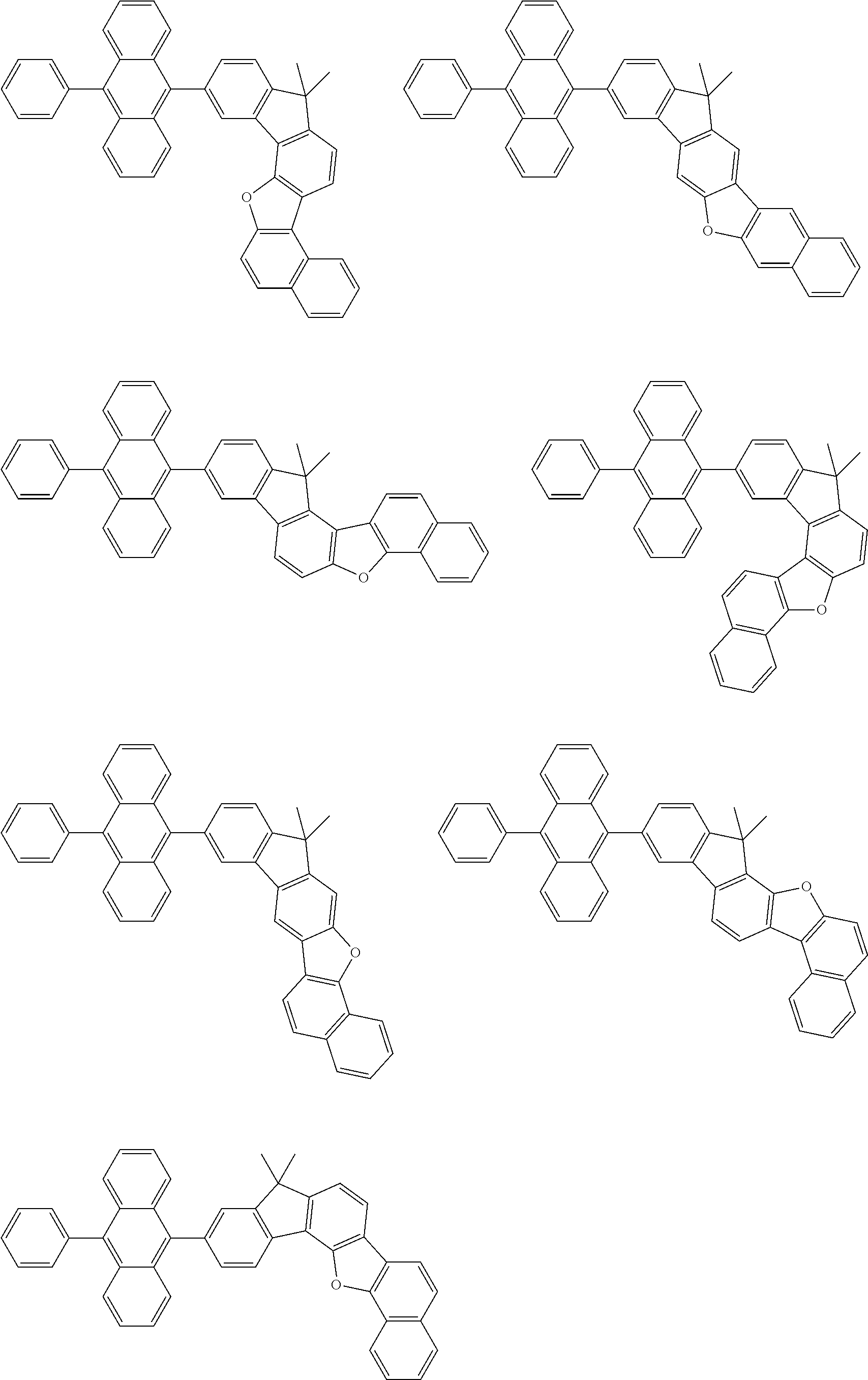
C00037

C00038

C00039

C00040

C00041
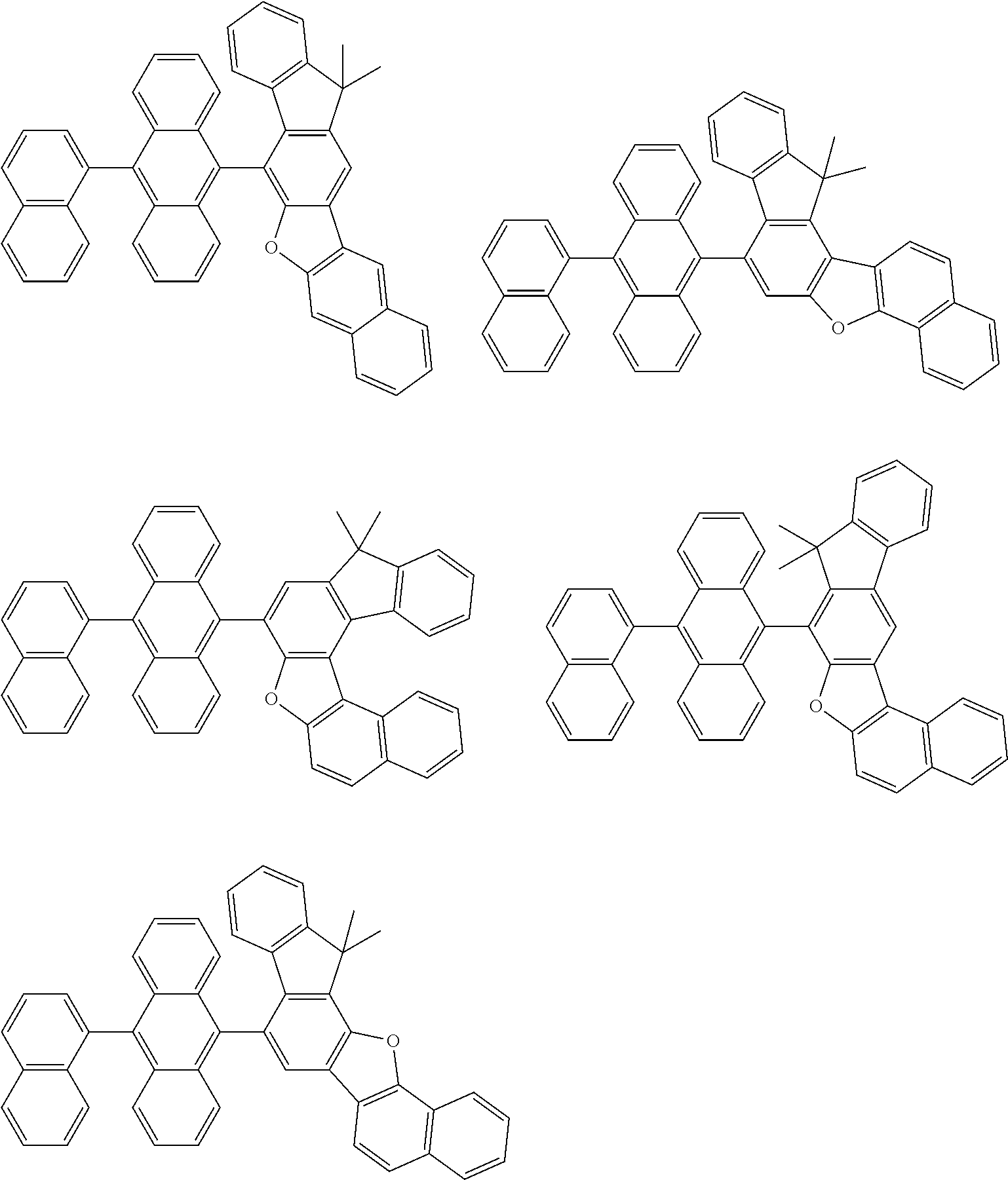
C00042

C00043

C00044

C00045

C00046

C00047
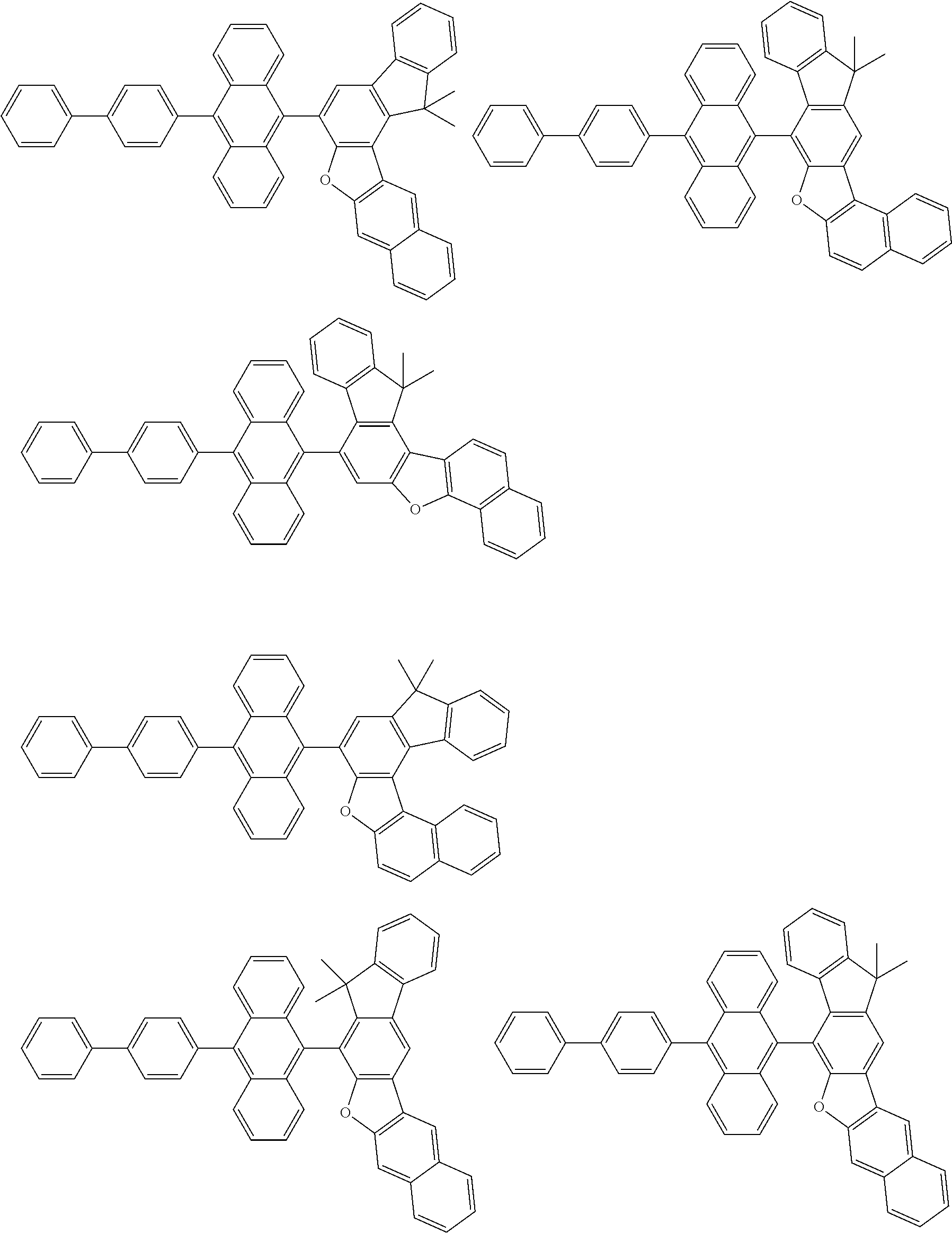
C00048
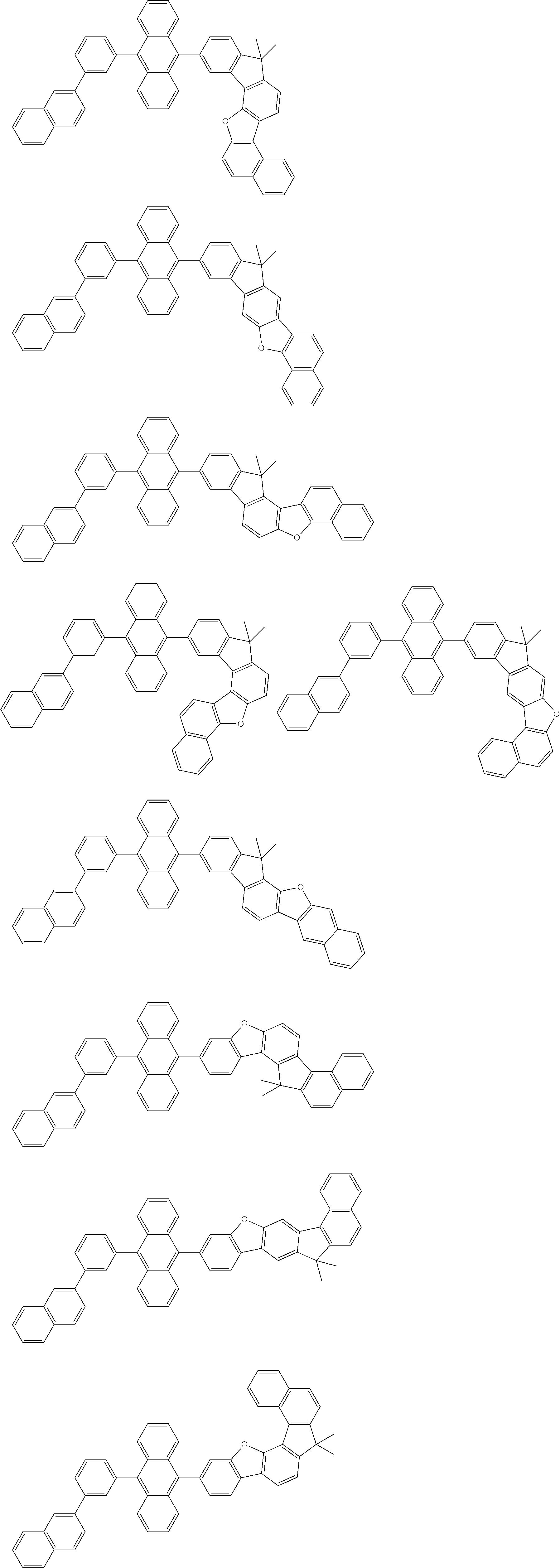
C00049
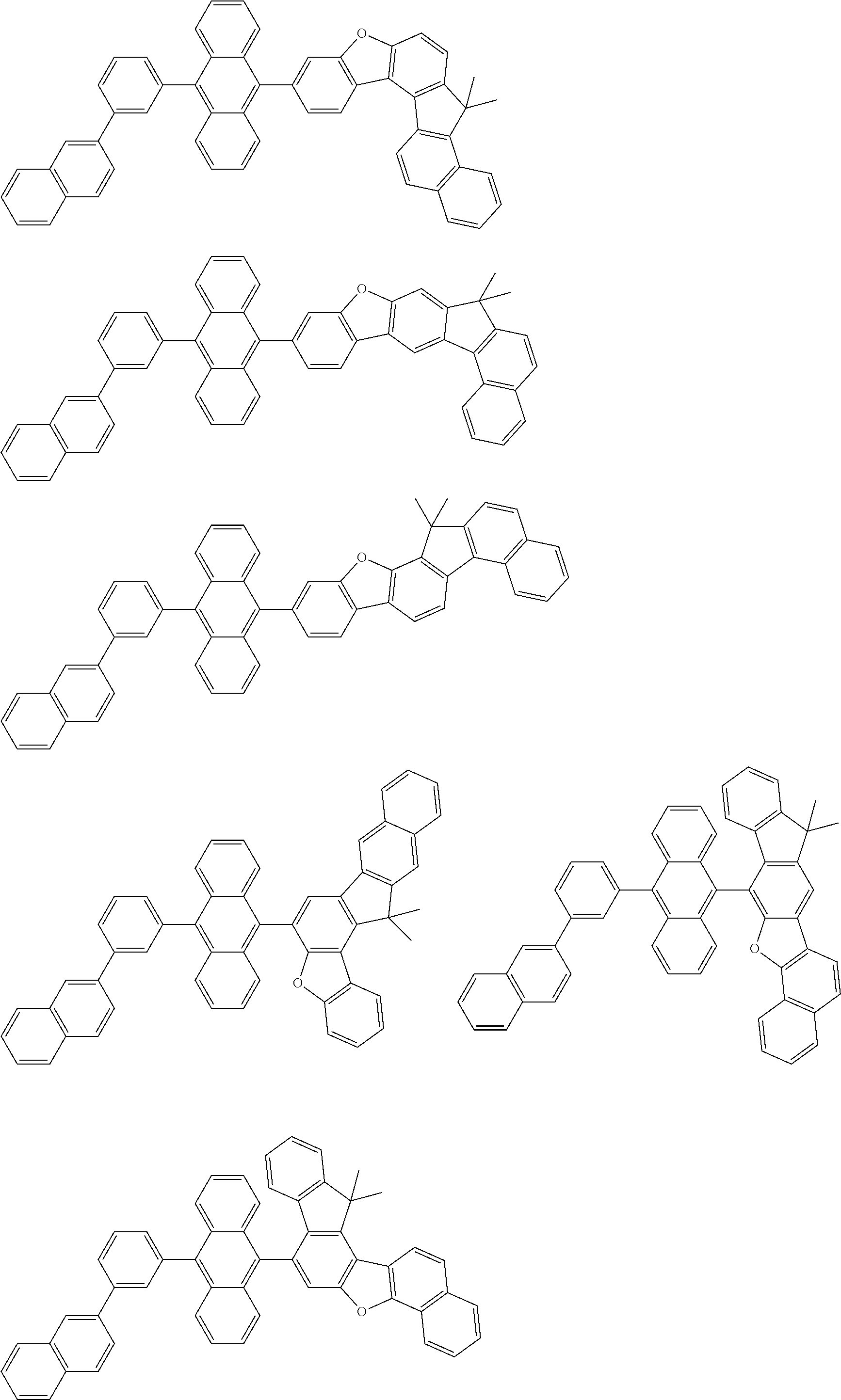
C00050

C00051

C00052
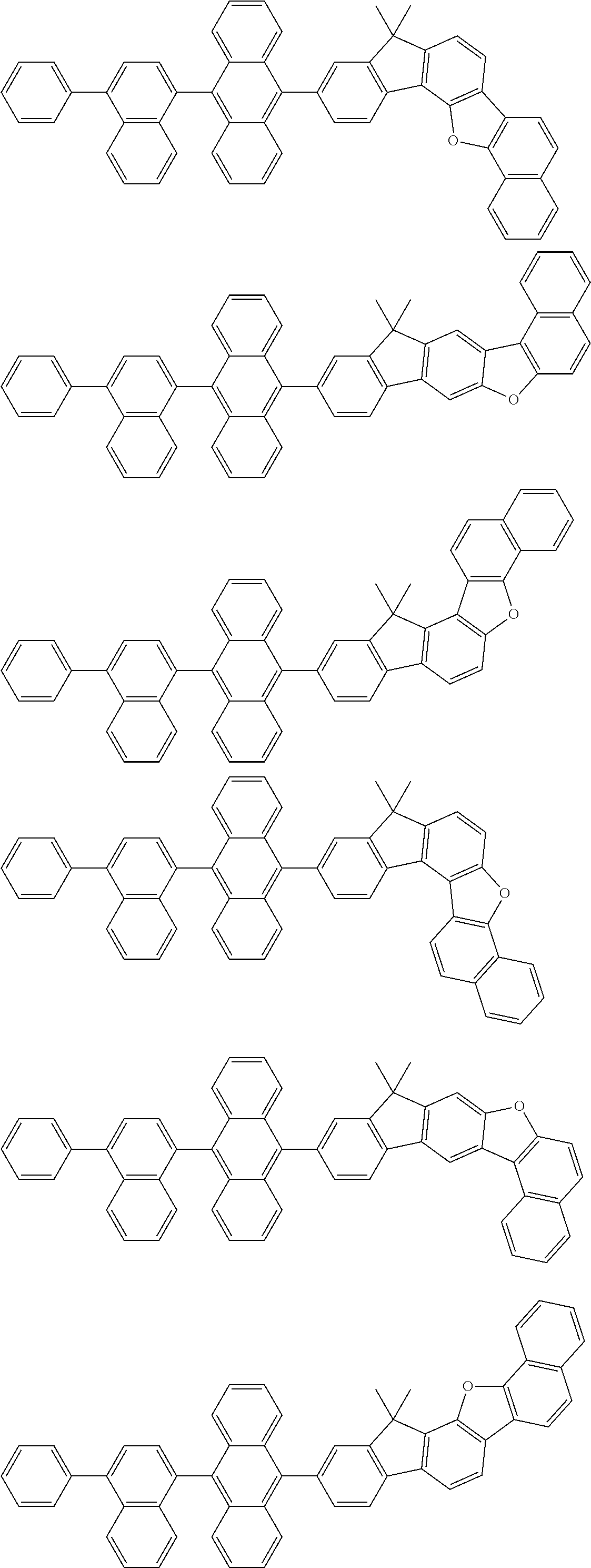
C00053

C00054
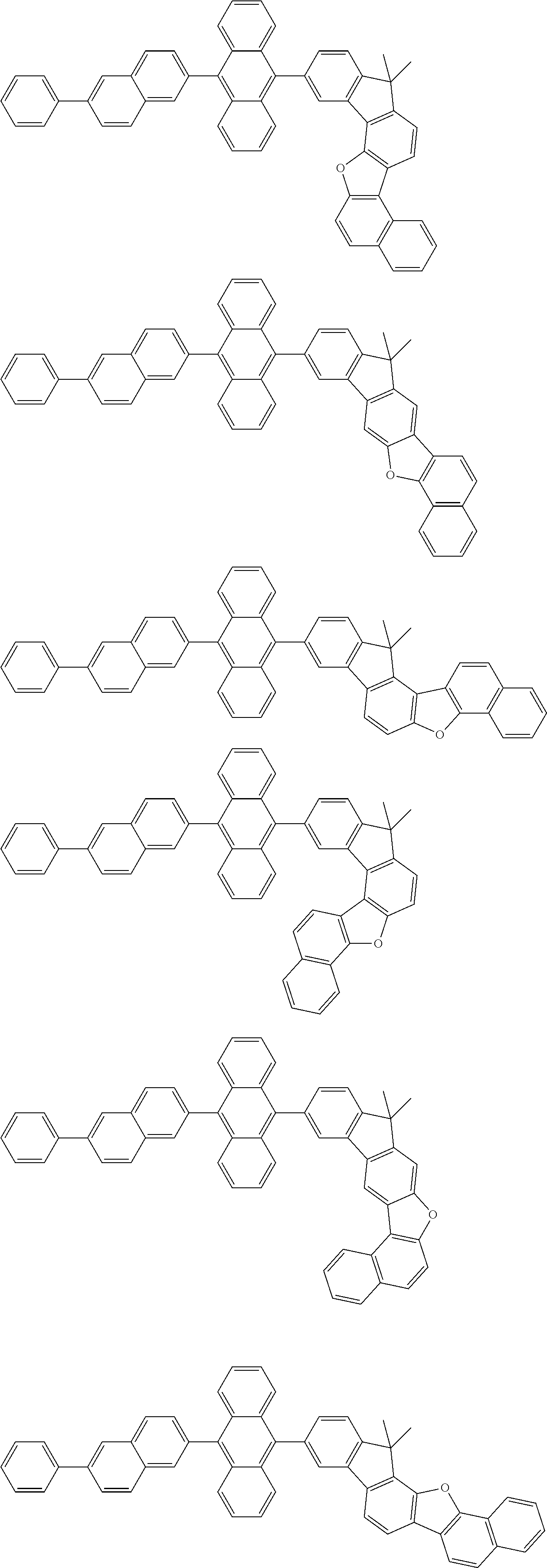
C00055

C00056

C00057

C00058

C00059
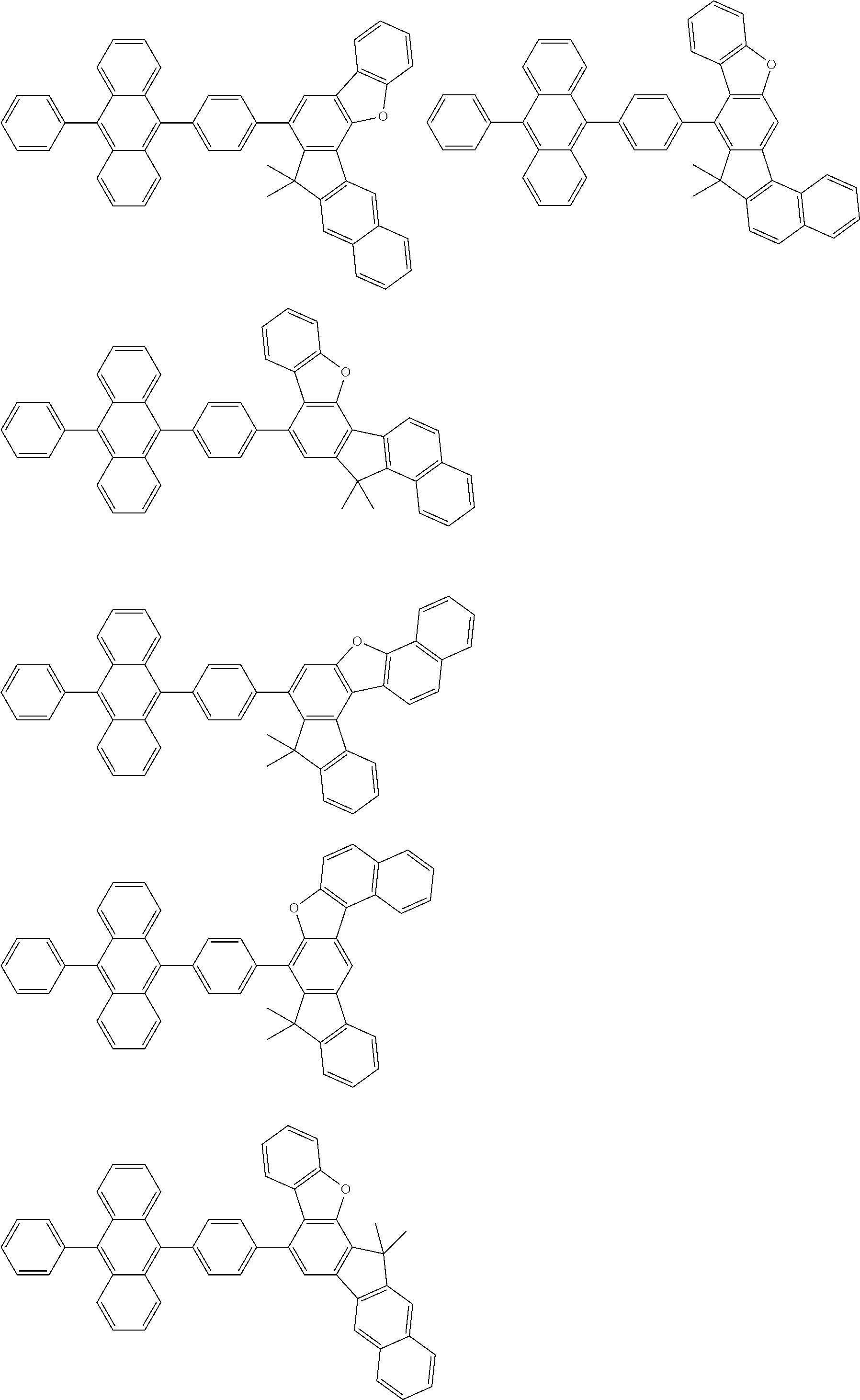
C00060

C00061

C00062
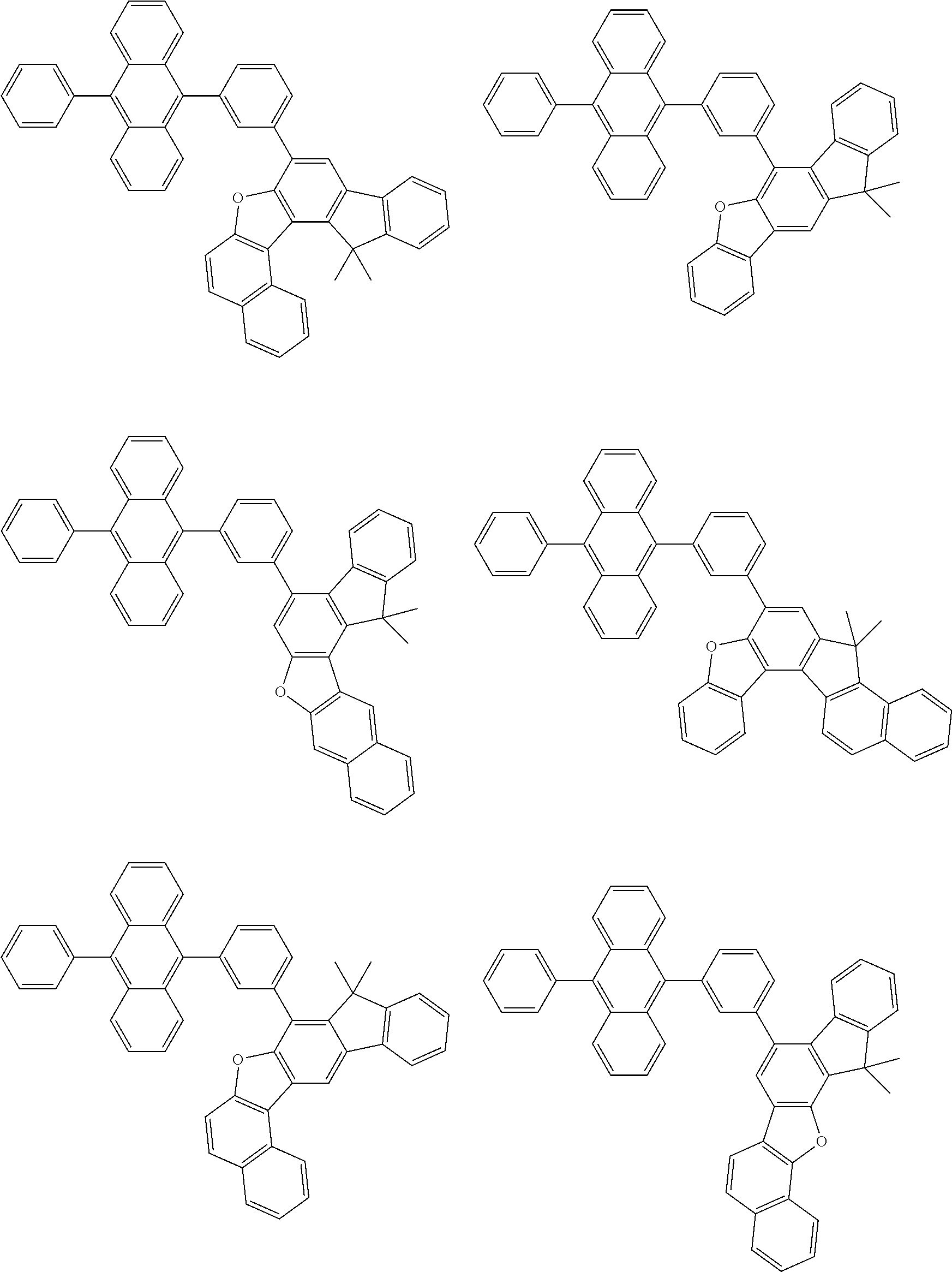
C00063

C00064

C00065

C00066

C00067

C00068

C00069

C00070

C00071

C00072

C00073

C00074

C00075
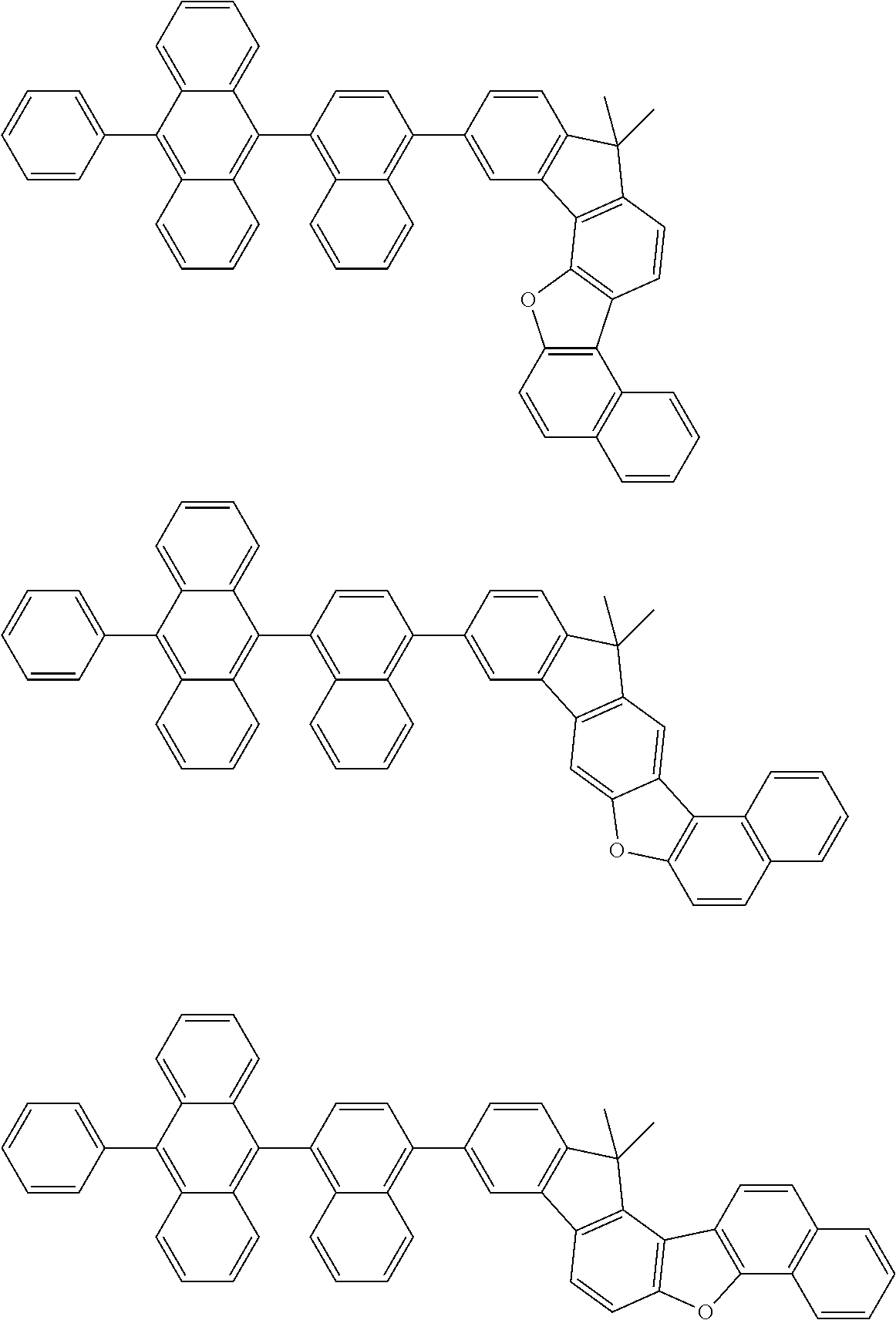
C00076
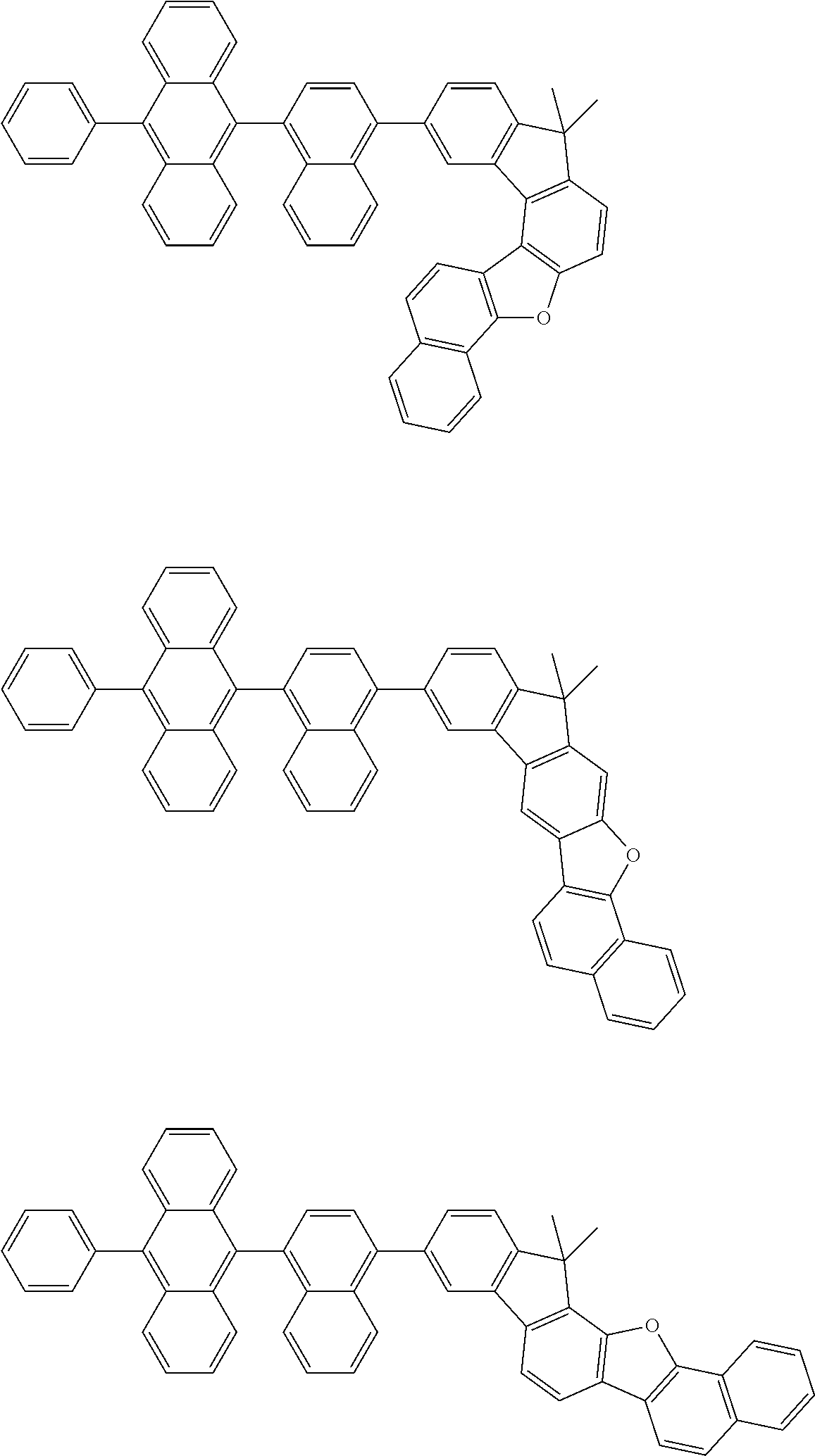
C00077

C00078

C00079

C00080

C00081
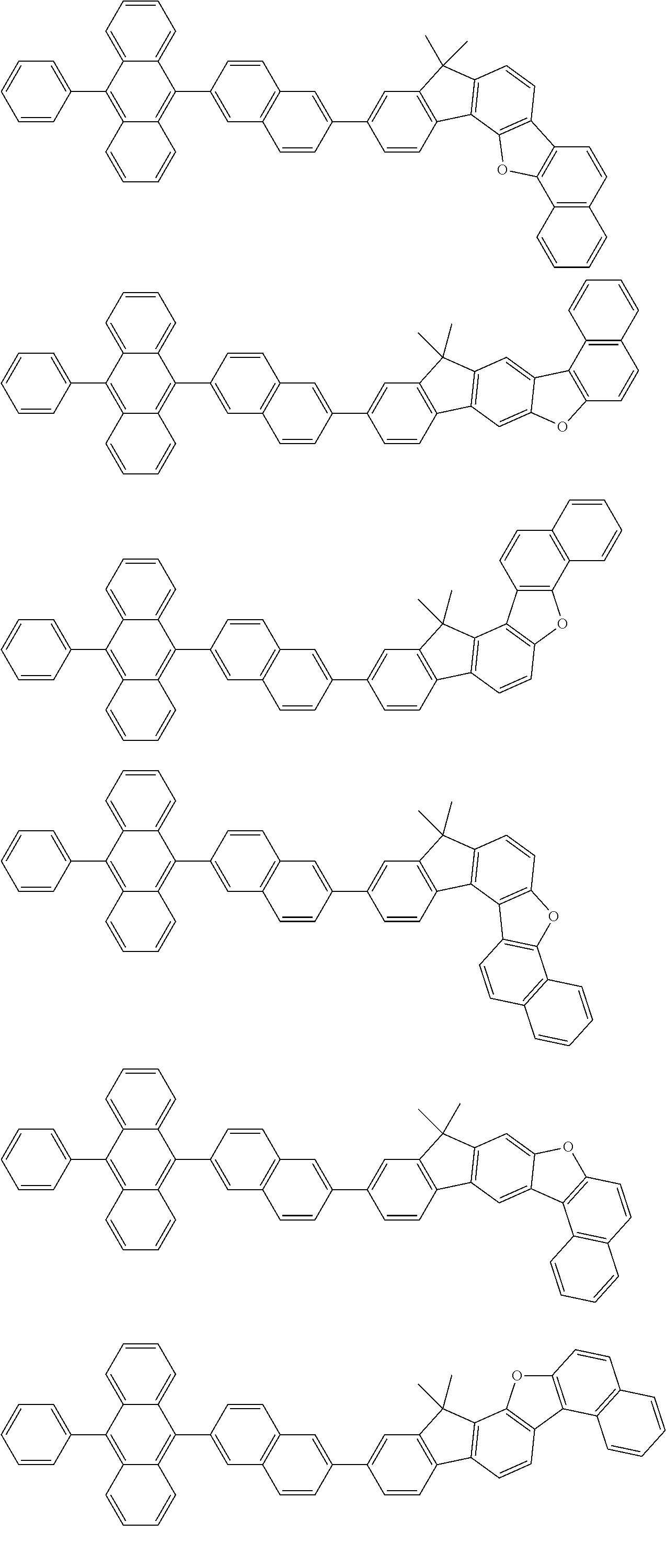
C00082

C00083

C00084

C00085

C00086
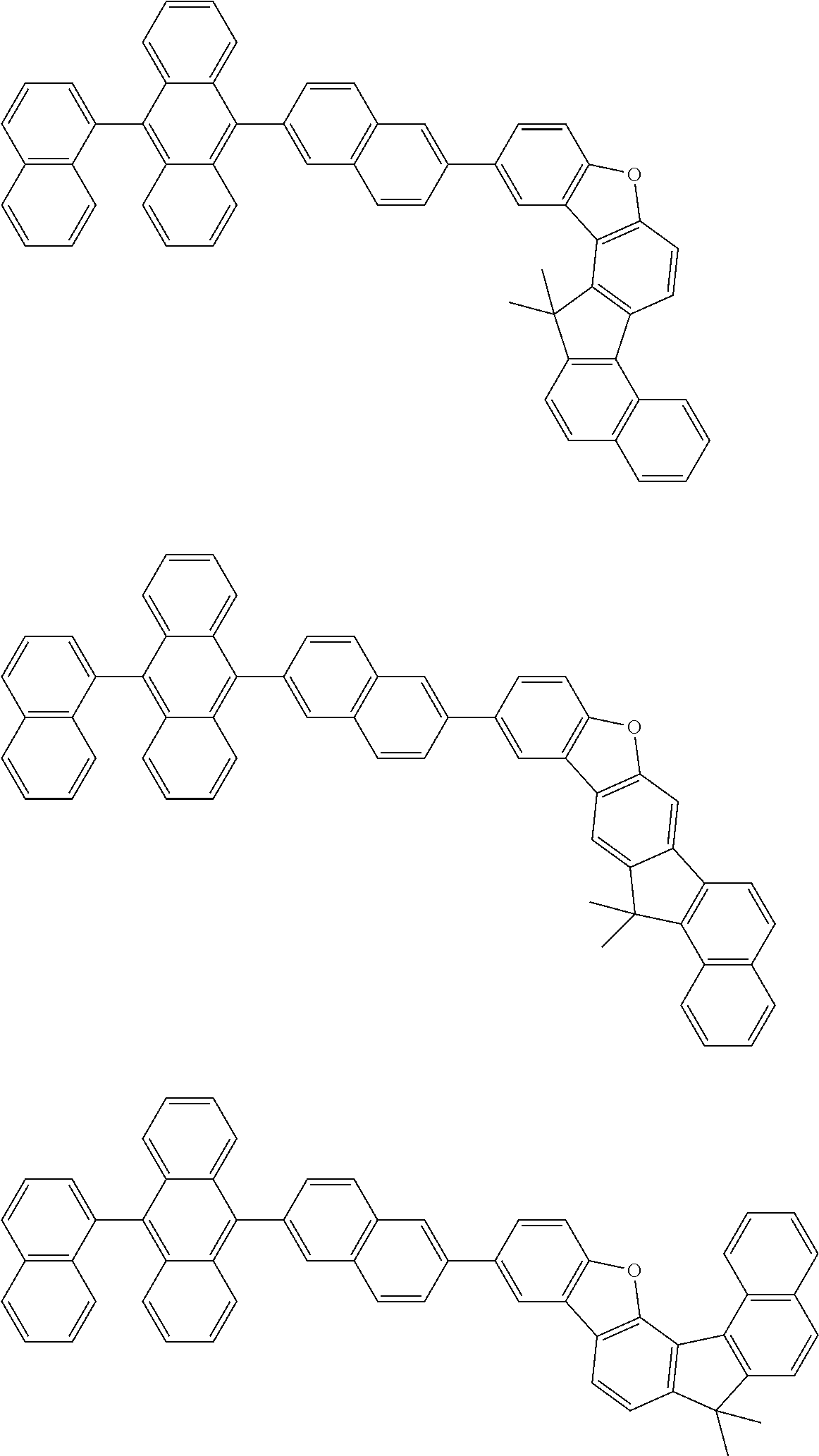
C00087

C00088

C00089

C00090

C00091

C00092

C00093

C00094

C00095

C00096

C00097

C00098

C00099

C00100

C00101

C00102

C00103

C00104
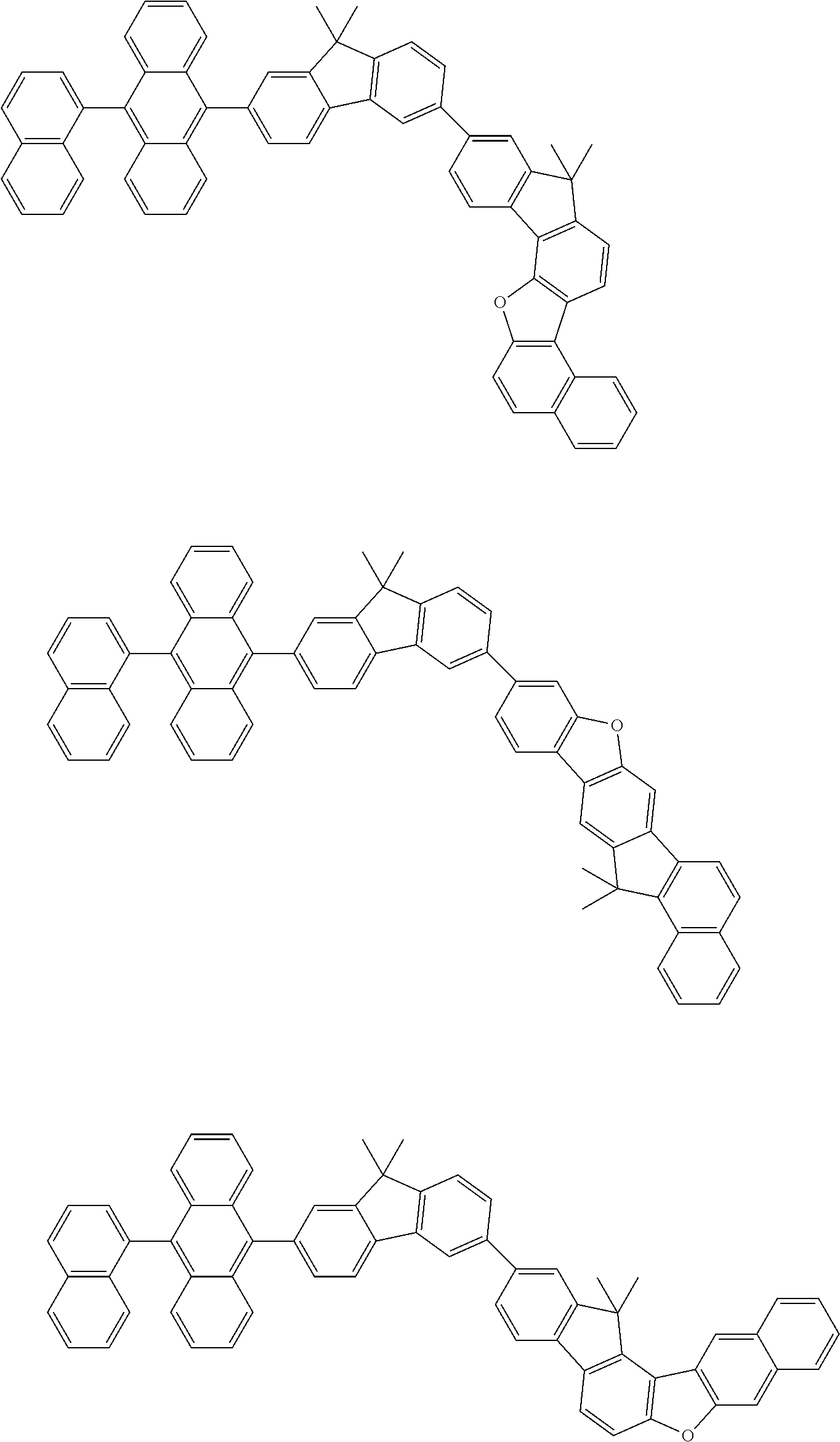
C00105

C00106

C00107

C00108

C00109

C00110

C00111

C00112

C00113

C00114

C00115

C00116

C00117

C00118

C00119

C00120

C00121

C00122

C00123

C00124

C00125

C00126

C00127

C00128

C00129

C00130

C00131

C00132

C00133

C00134

C00135

C00136

C00137

C00138

C00139
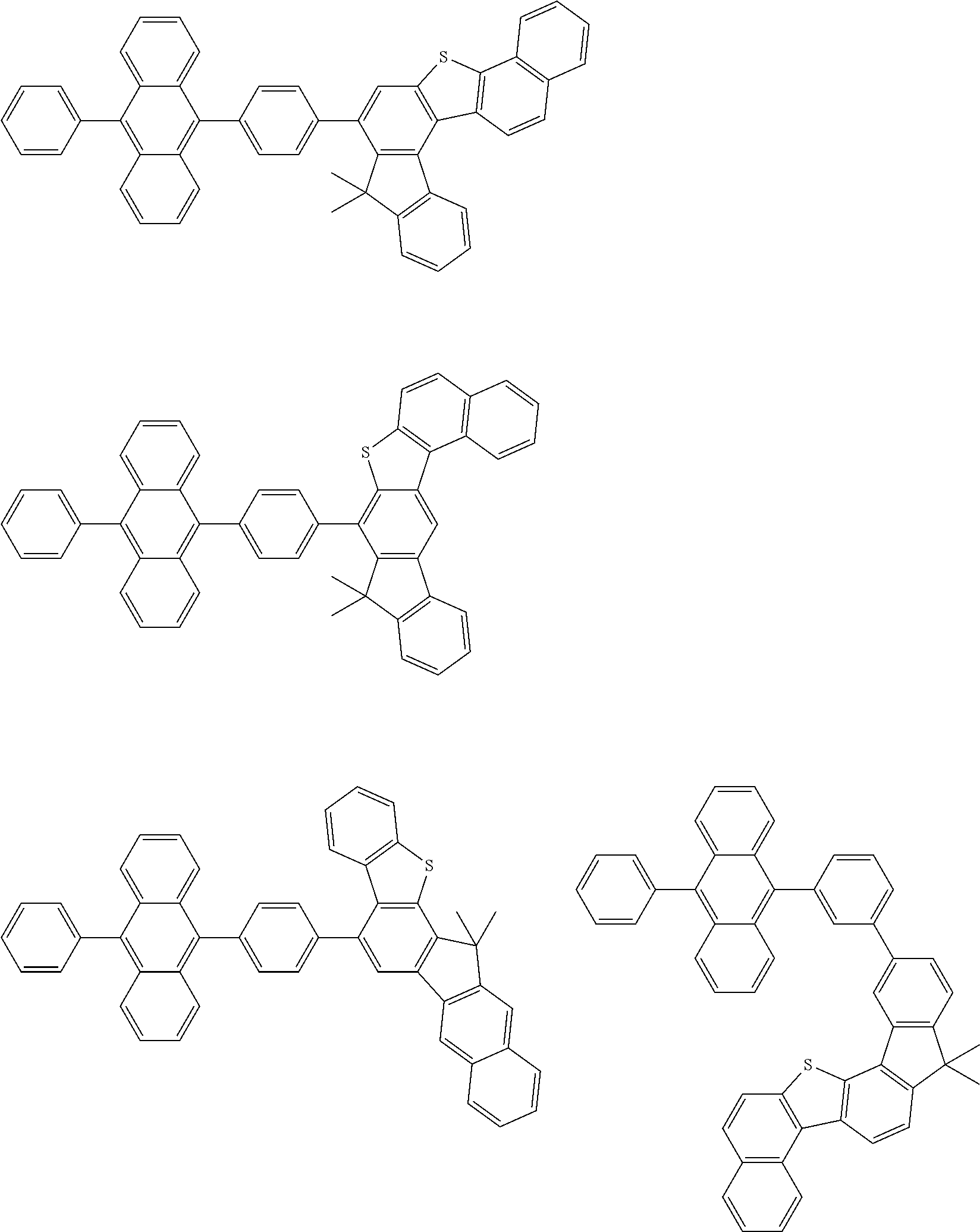
C00140
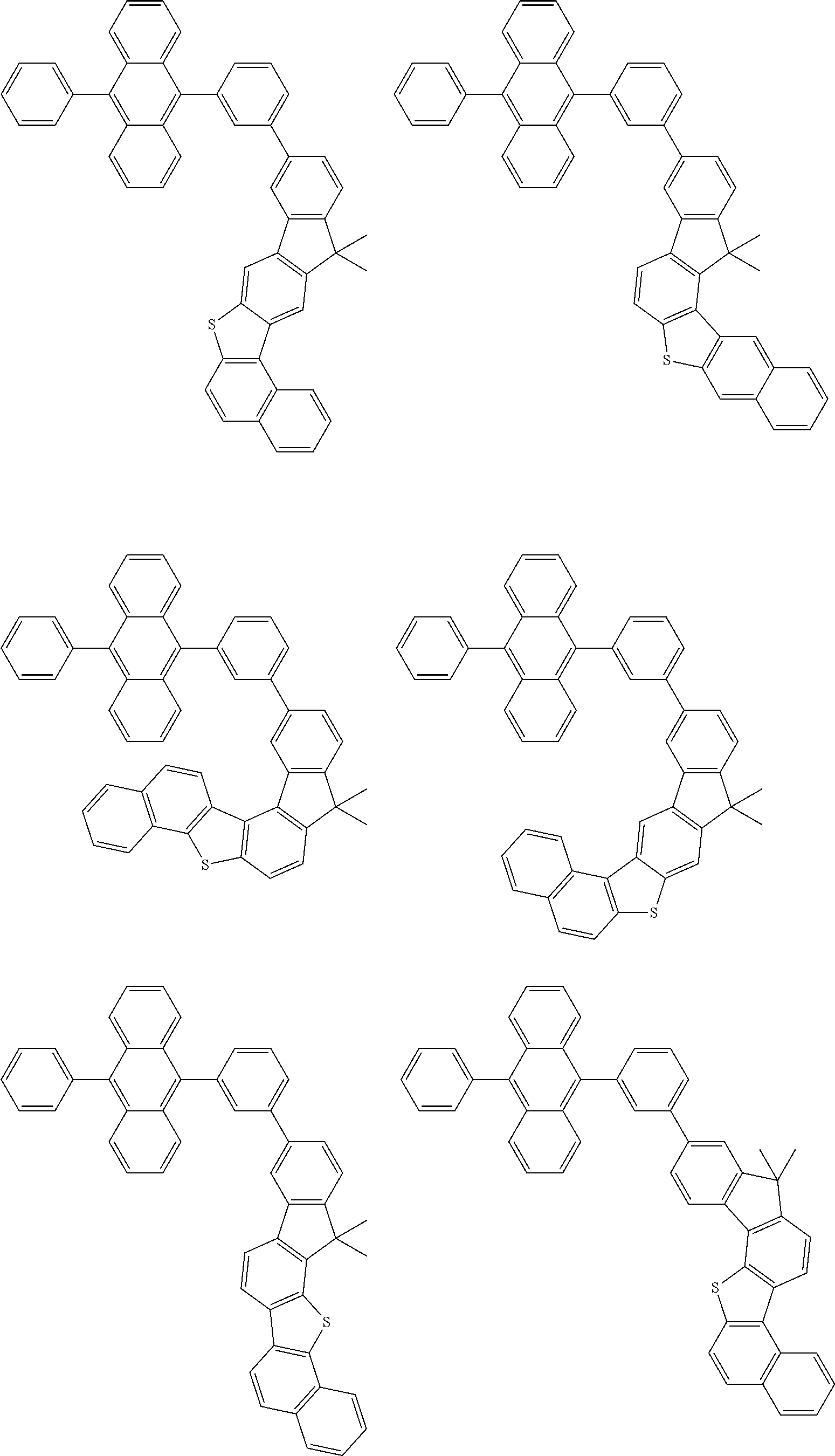
C00141
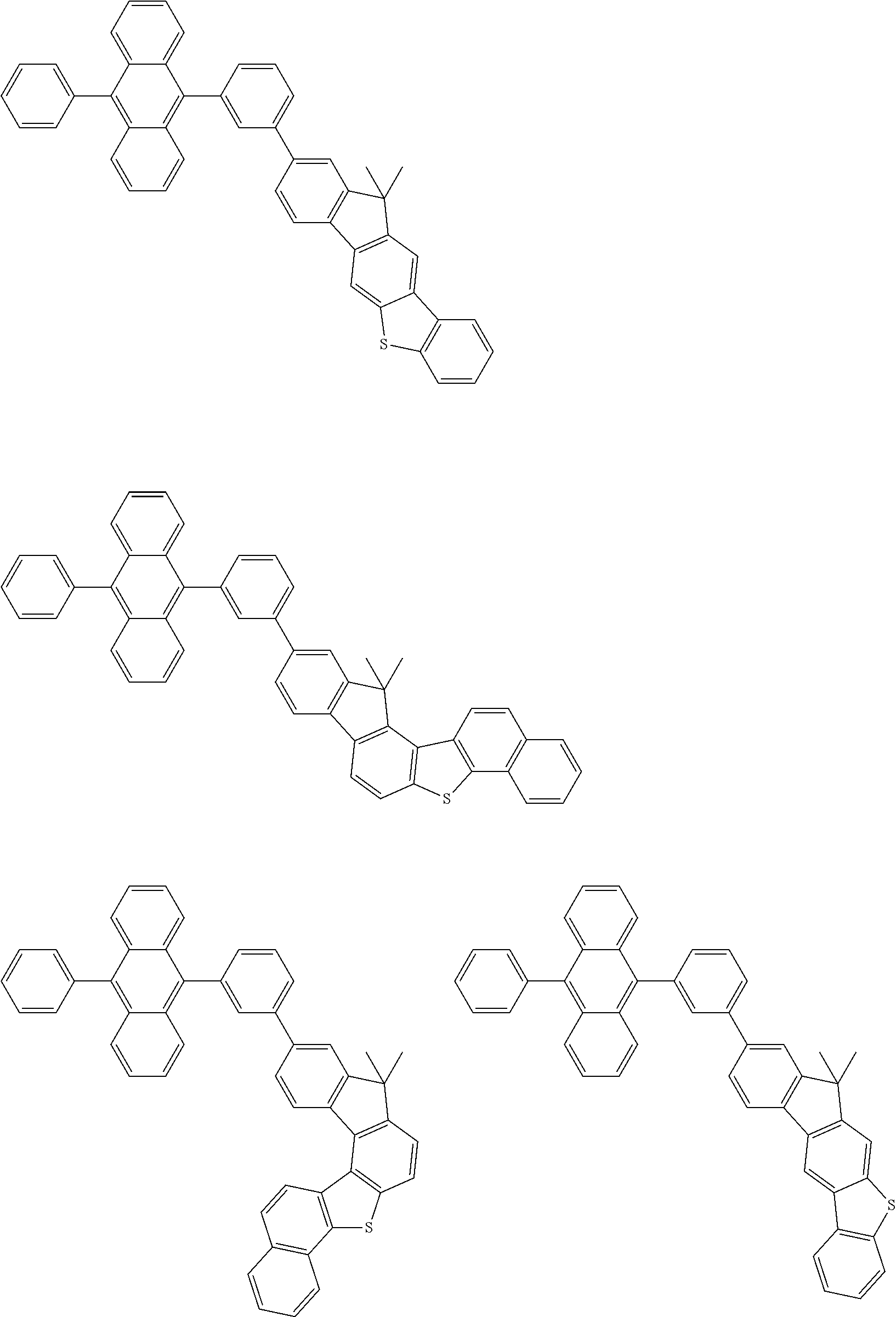
C00142

C00143

C00144

C00145

C00146

C00147

C00148

C00149

C00150
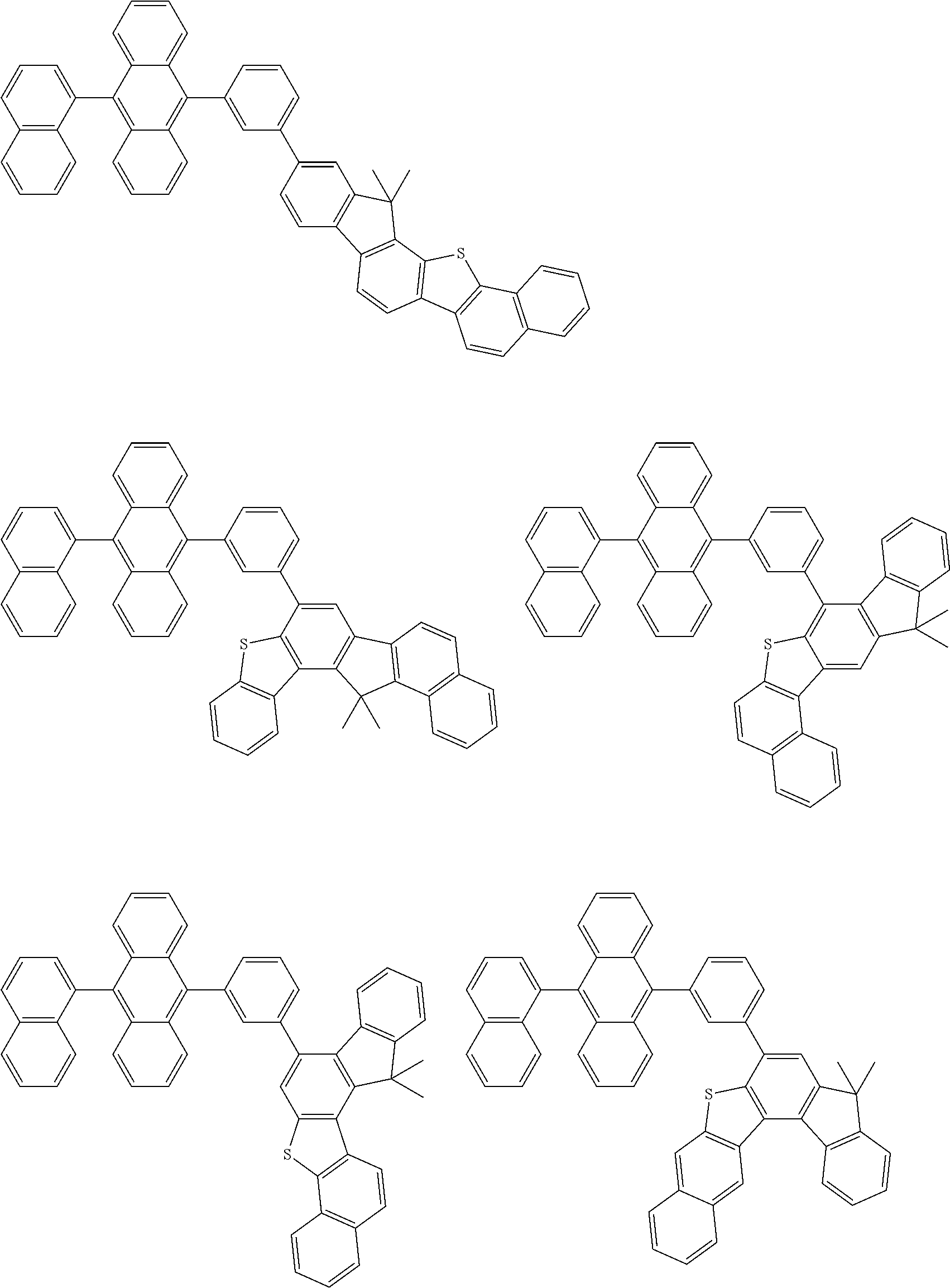
C00151

C00152

C00153

C00154

C00155

C00156

C00157

C00158

C00159

C00160

C00161

C00162

C00163

C00164

C00165

C00166

C00167

C00168

C00169

C00170

C00171

C00172

C00173

C00174

C00175

C00176

C00177

C00178
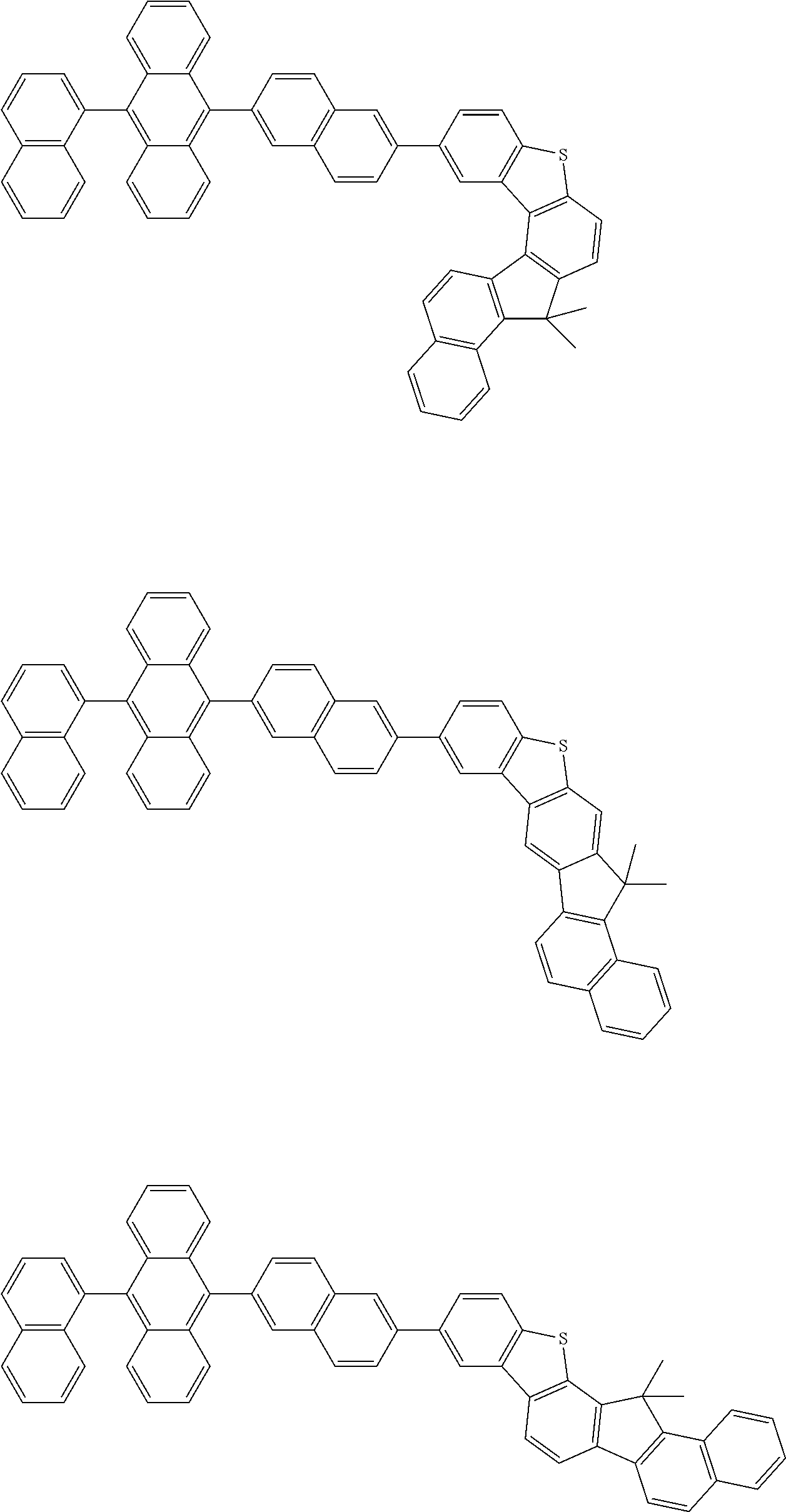
C00179

C00180

C00181

C00182

C00183
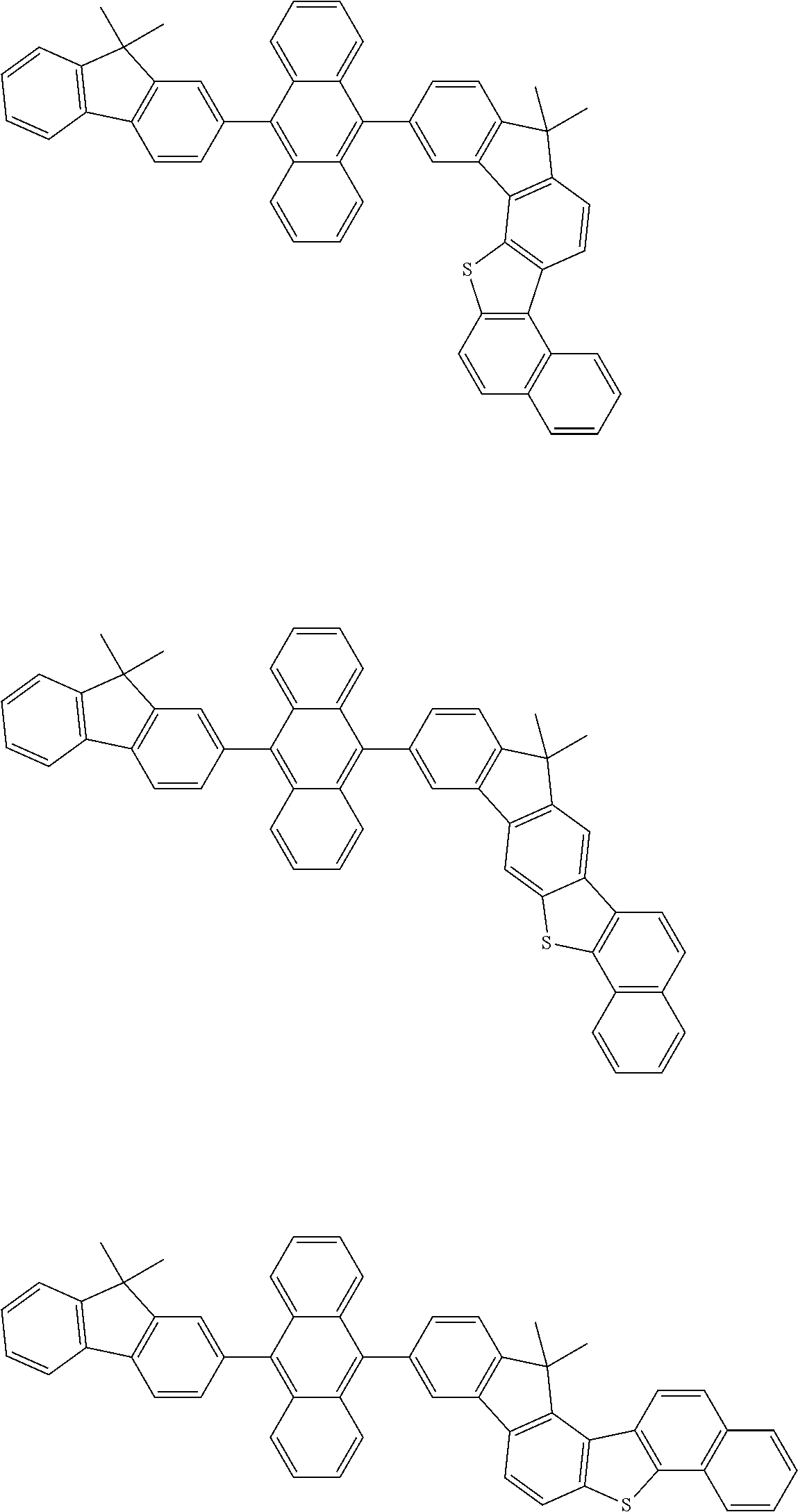
C00184

C00185

C00186
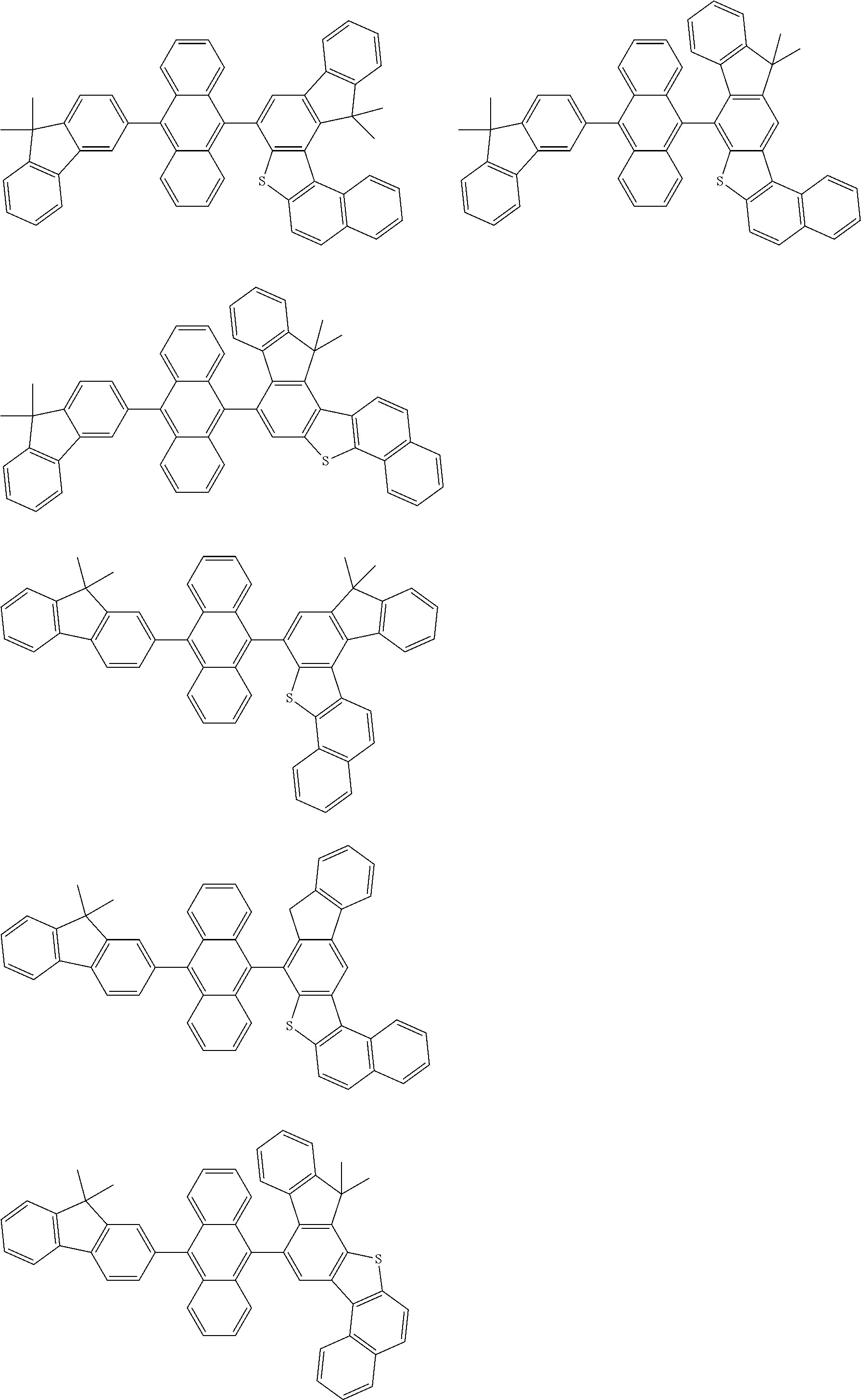
C00187

C00188

C00189

C00190

C00191

C00192

C00193

C00194

C00195

C00196

C00197
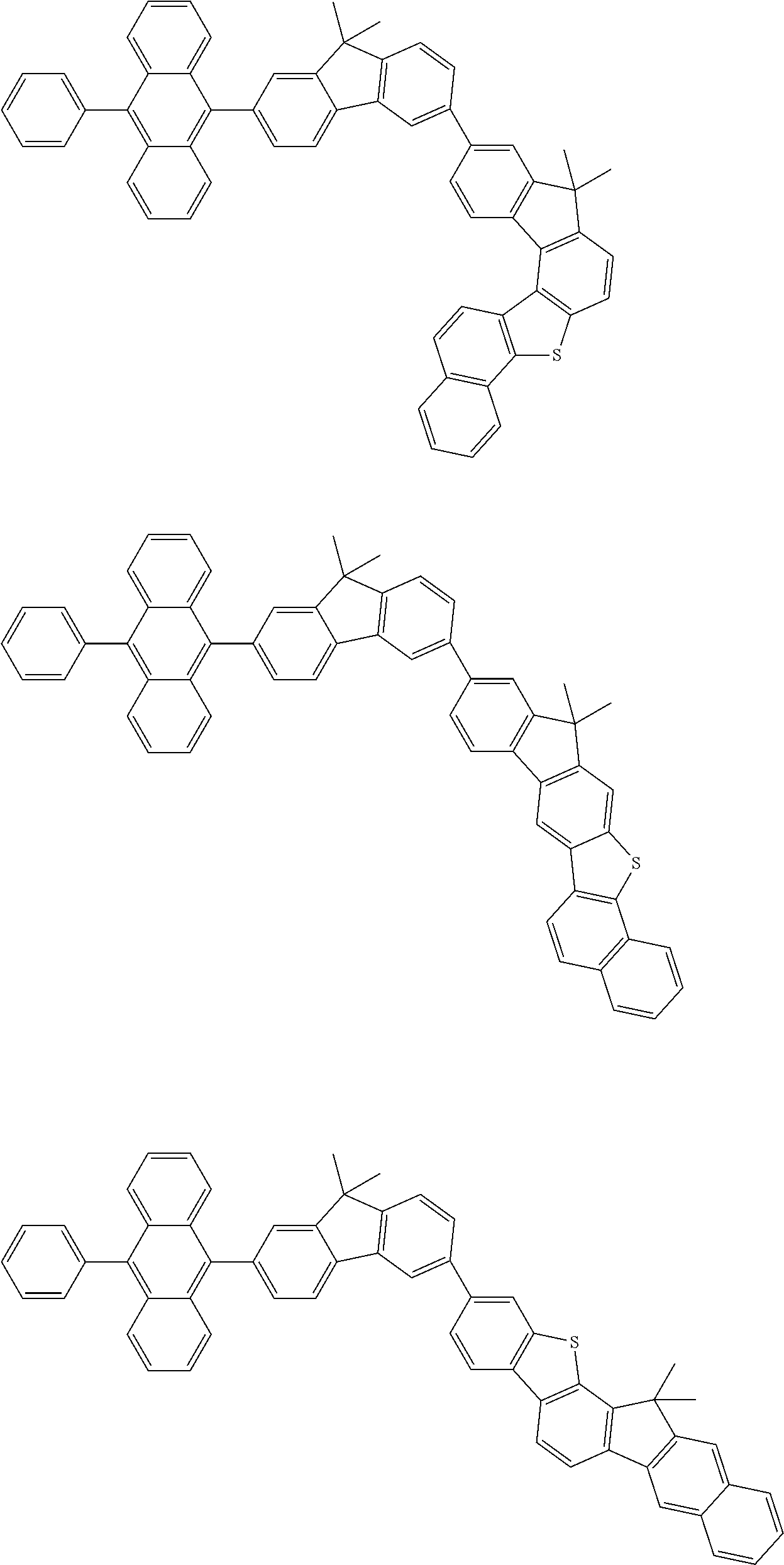
C00198

C00199

C00200

C00201
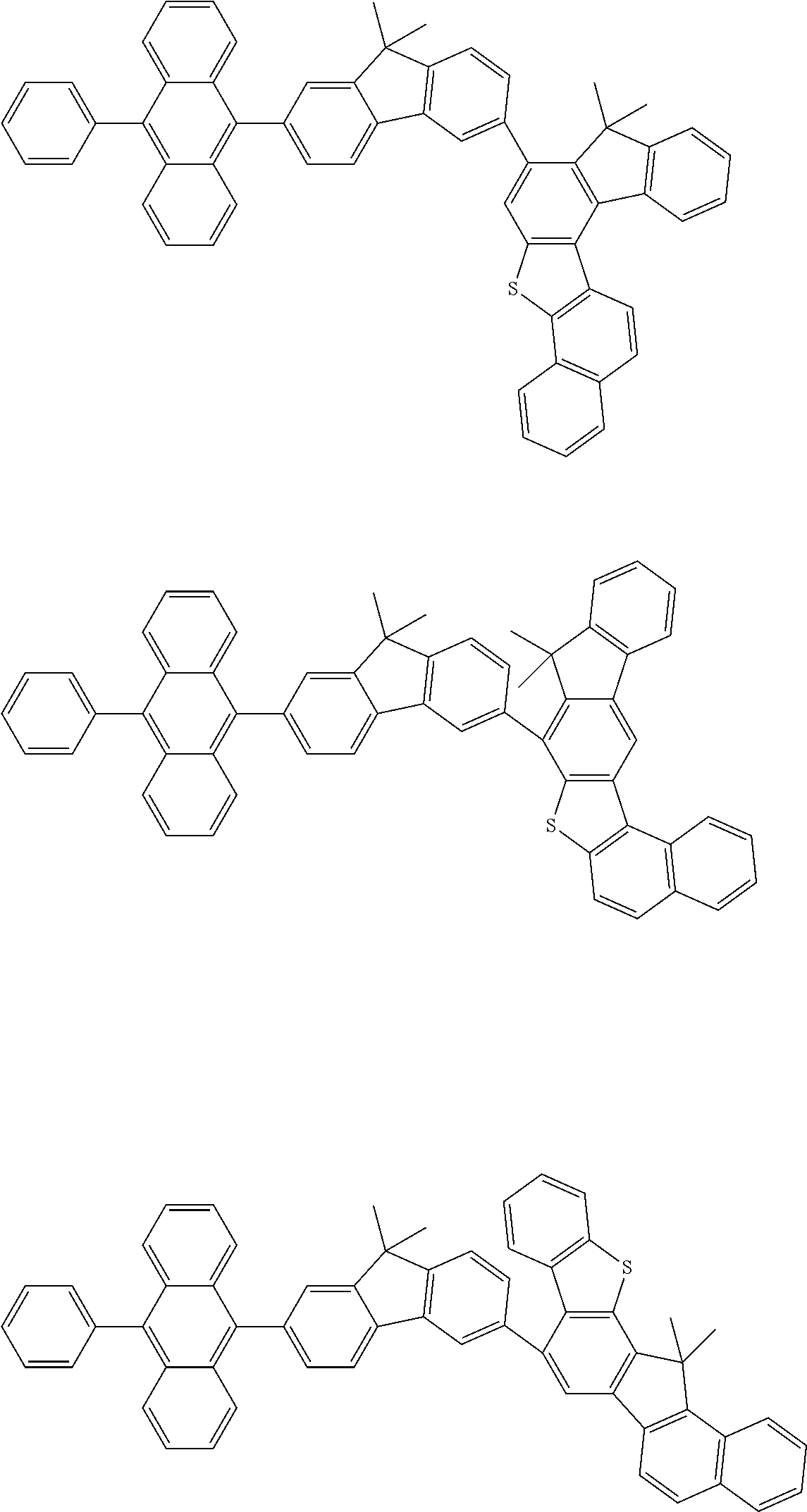
C00202

C00203

C00204

C00205

C00206

C00207

C00208
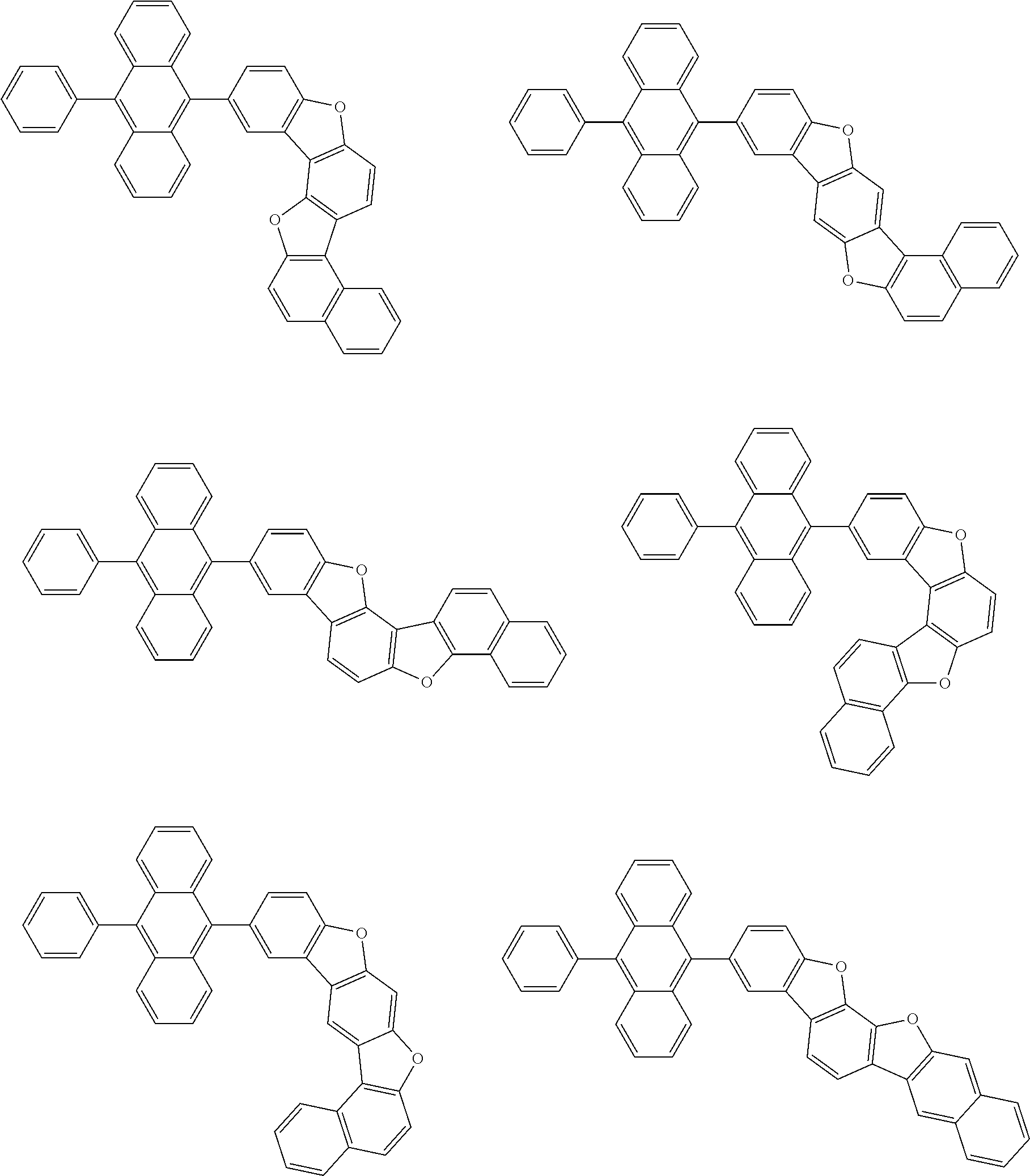
C00209

C00210

C00211

C00212

C00213

C00214
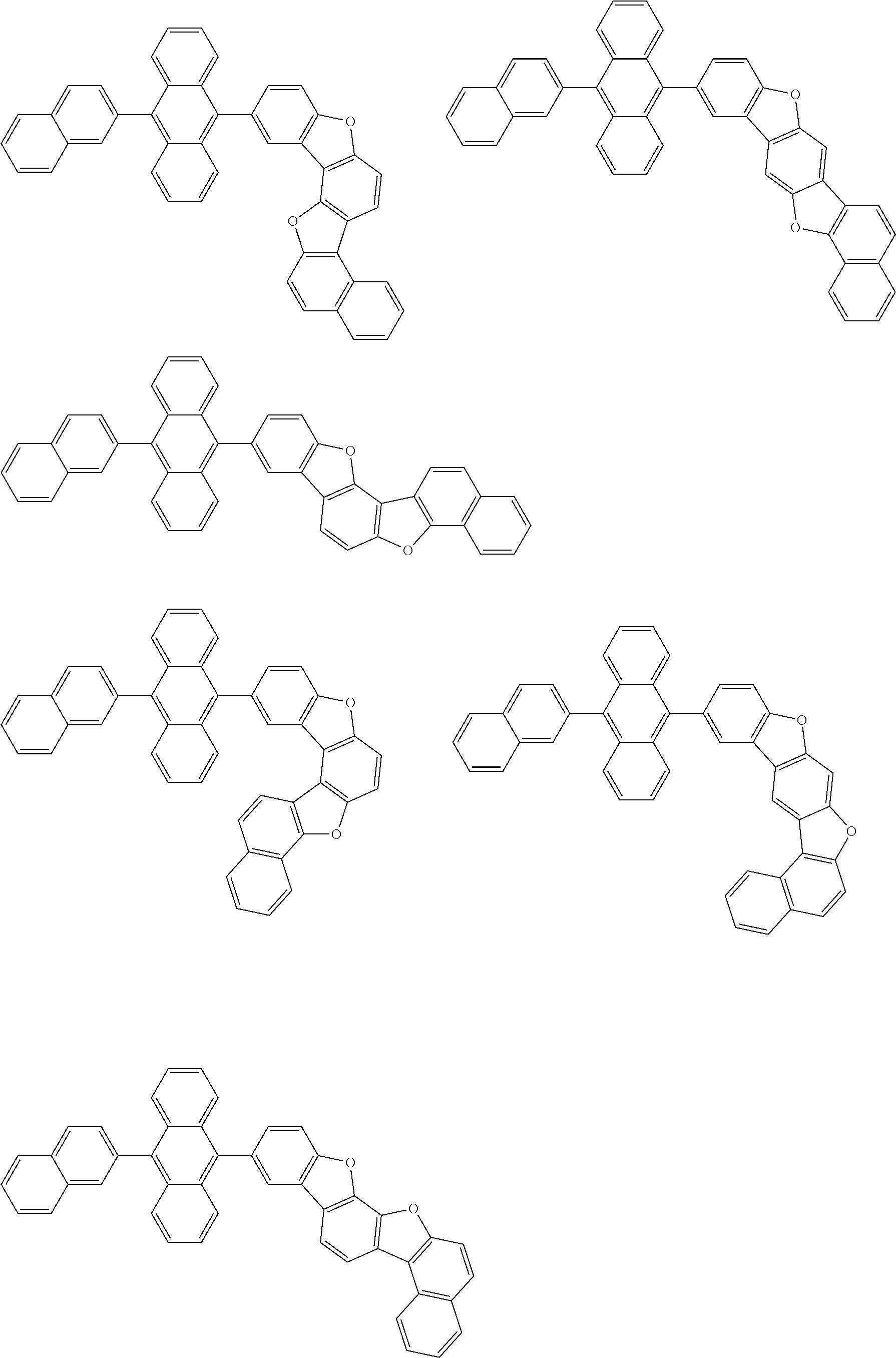
C00215

C00216

C00217
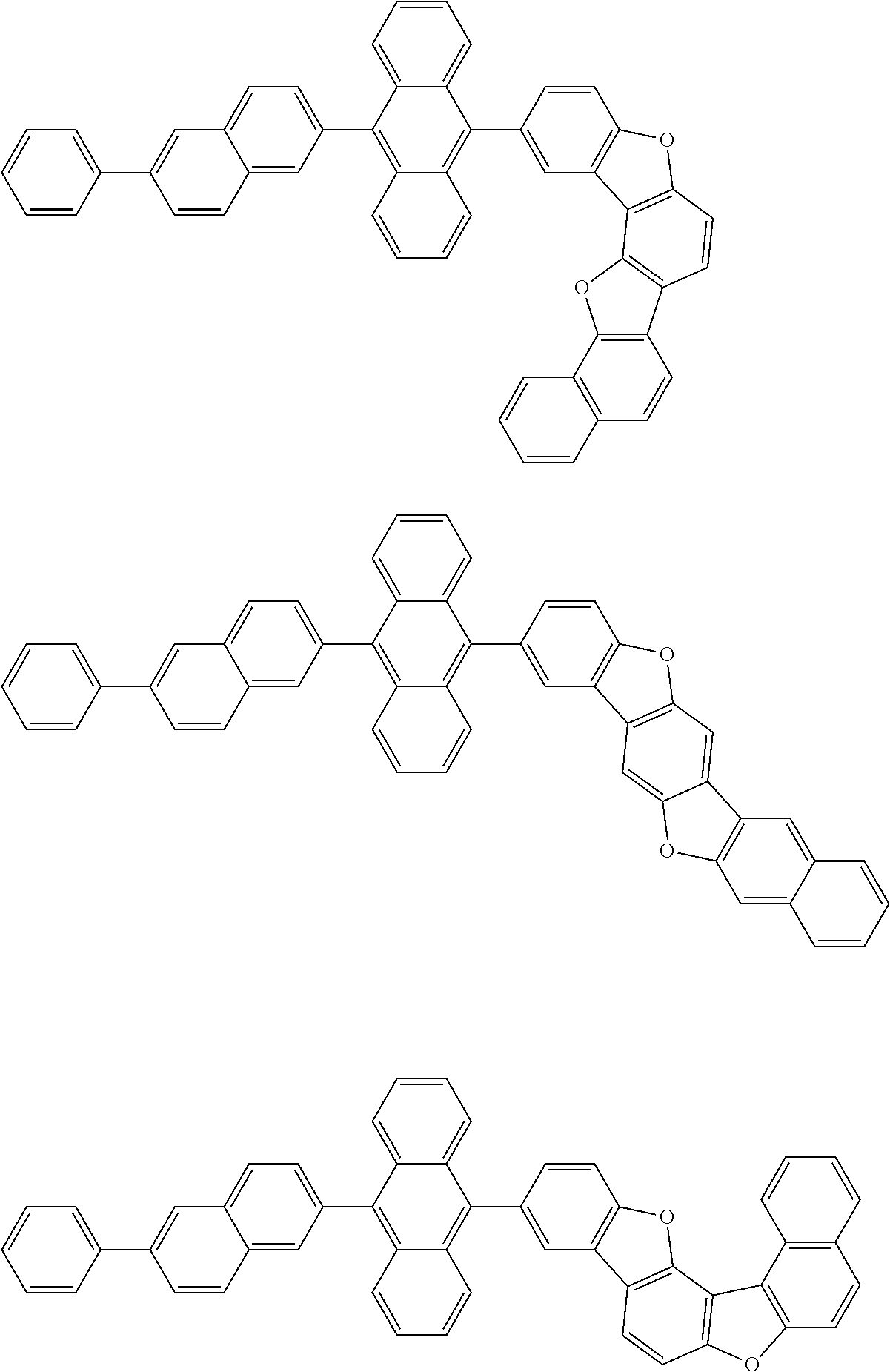
C00218
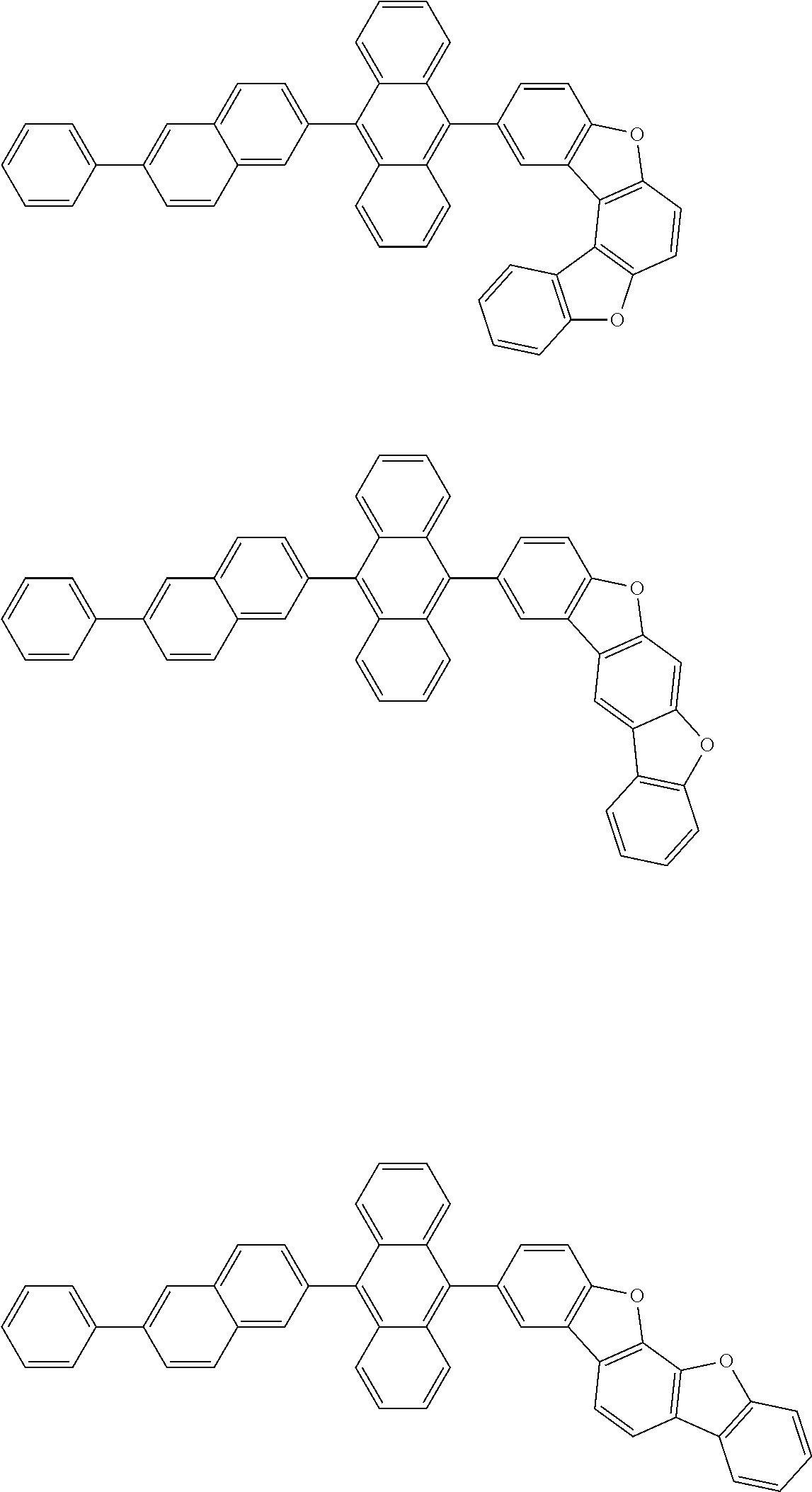
C00219

C00220

C00221

C00222

C00223

C00224
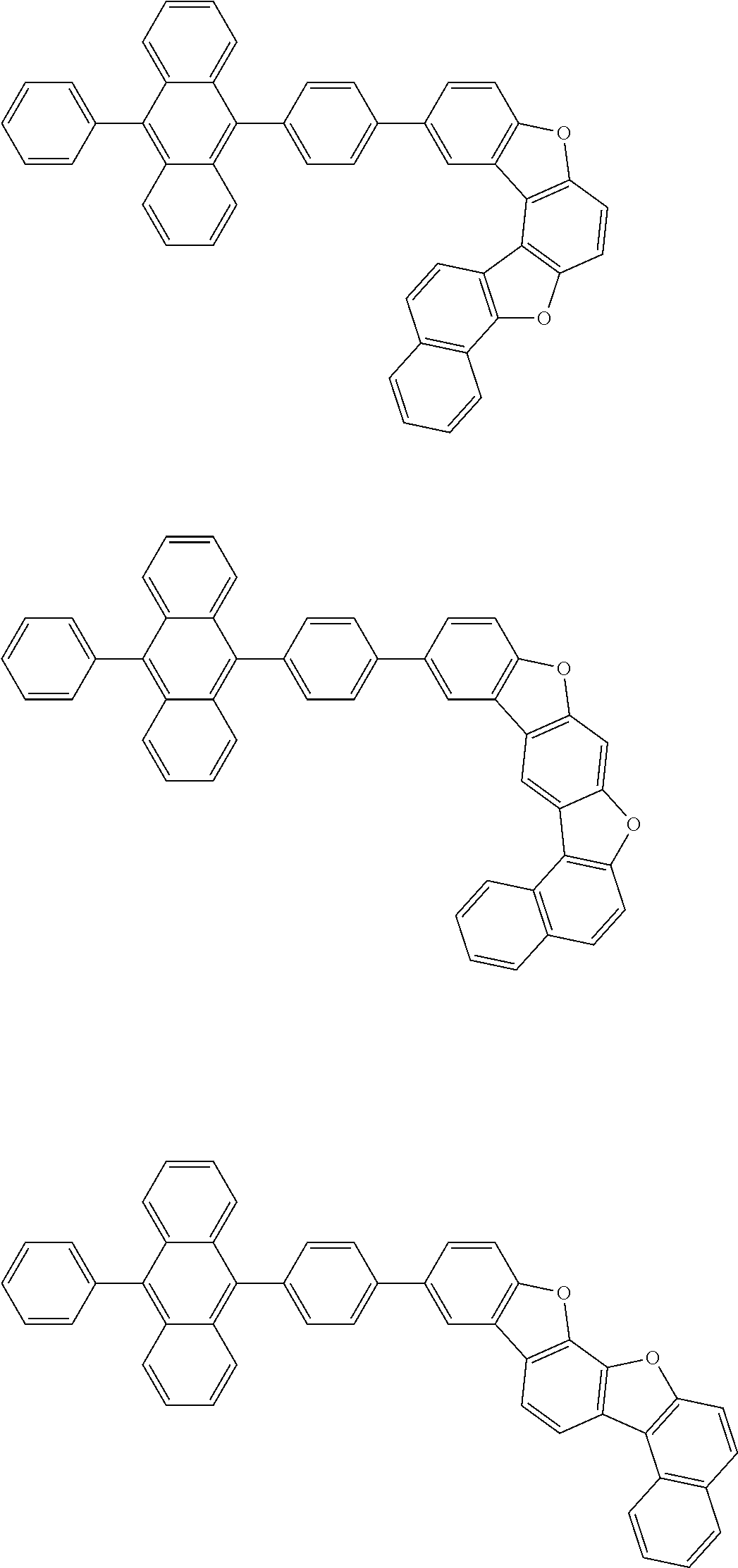
C00225
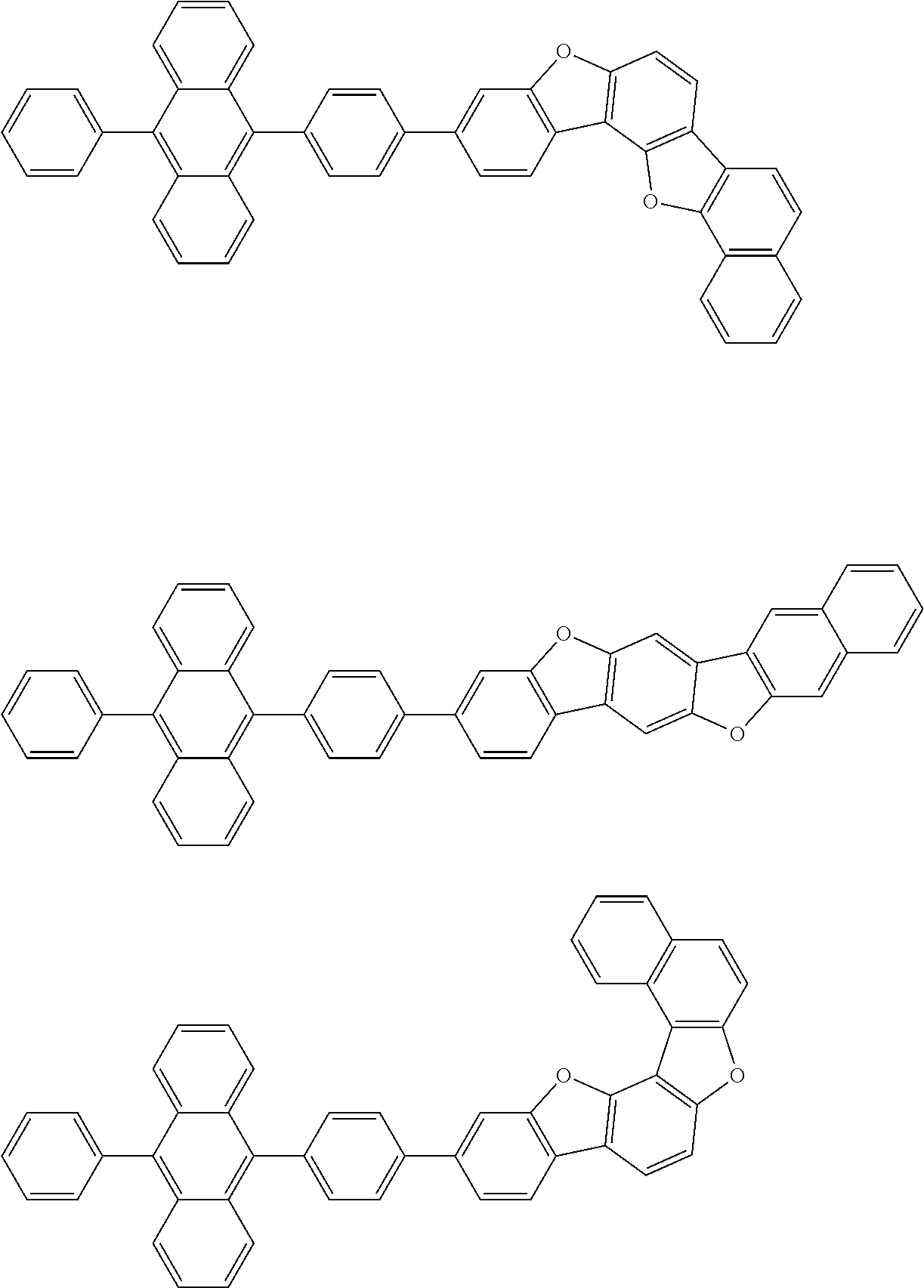
C00226
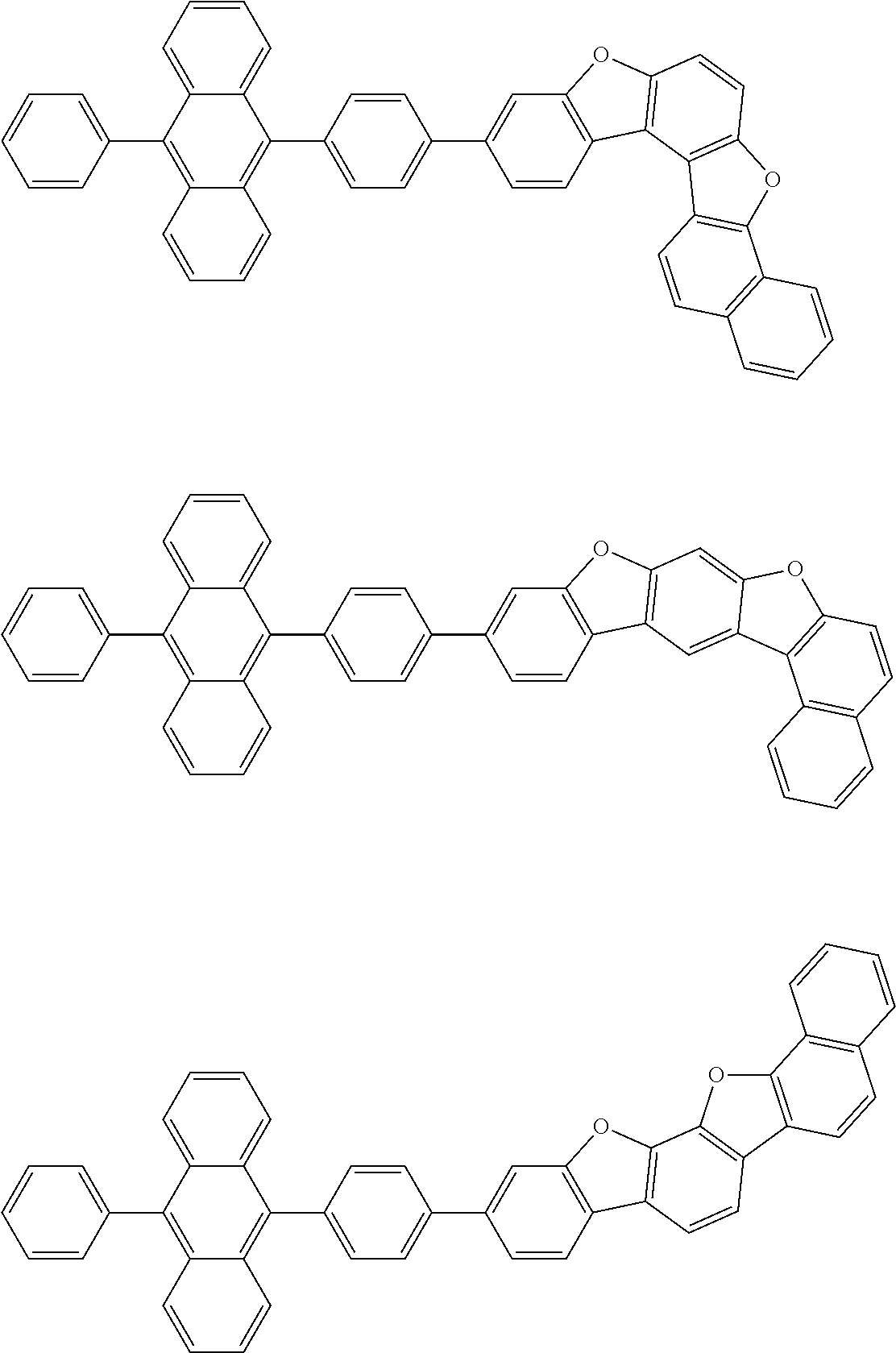
C00227

C00228

C00229
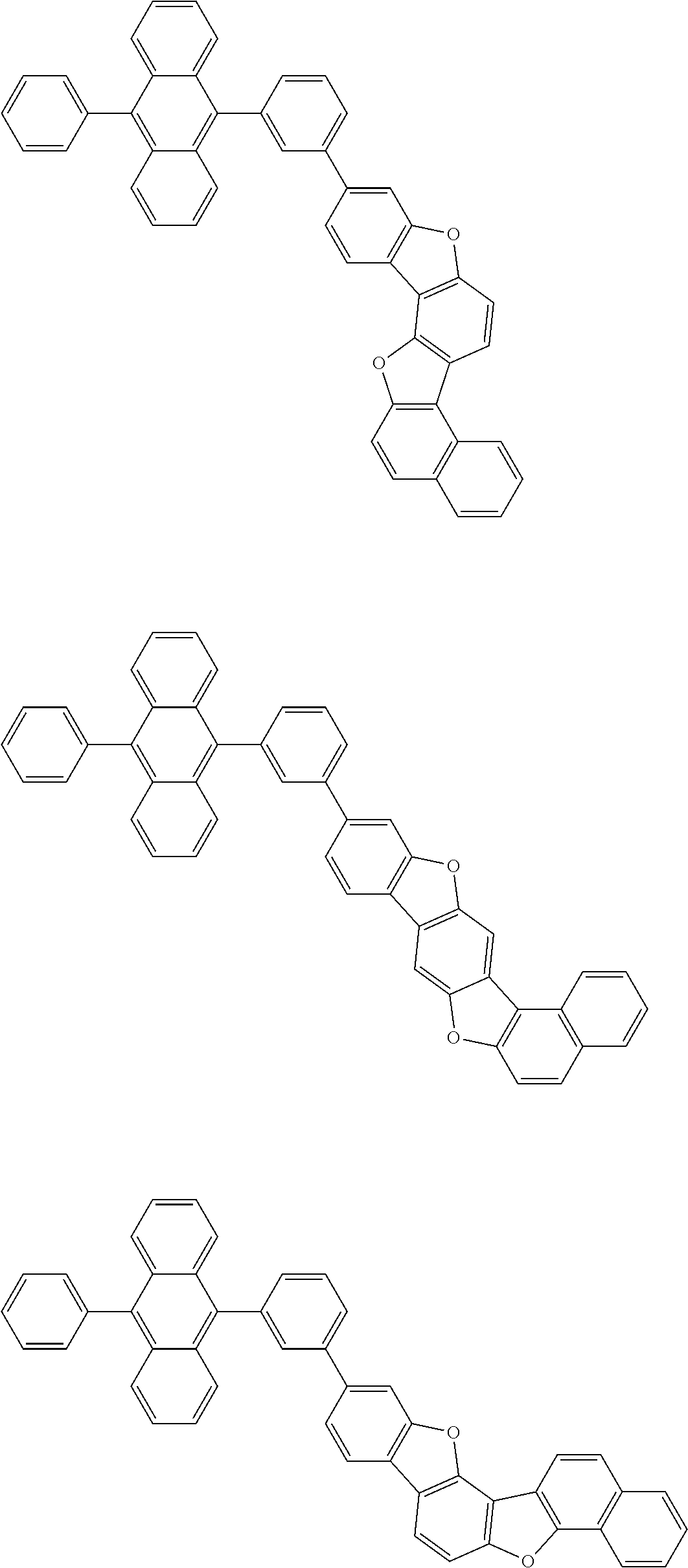
C00230

C00231
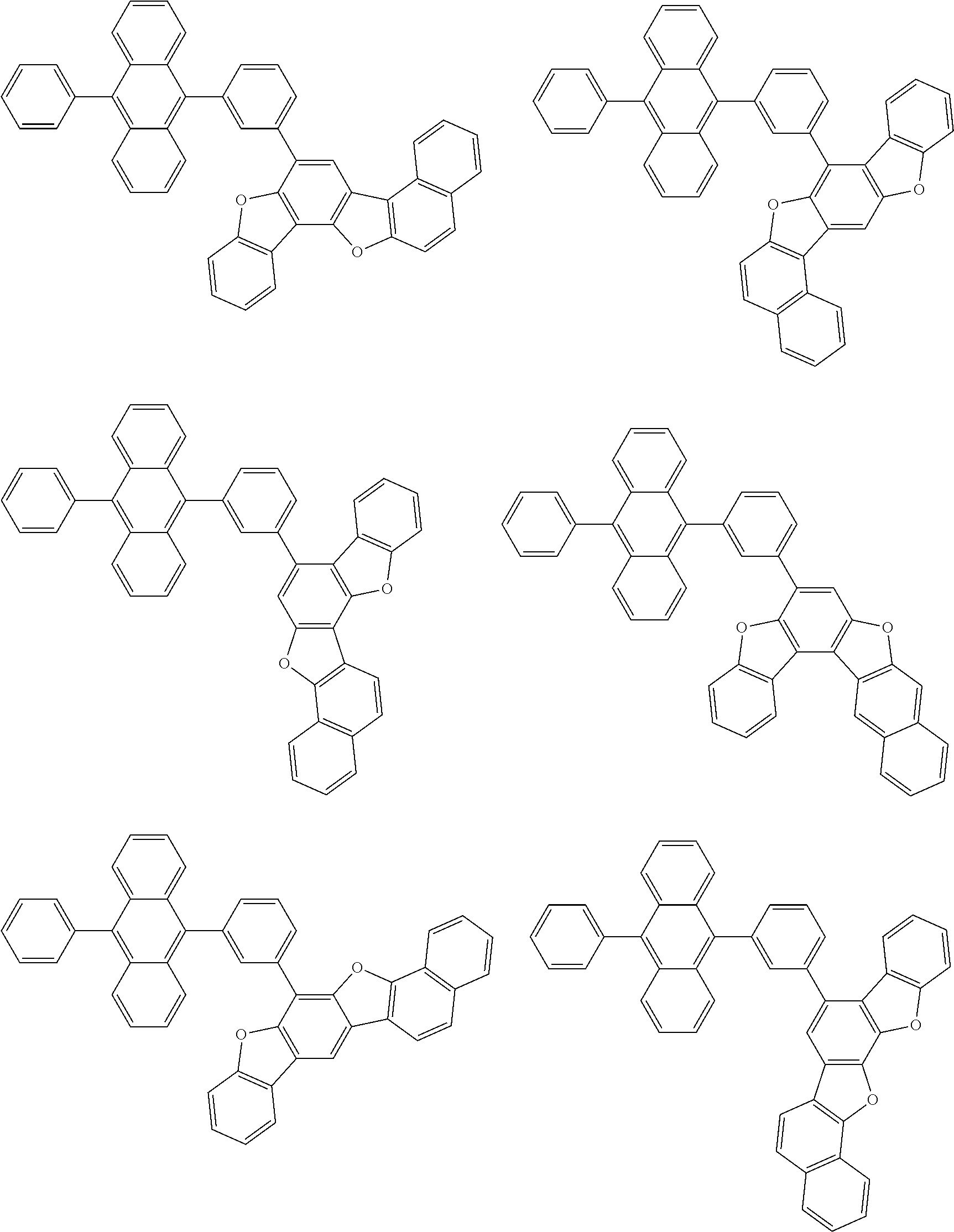
C00232

C00233

C00234

C00235

C00236
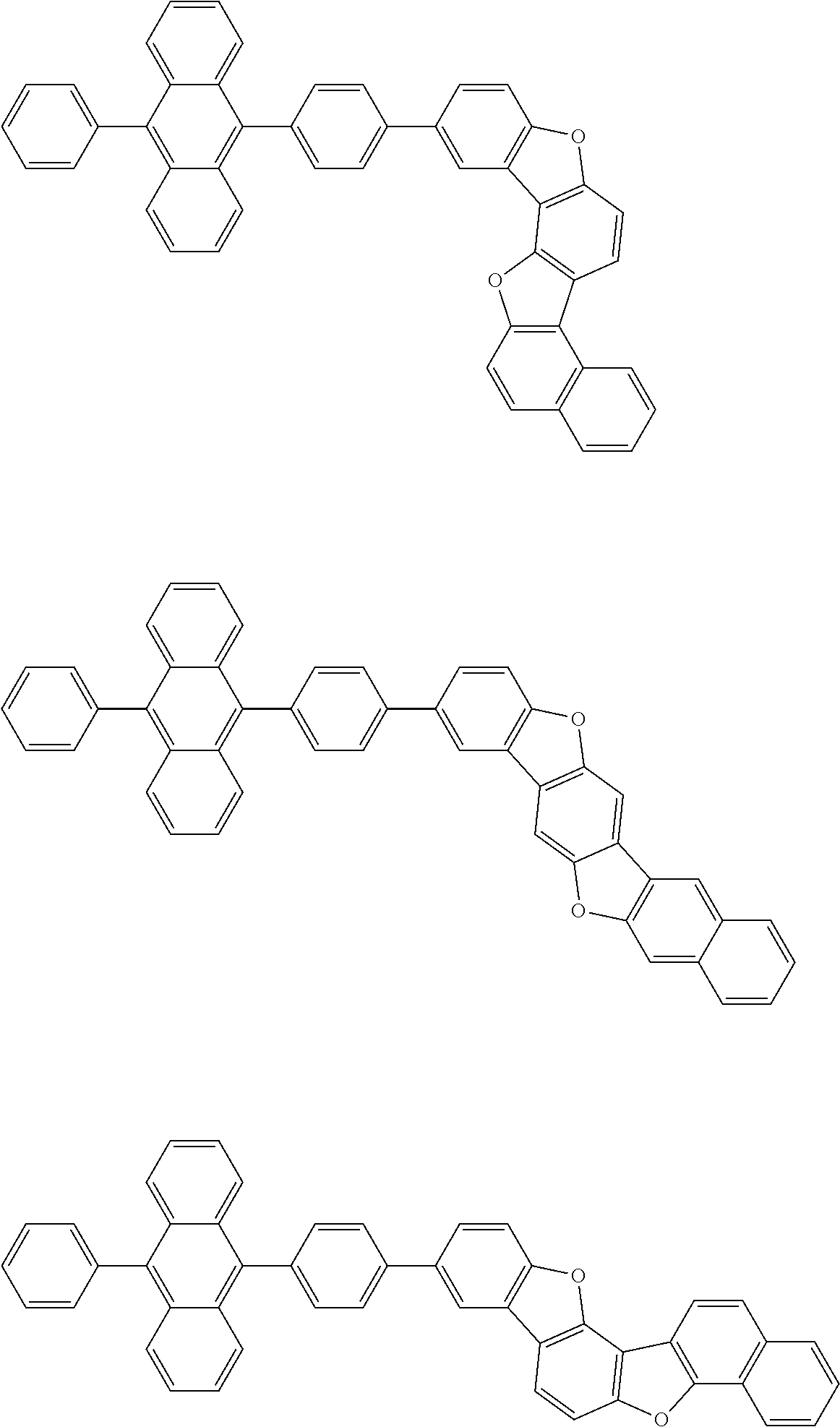
C00237
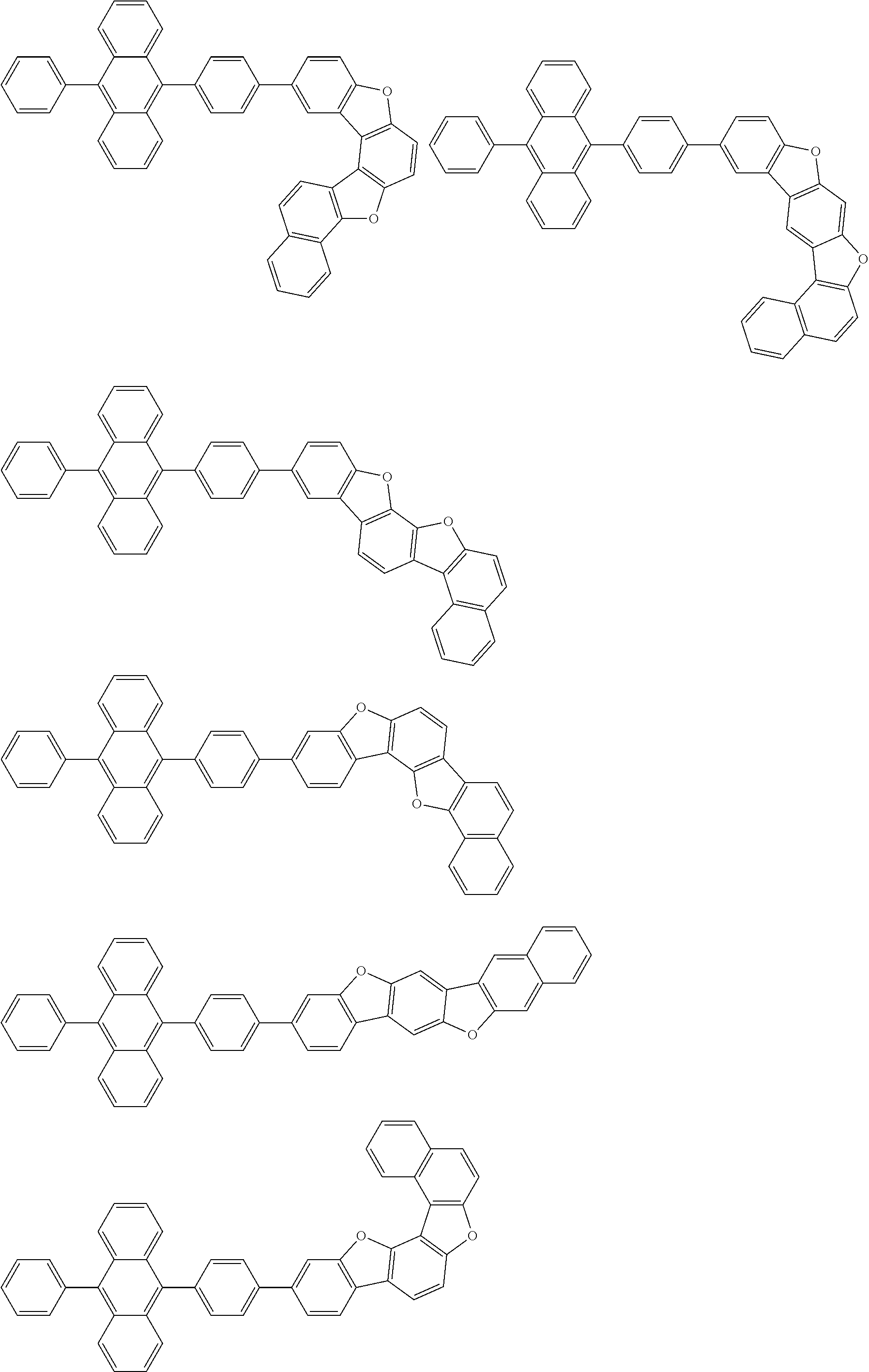
C00238

C00239

C00240

C00241

C00242

C00243
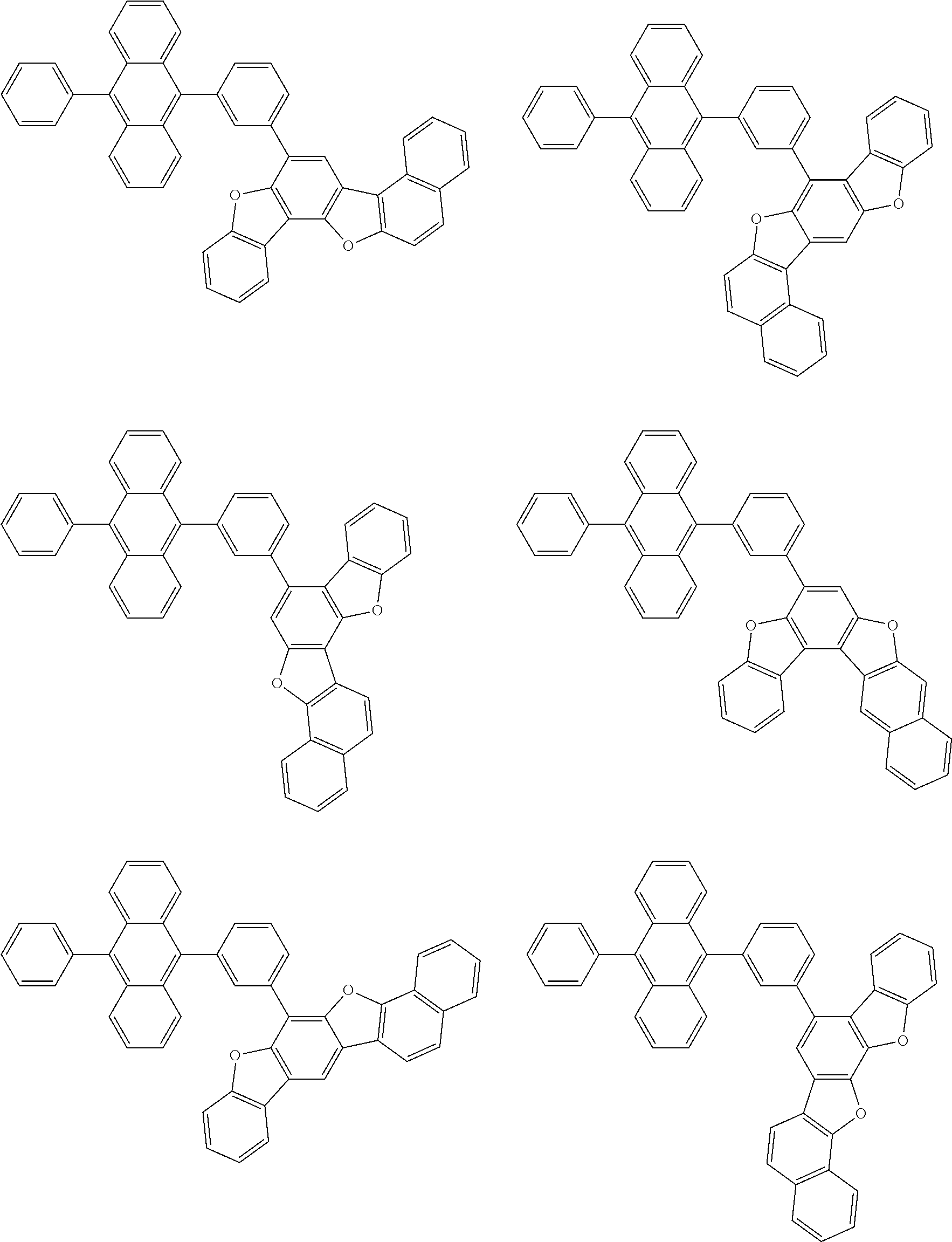
C00244
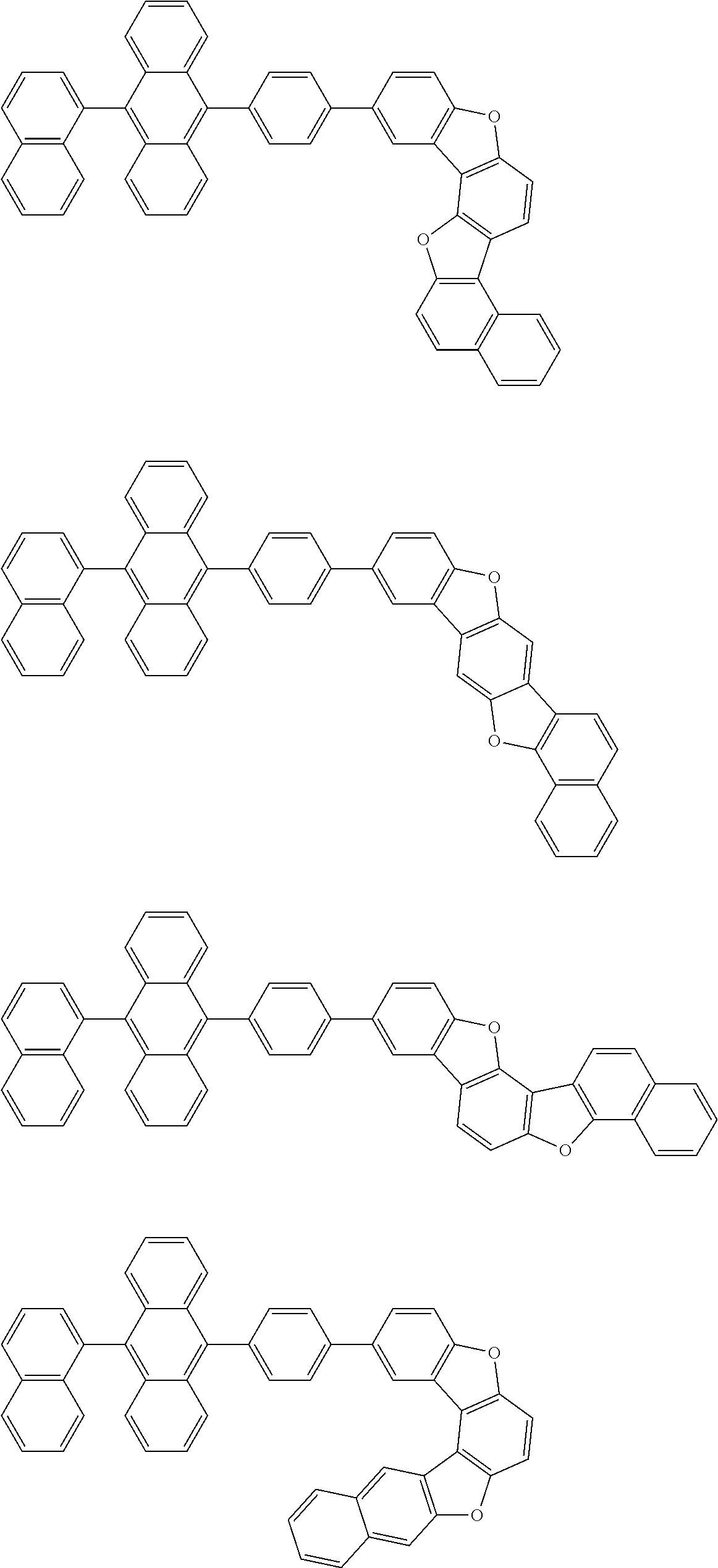
C00245

C00246

C00247

C00248
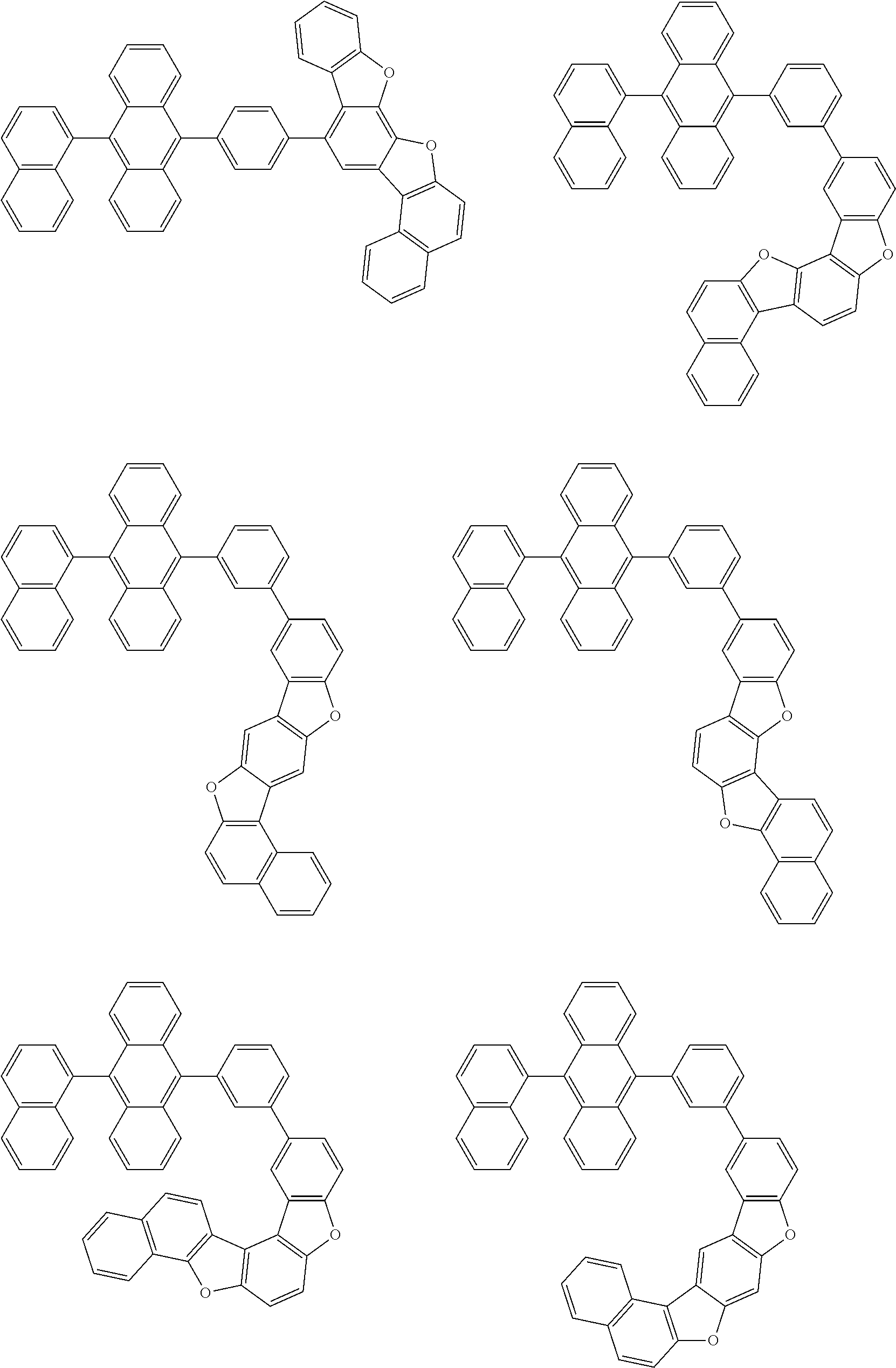
C00249
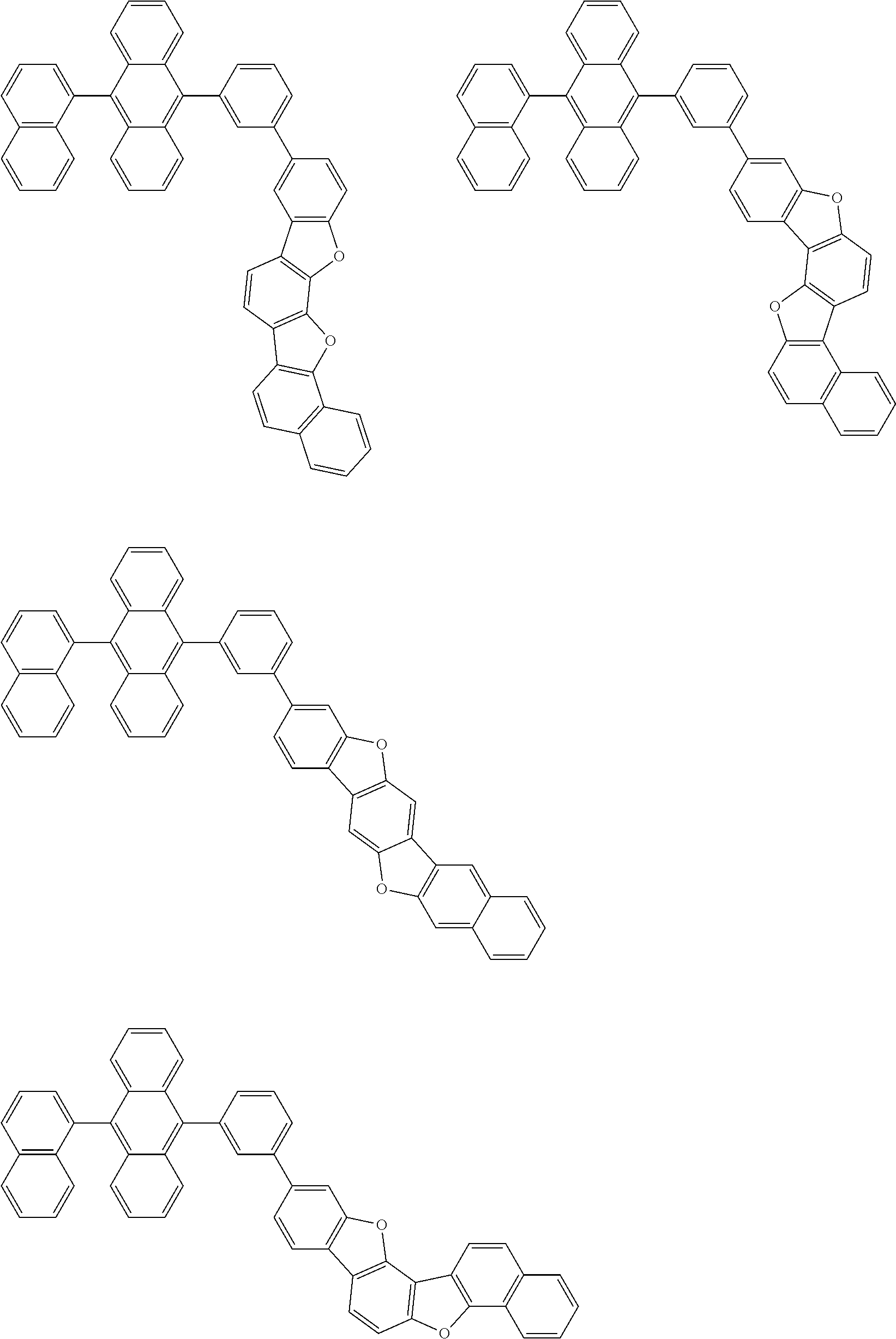
C00250

C00251

C00252

C00253

C00254

C00255

C00256

C00257

C00258
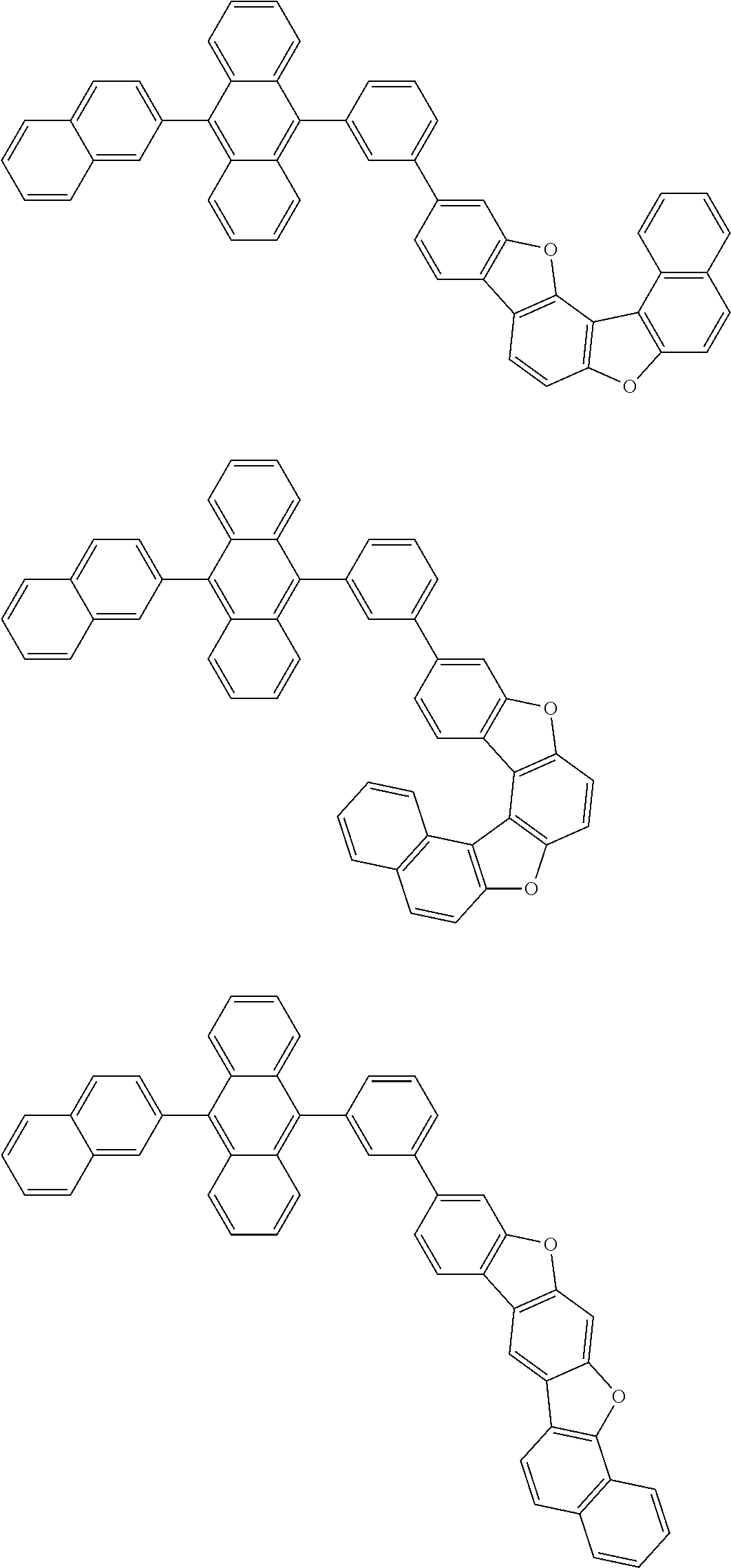
C00259

C00260

C00261

C00262
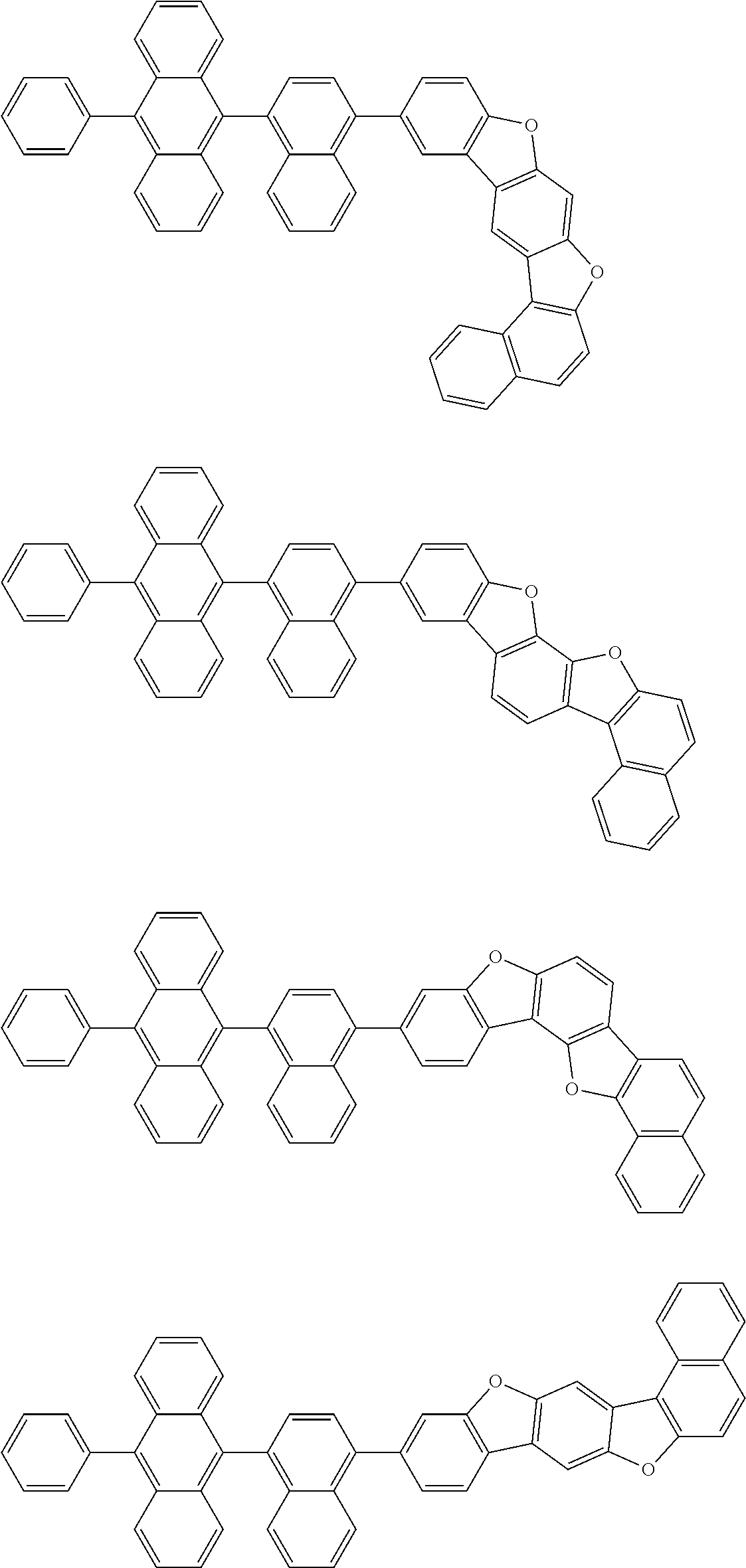
C00263

C00264

C00265

C00266

C00267

C00268

C00269
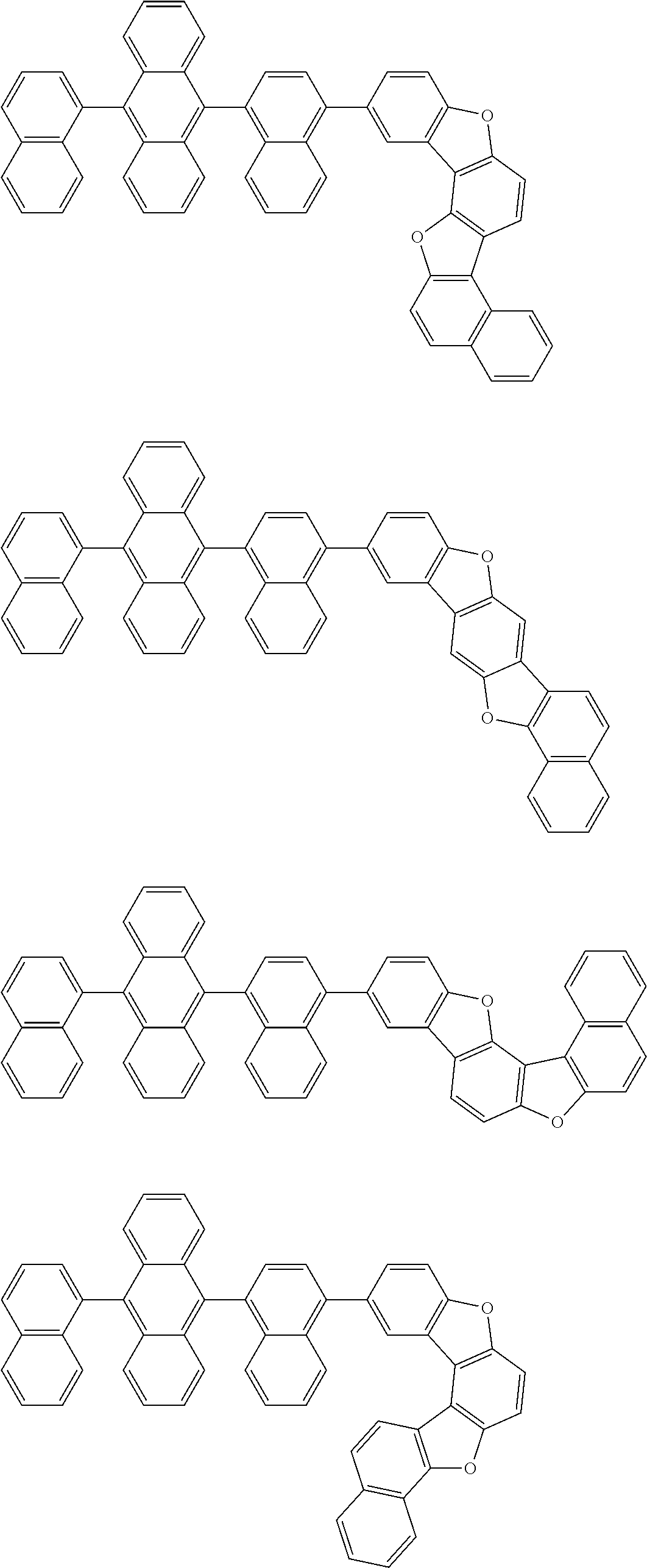
C00270

C00271

C00272
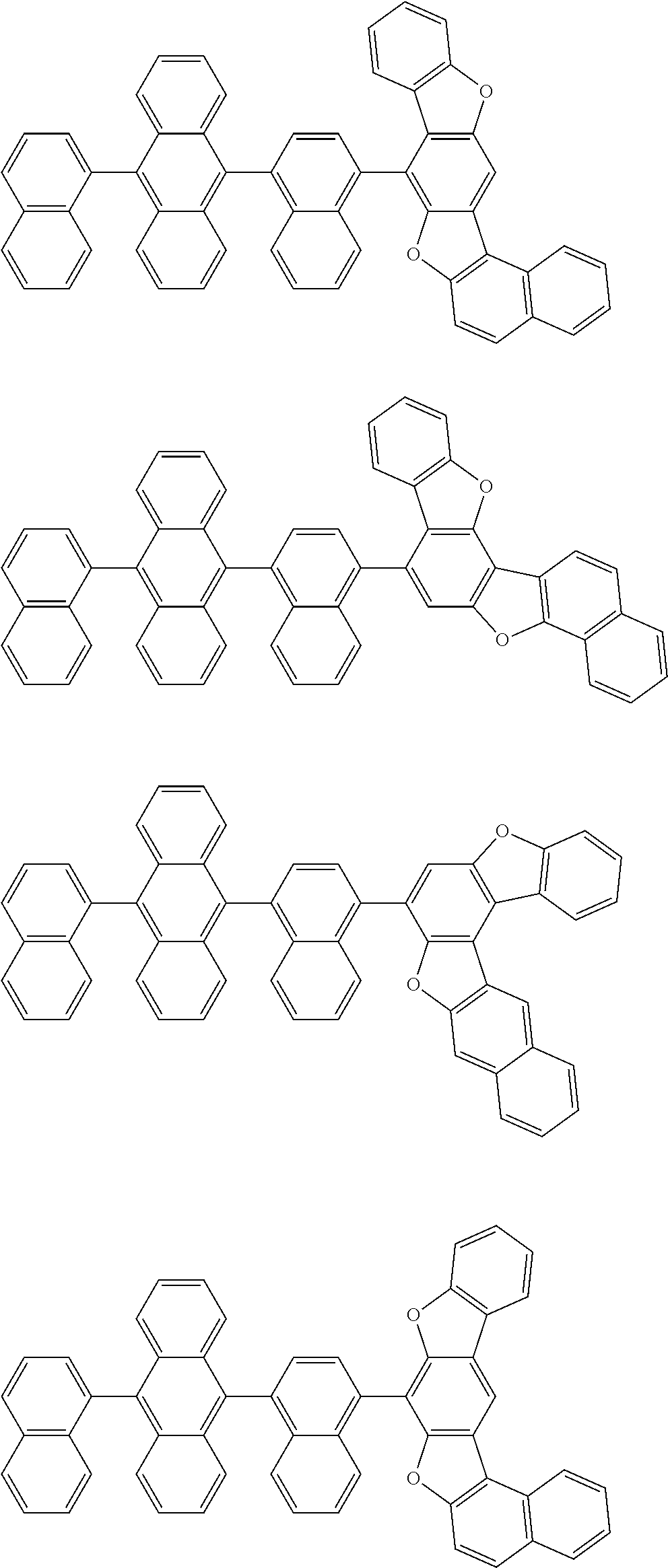
C00273

C00274
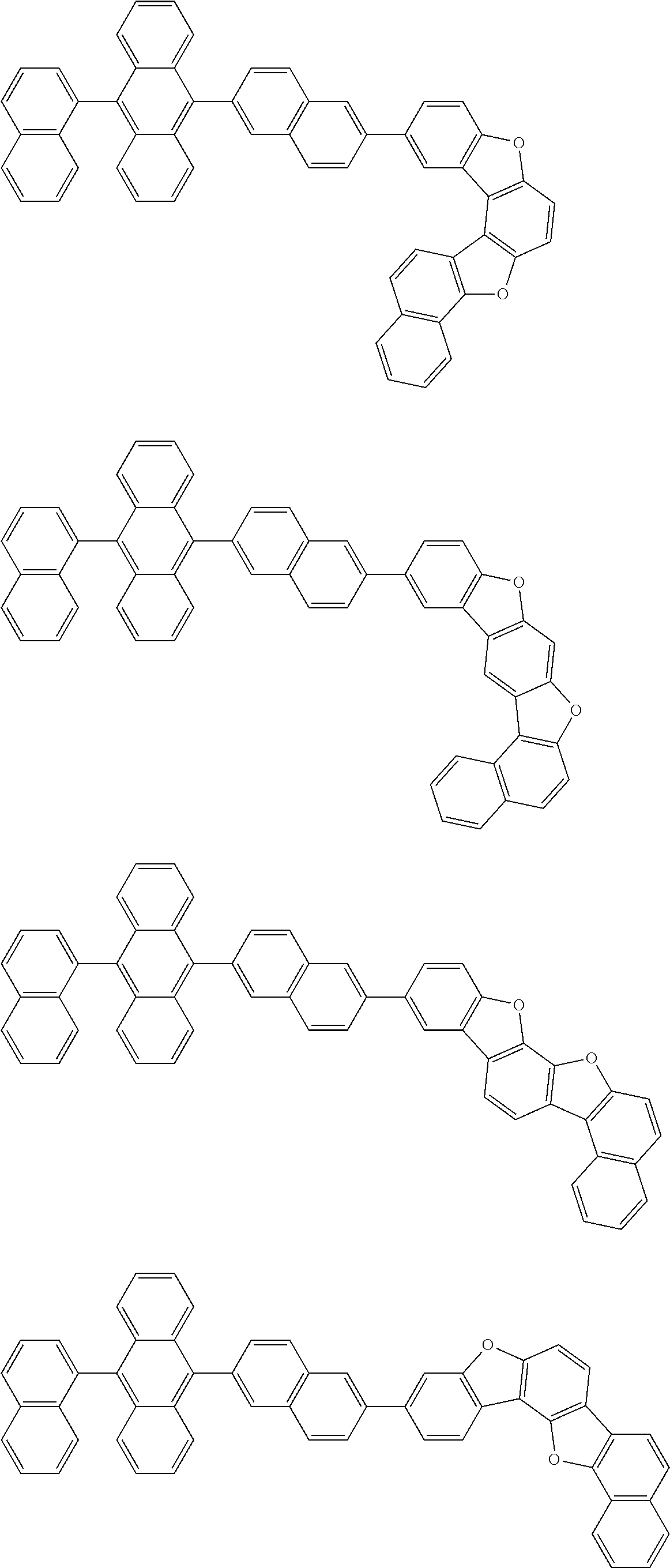
C00275

C00276

C00277

C00278

C00279

C00280

C00281

C00282
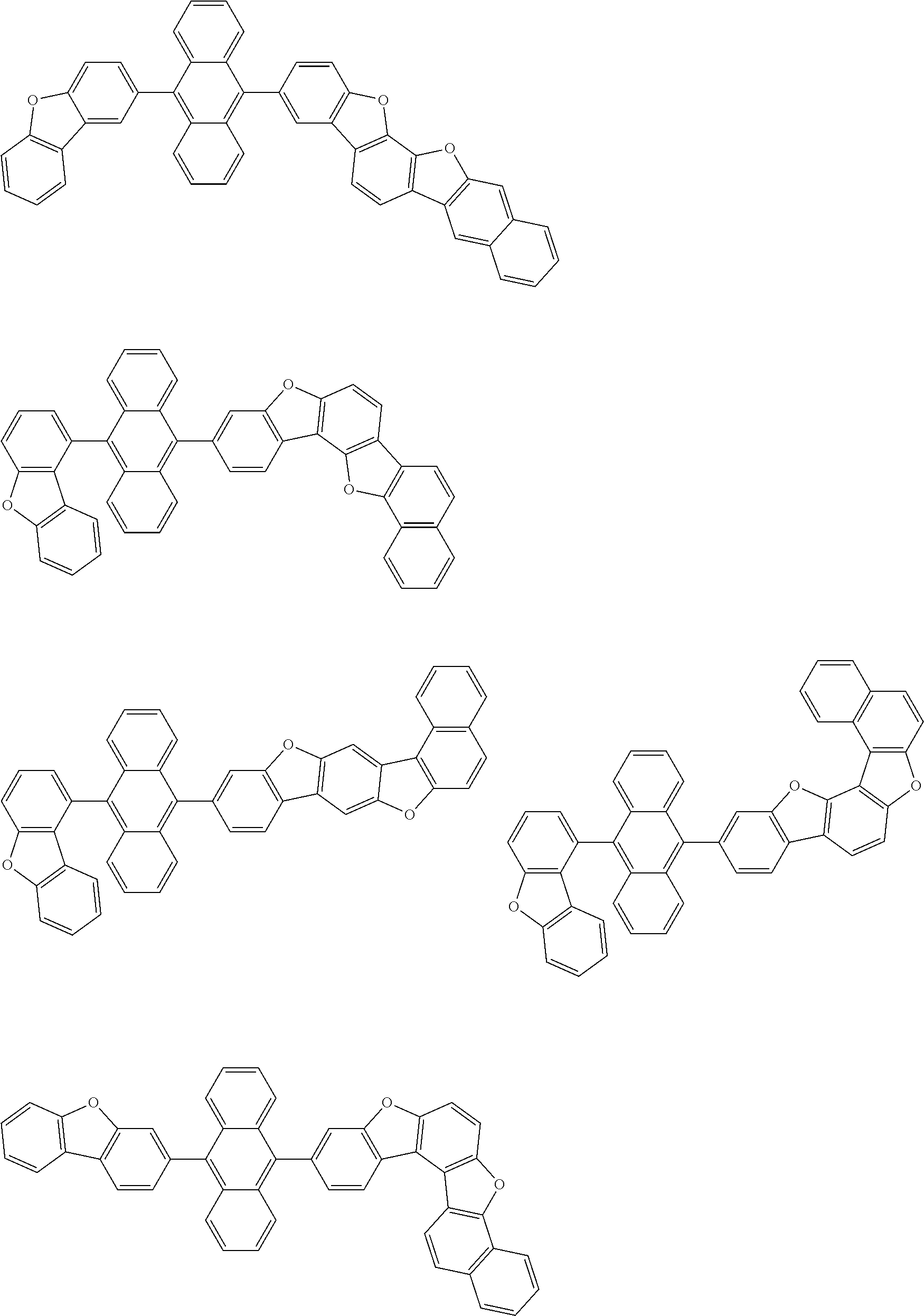
C00283

C00284

C00285

C00286

C00287

C00288

C00289

C00290

C00291

C00292

C00293

C00294
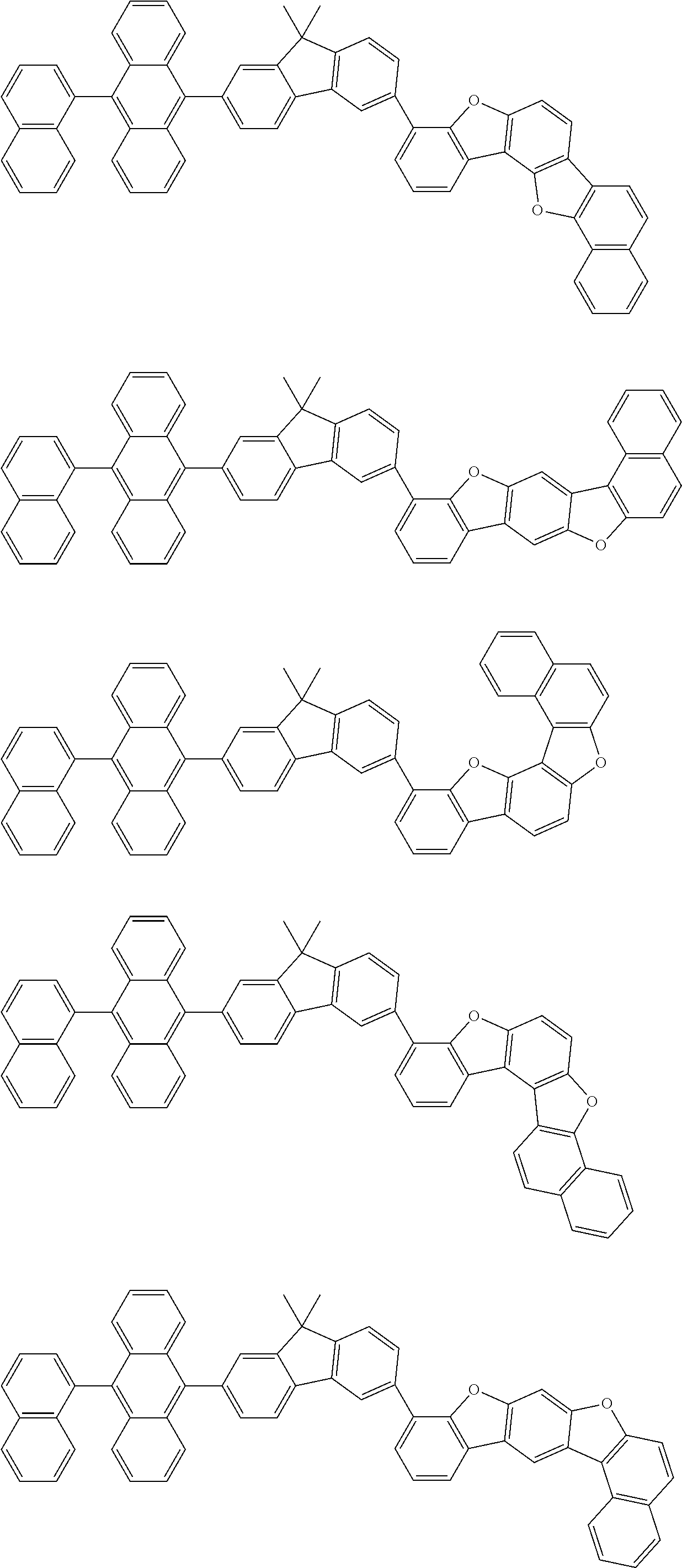
C00295
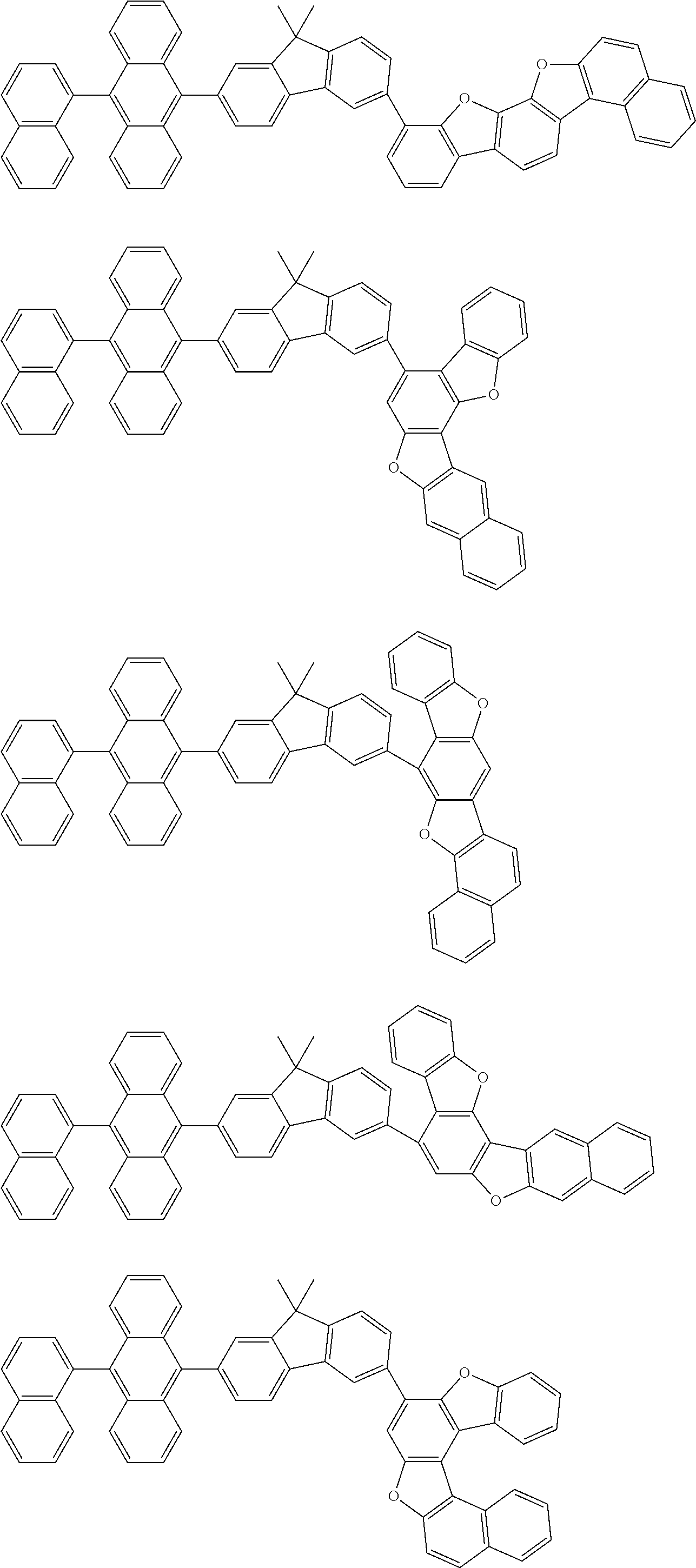
C00296

C00297

C00298

C00299

C00300

C00301

C00302

C00303
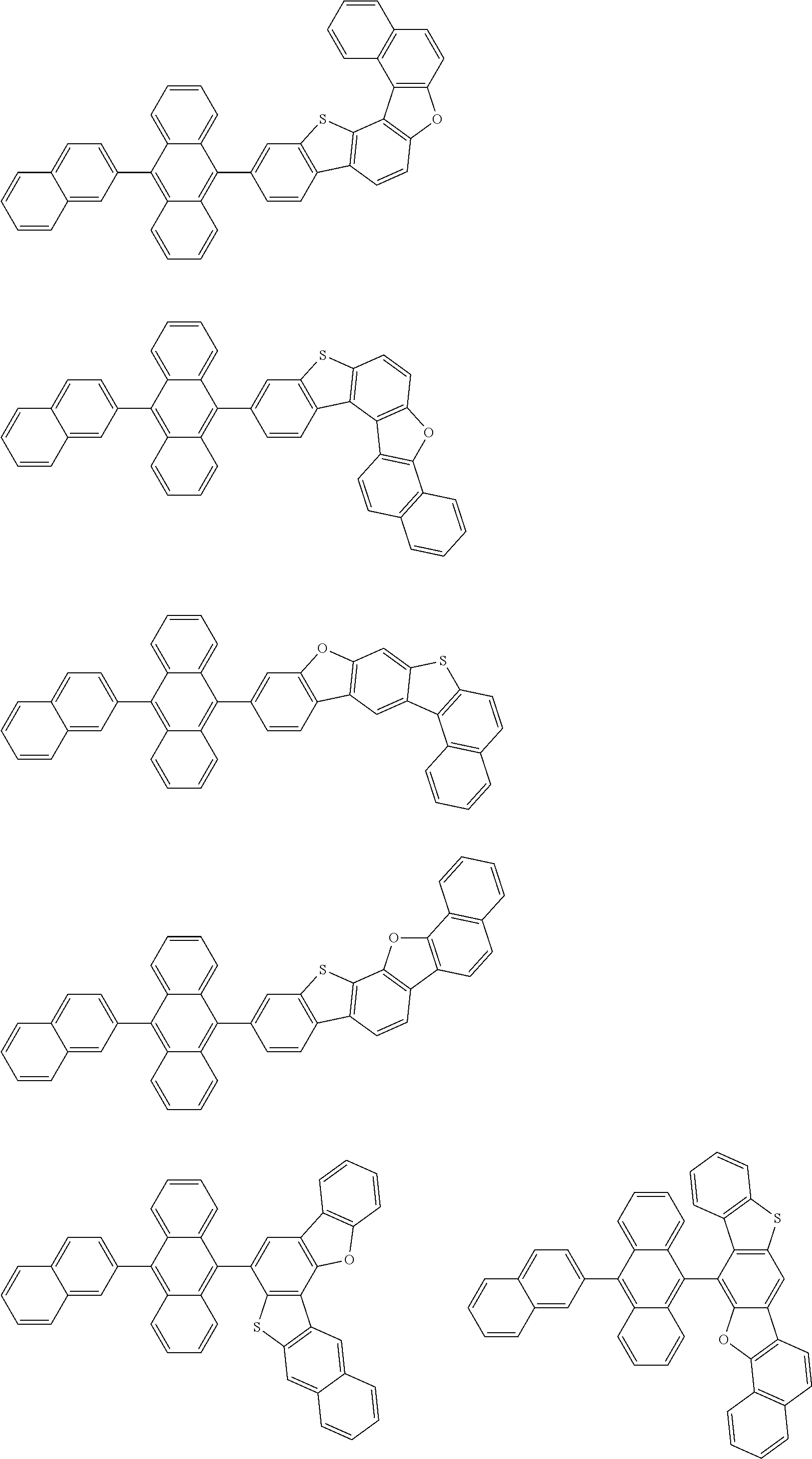
C00304

C00305

C00306

C00307

C00308

C00309

C00310
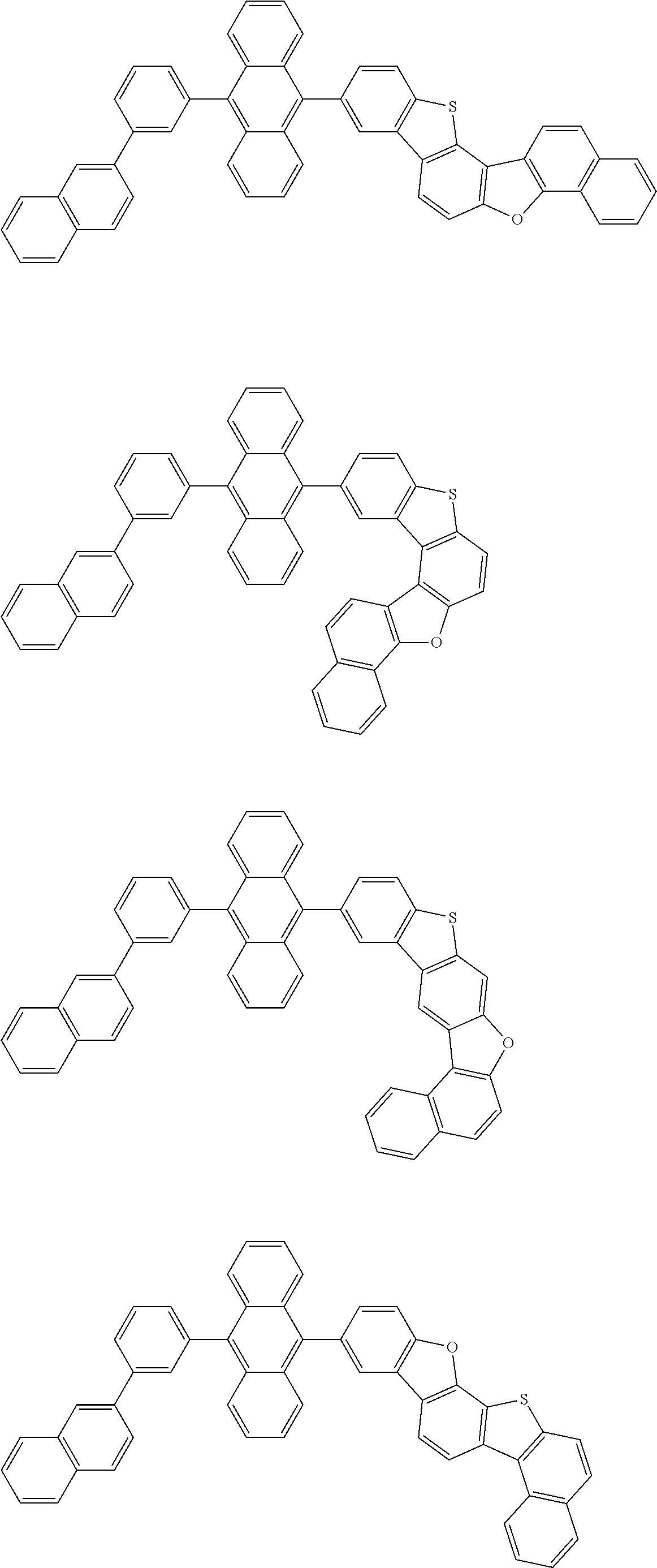
C00311
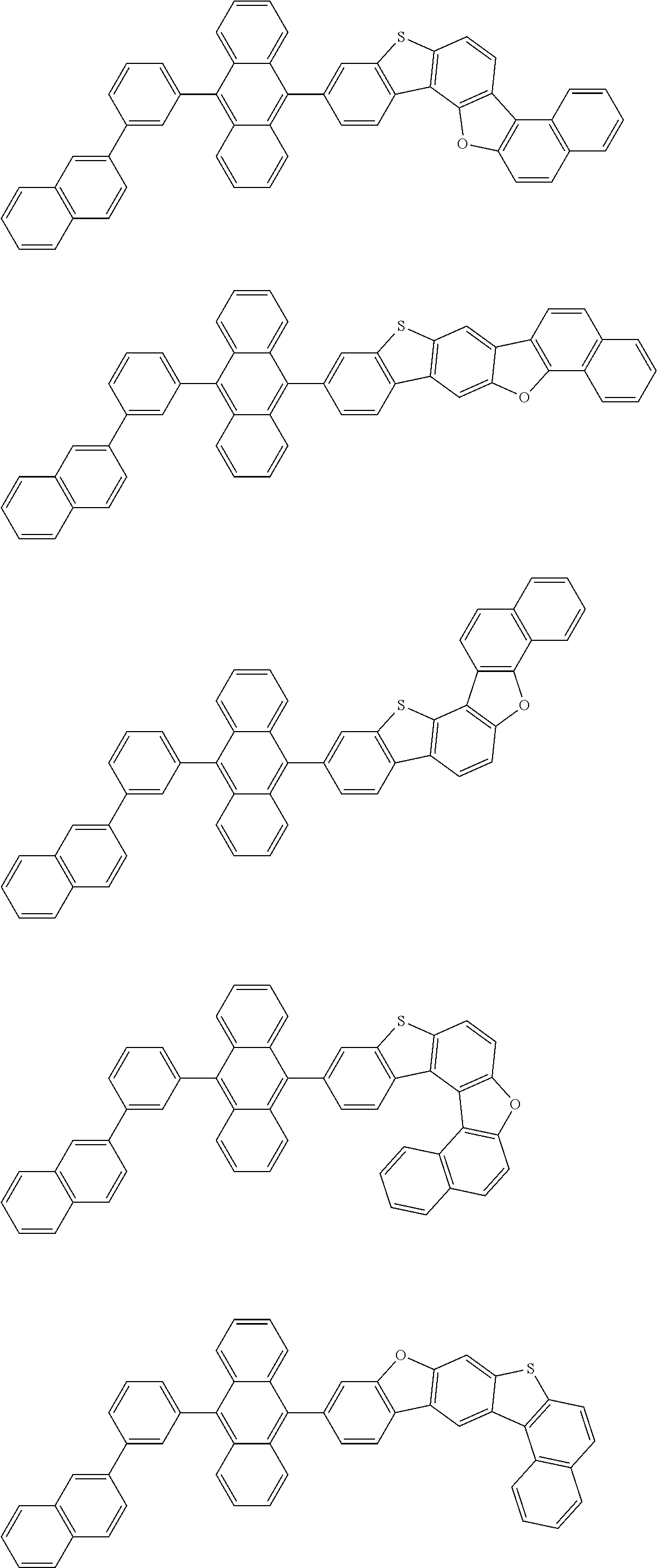
C00312

C00313

C00314

C00315

C00316

C00317

C00318

C00319

C00320

C00321

C00322

C00323
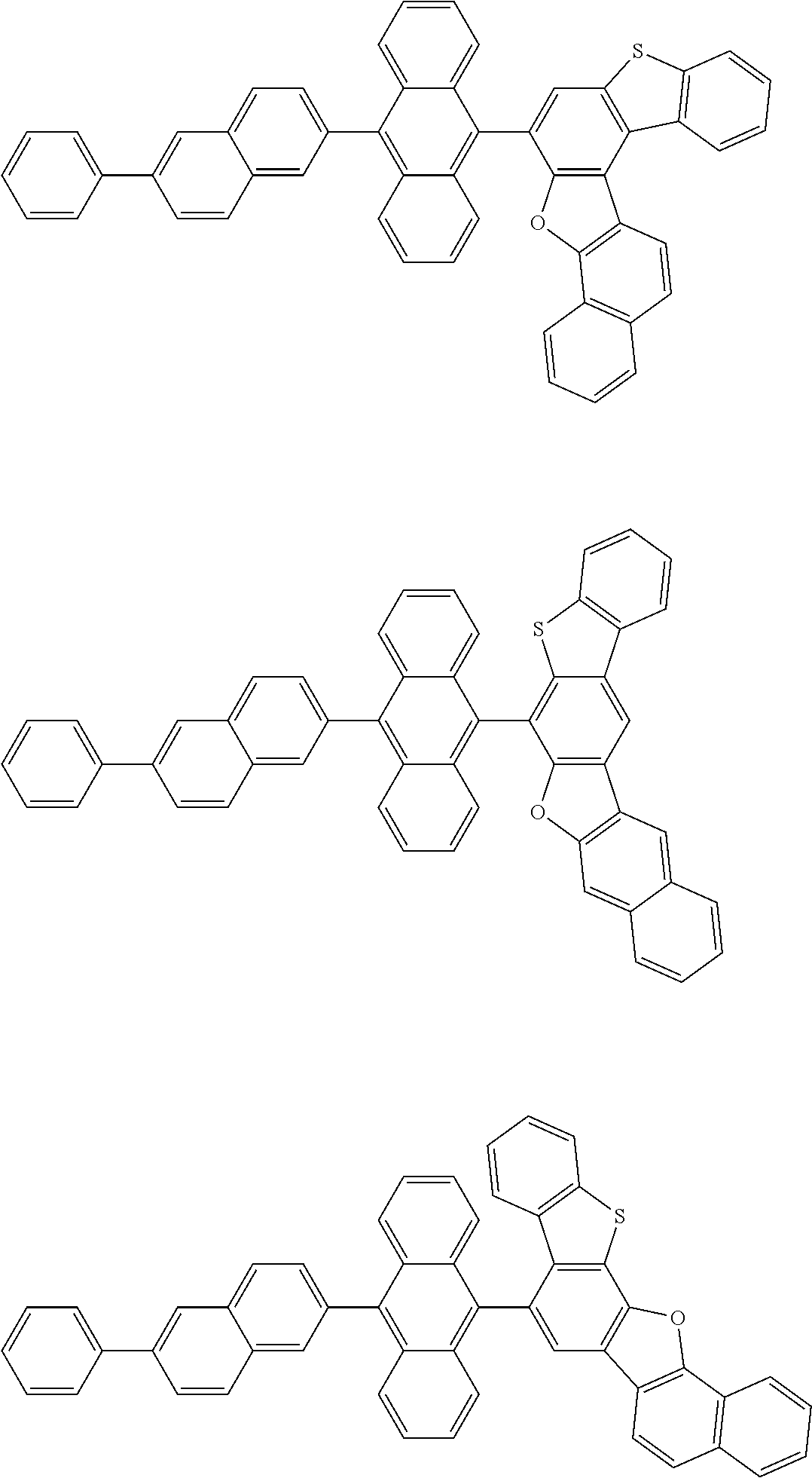
C00324

C00325

C00326

C00327

C00328

C00329

C00330

C00331

C00332

C00333

C00334
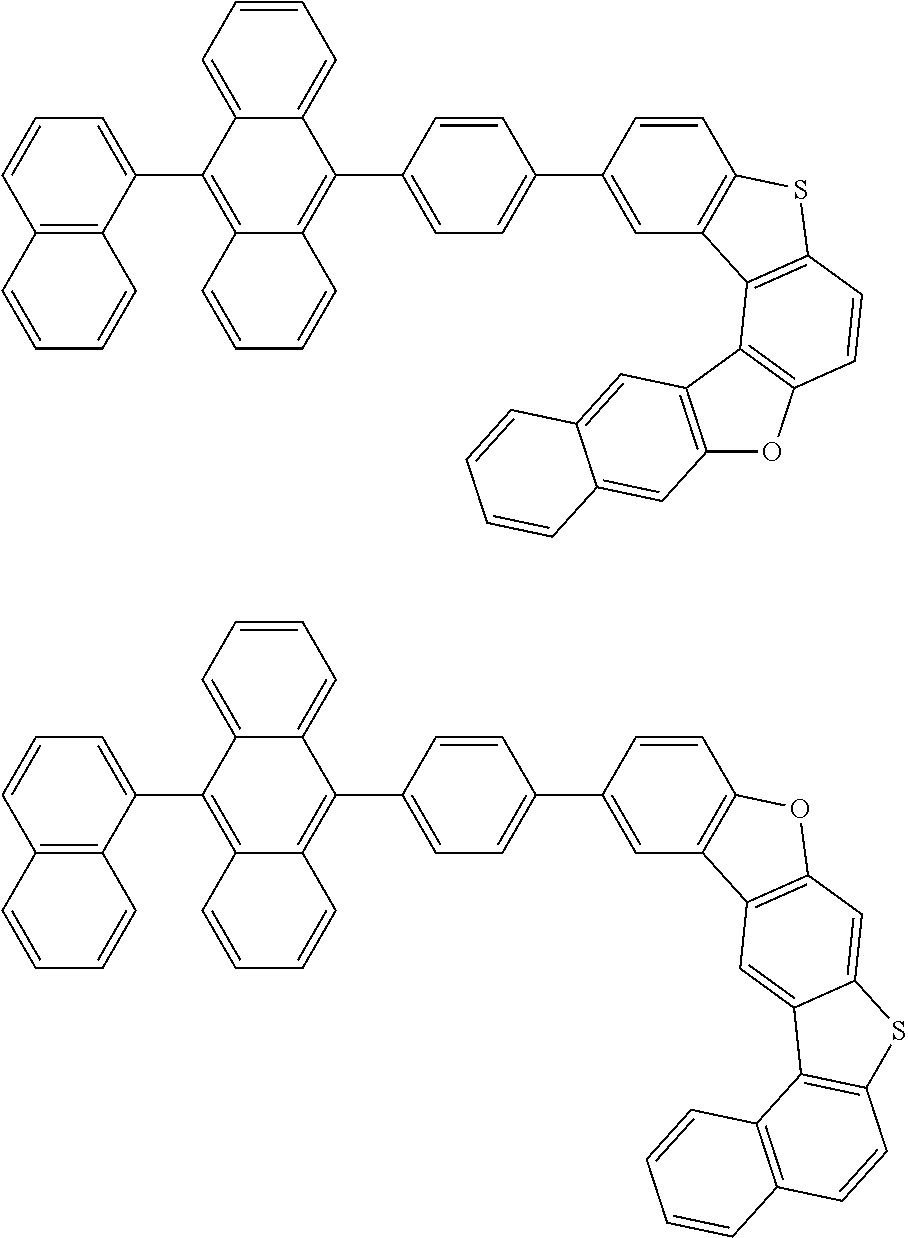
C00335

C00336

C00337

C00338

C00339

C00340

C00341

C00342

C00343

C00344

C00345

C00346

C00347

C00348

C00349

C00350
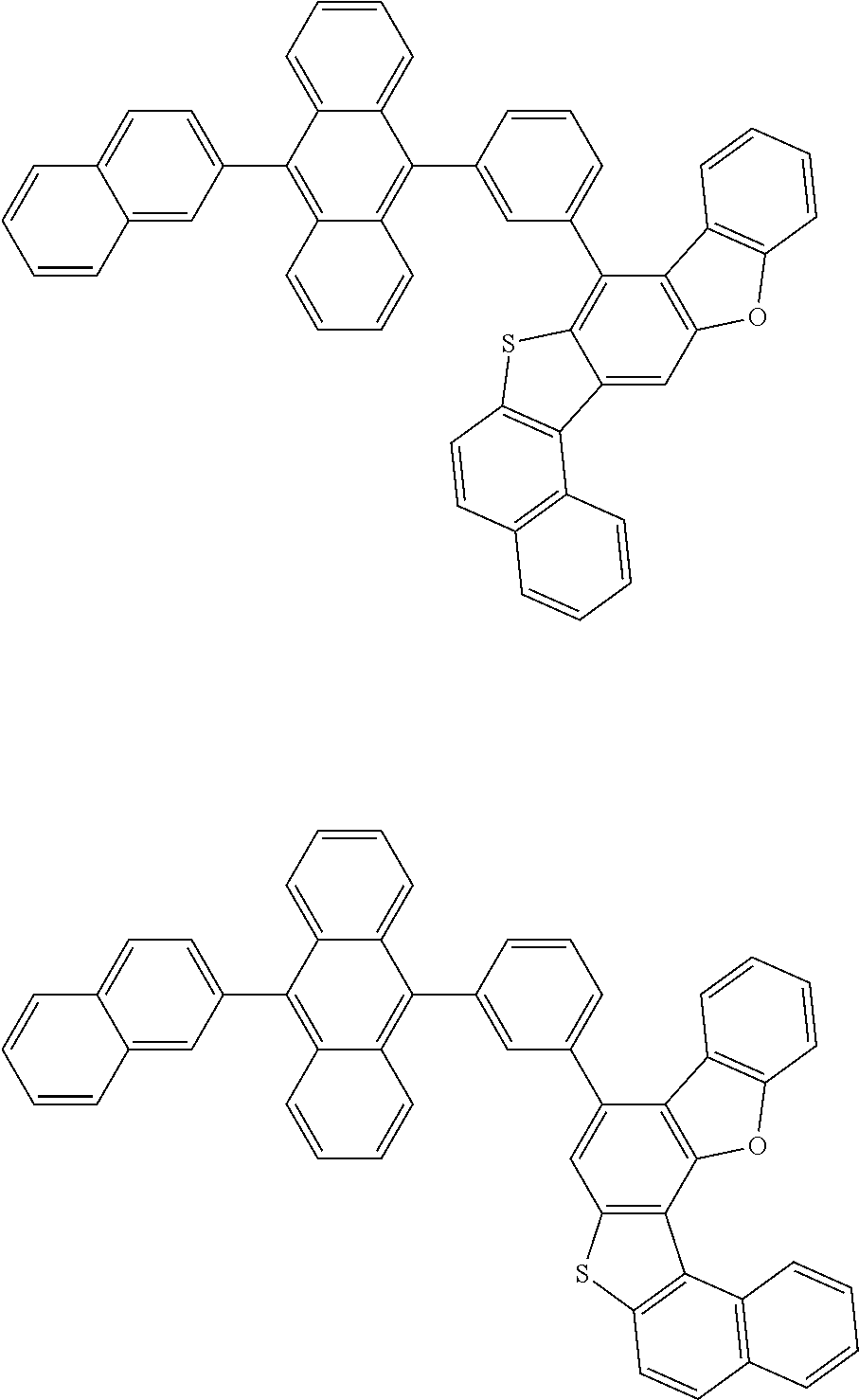
C00351
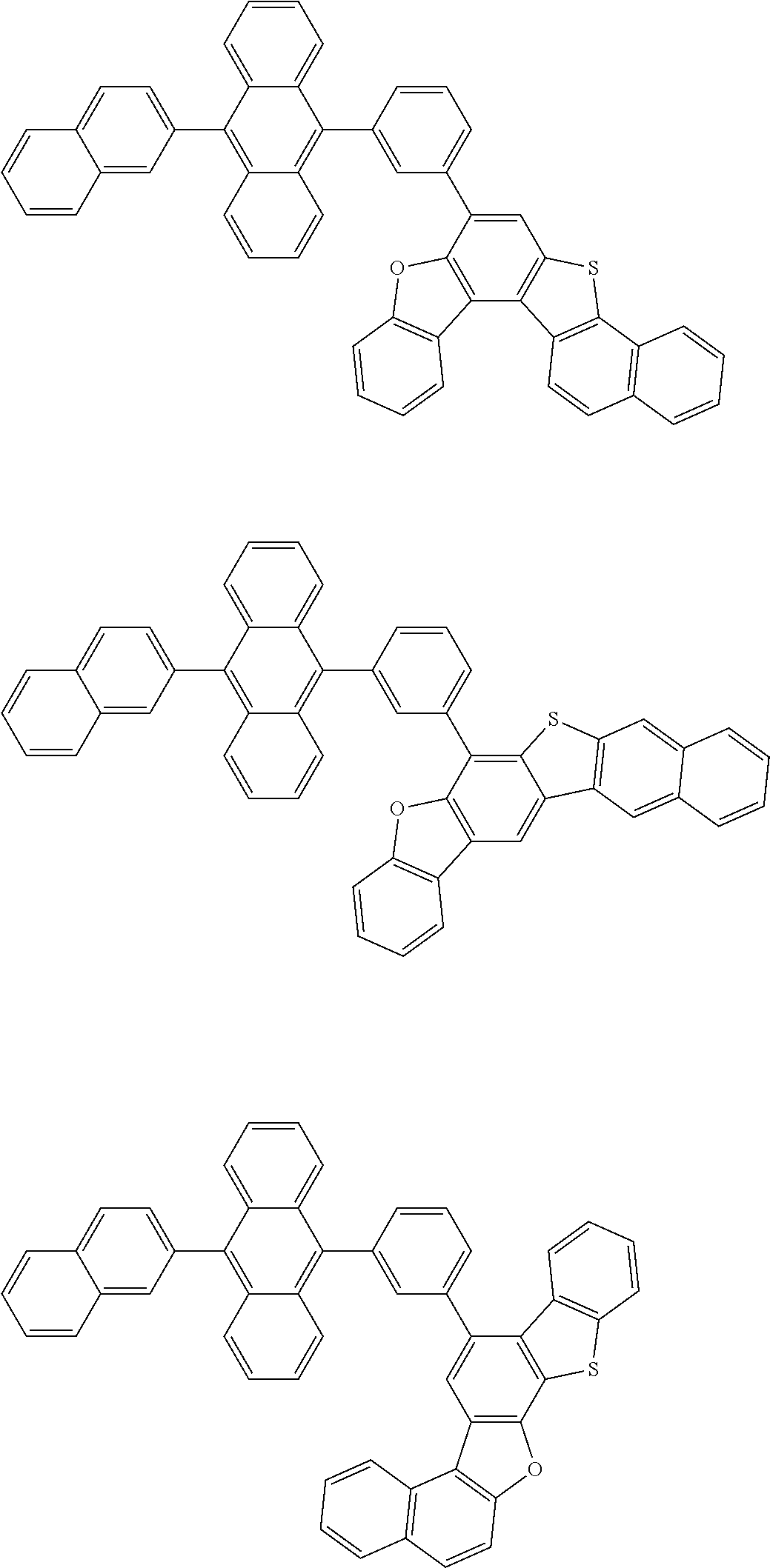
C00352

C00353
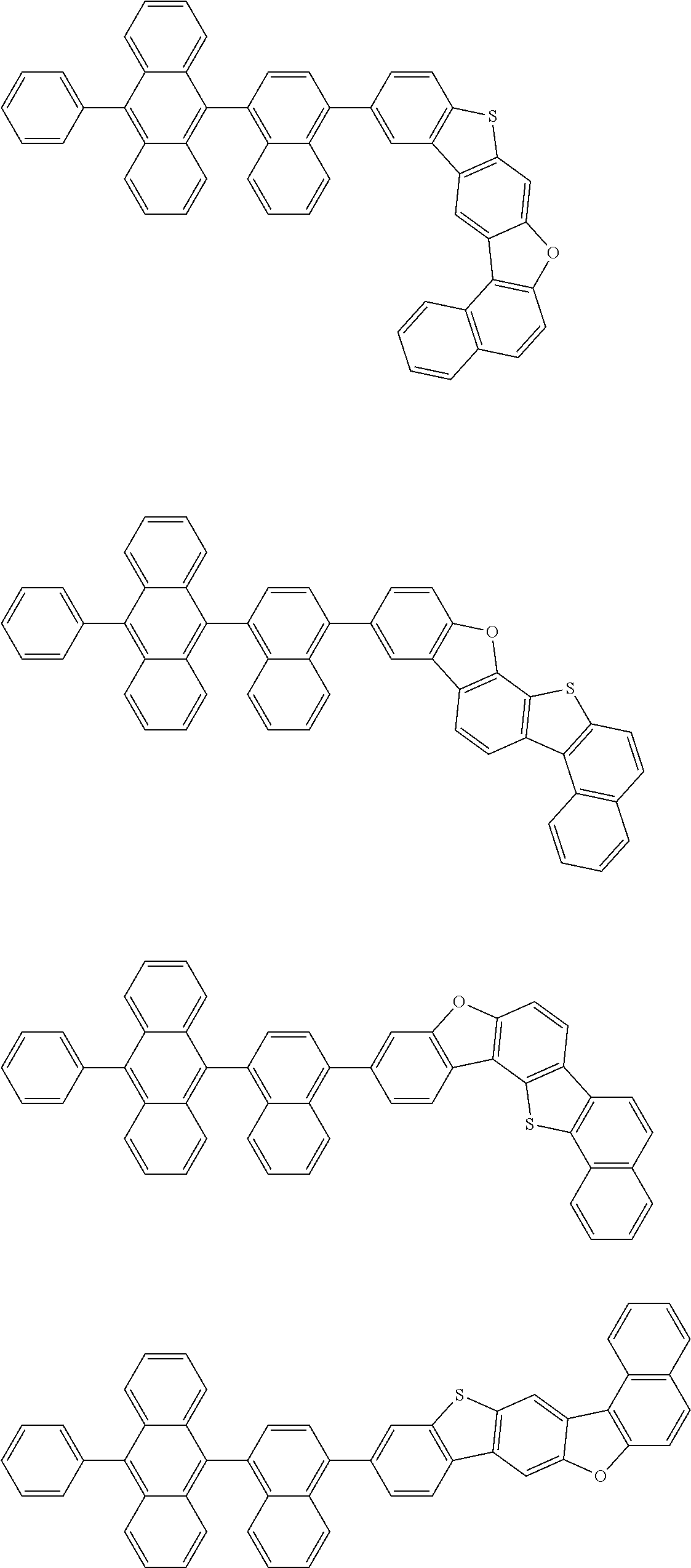
C00354

C00355

C00356

C00357

C00358

C00359

C00360

C00361
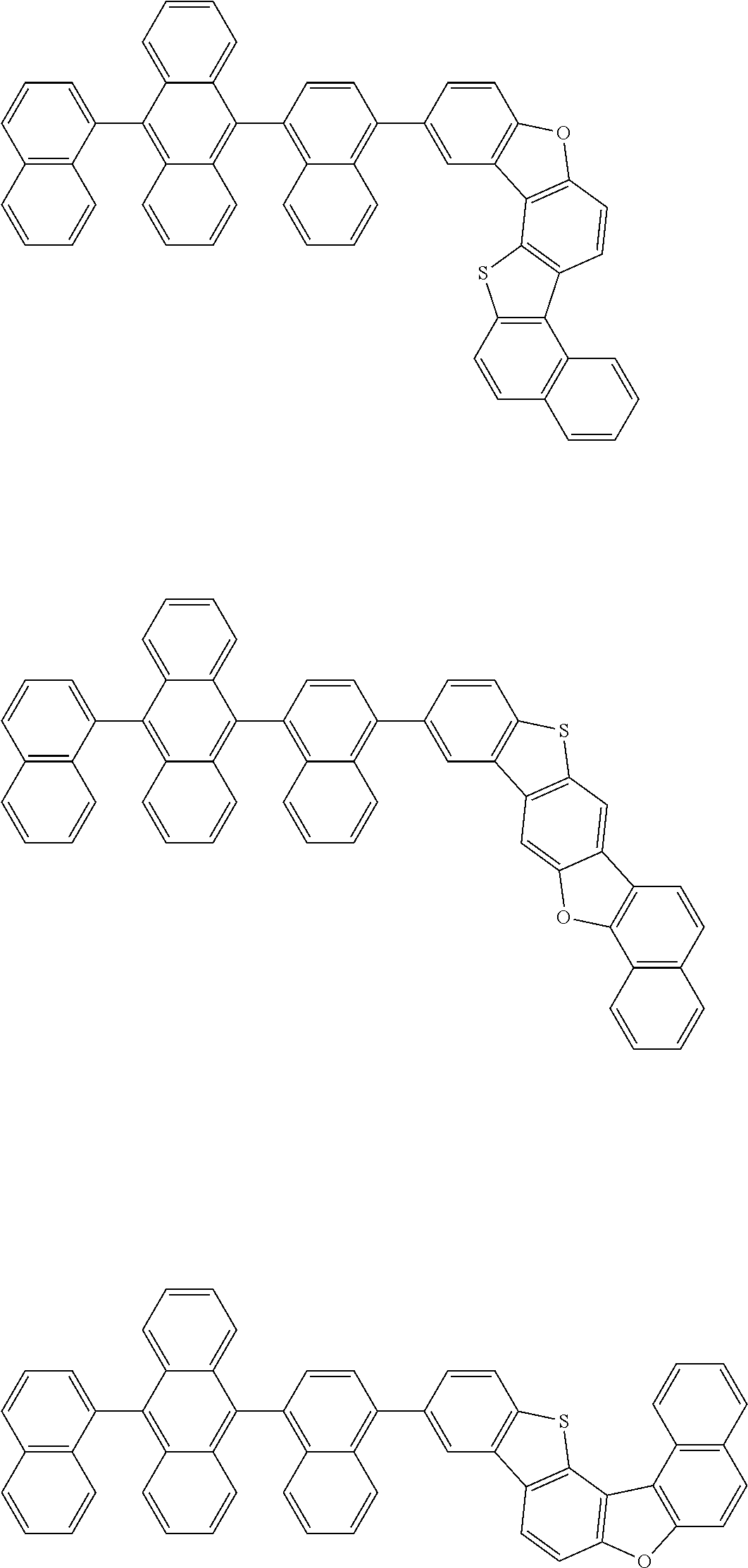
C00362

C00363

C00364

C00365

C00366

C00367

C00368

C00369

C00370

C00371

C00372
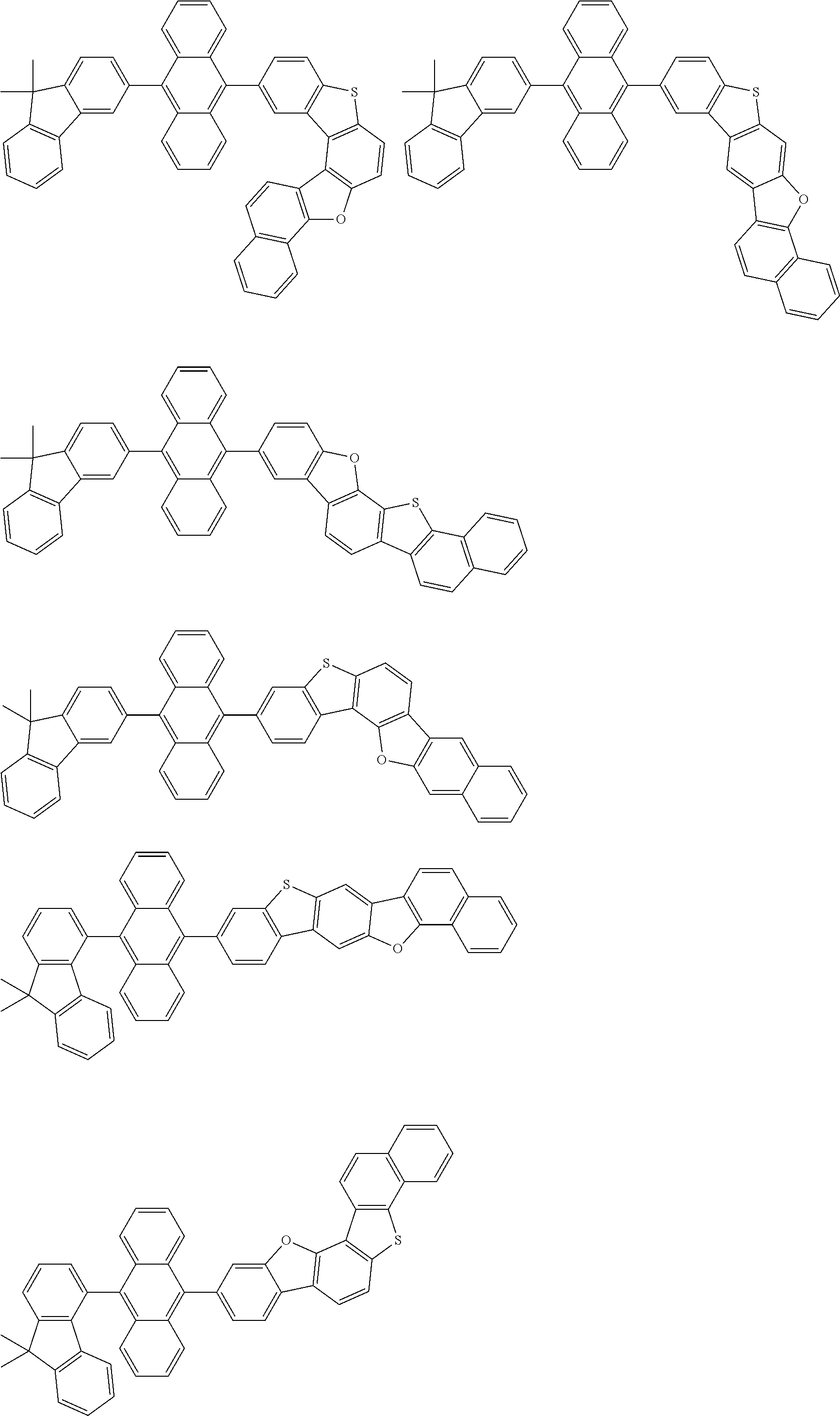
C00373

C00374

C00375

C00376

C00377

C00378

C00379

C00380
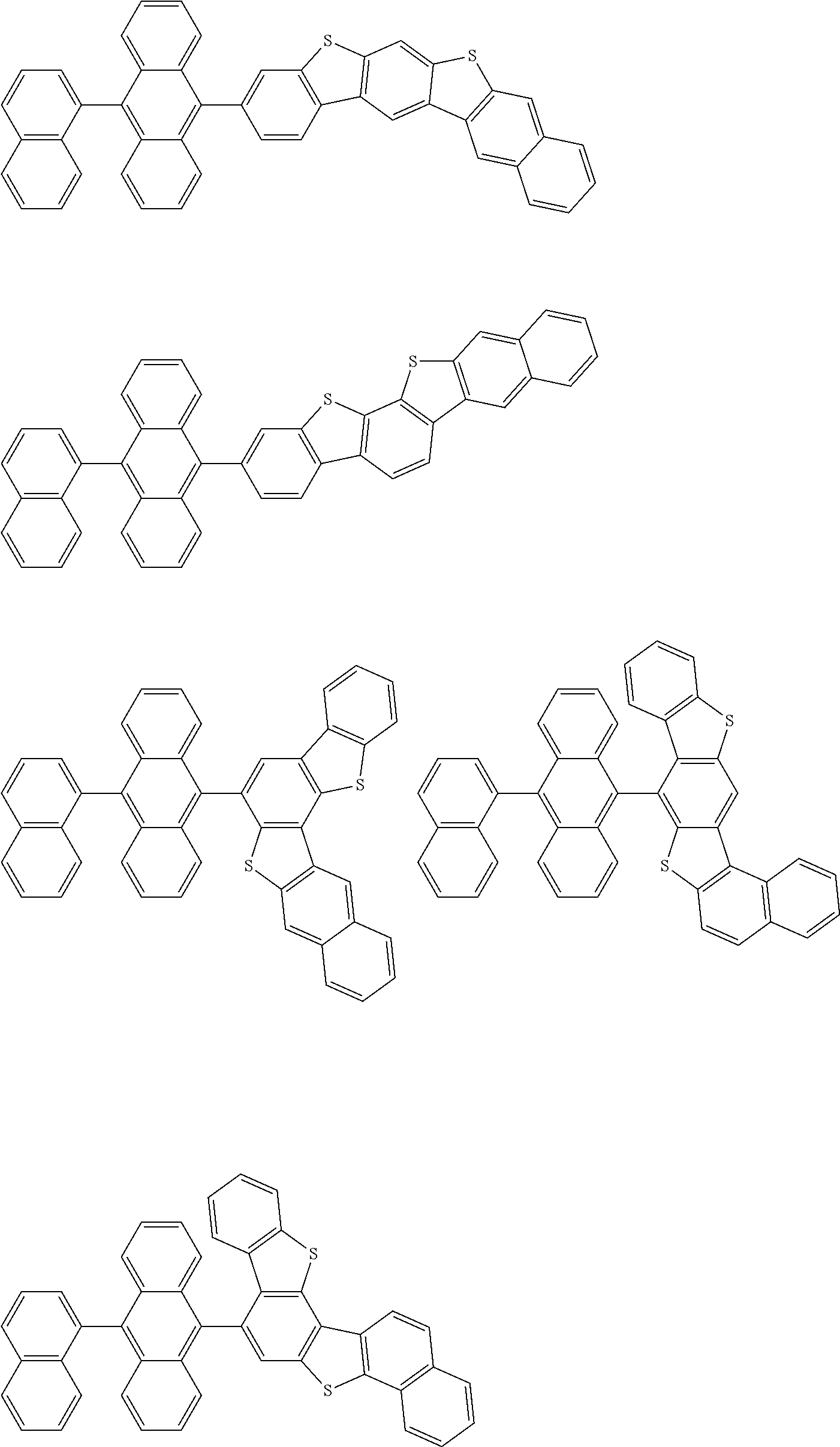
C00381
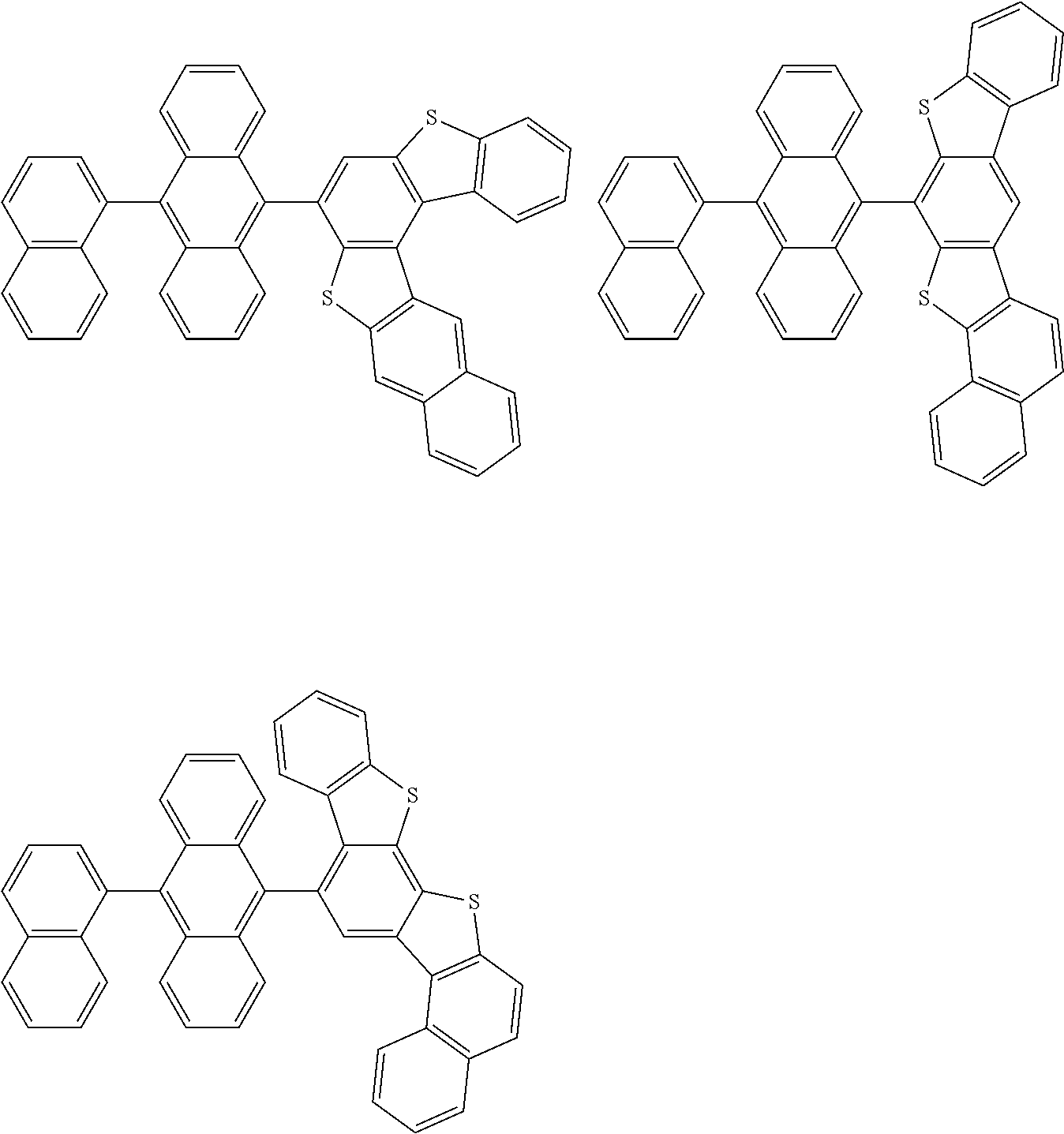
C00382

C00383

C00384

C00385

C00386

C00387

C00388

C00389

C00390

C00391

C00392

C00393

C00394

C00395

C00396

C00397

C00398
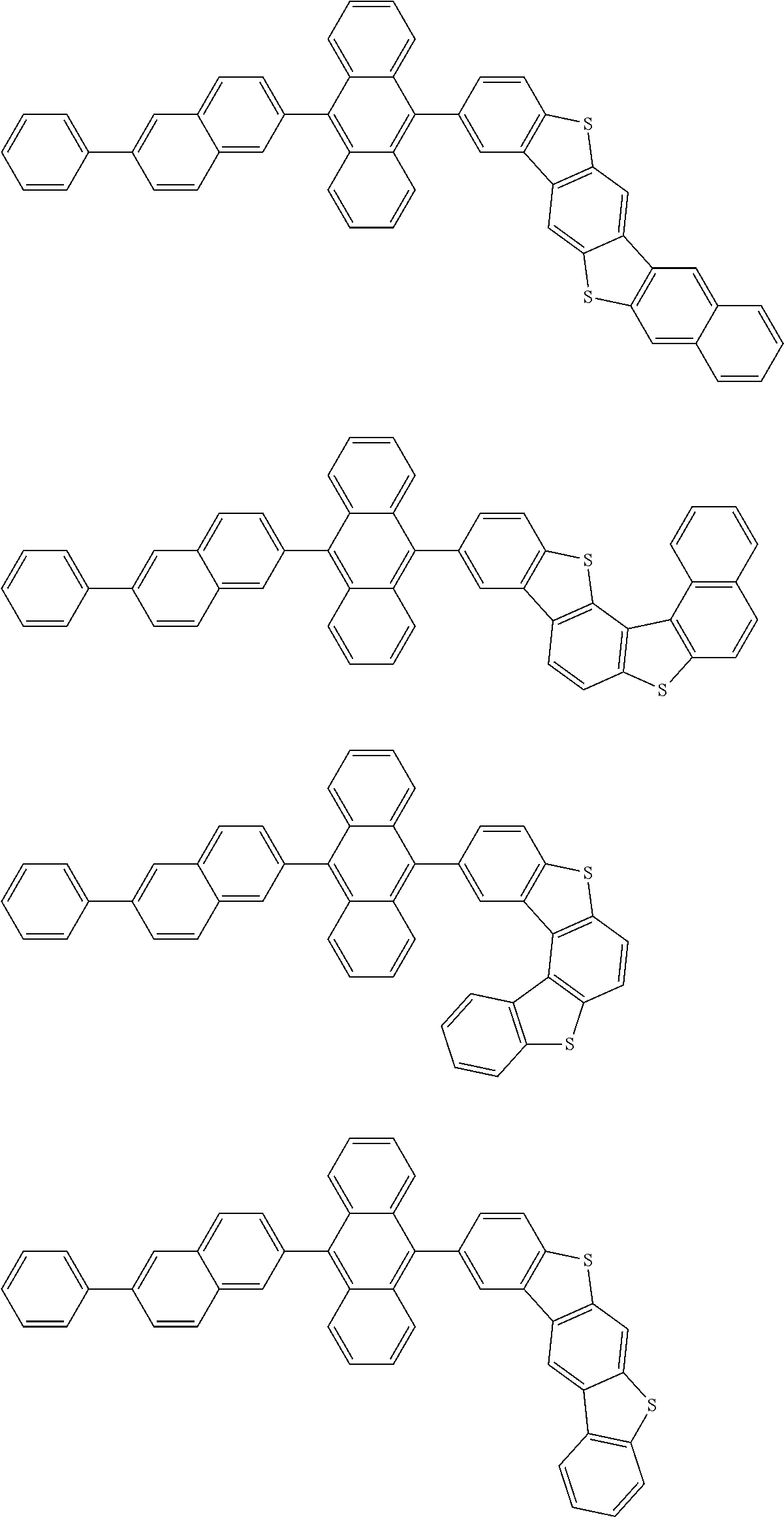
C00399
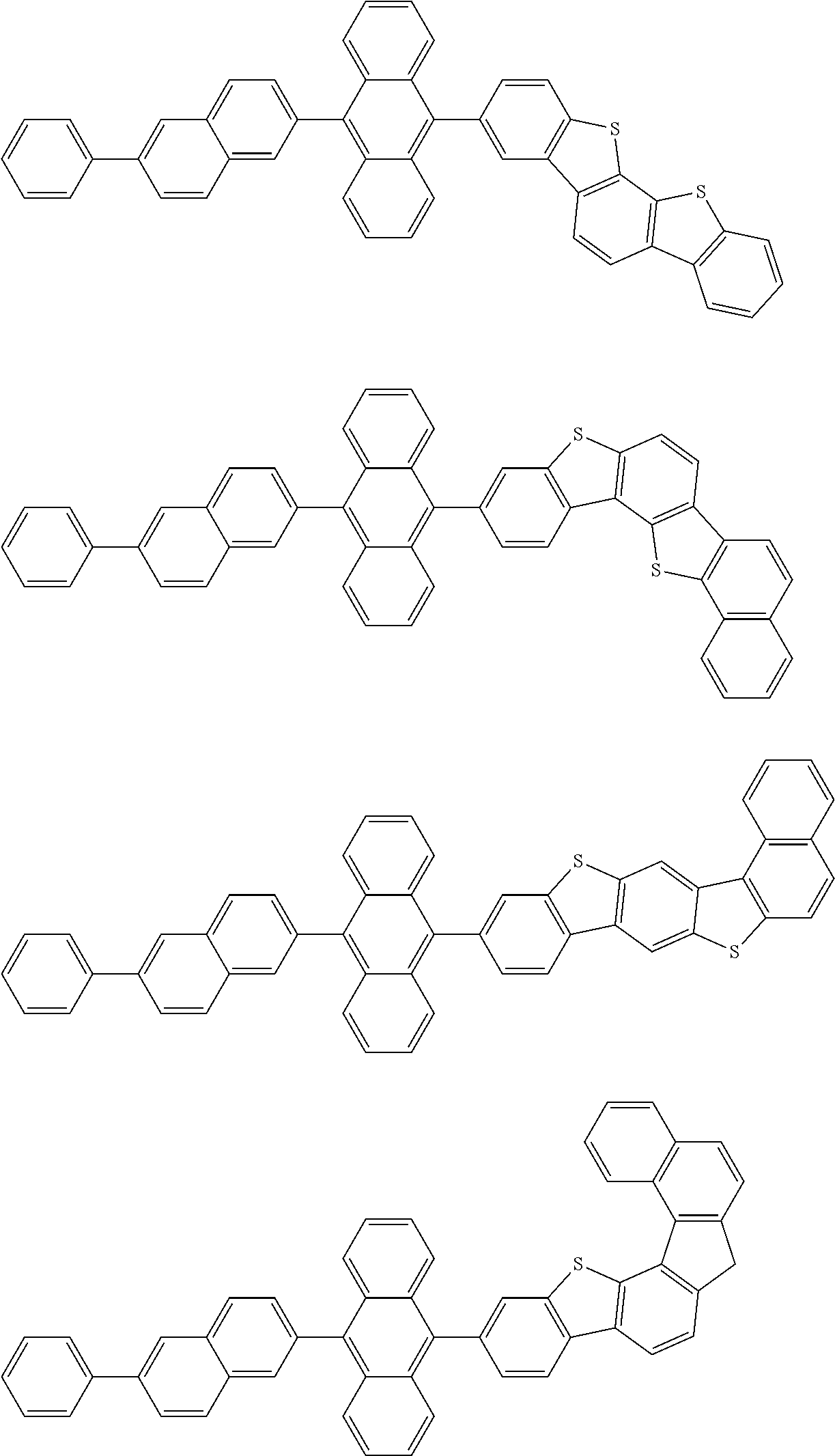
C00400

C00401

C00402

C00403

C00404

C00405
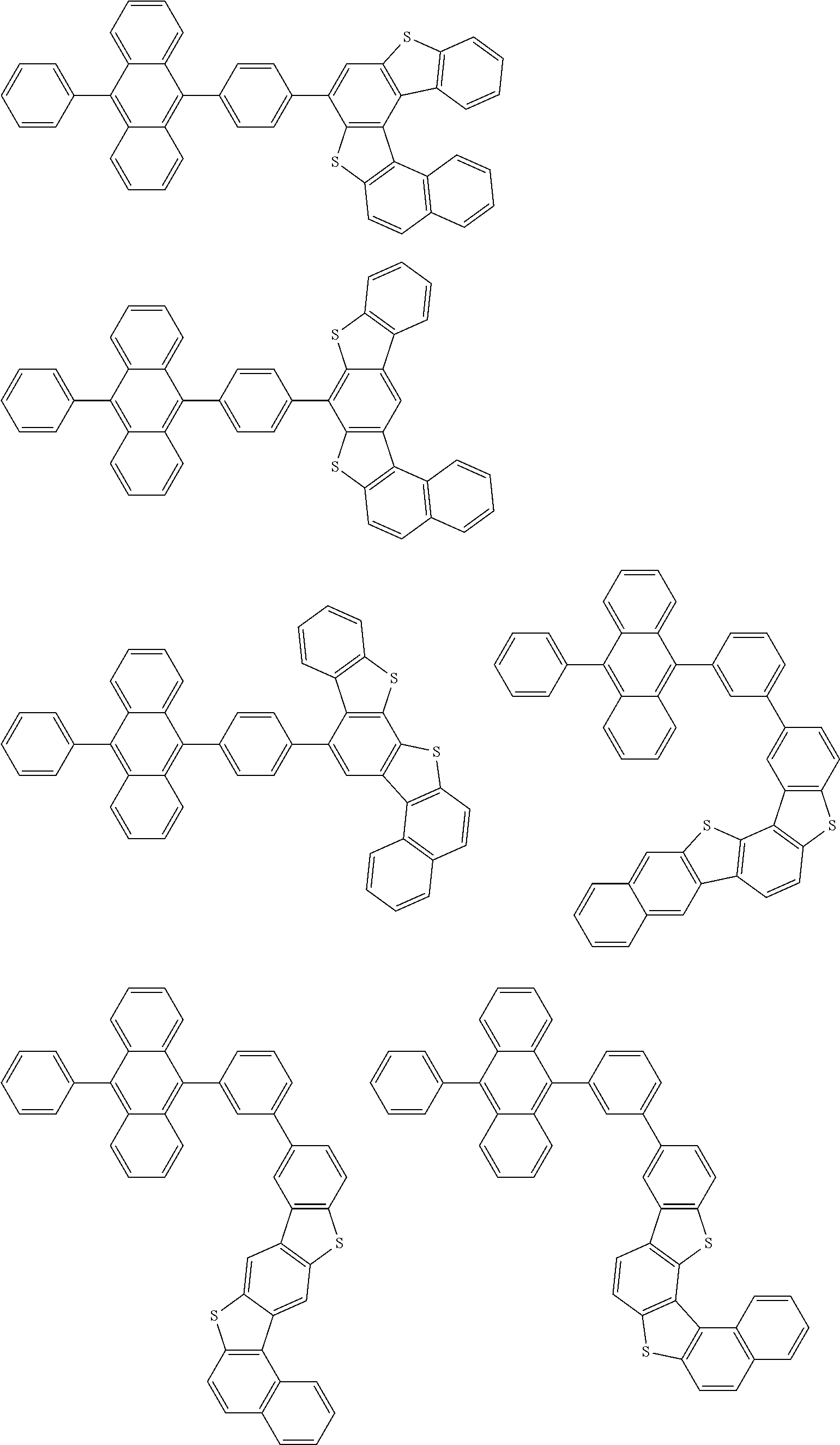
C00406
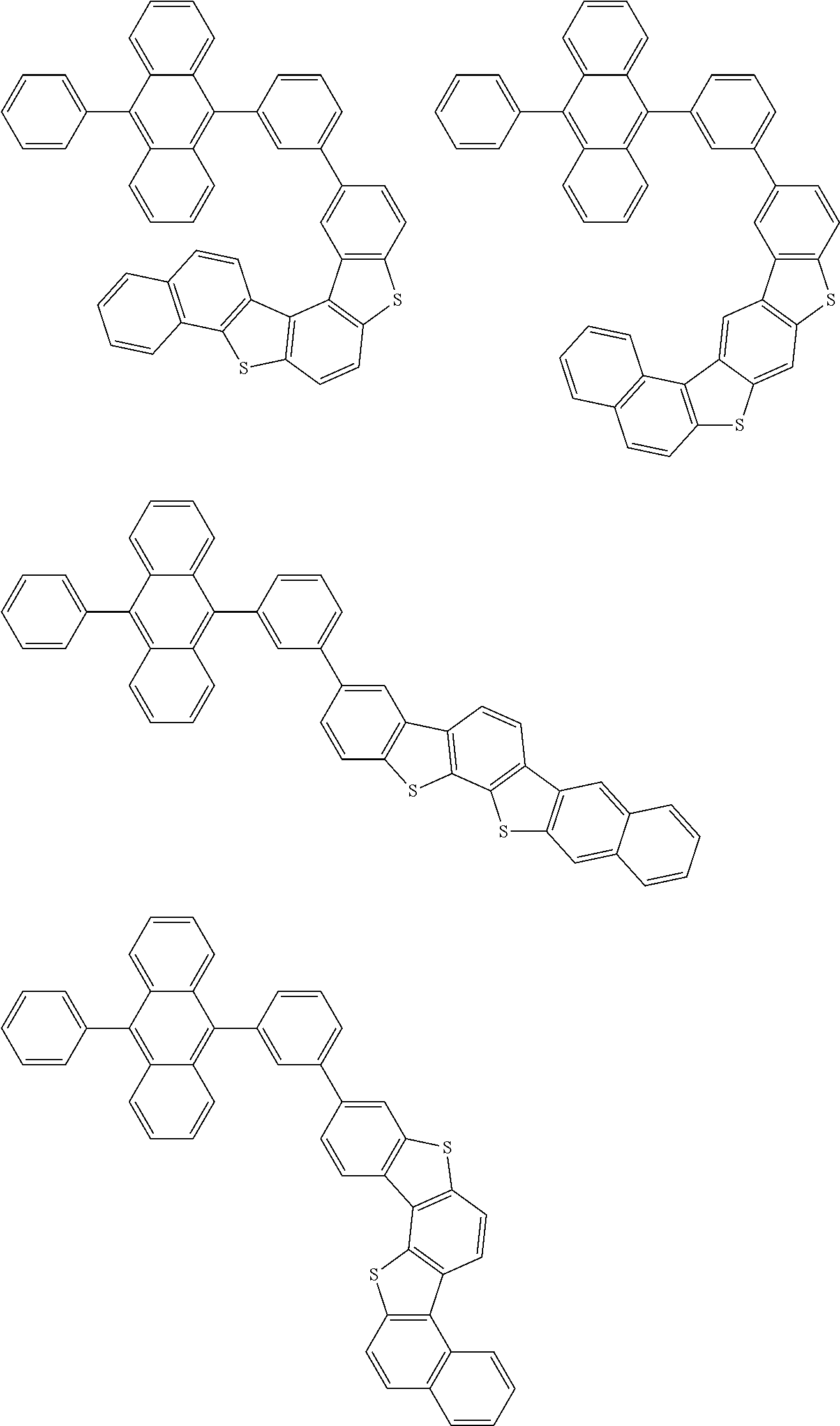
C00407

C00408

C00409

C00410

C00411

C00412

C00413
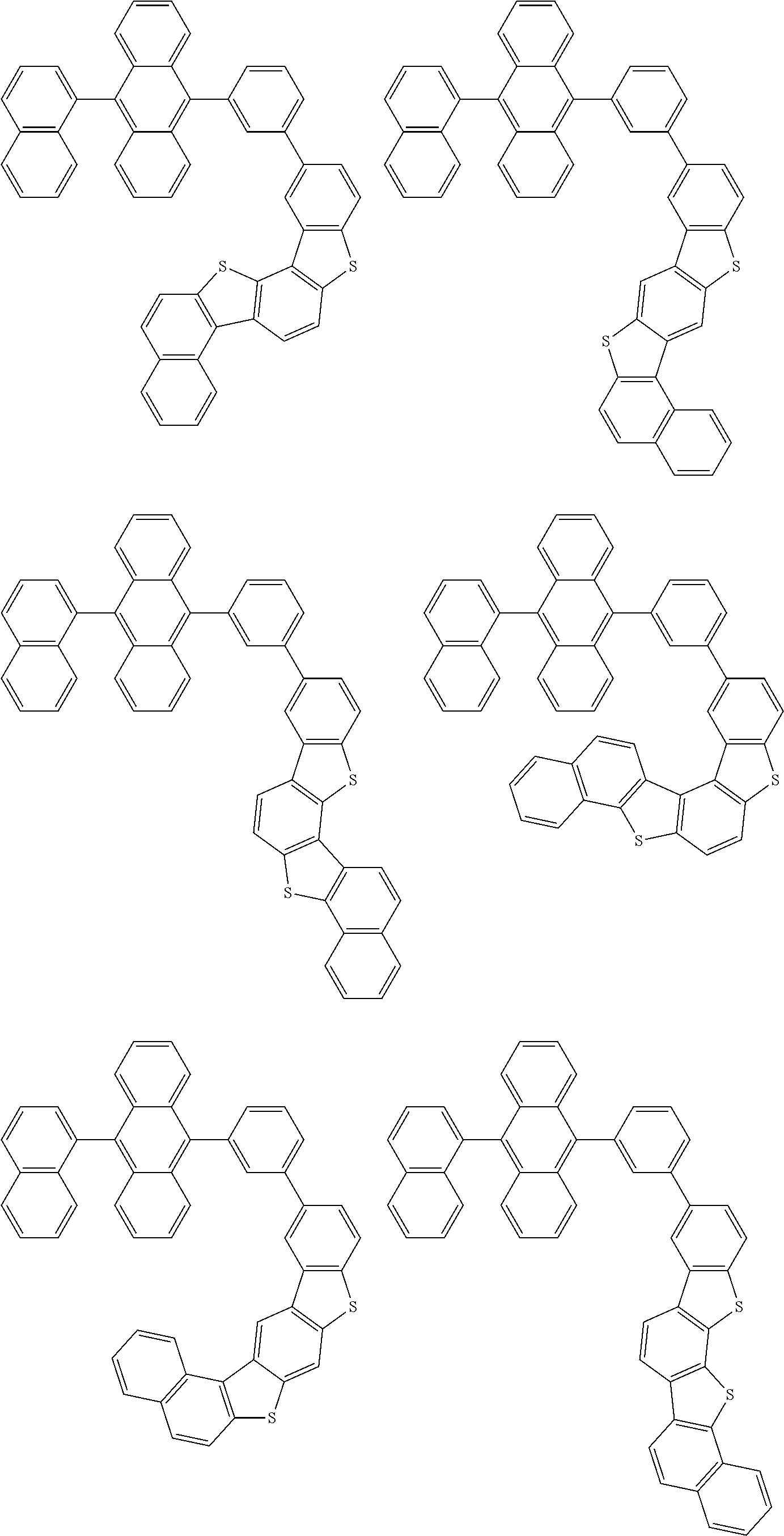
C00414

C00415

C00416

C00417

C00418
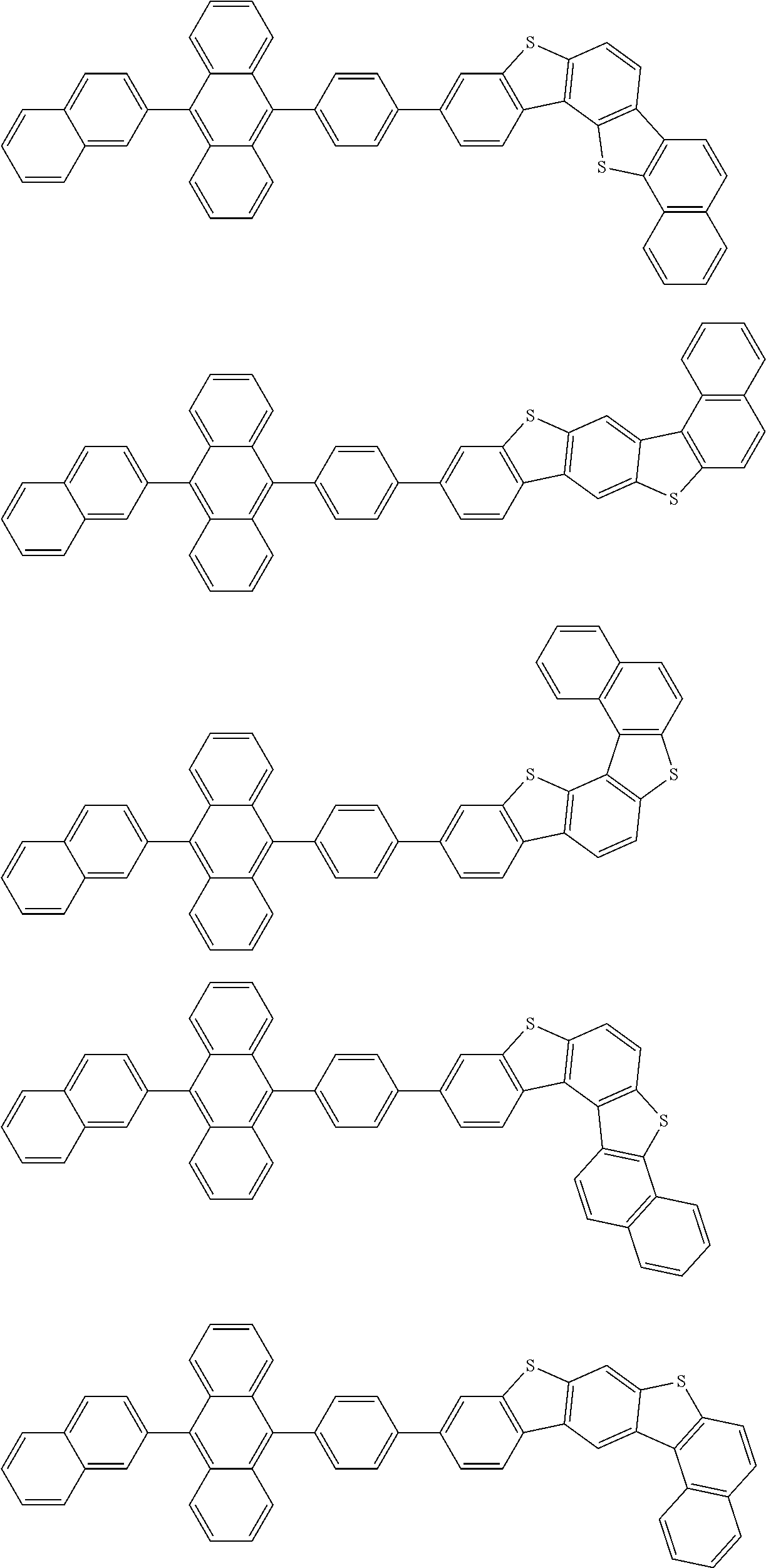
C00419

C00420
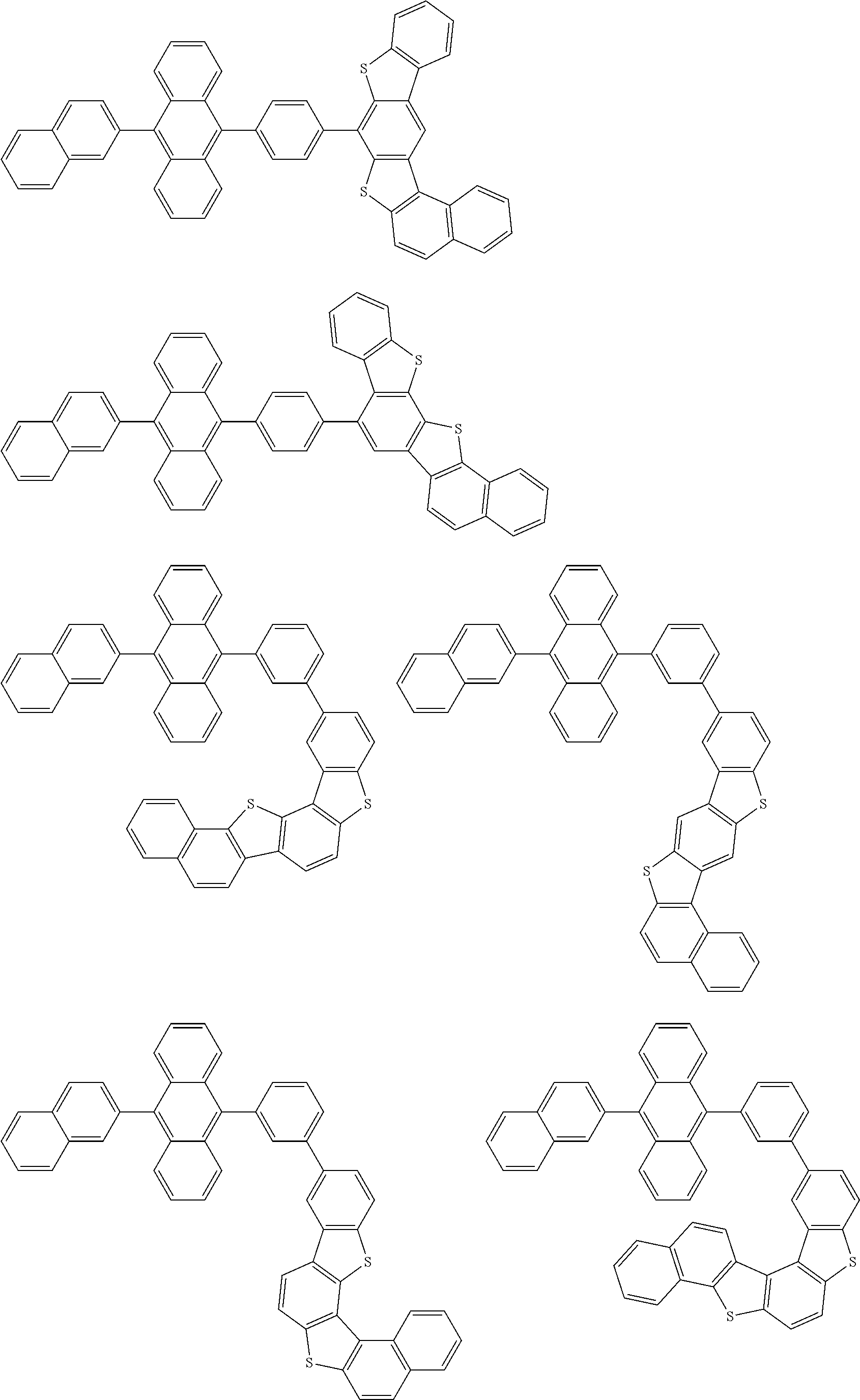
C00421
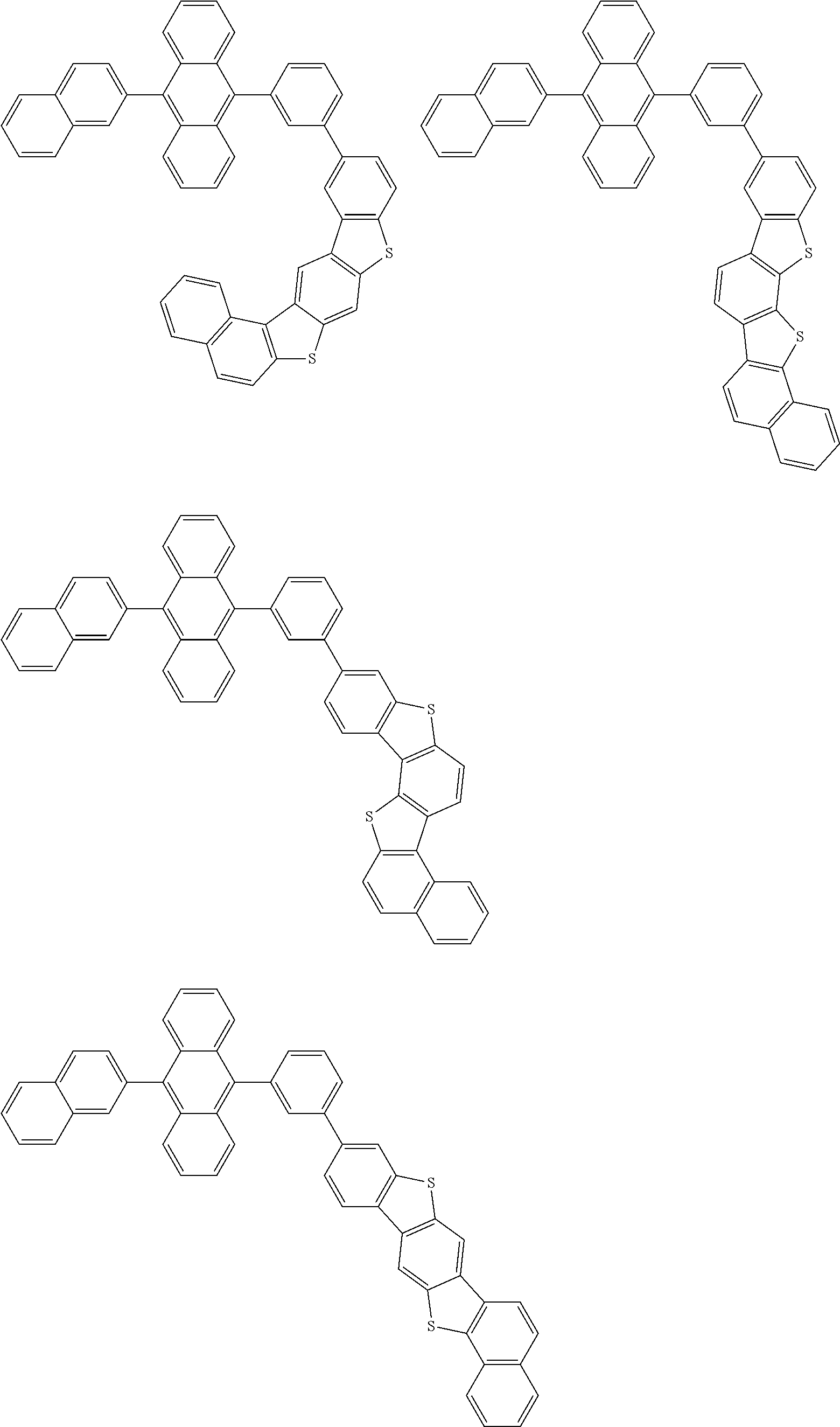
C00422

C00423

C00424

C00425
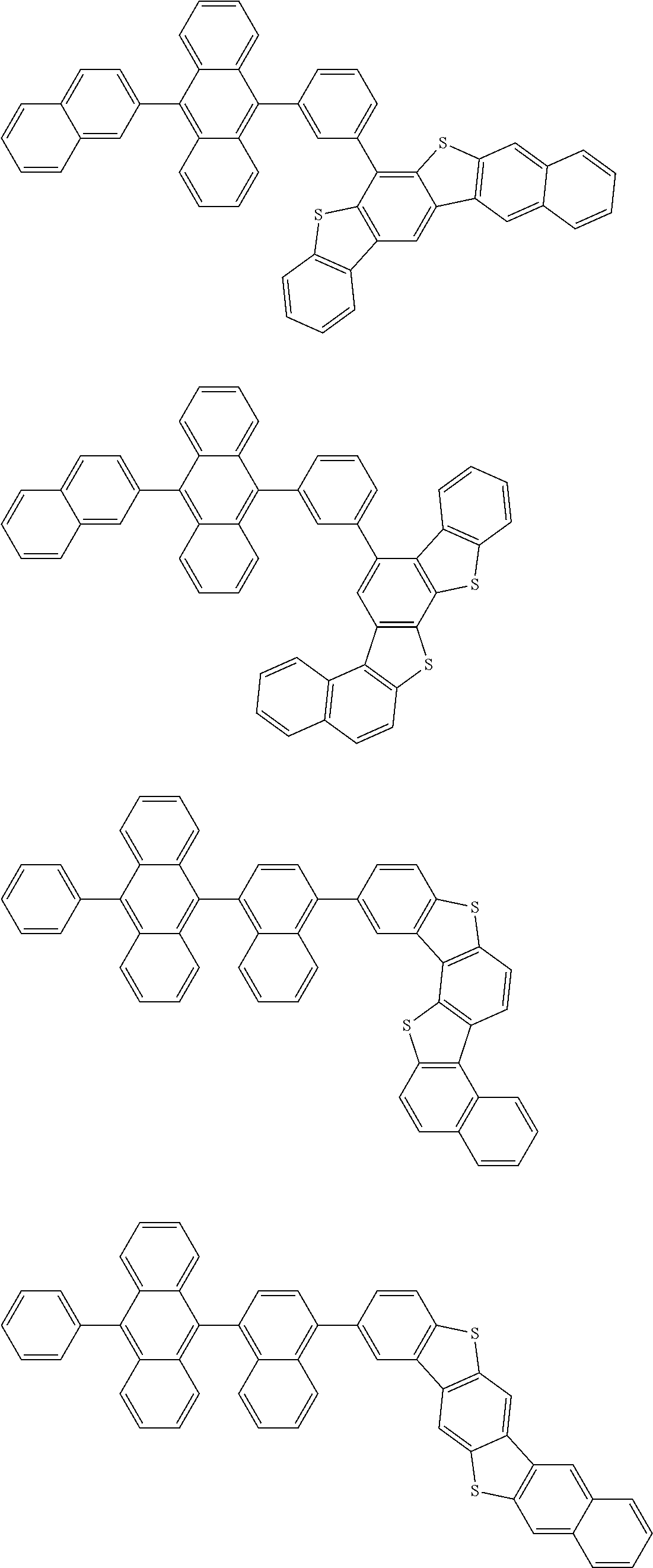
C00426

C00427

C00428
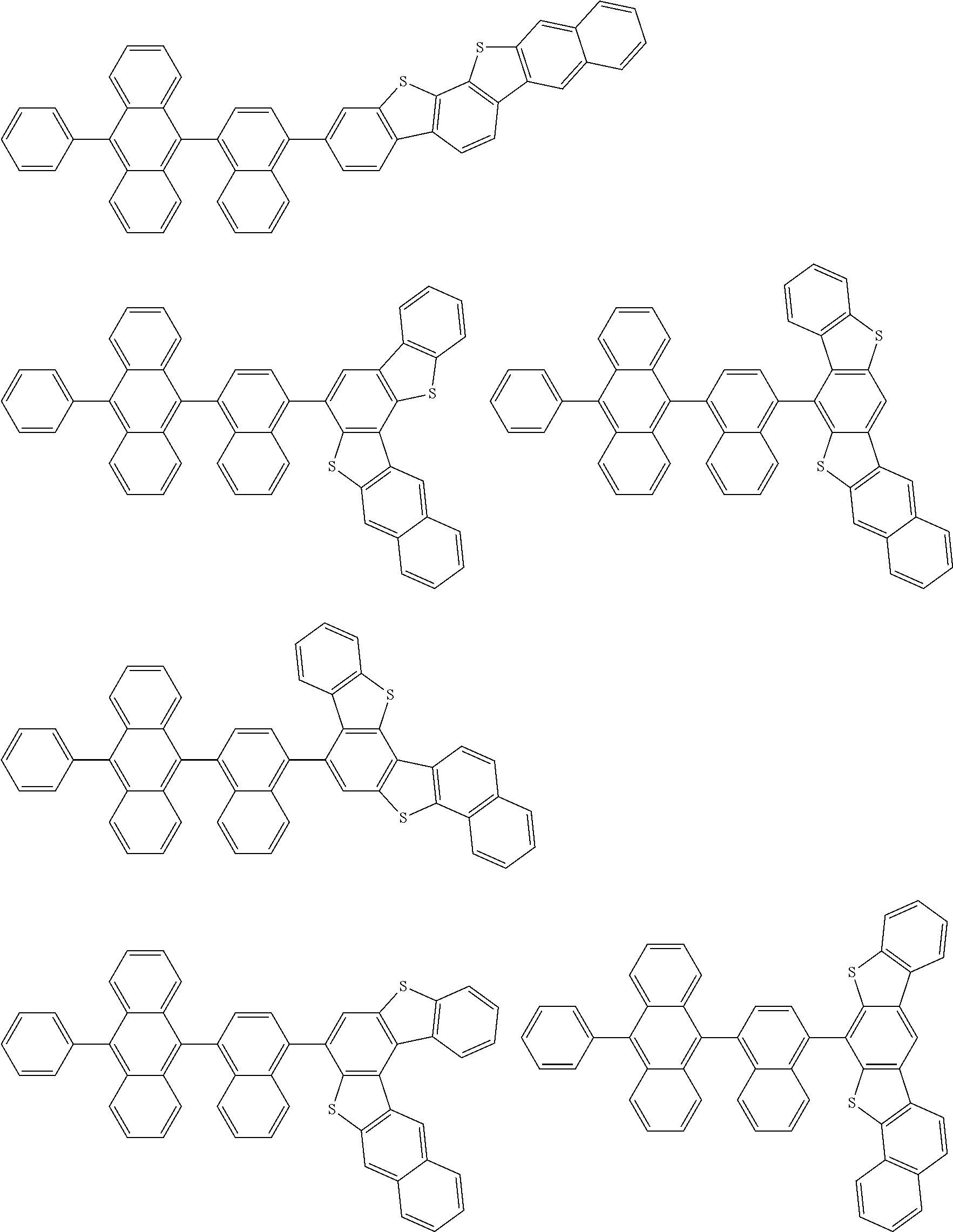
C00429
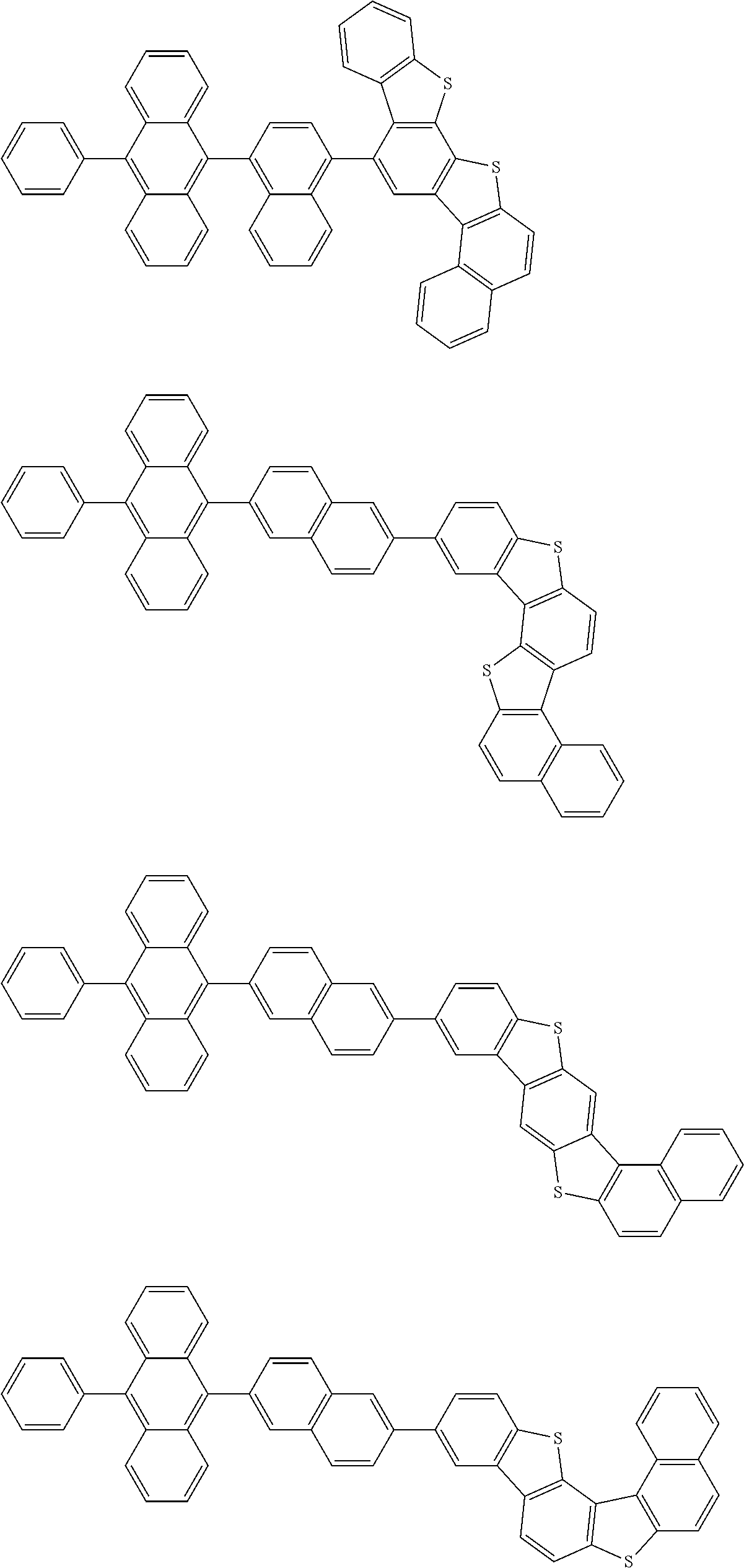
C00430

C00431

C00432

C00433
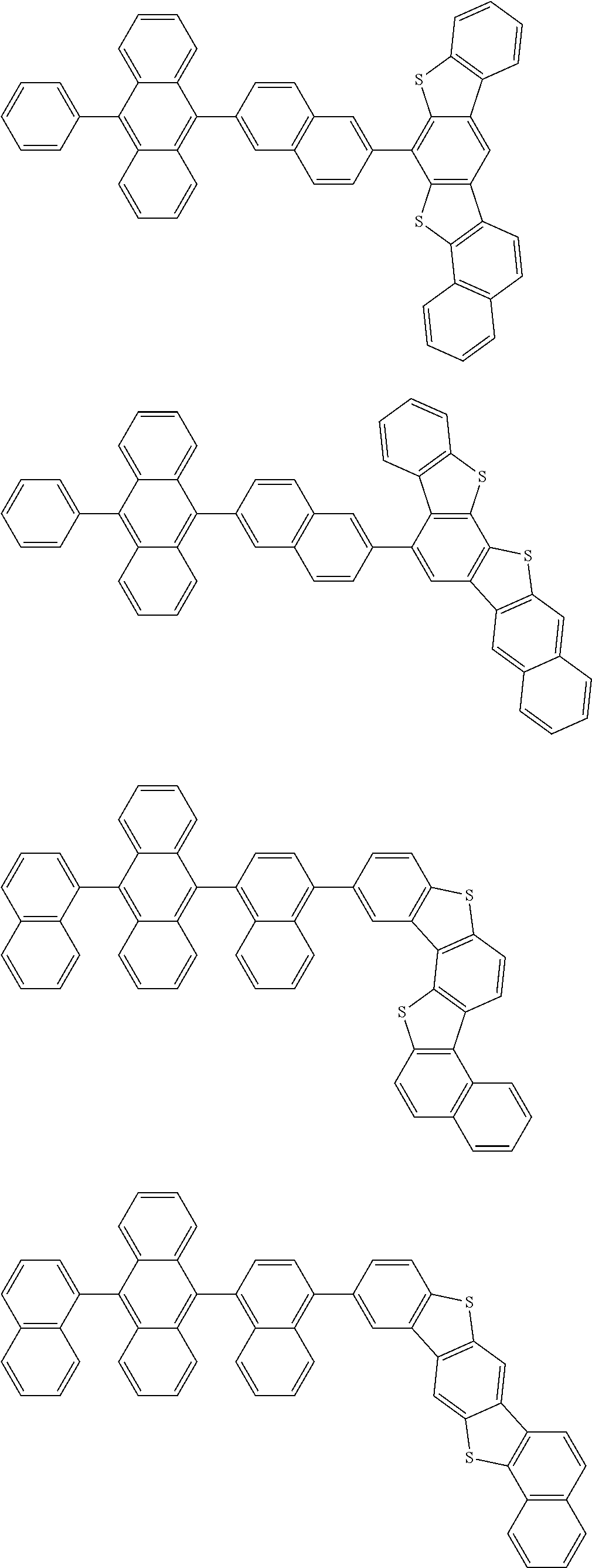
C00434

C00435

C00436

C00437

C00438

C00439

C00440

C00441

C00442
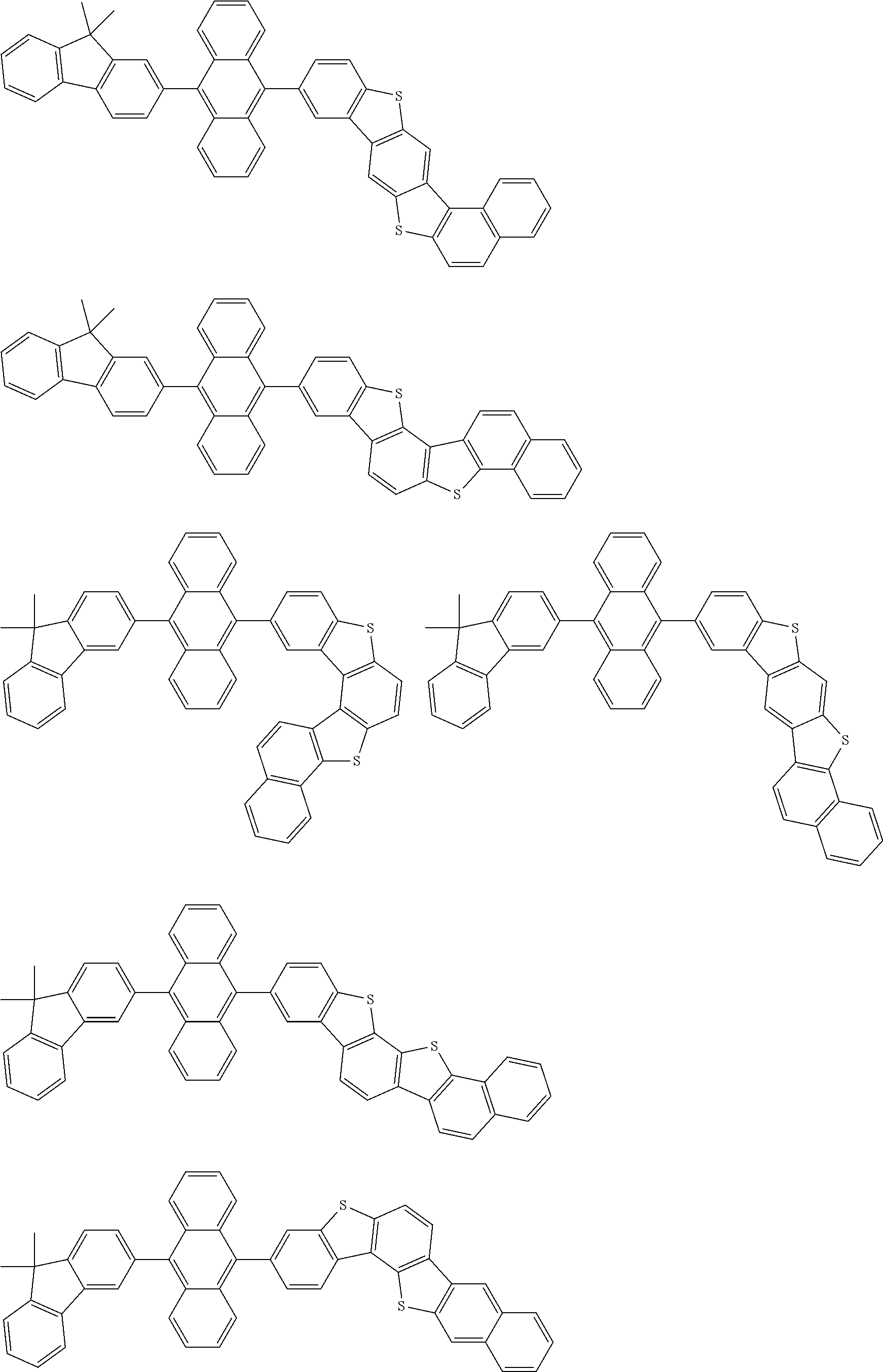
C00443

C00444

C00445

C00446

C00447

C00448

C00449

C00450

C00451

C00452

C00453

C00454

C00455

C00456

C00457

C00458

C00459

C00460

C00461

C00462

C00463

C00464

C00465

C00466

C00467
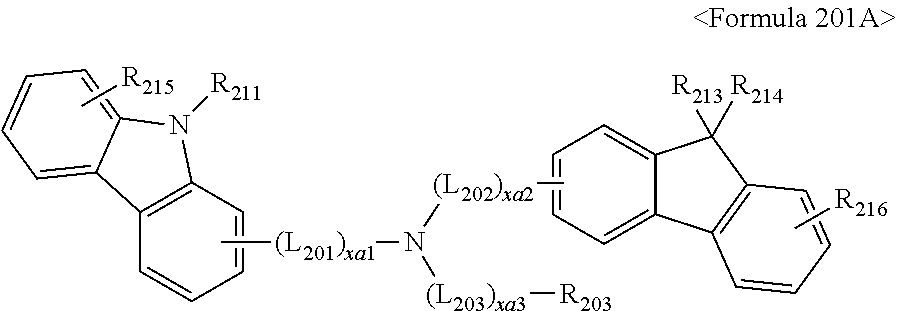
C00468

C00469
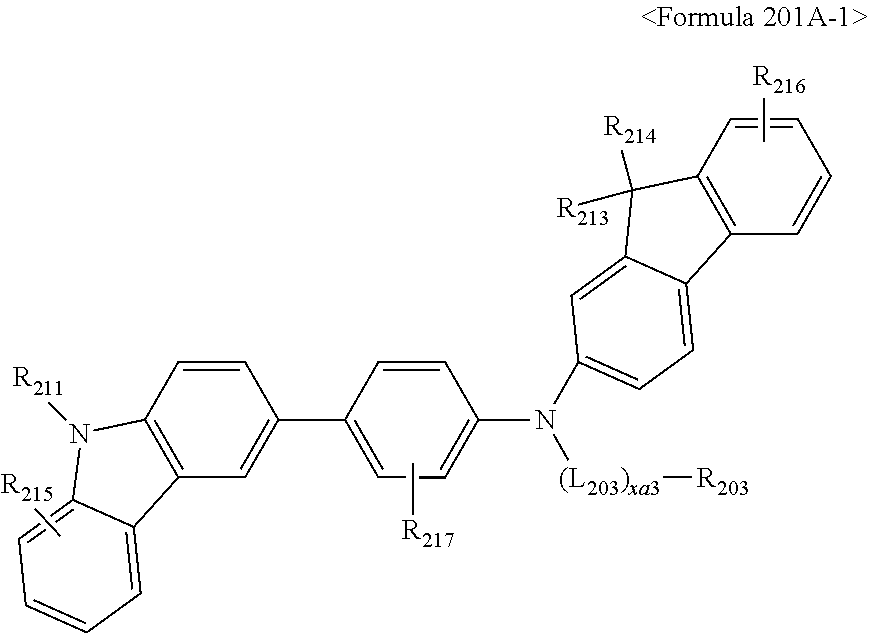
C00470

C00471

C00472

C00473

C00474

C00475

C00476

C00477

C00478

C00479

C00480
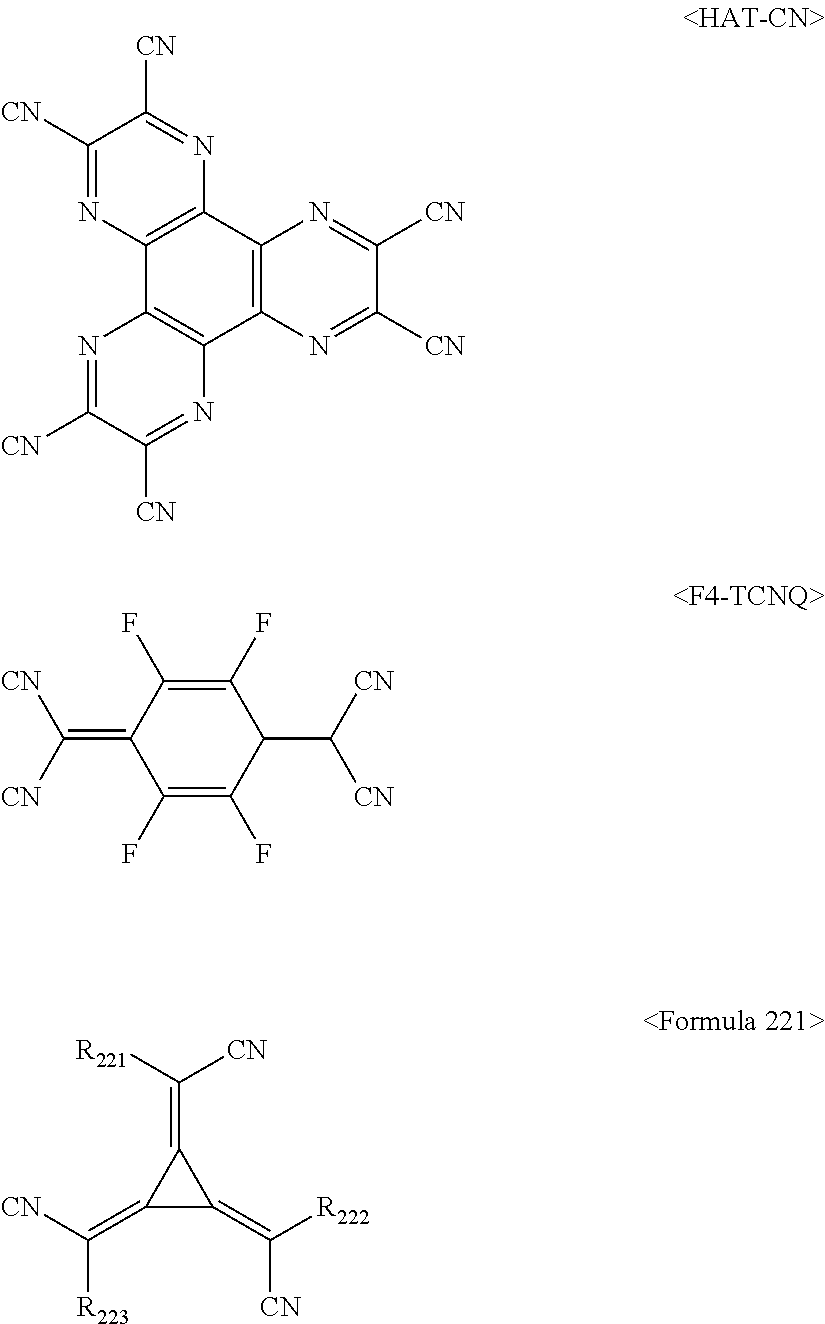
C00481

C00482

C00483

C00484

C00485

C00486
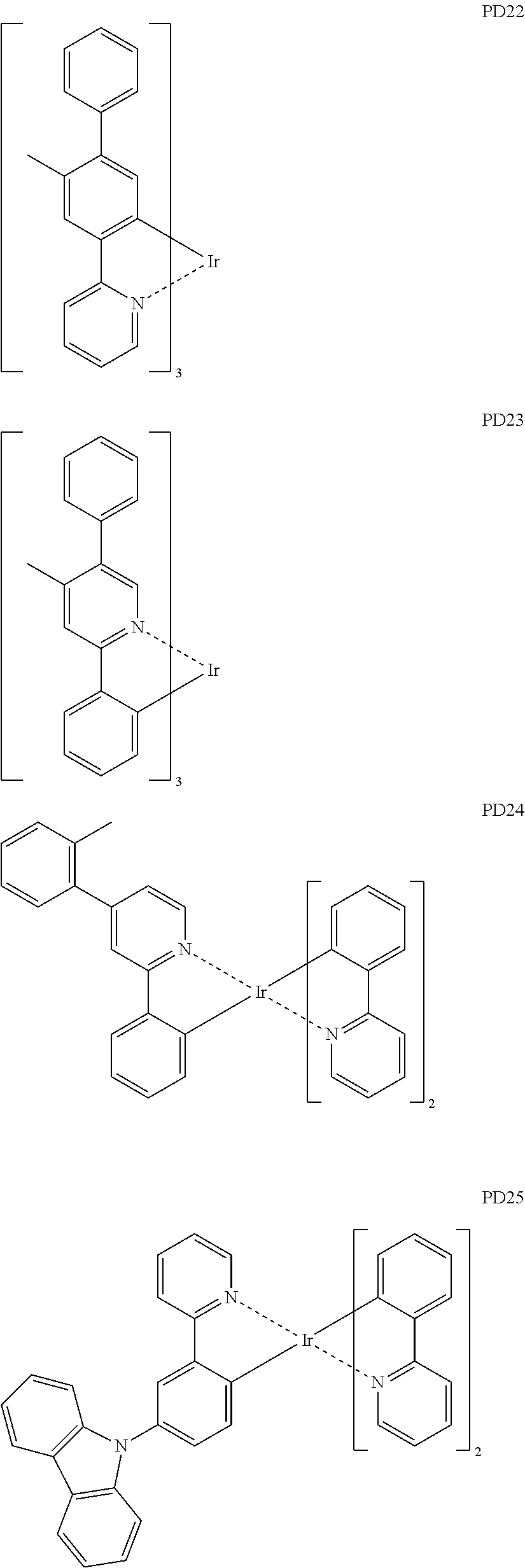
C00487

C00488

C00489

C00490

C00491

C00492
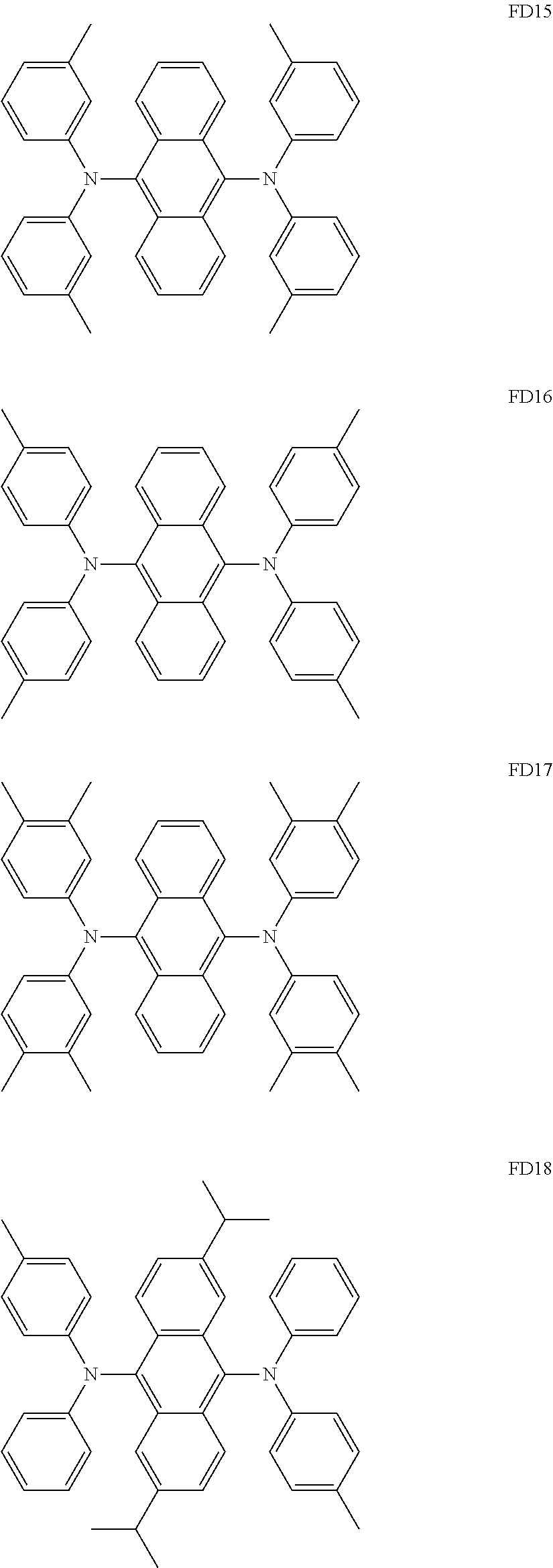
C00493

C00494

C00495

C00496

C00497

C00498

C00499

C00500
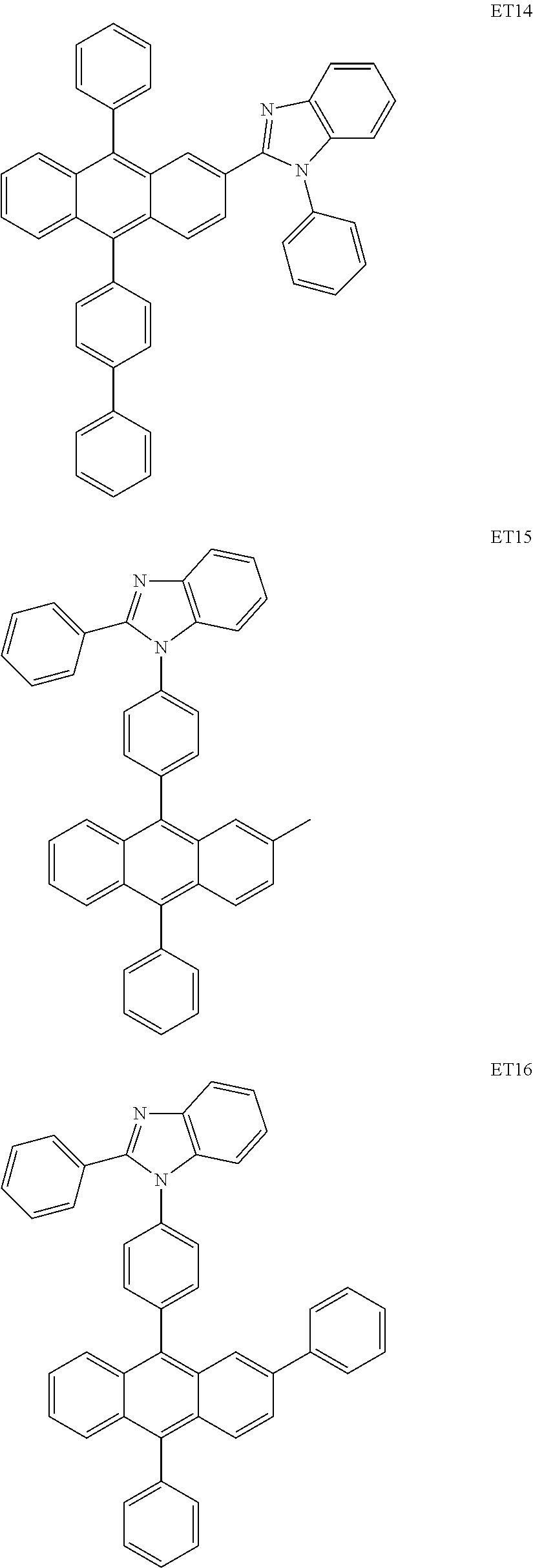
C00501

C00502

C00503

C00504

C00505

C00506

C00507

C00508

C00509

C00510

C00511

C00512

C00513

C00514

C00515

C00516
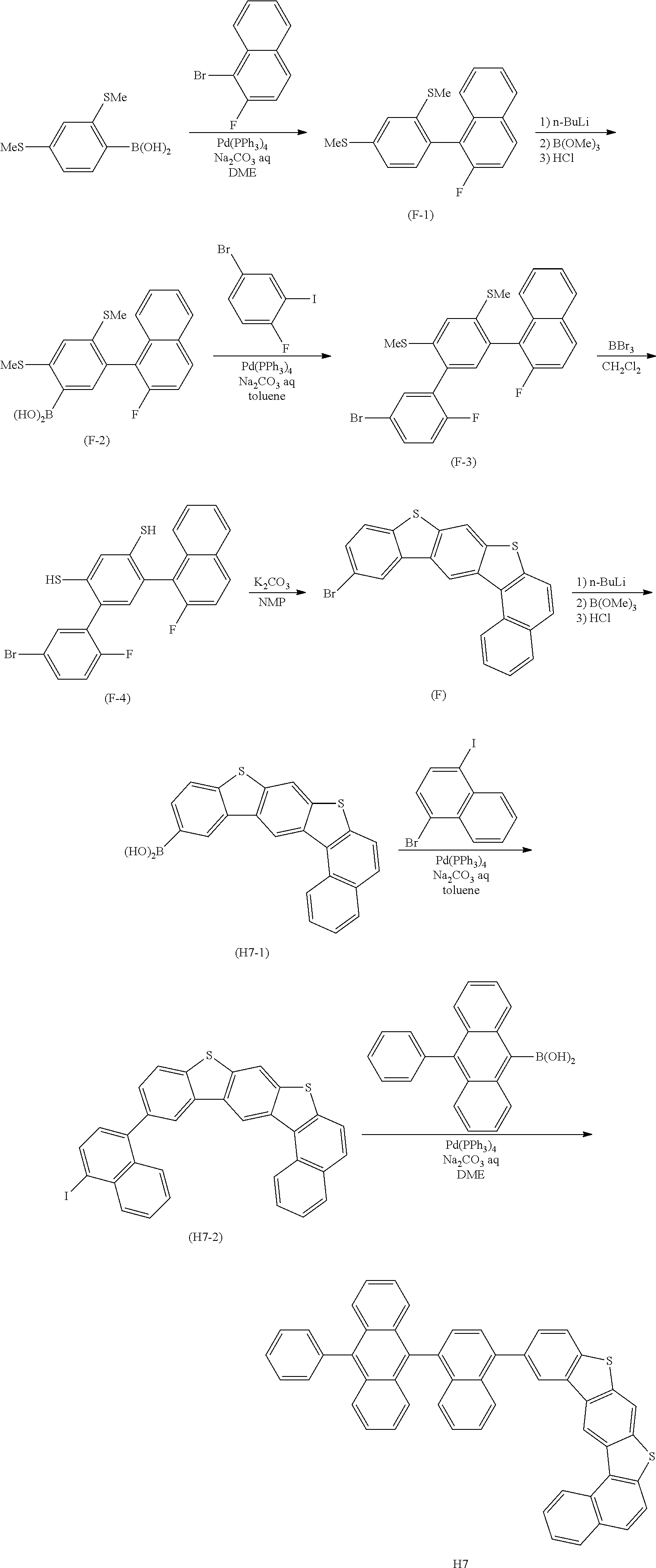
C00517
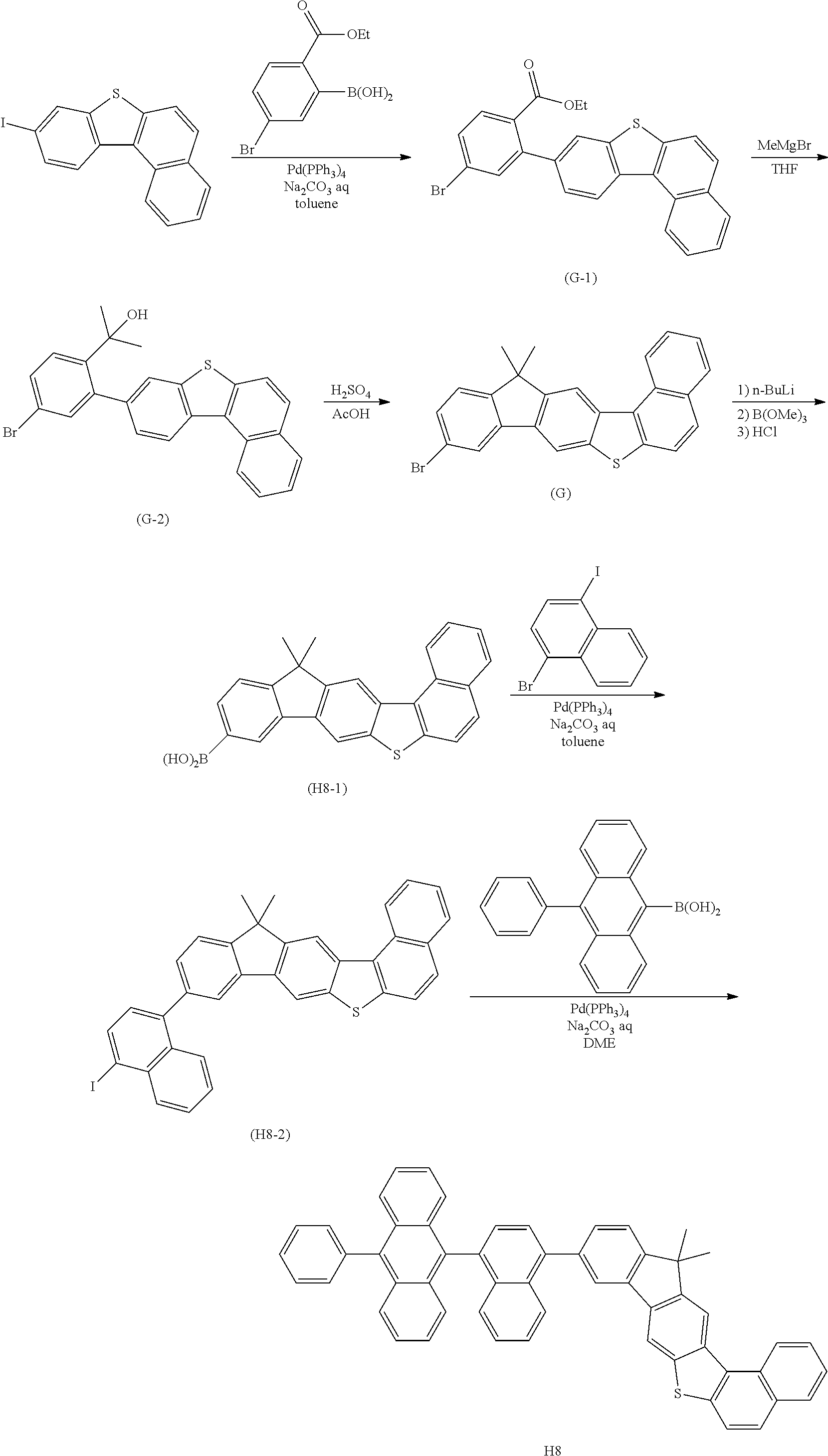
C00518

C00519

C00520

C00521

C00522

C00523

C00524

C00525

C00526

C00527
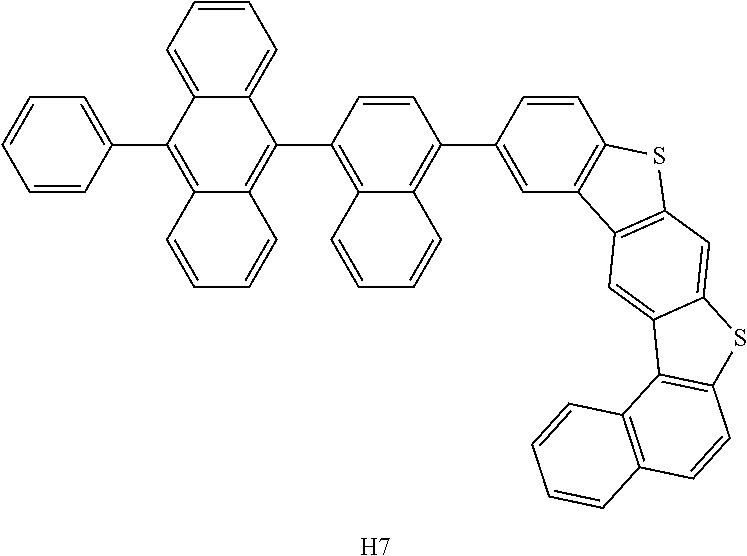
C00528

C00529

C00530

C00531

C00532

C00533

C00534
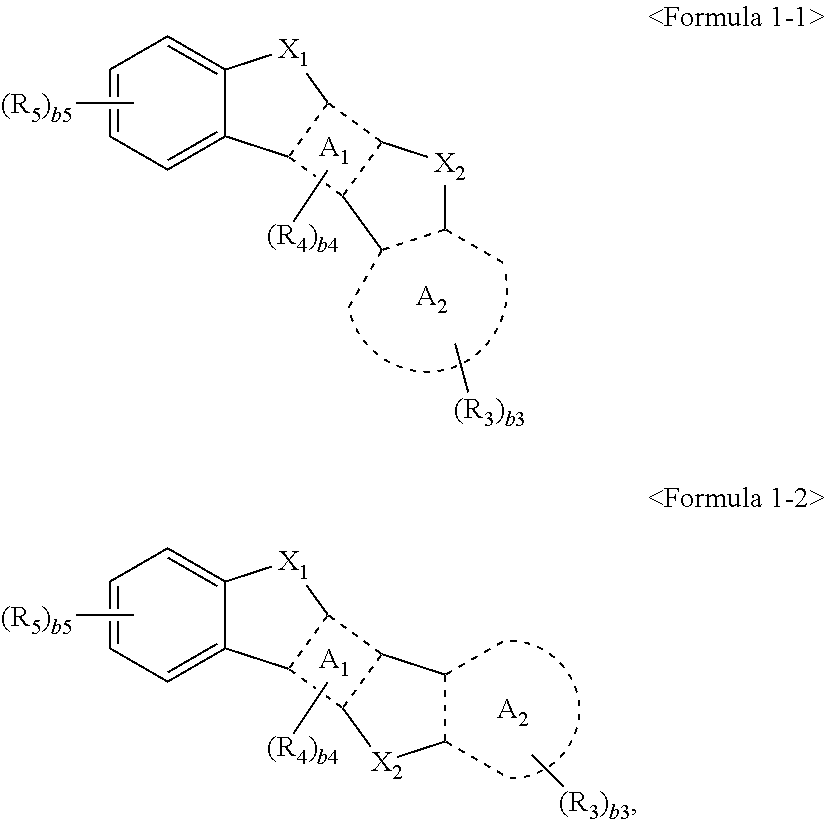
C00535

C00536

C00537

C00538

C00539

C00540

C00541

C00542

C00543

C00544

C00545

C00546

C00547

C00548

C00549

C00550

C00551

C00552

C00553

C00554

C00555

C00556

C00557
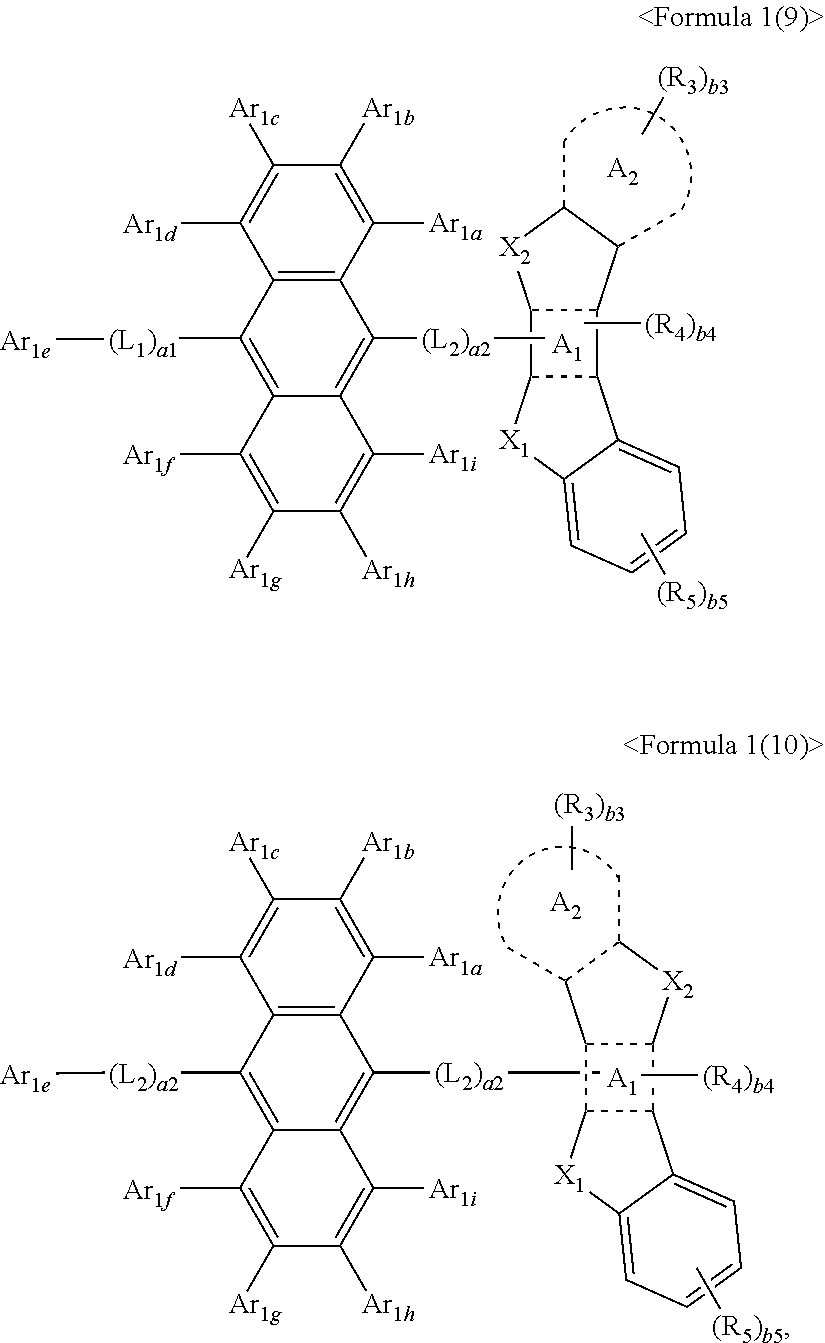
C00558

C00559

C00560
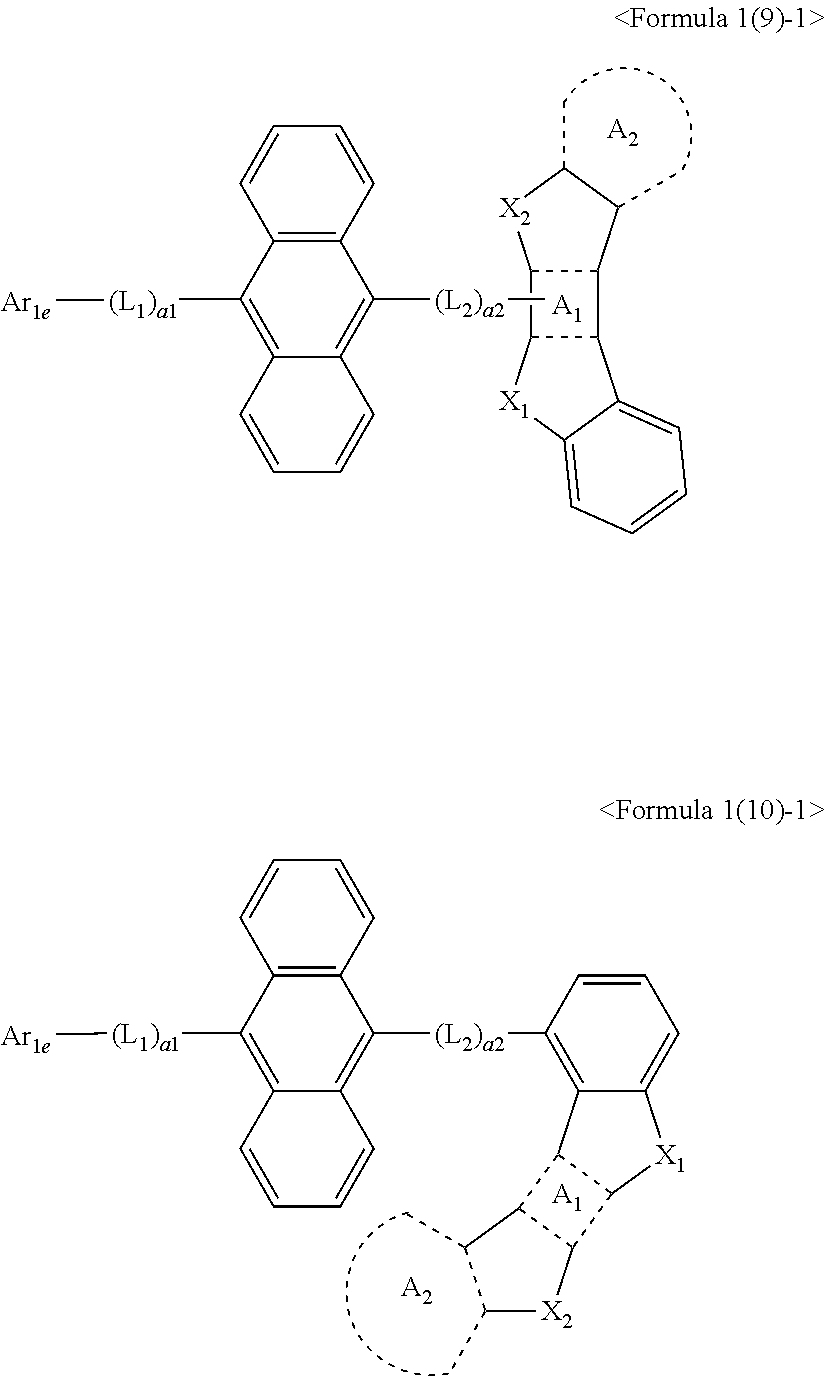
D00000

D00001

XML
uspto.report is an independent third-party trademark research tool that is not affiliated, endorsed, or sponsored by the United States Patent and Trademark Office (USPTO) or any other governmental organization. The information provided by uspto.report is based on publicly available data at the time of writing and is intended for informational purposes only.
While we strive to provide accurate and up-to-date information, we do not guarantee the accuracy, completeness, reliability, or suitability of the information displayed on this site. The use of this site is at your own risk. Any reliance you place on such information is therefore strictly at your own risk.
All official trademark data, including owner information, should be verified by visiting the official USPTO website at www.uspto.gov. This site is not intended to replace professional legal advice and should not be used as a substitute for consulting with a legal professional who is knowledgeable about trademark law.